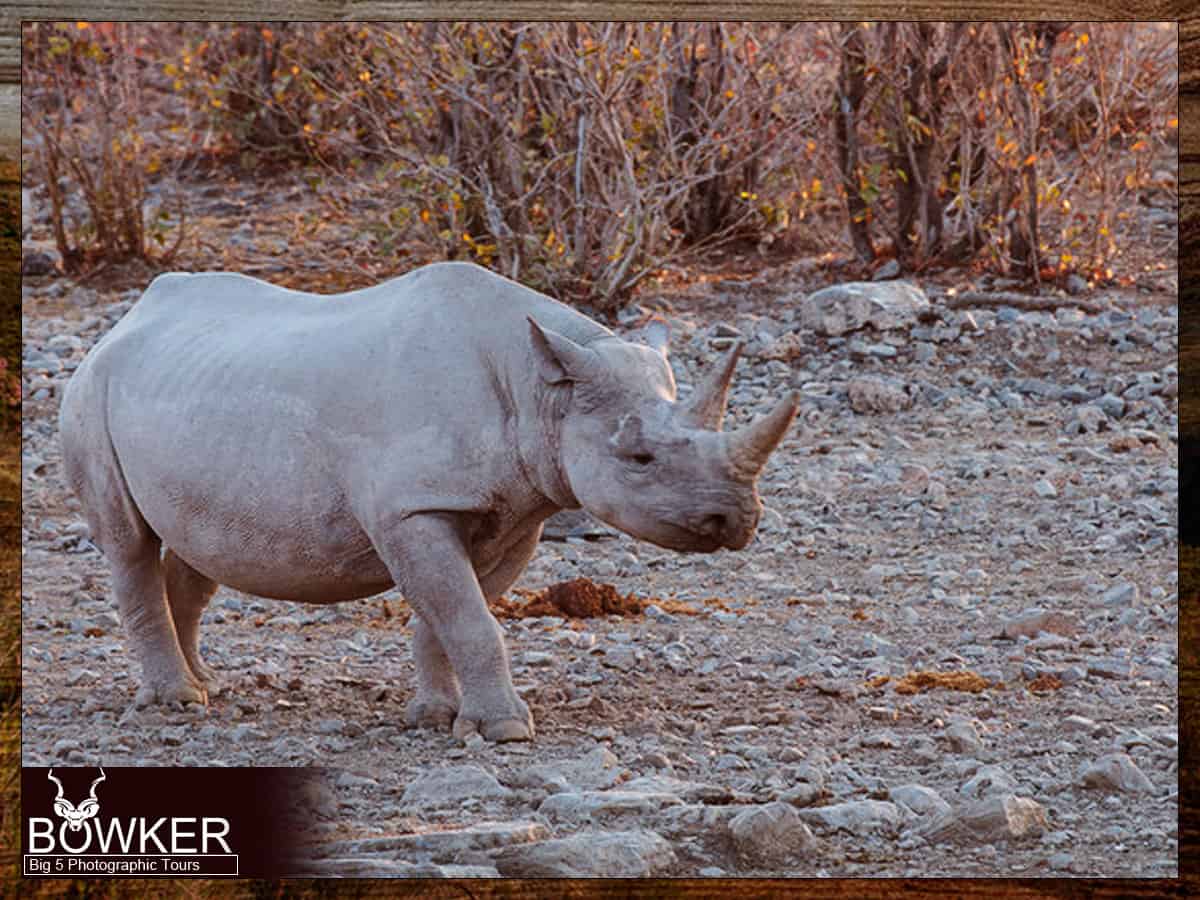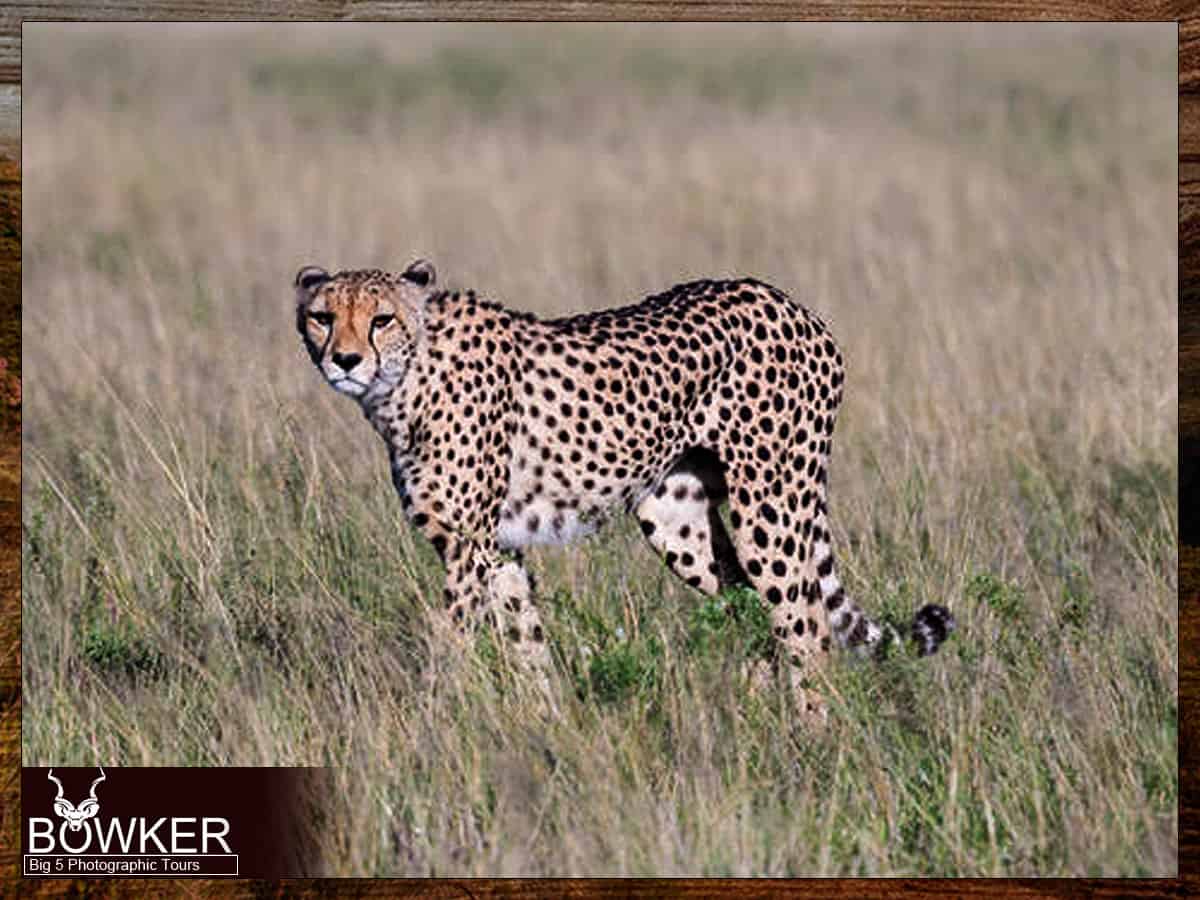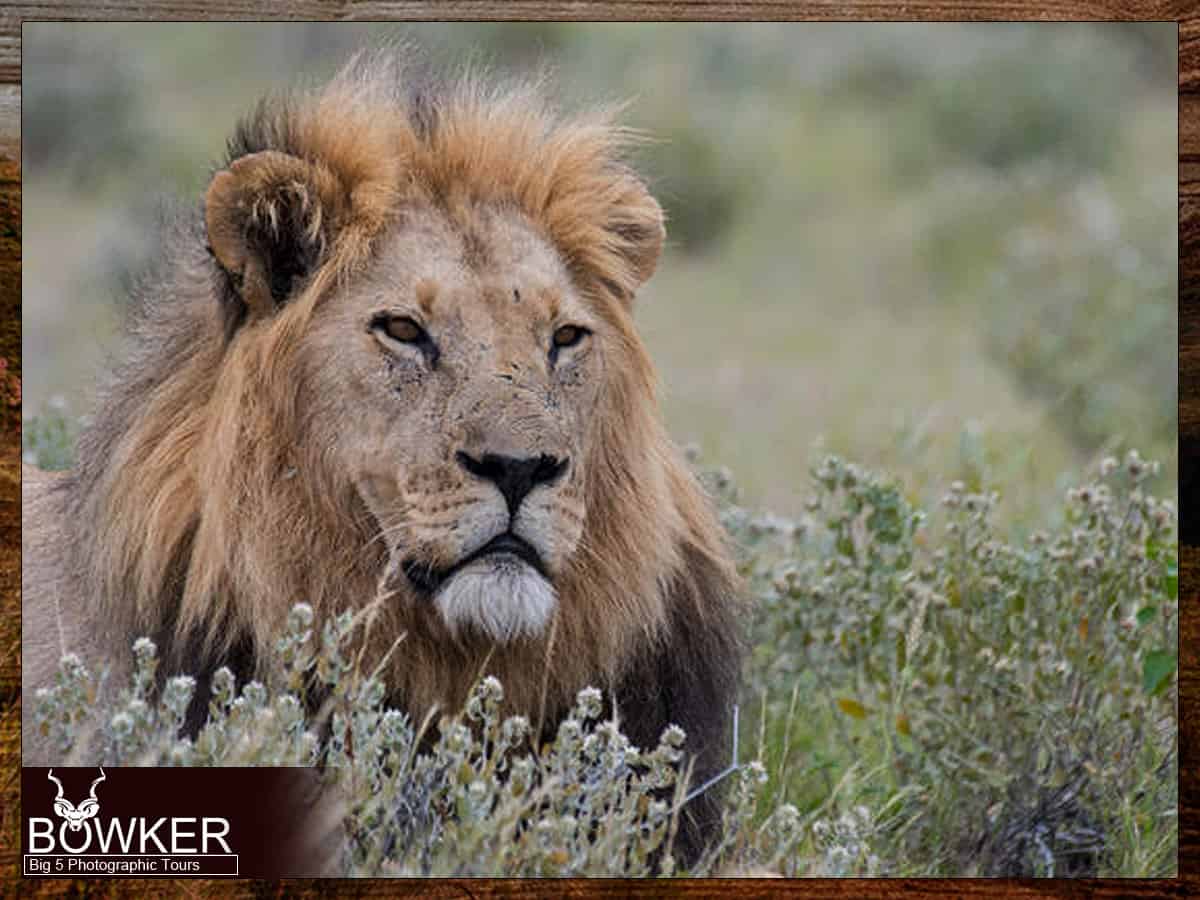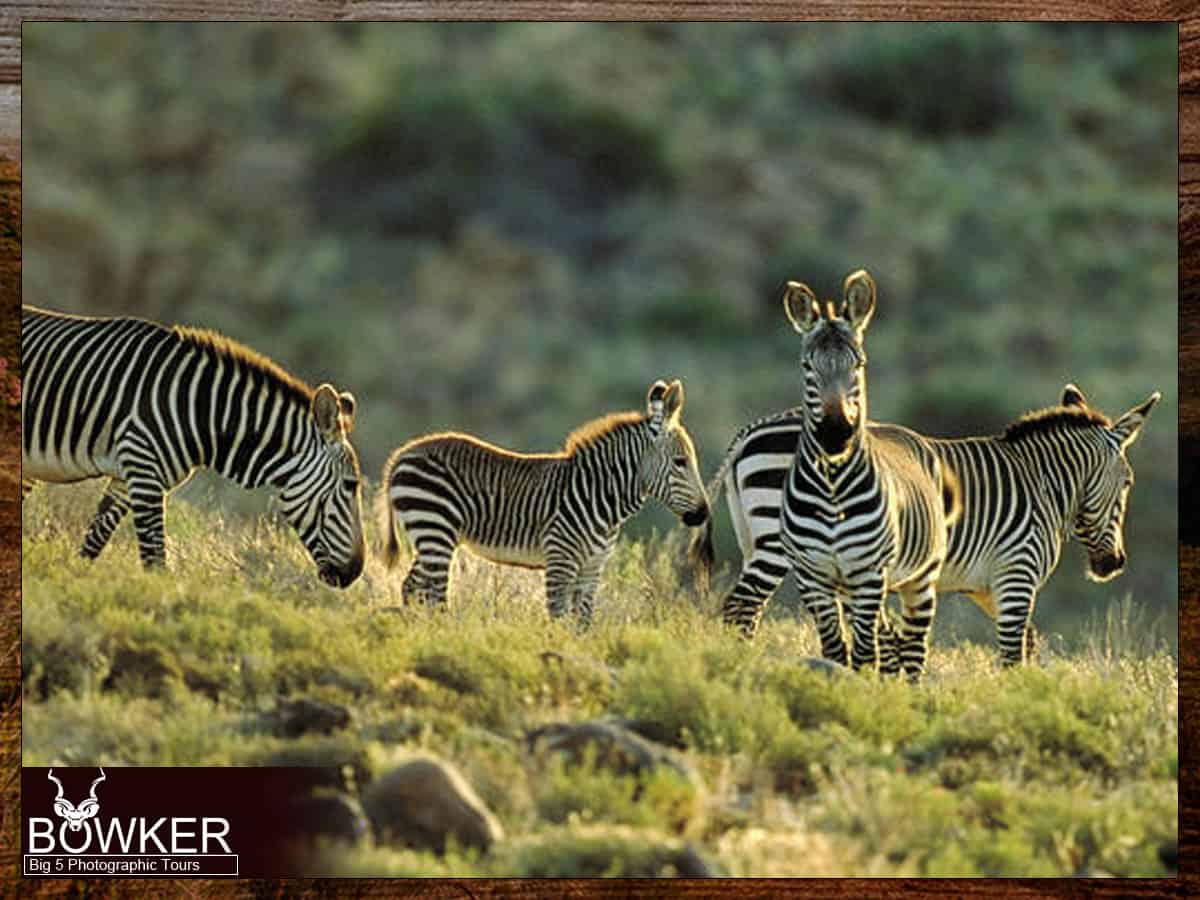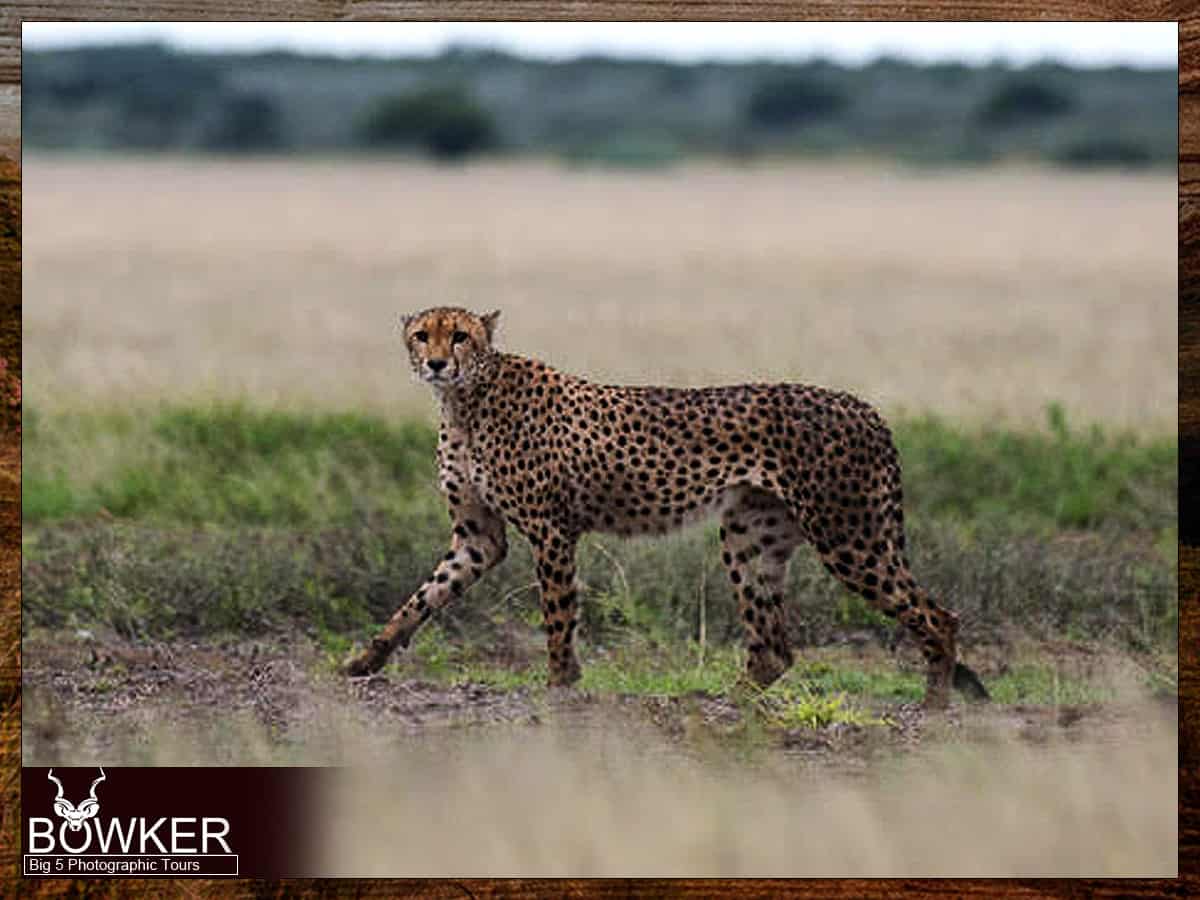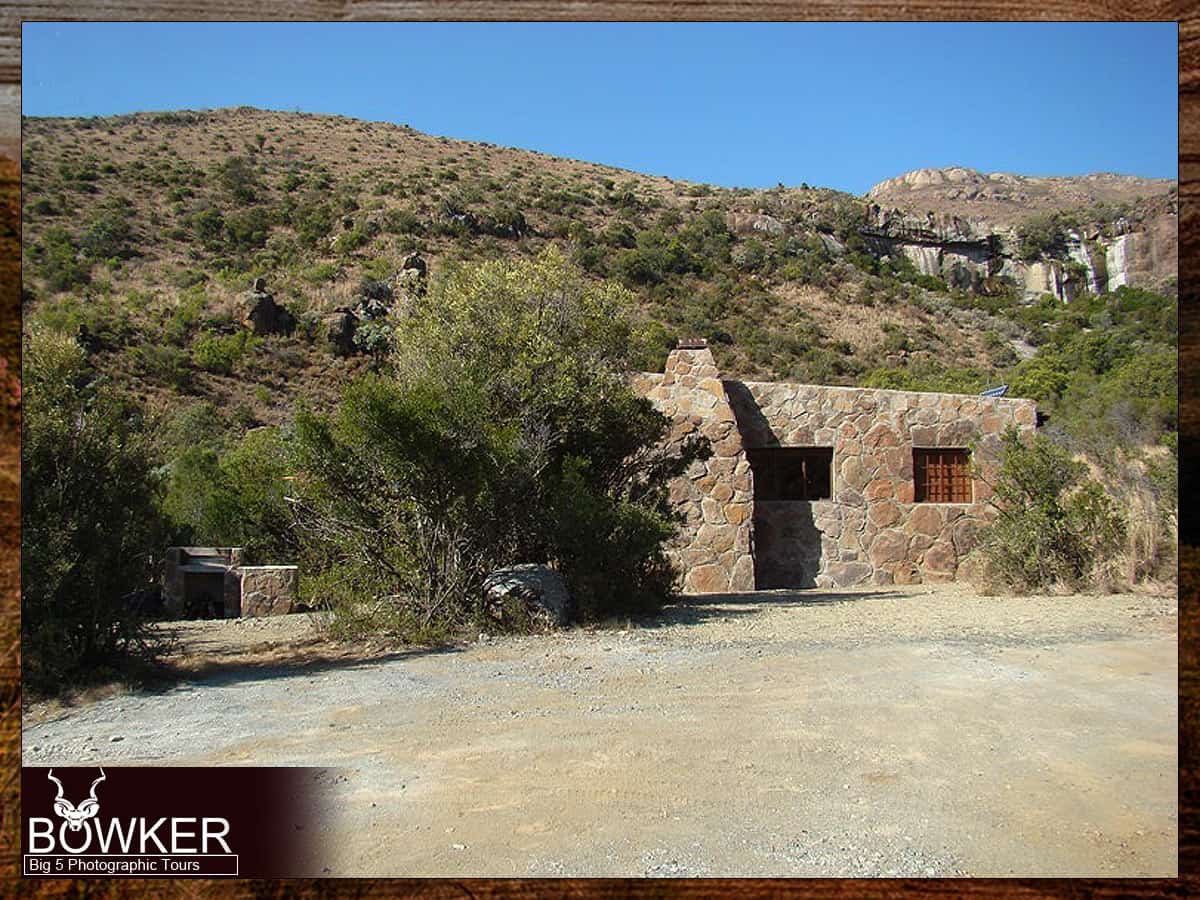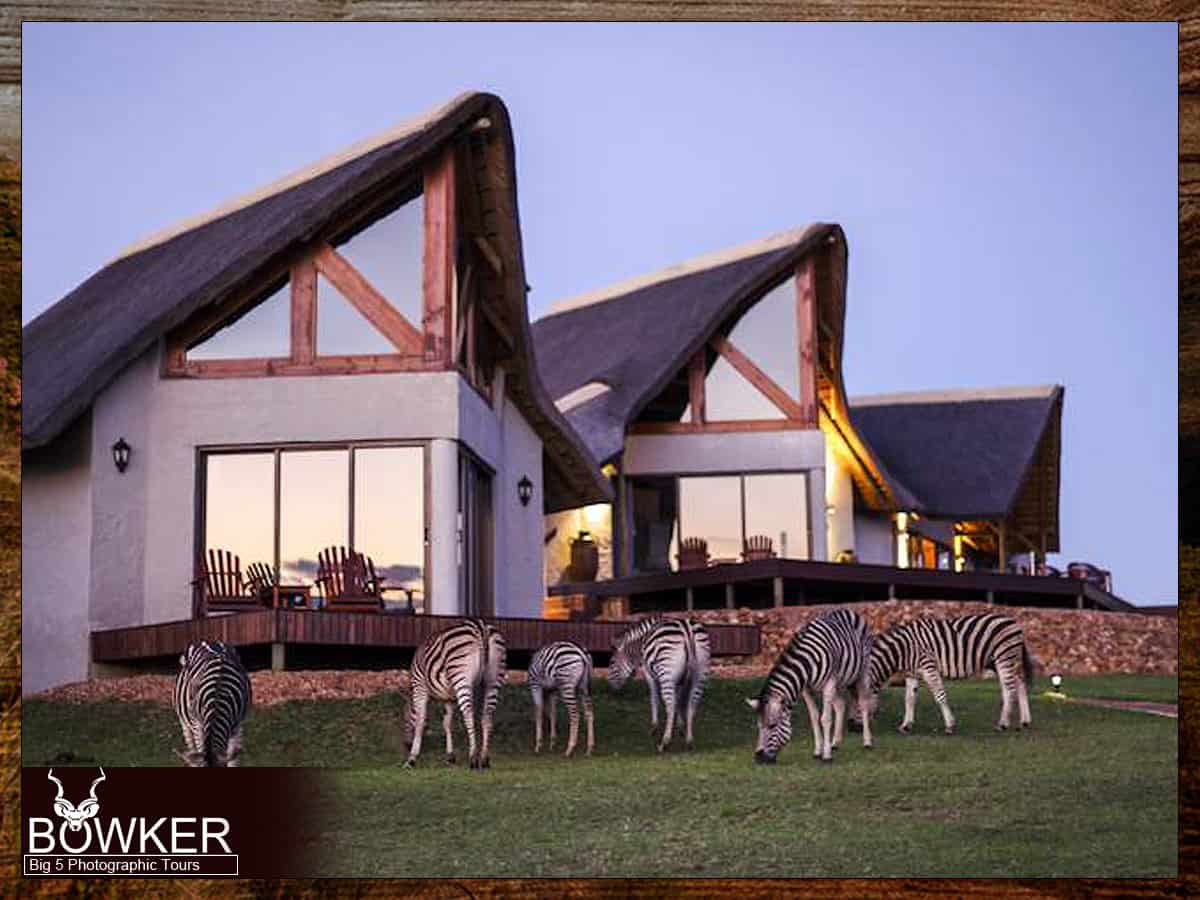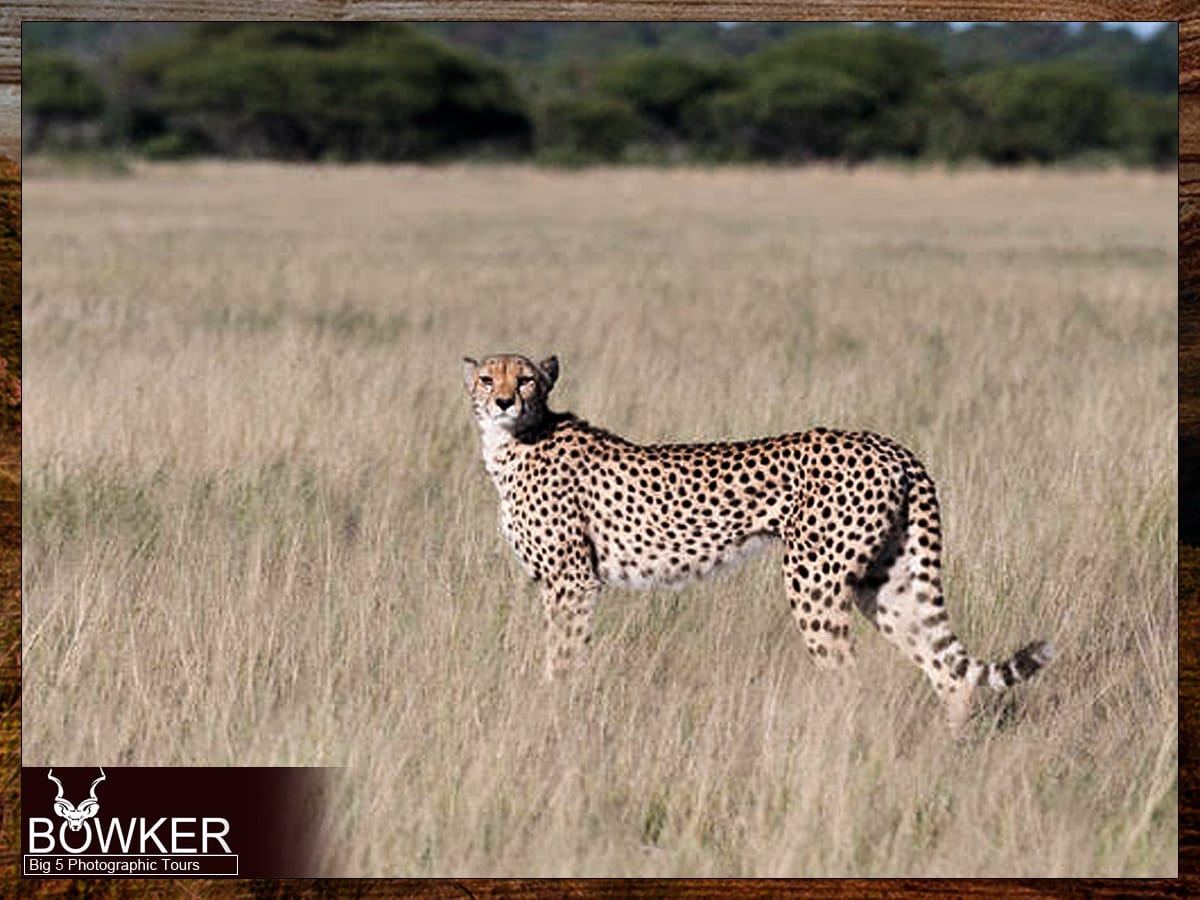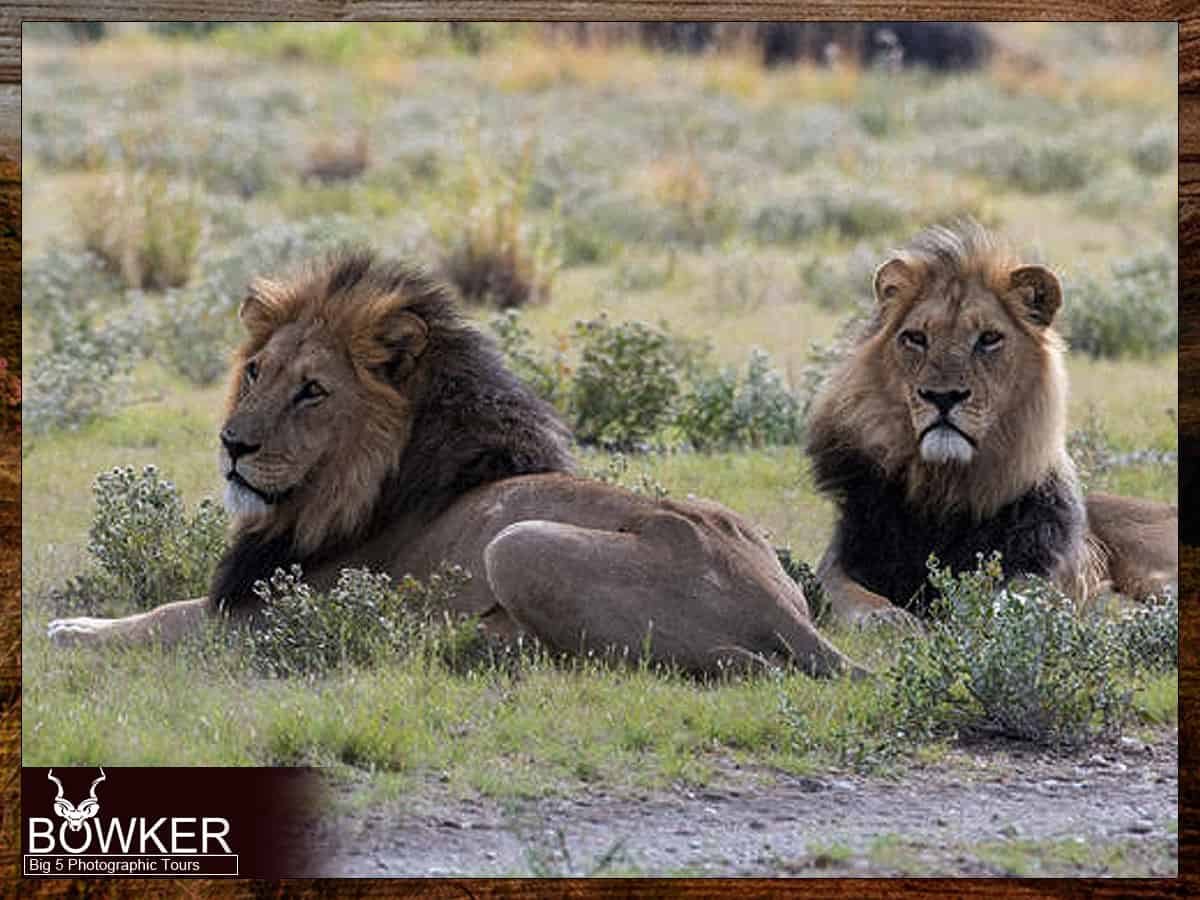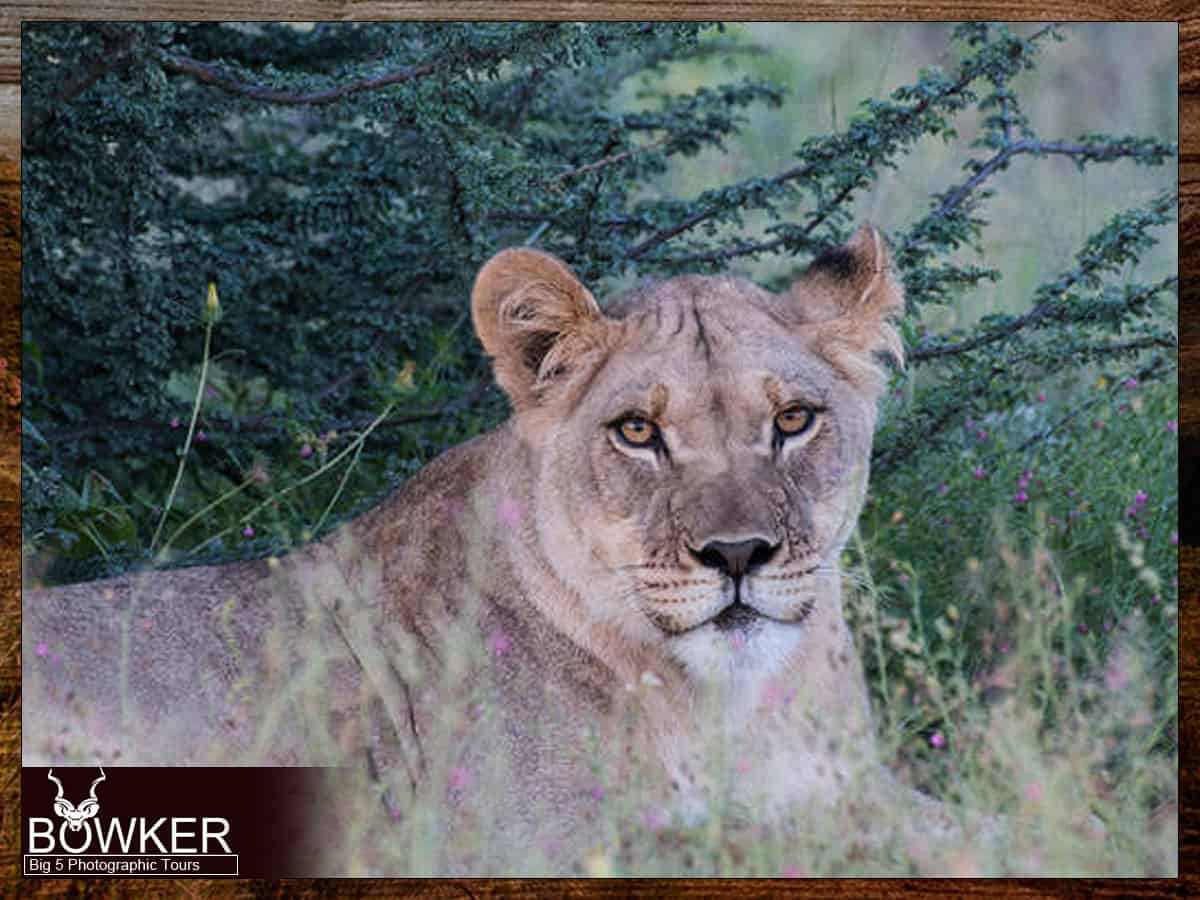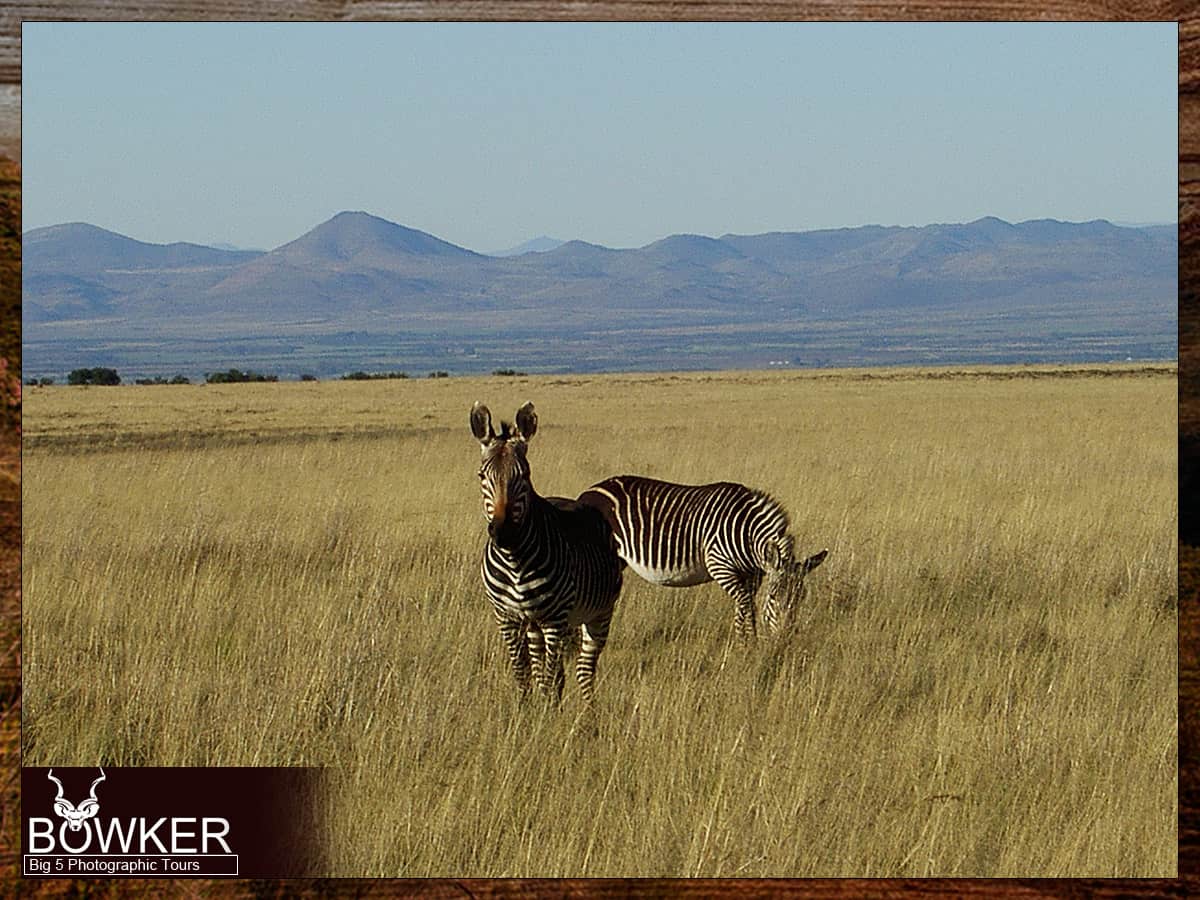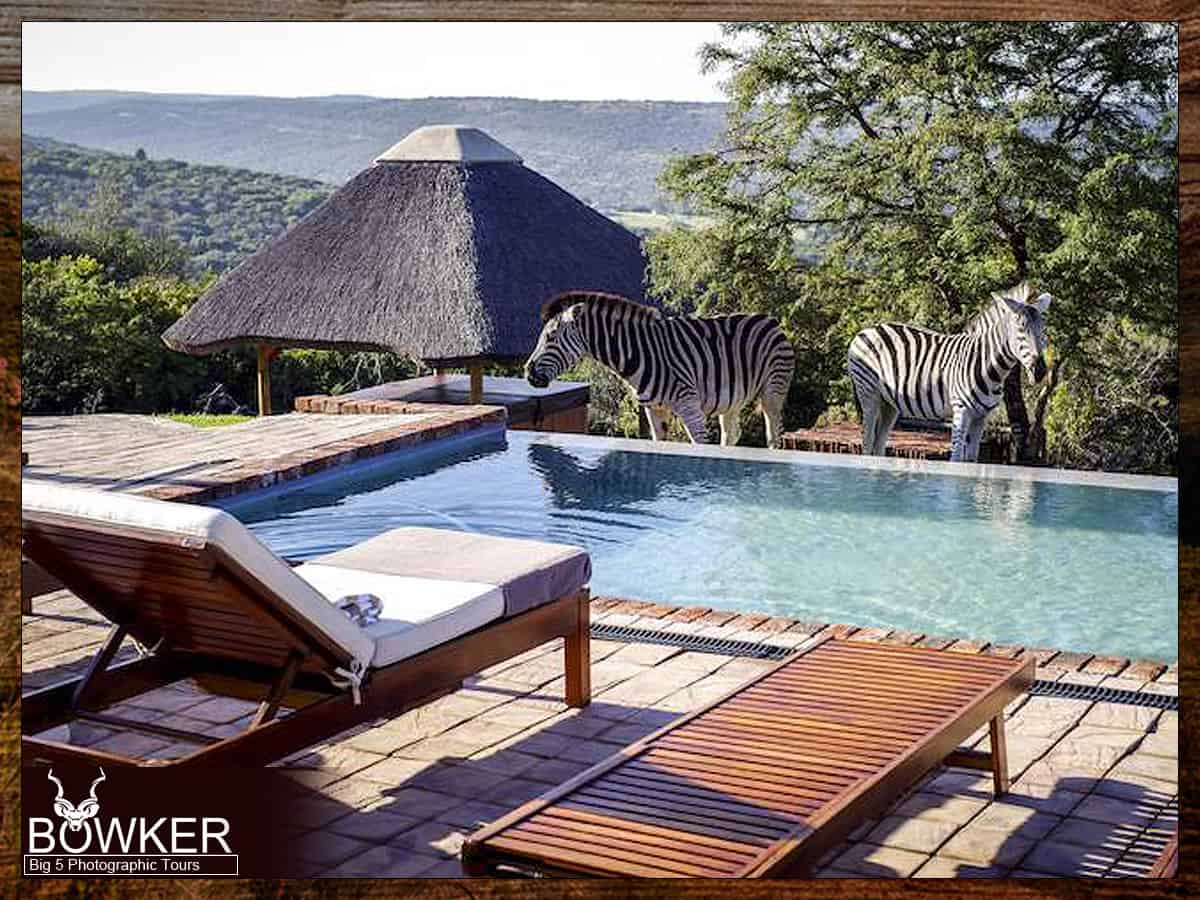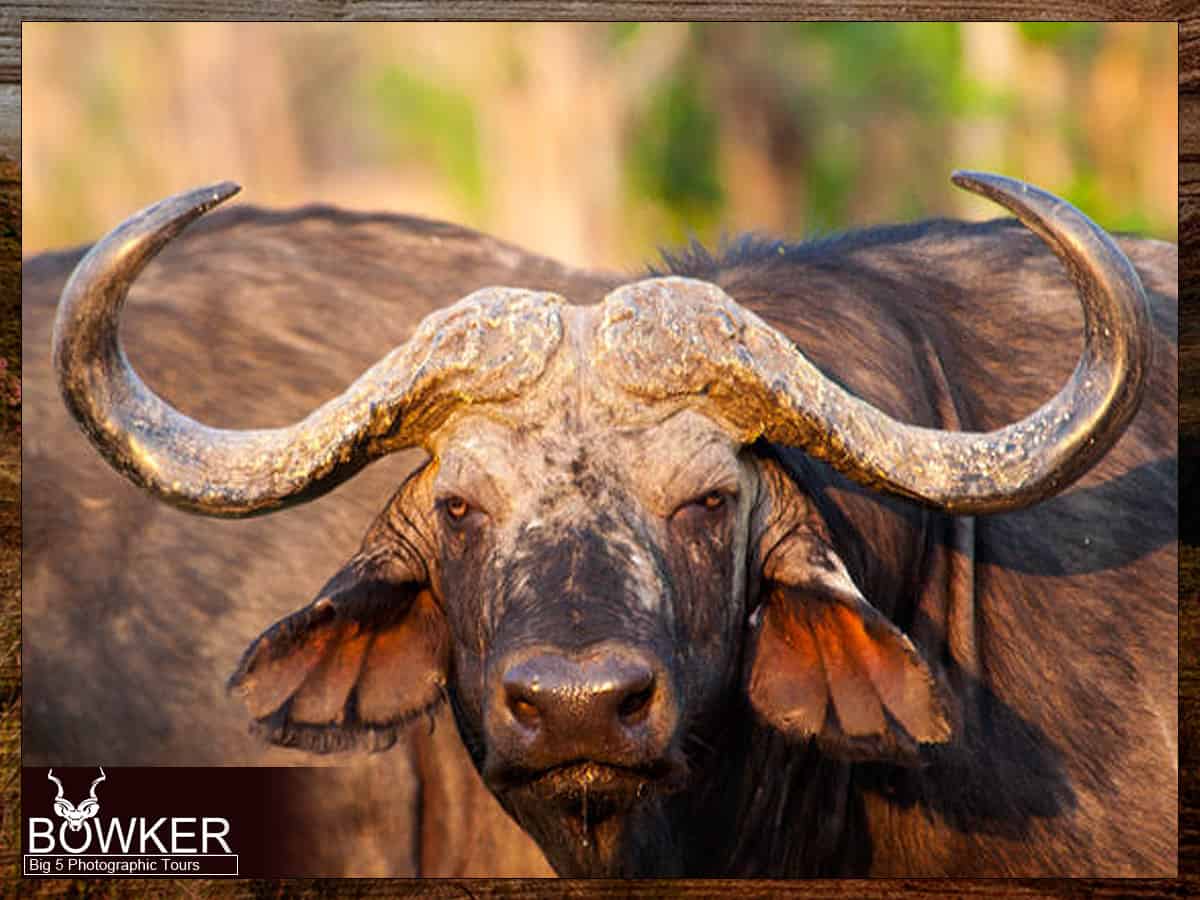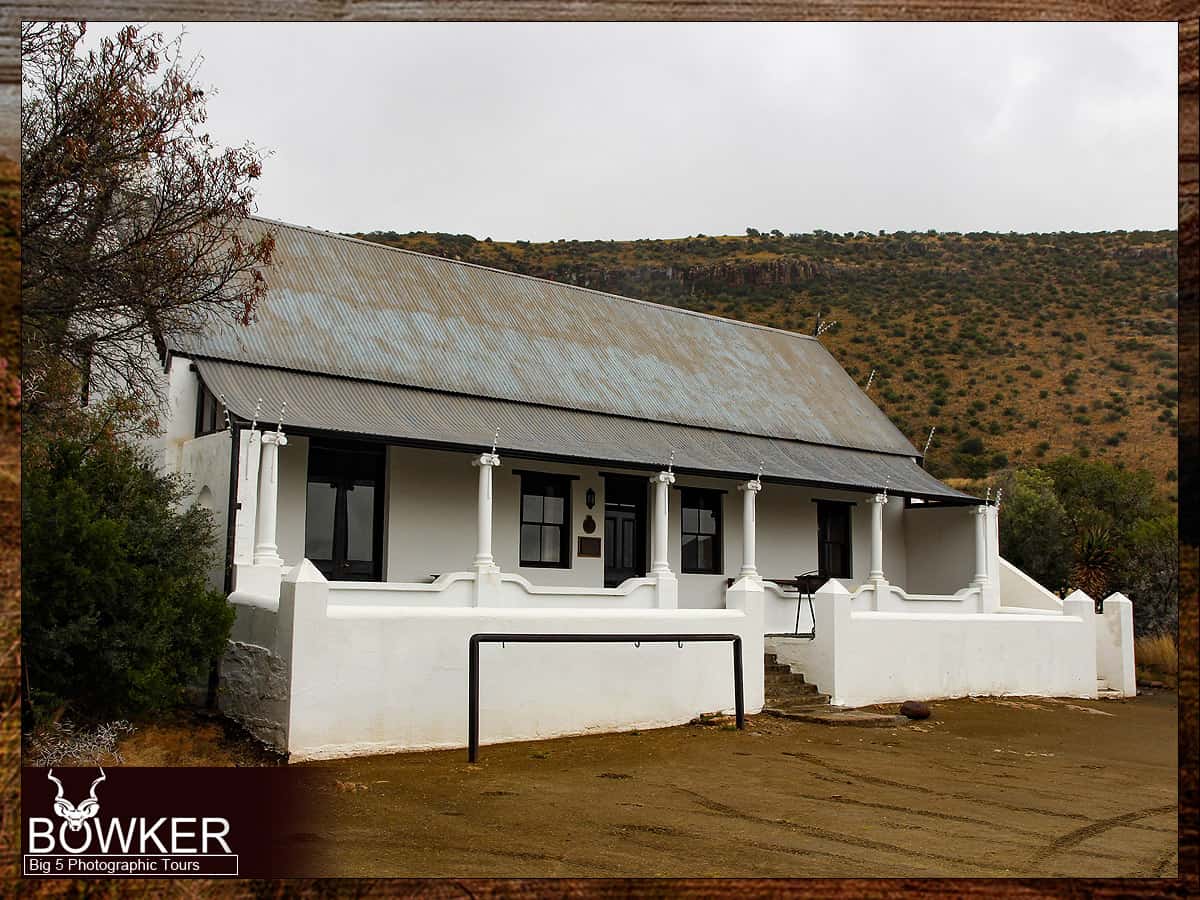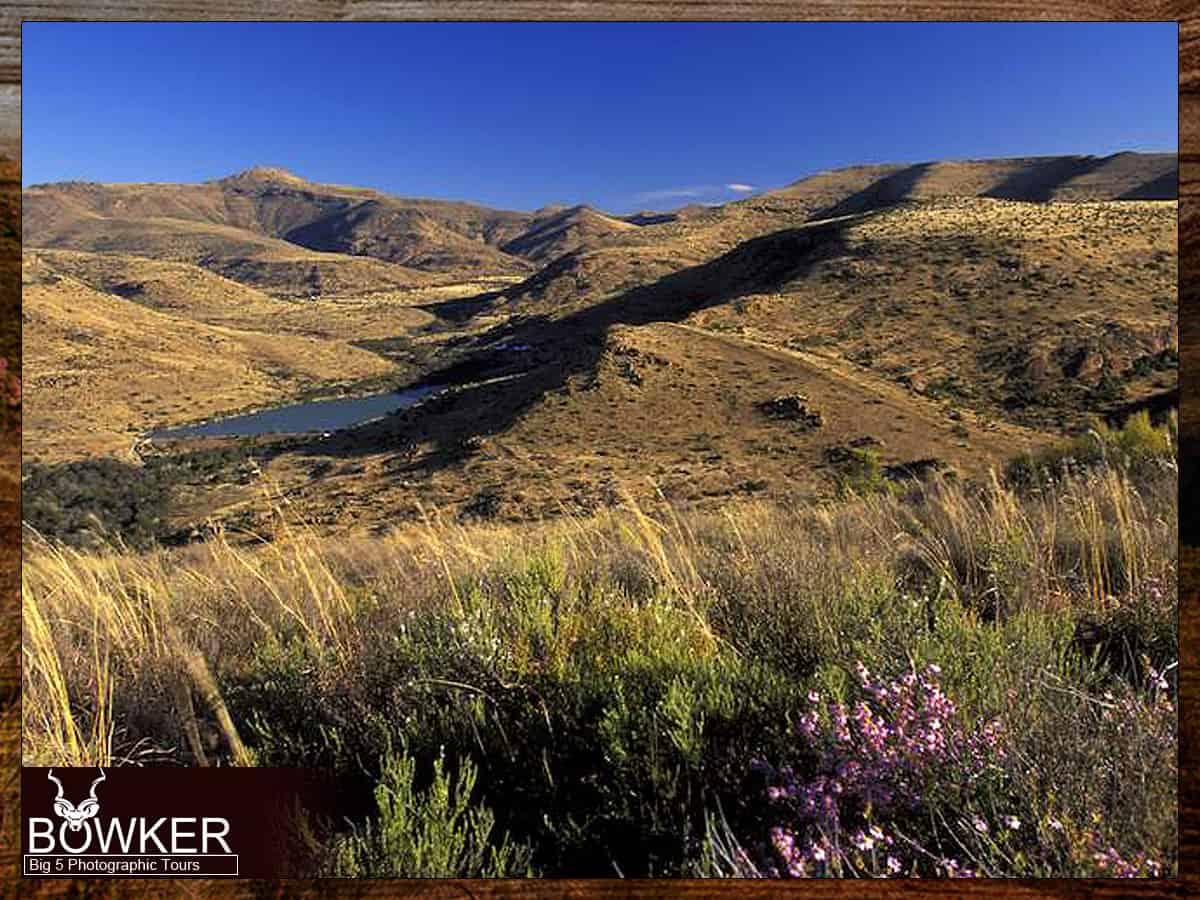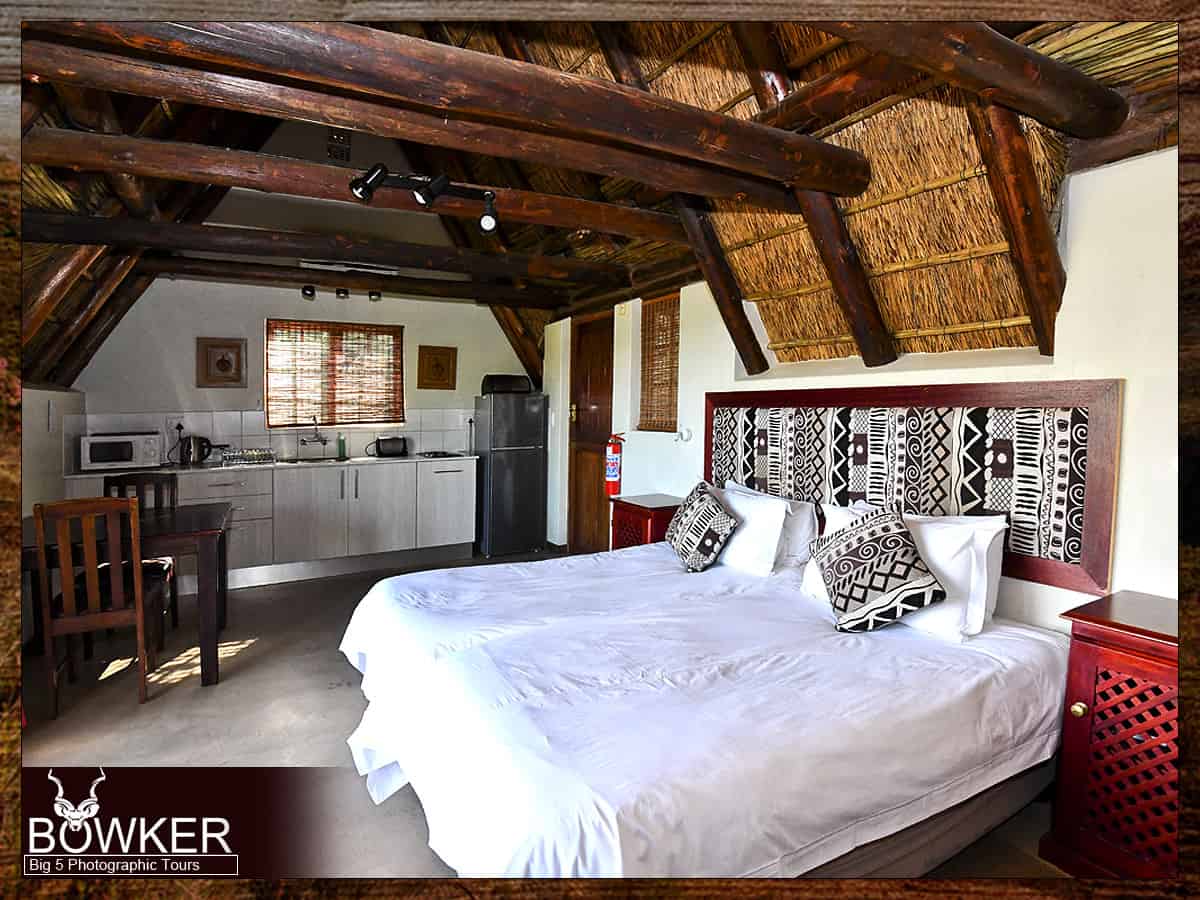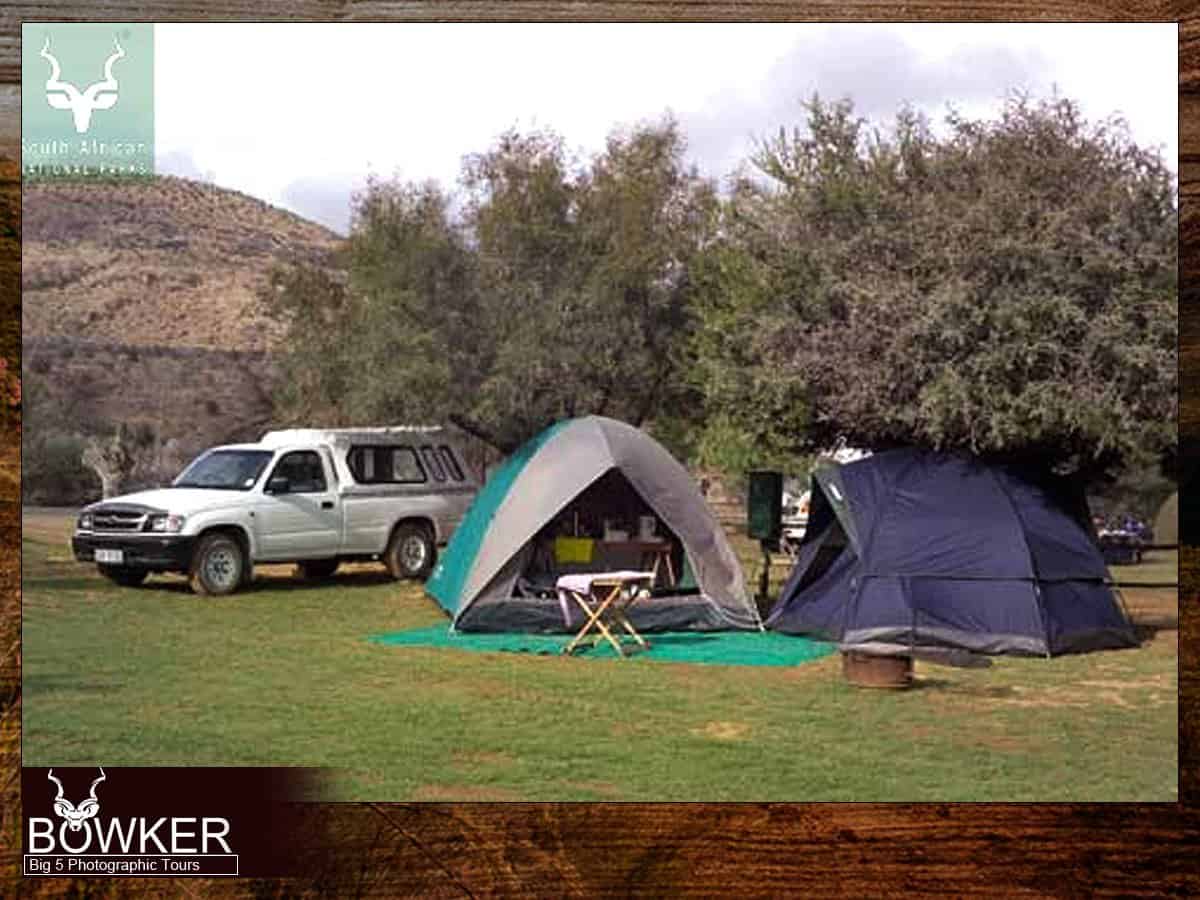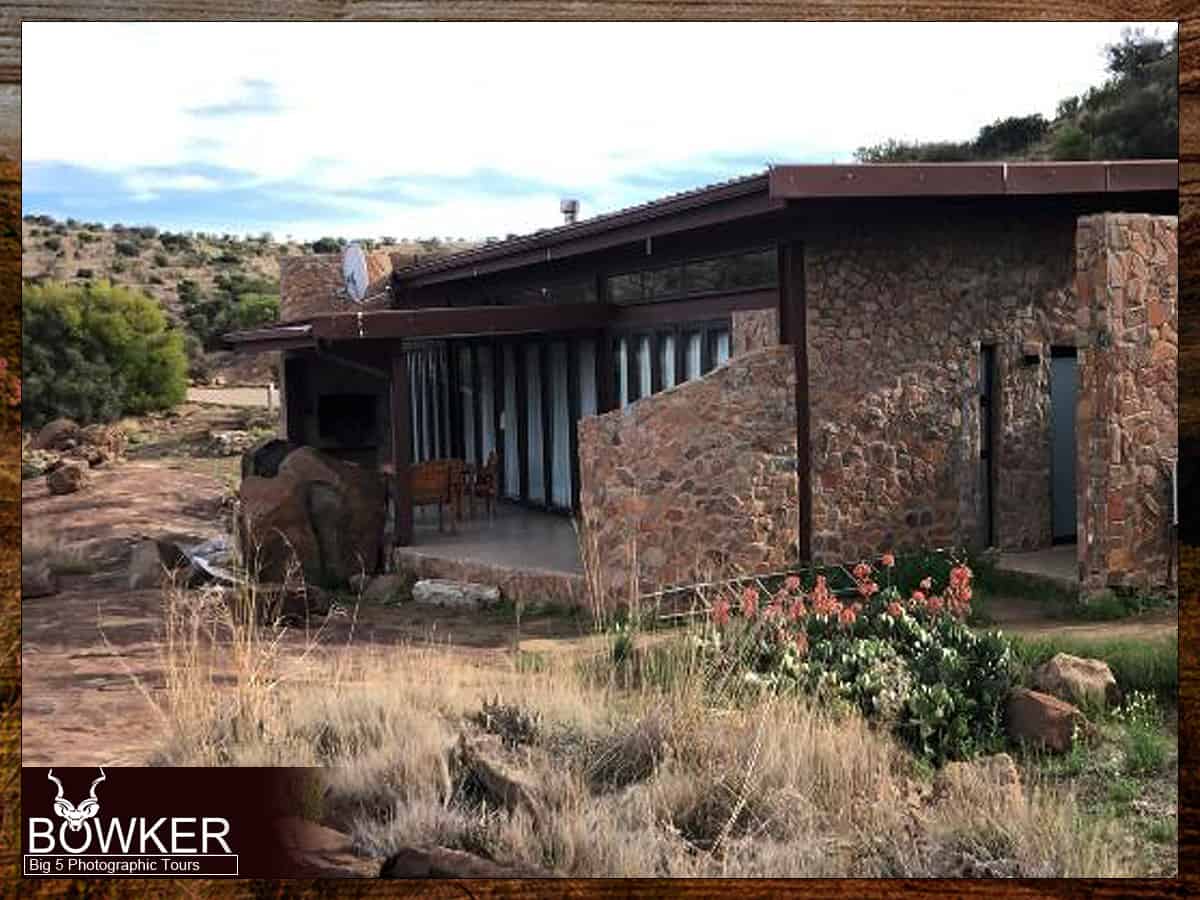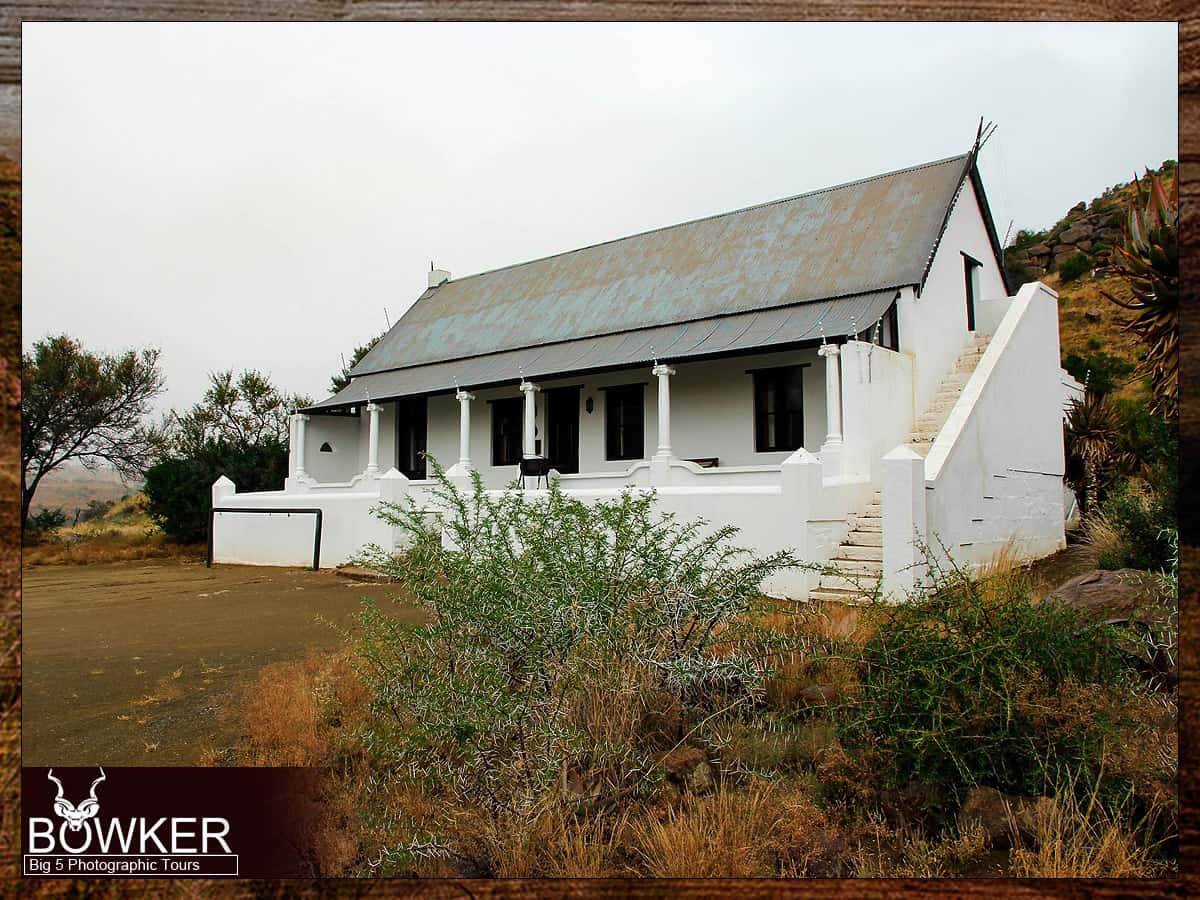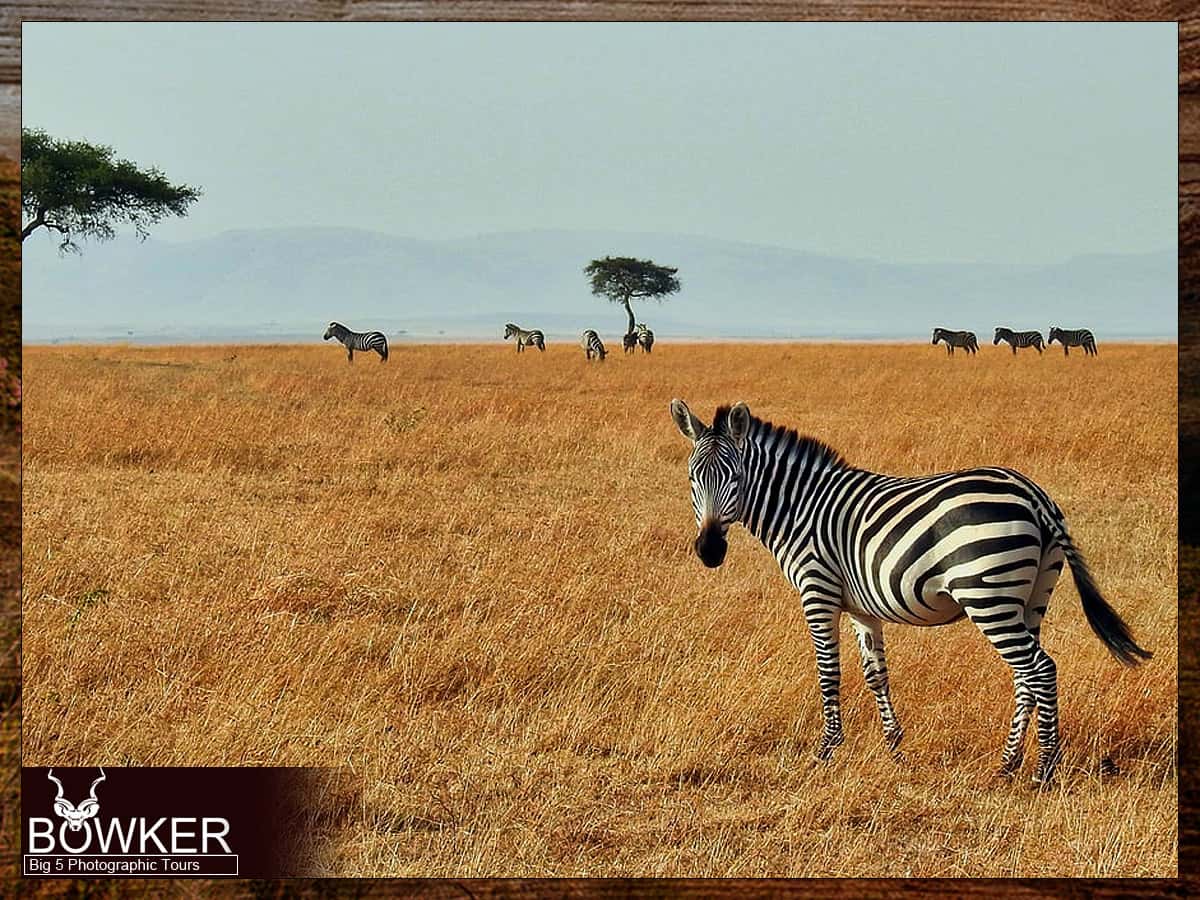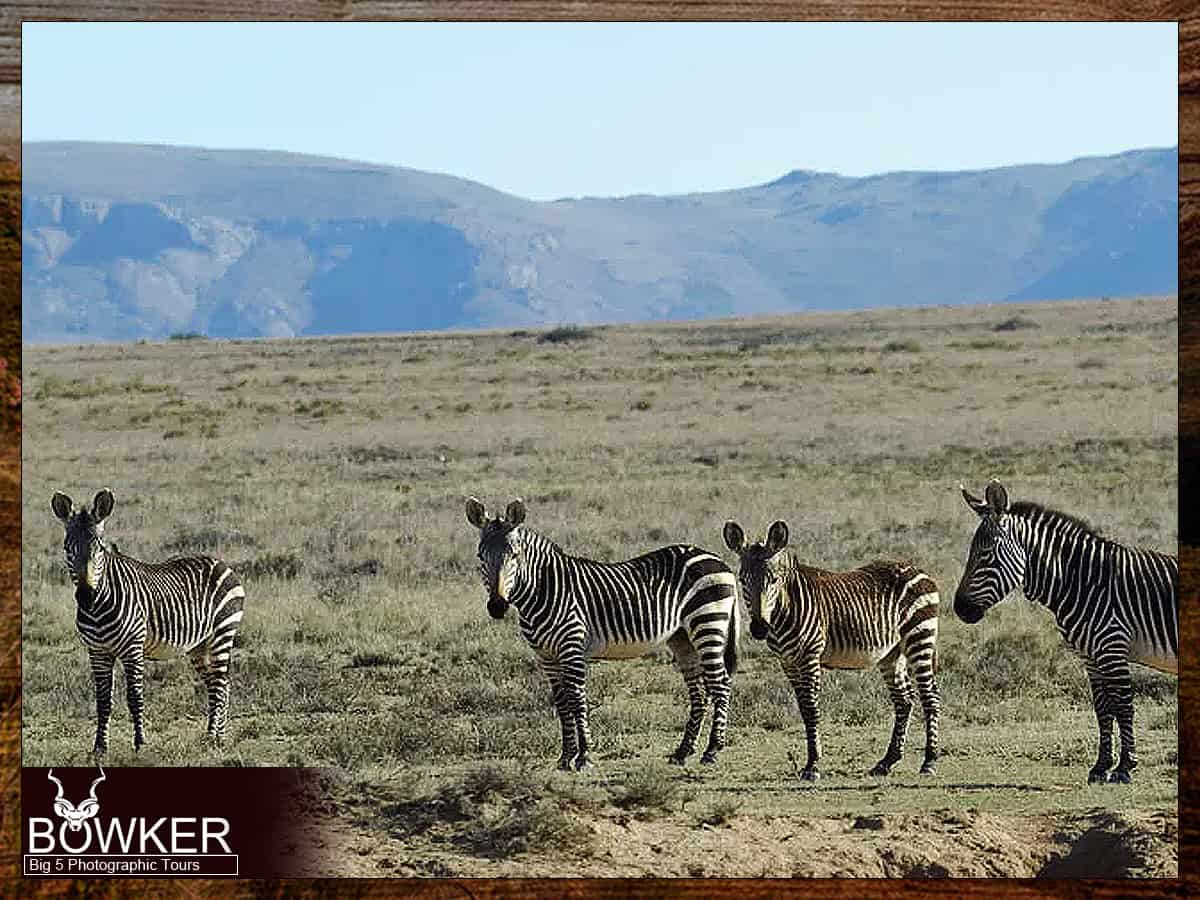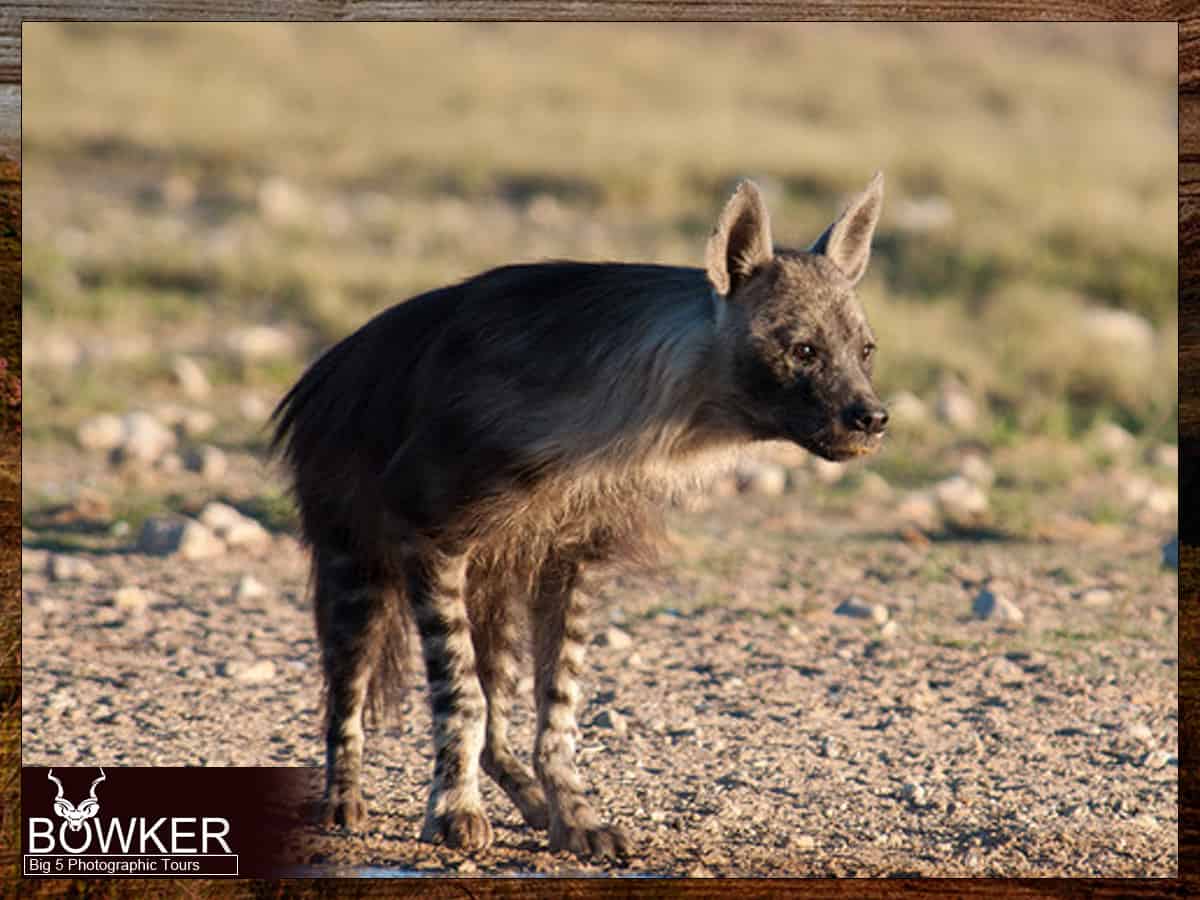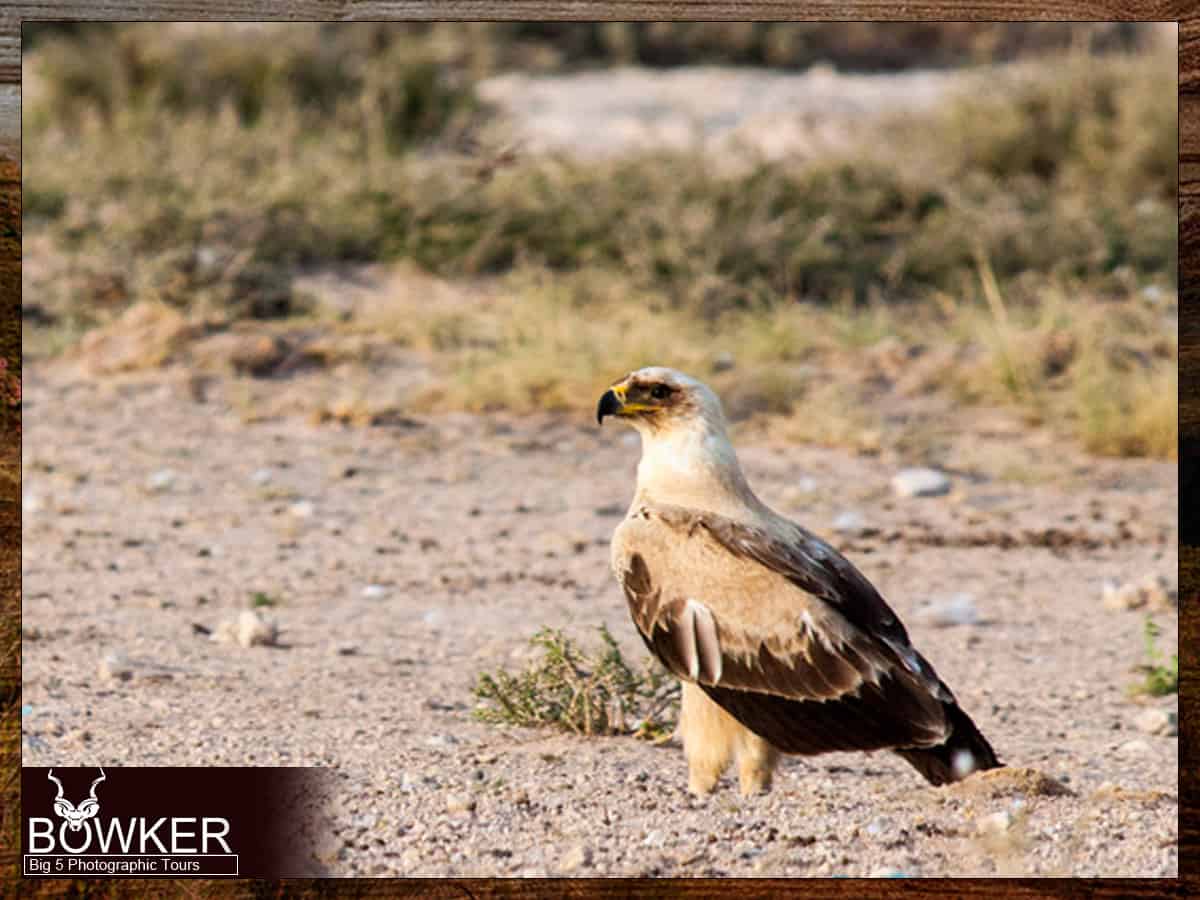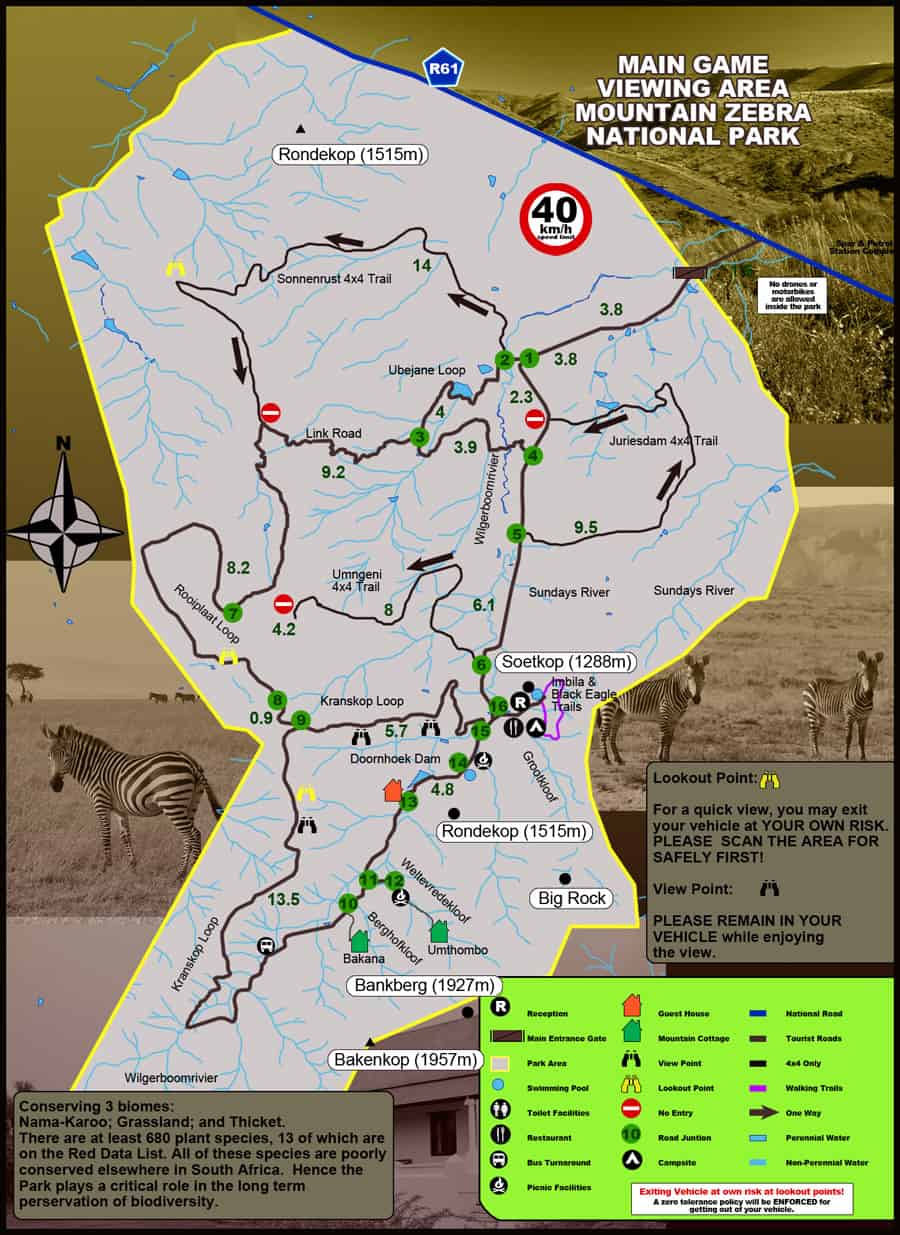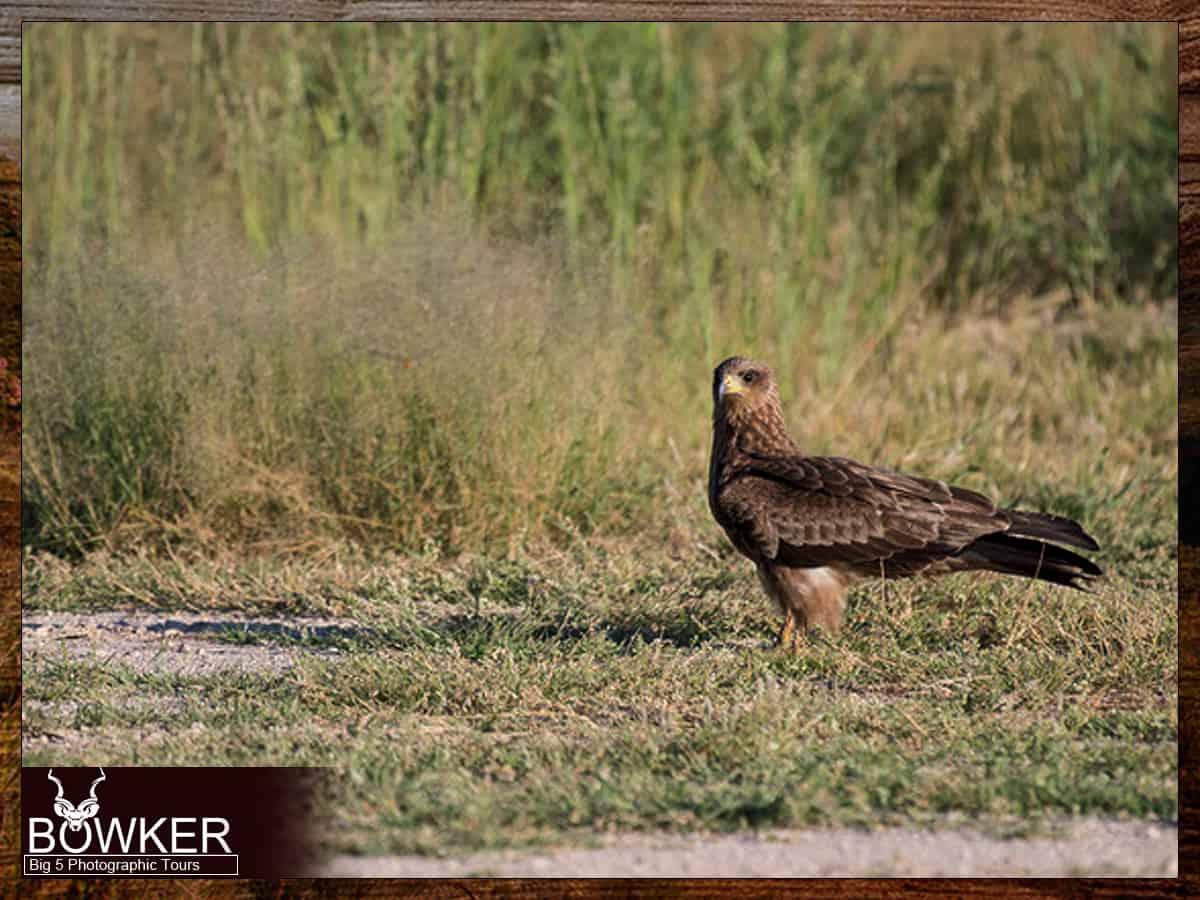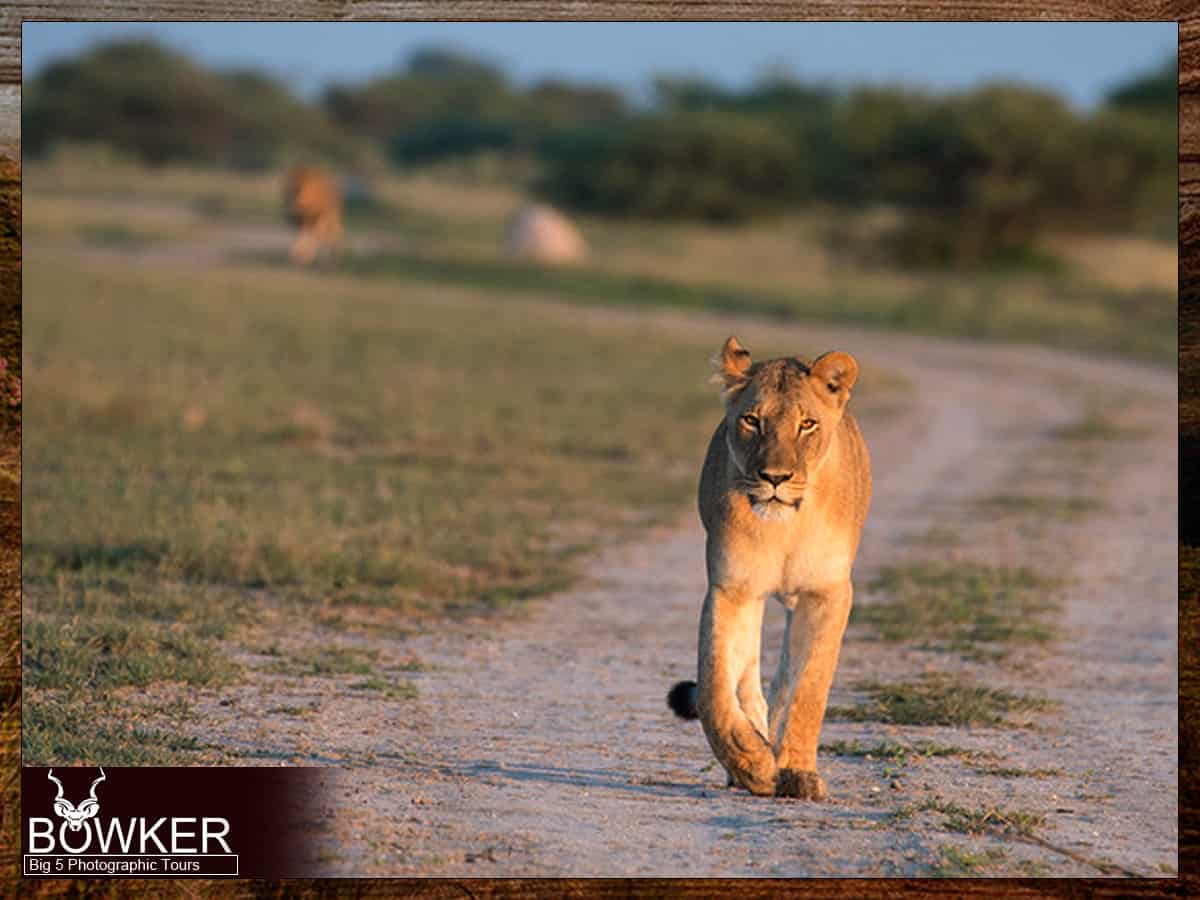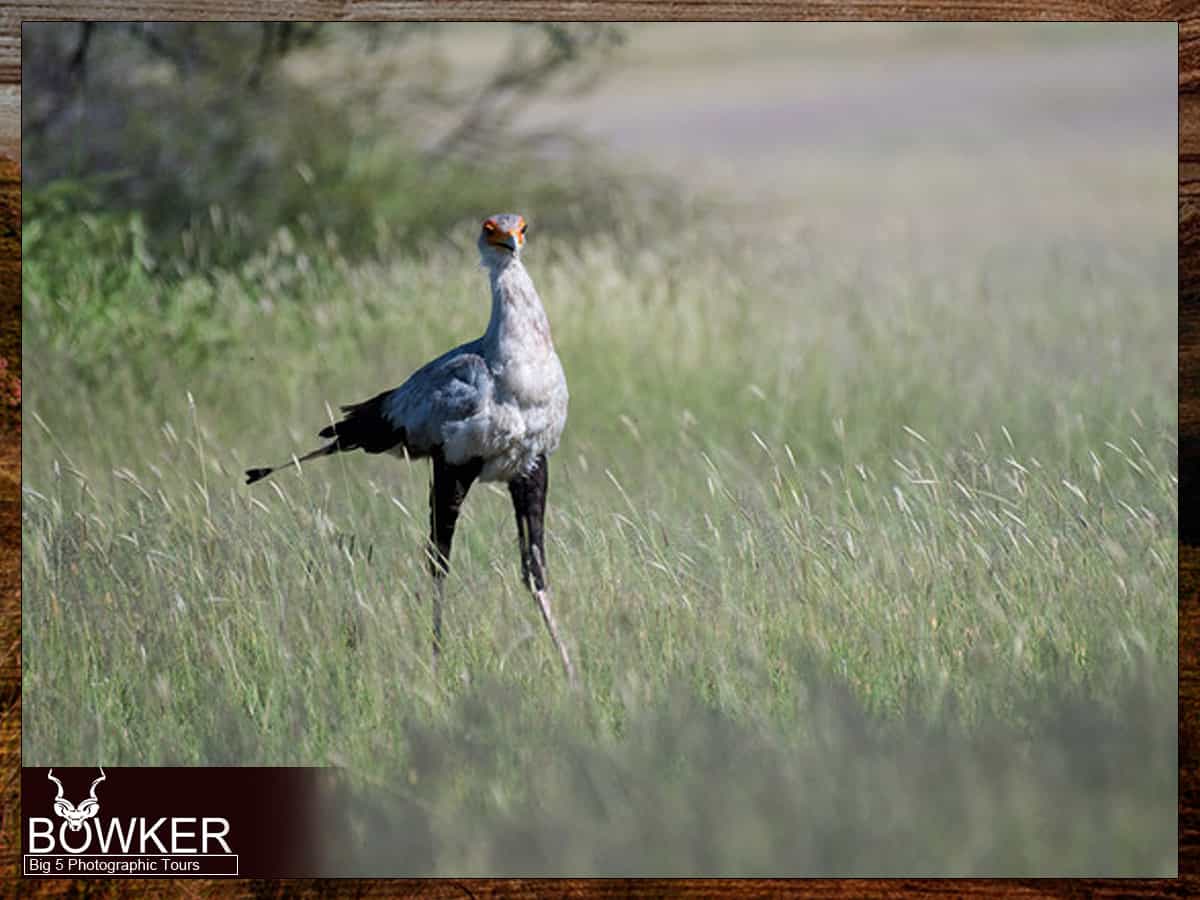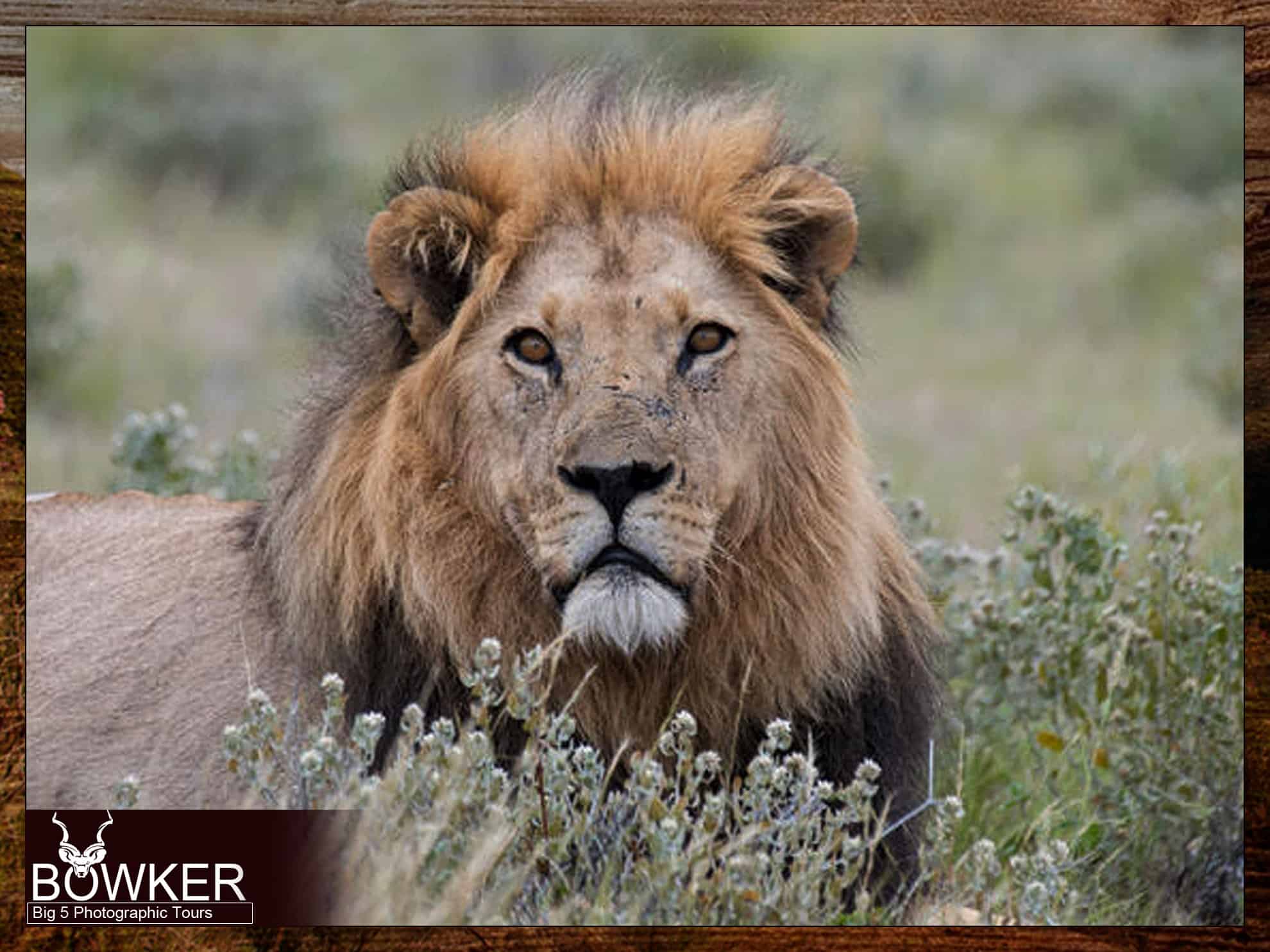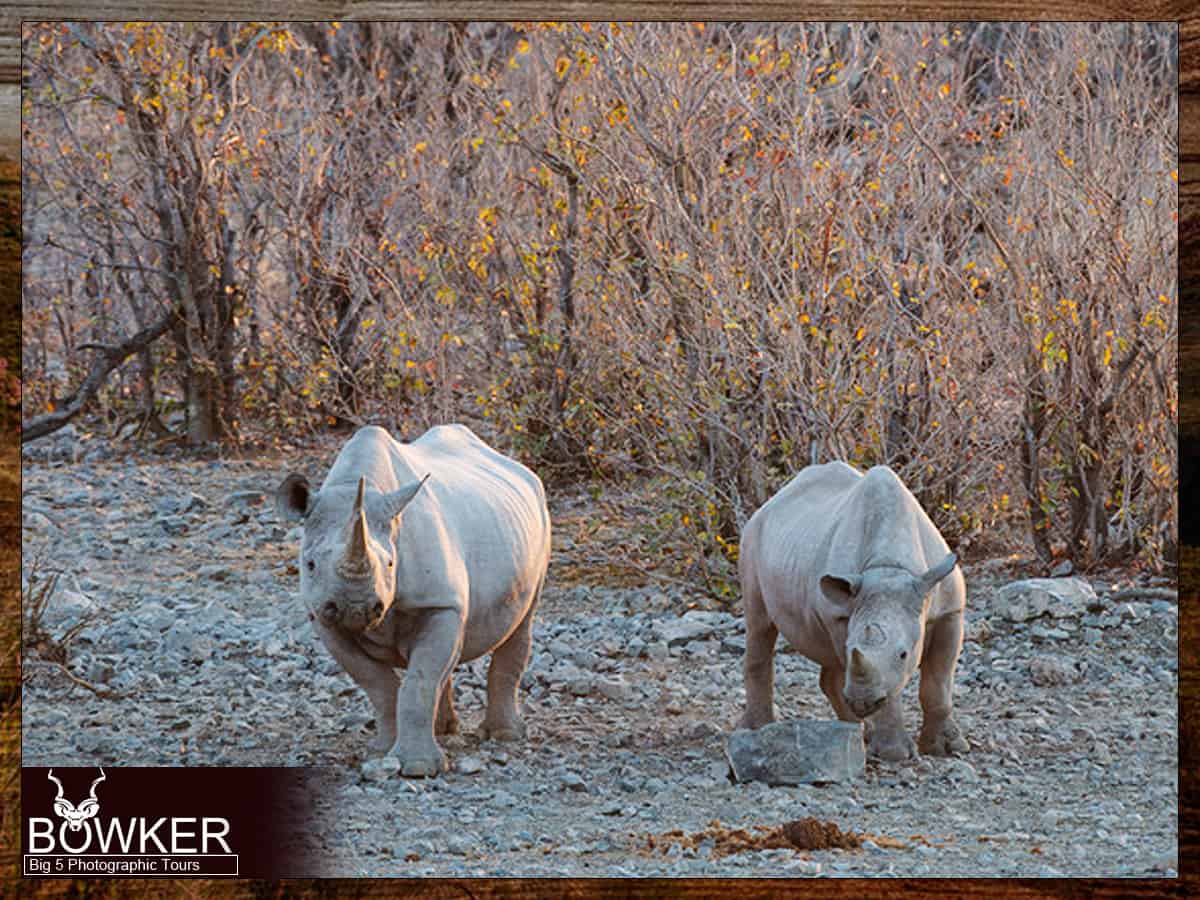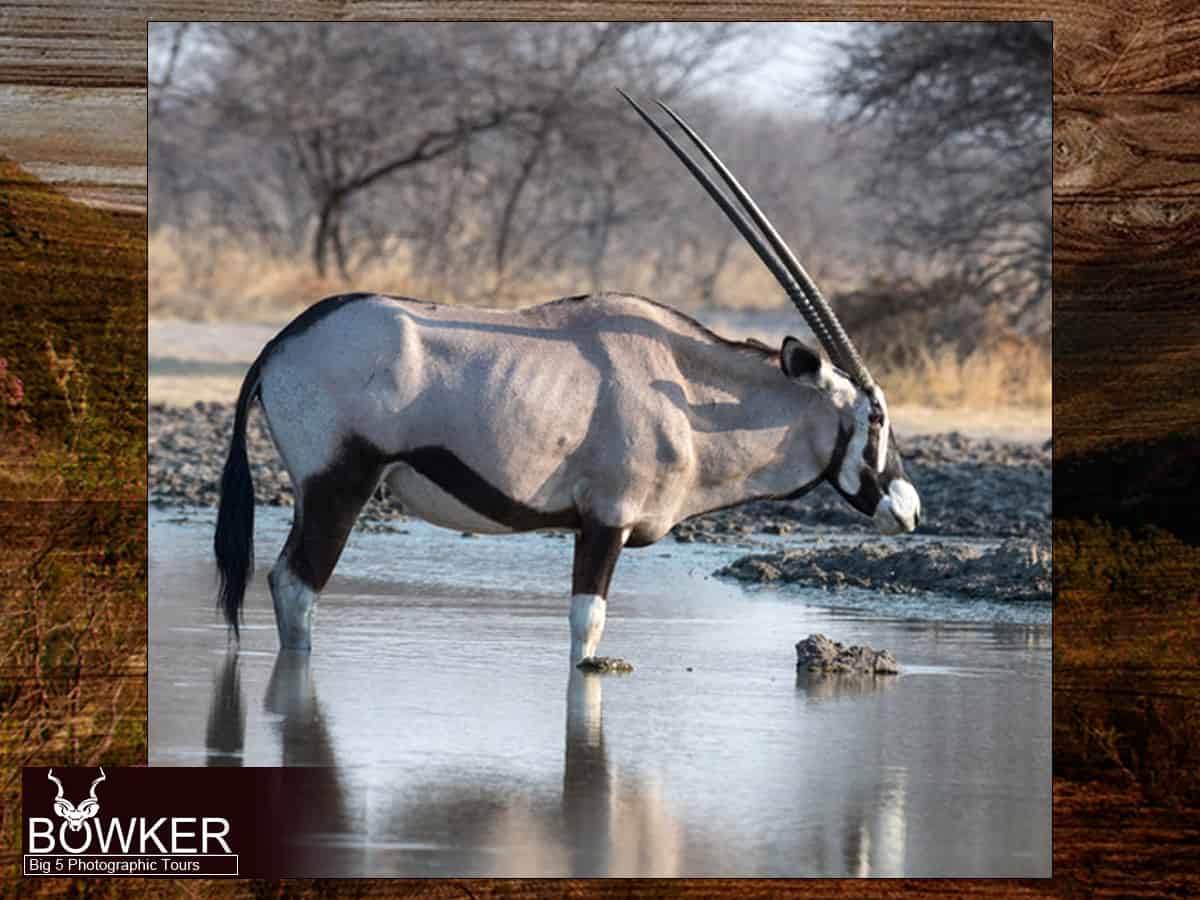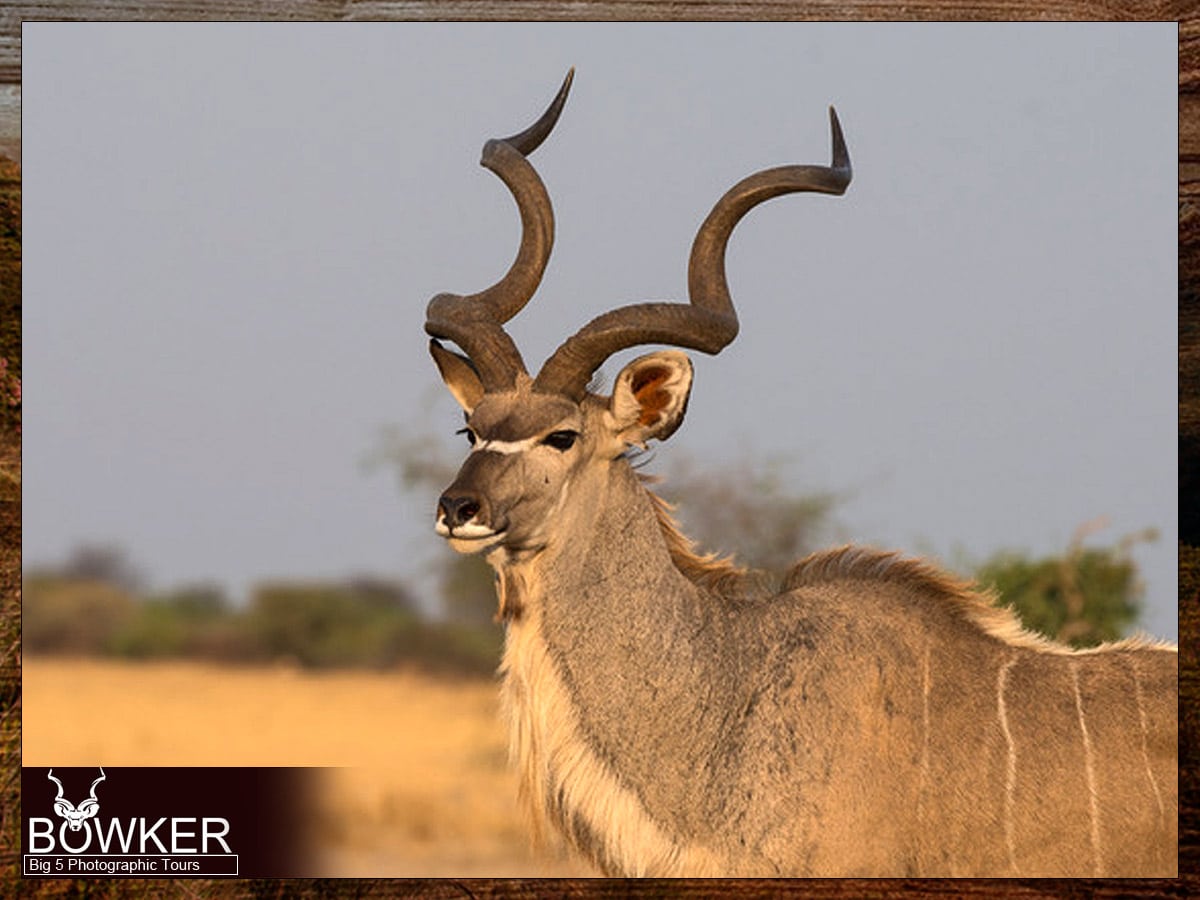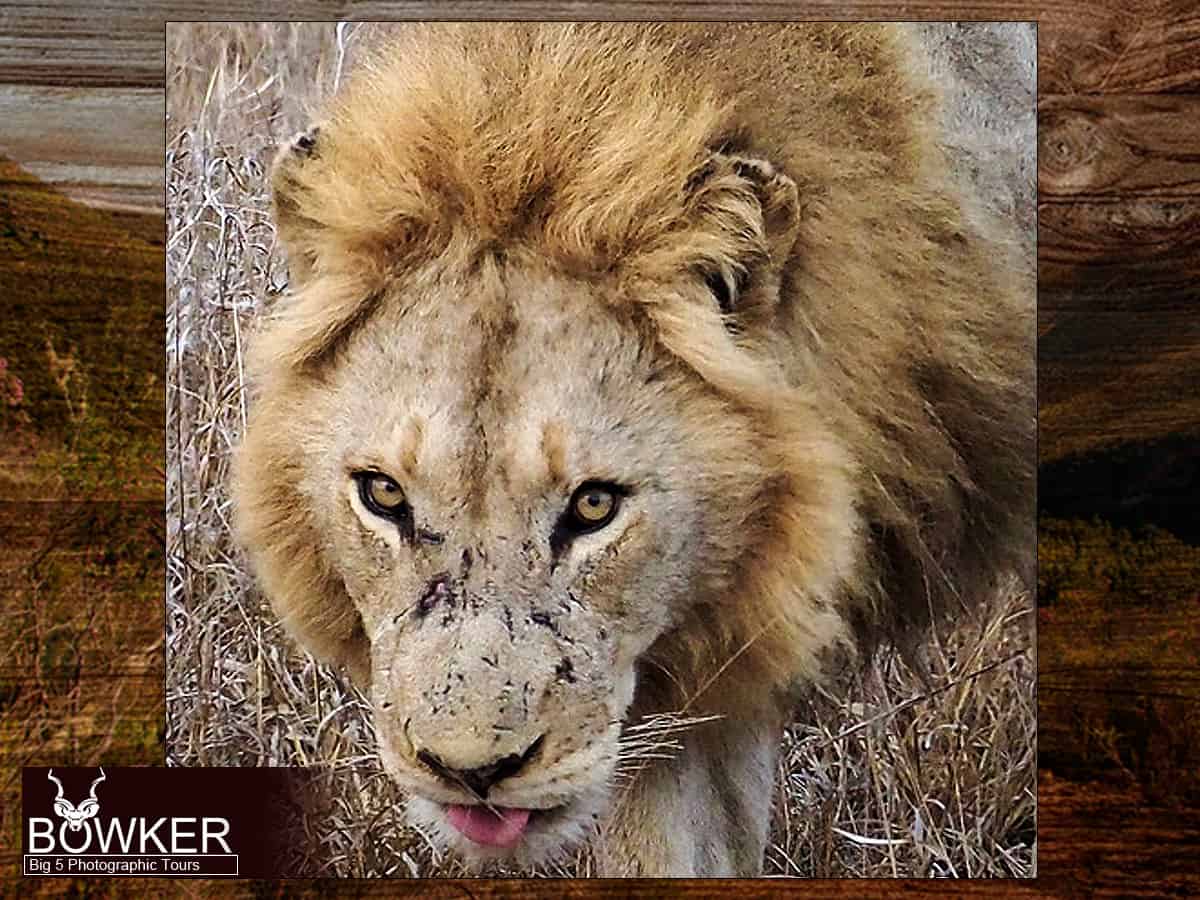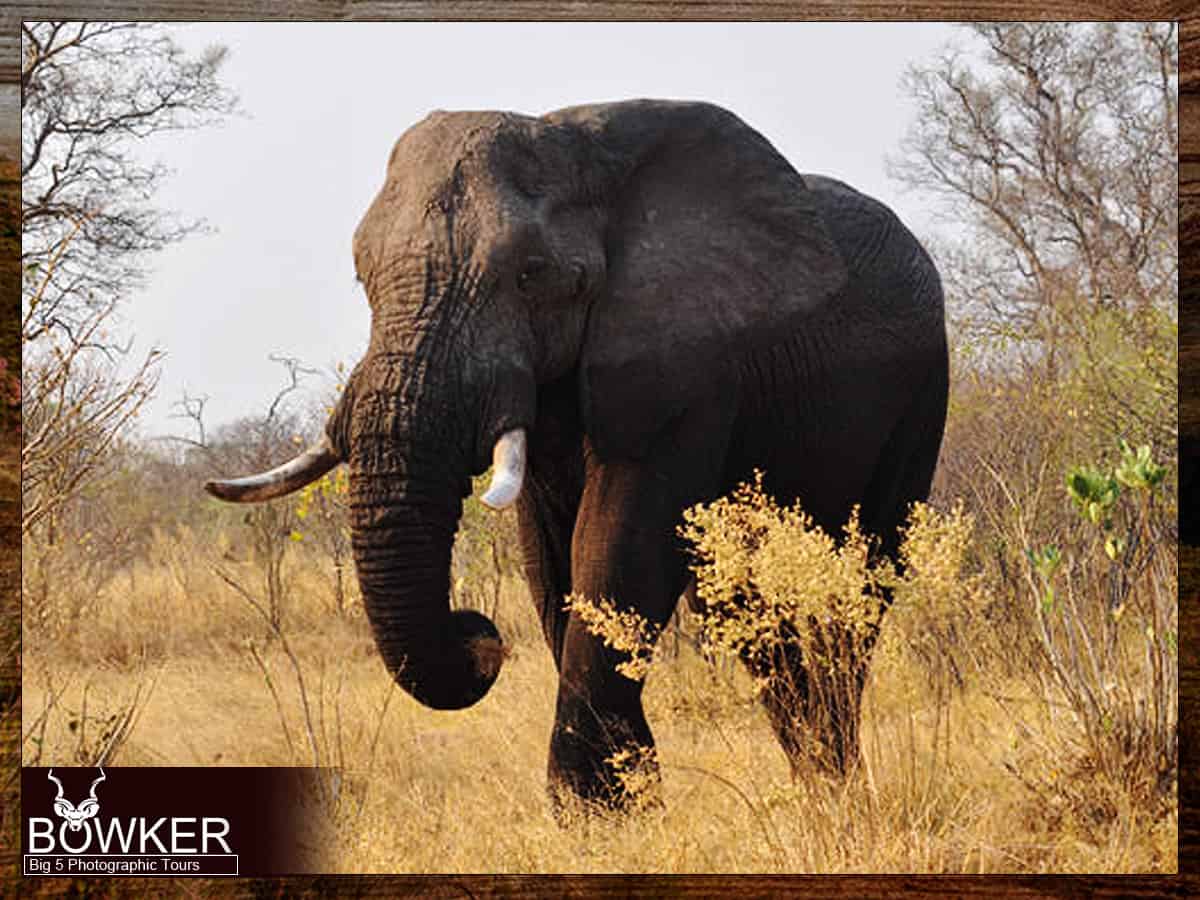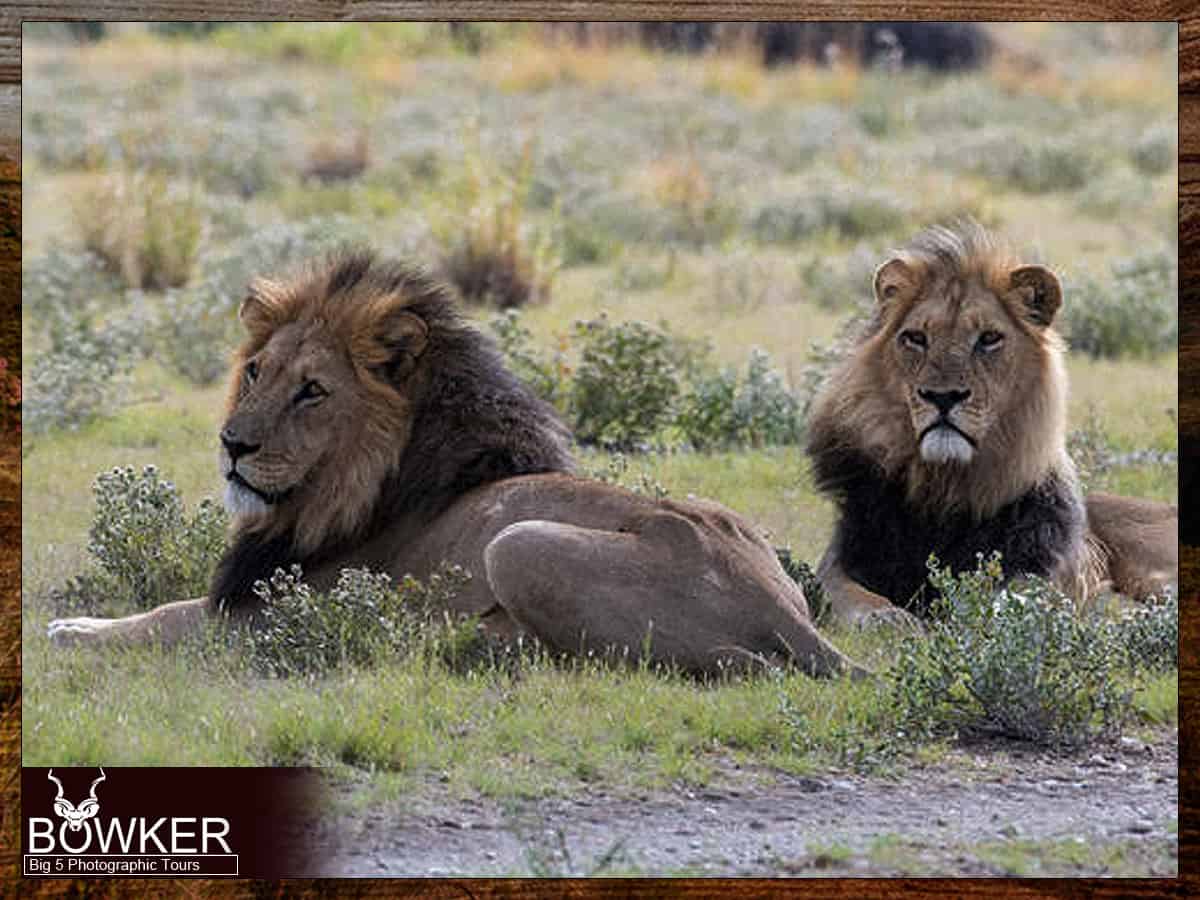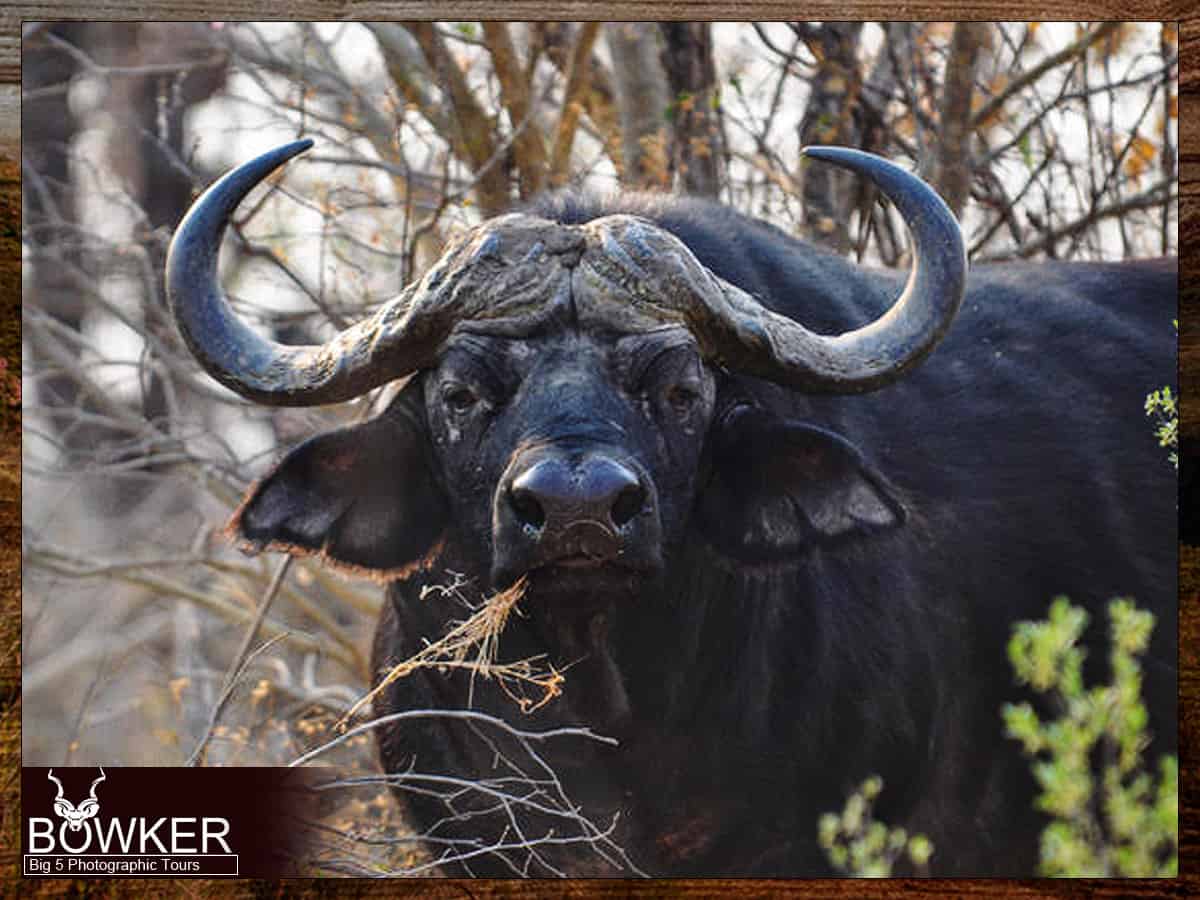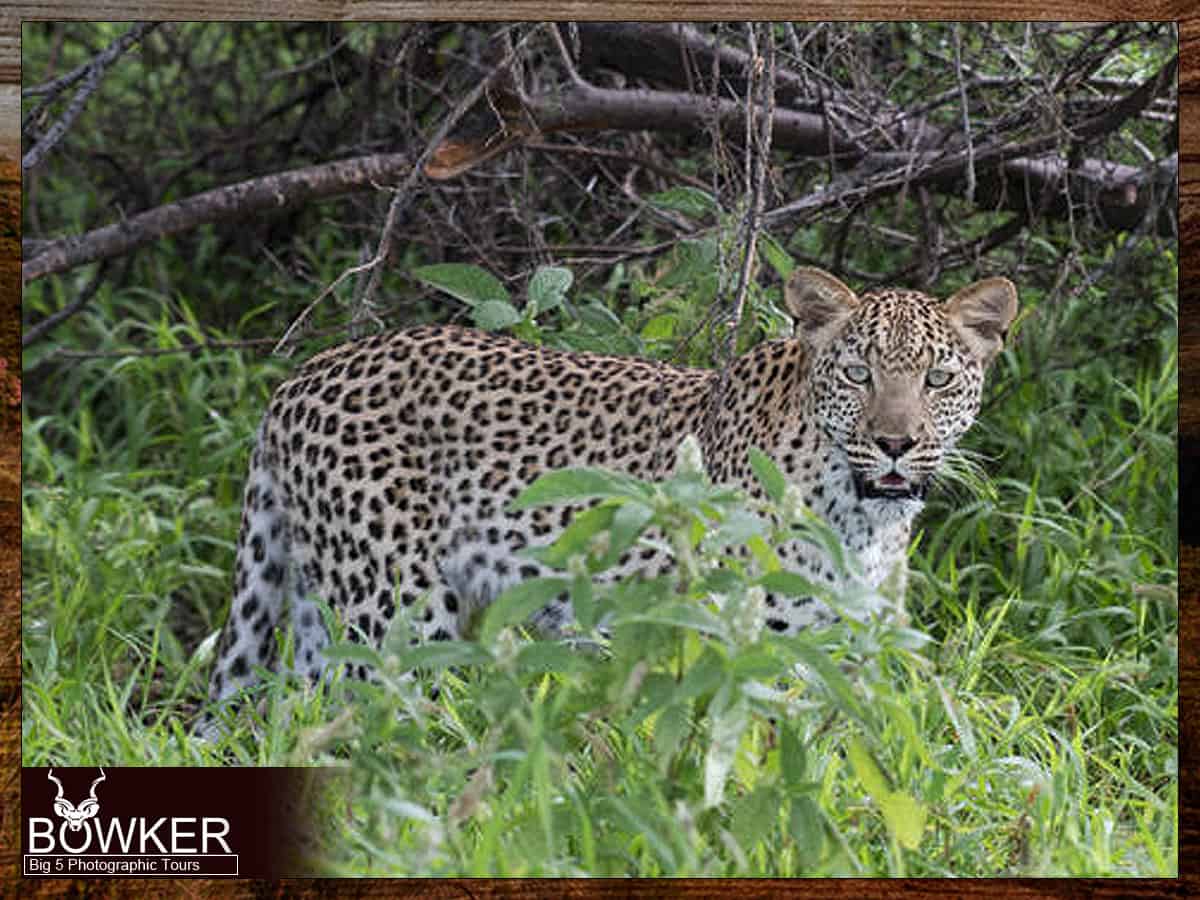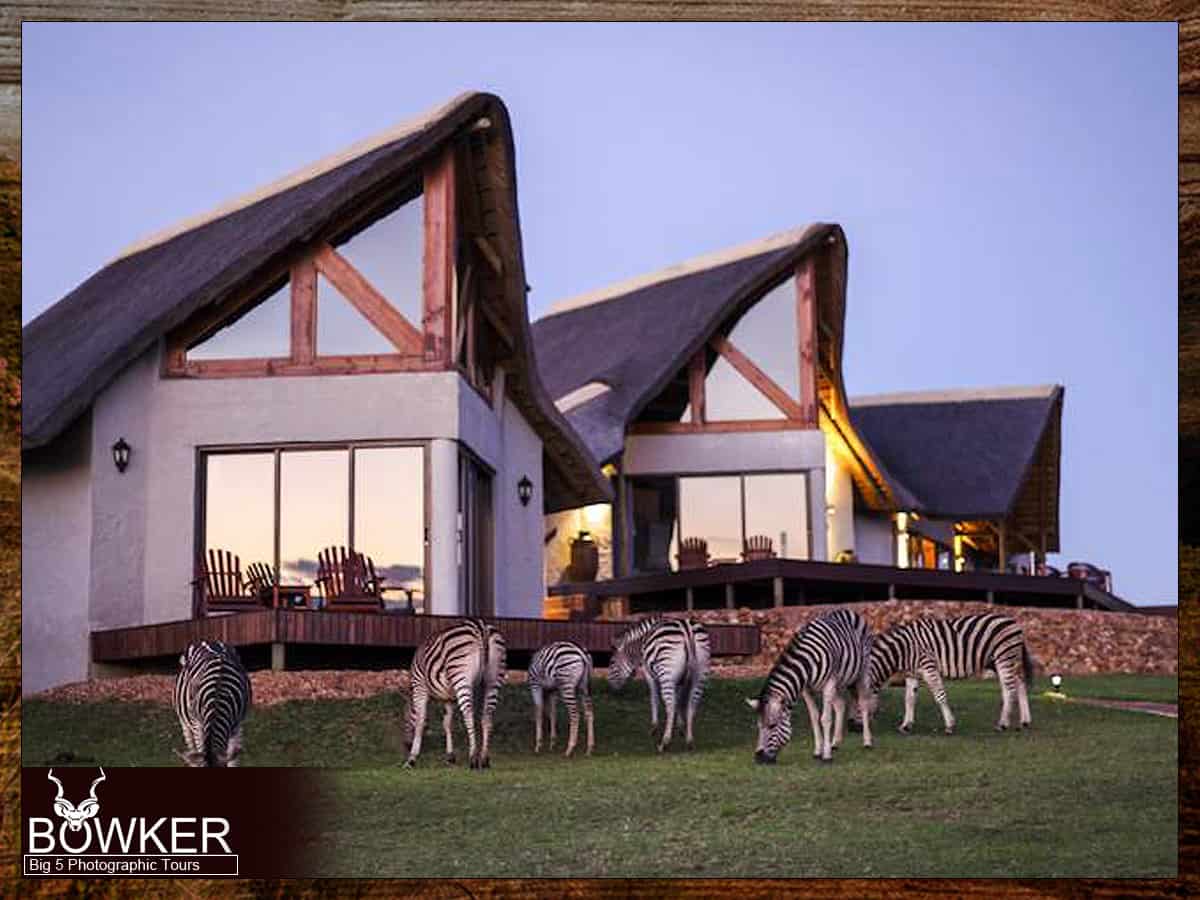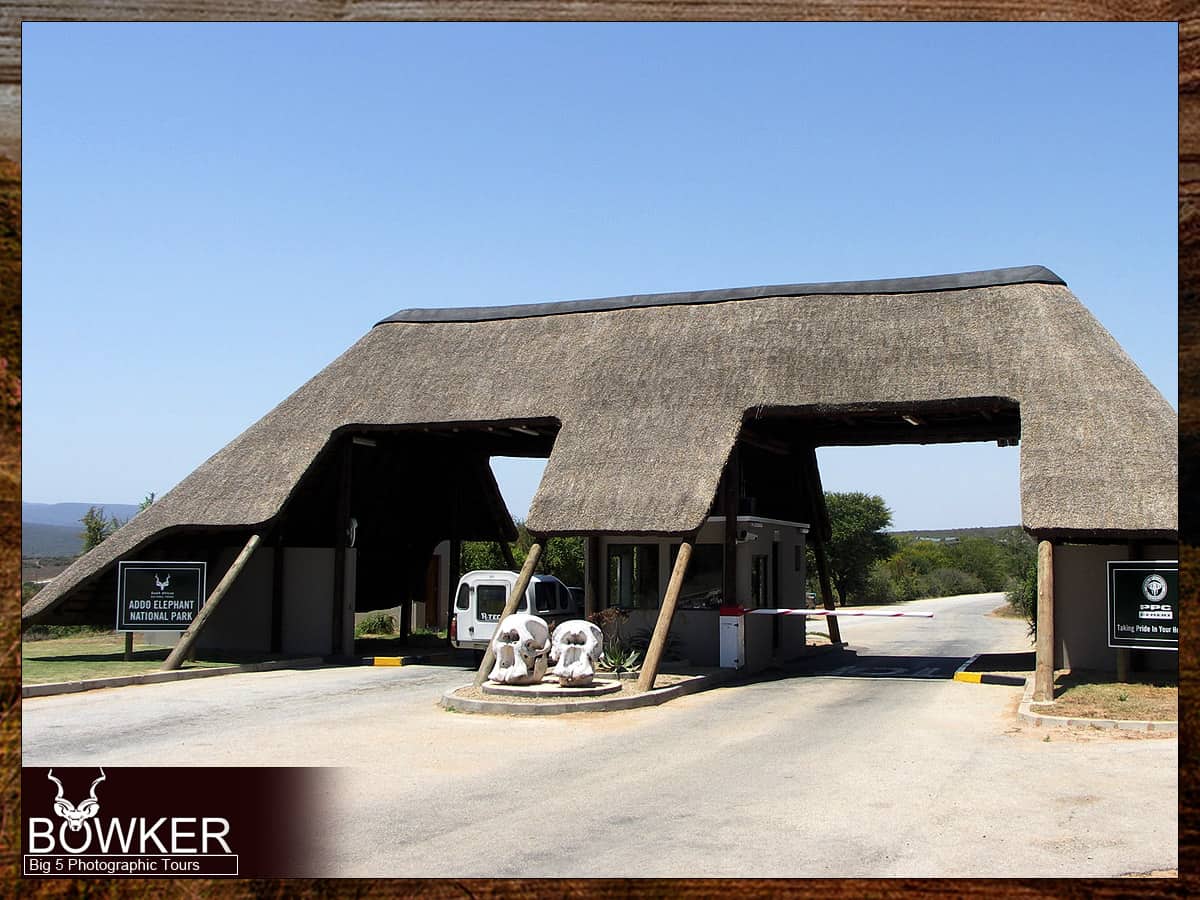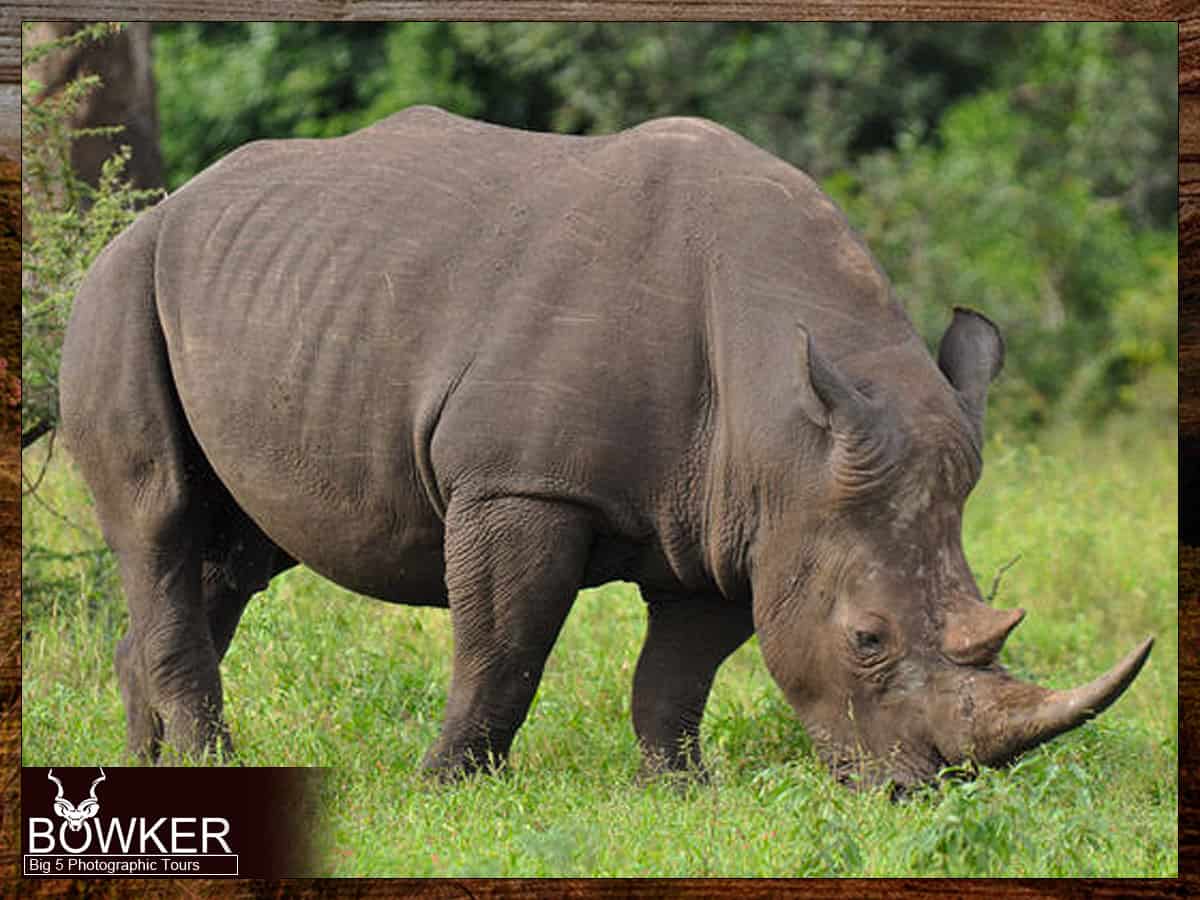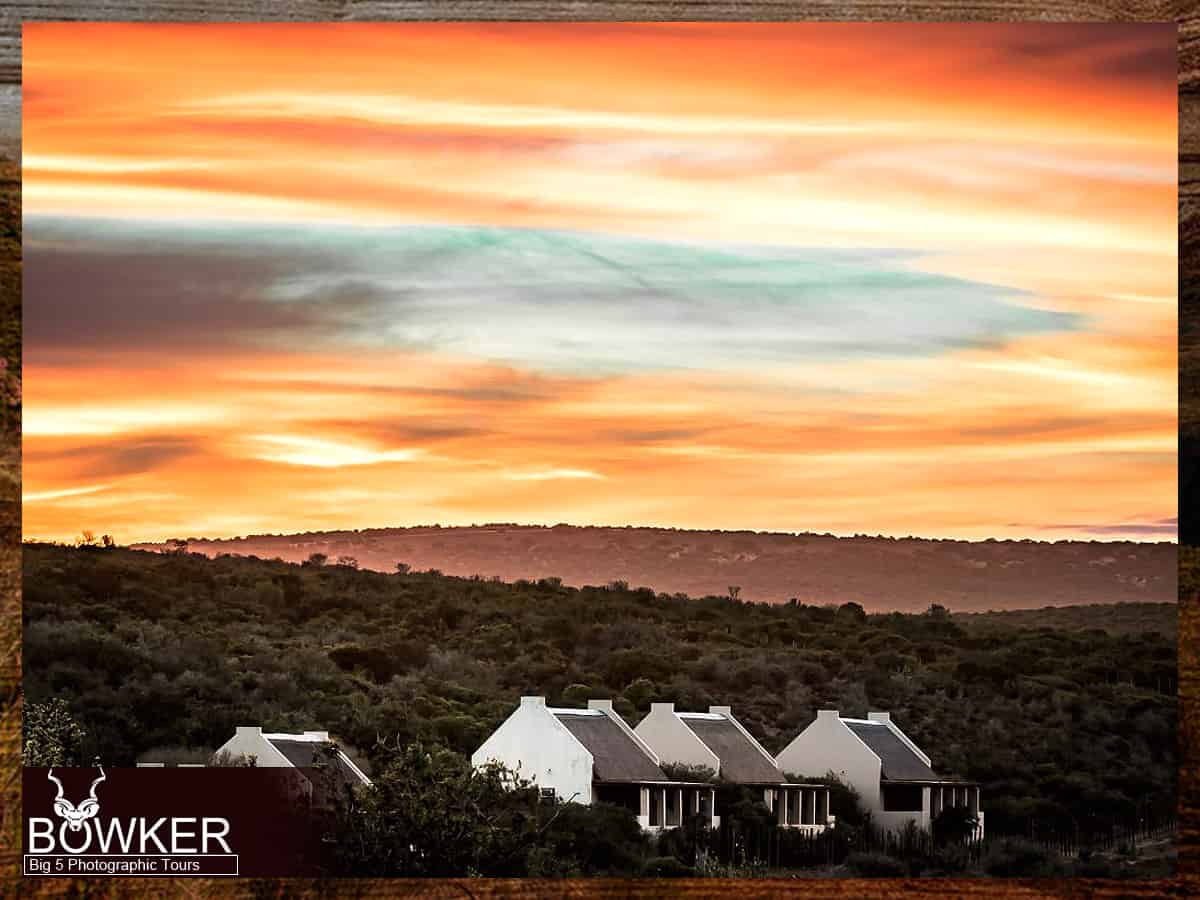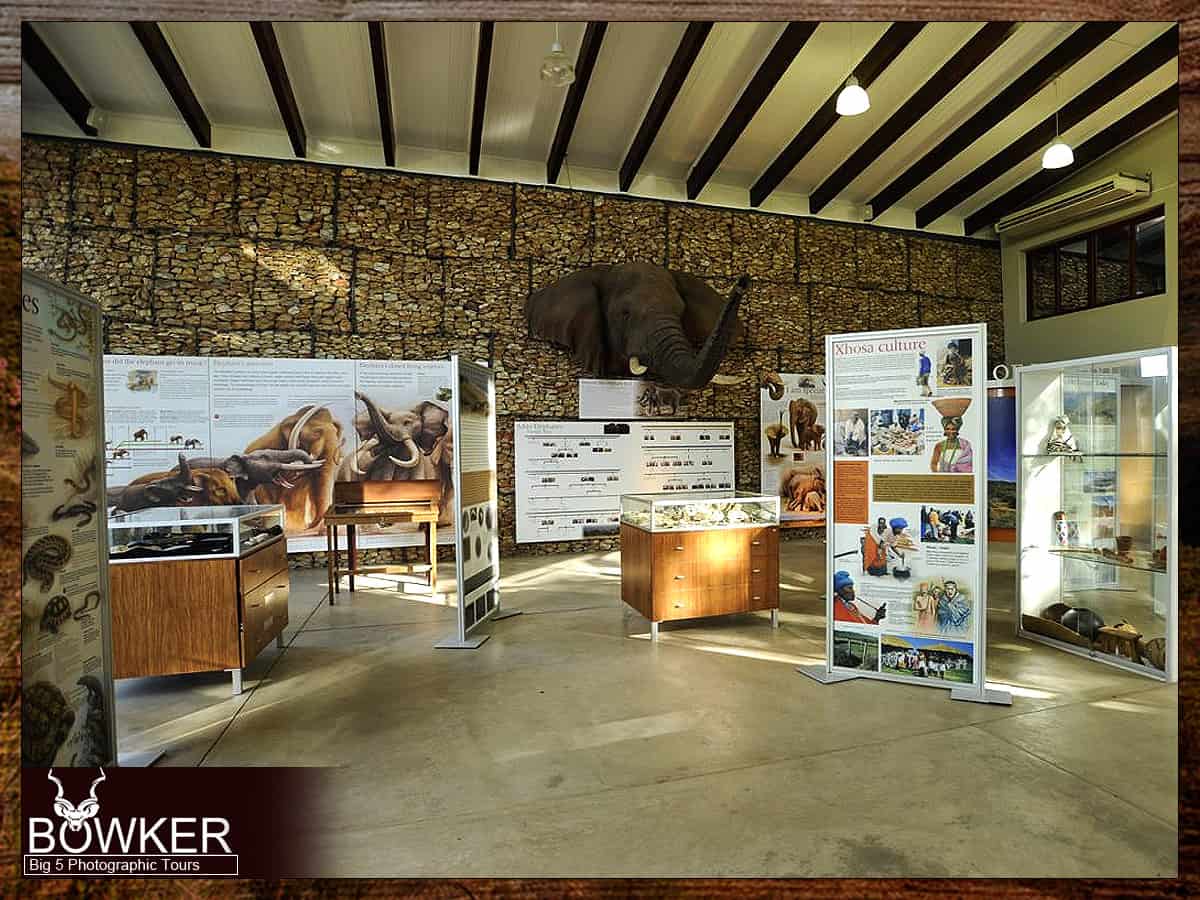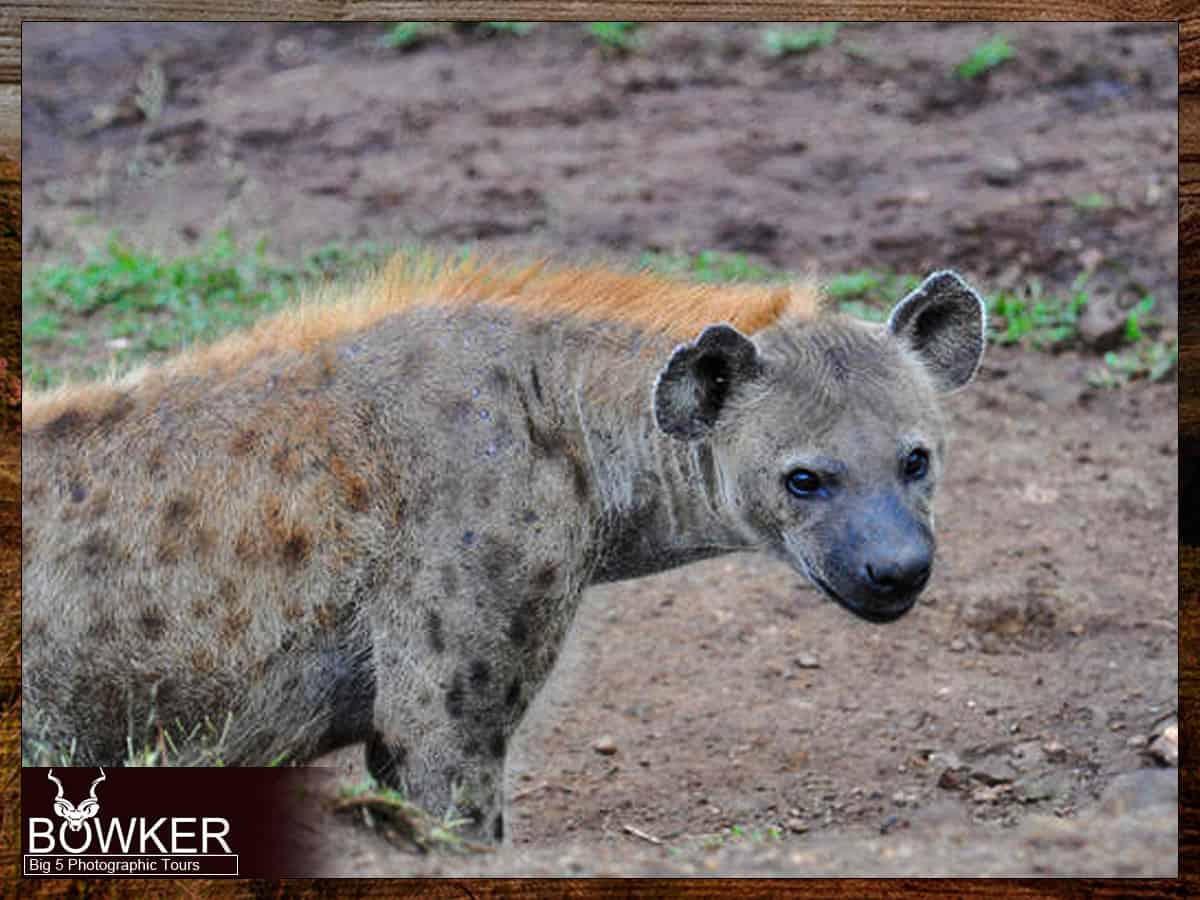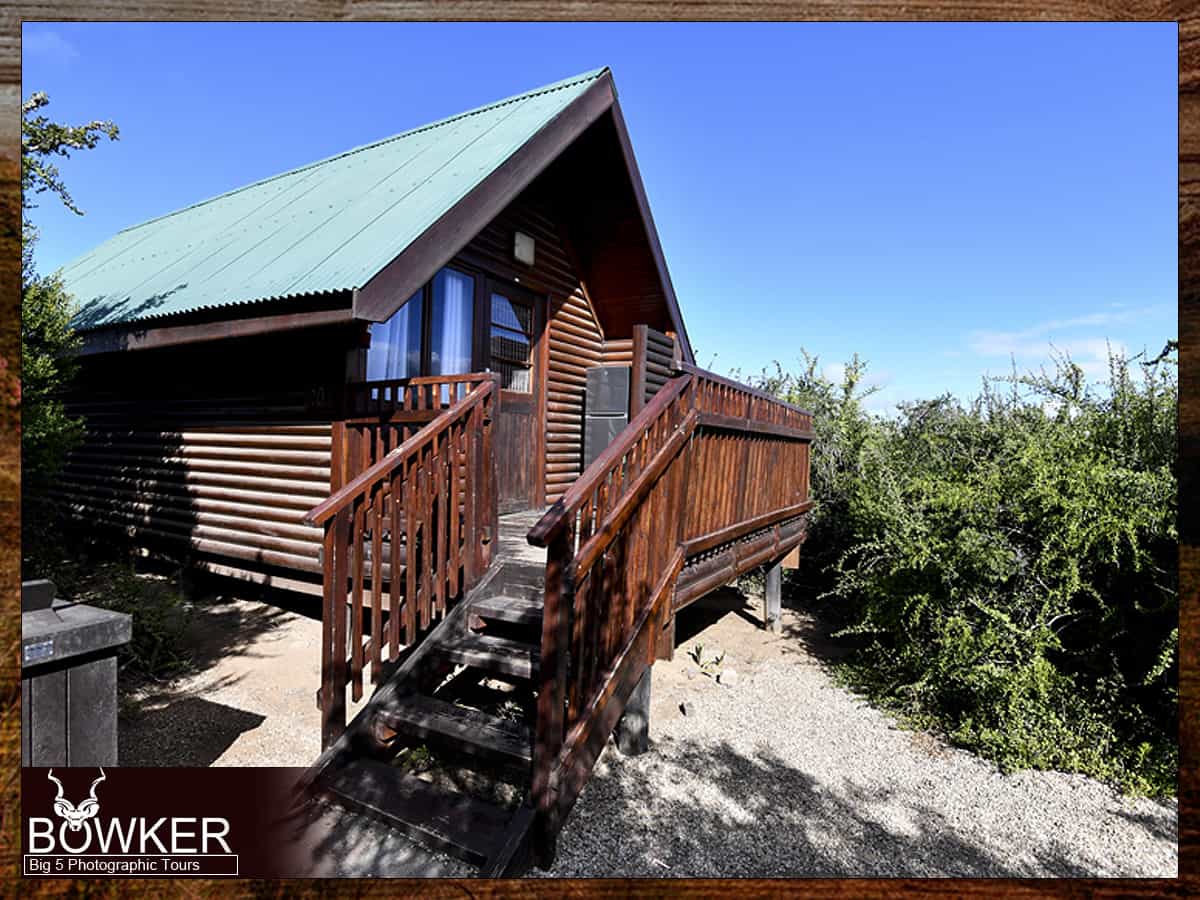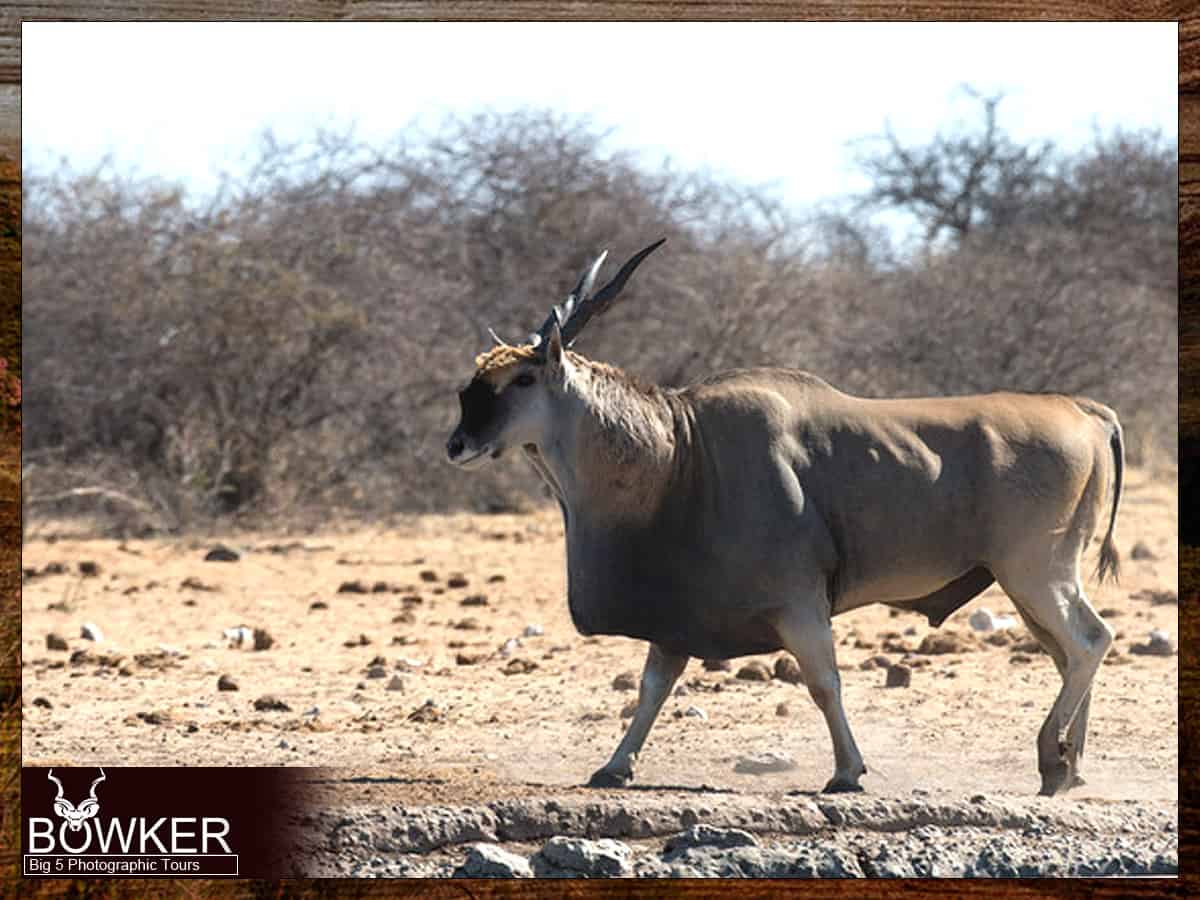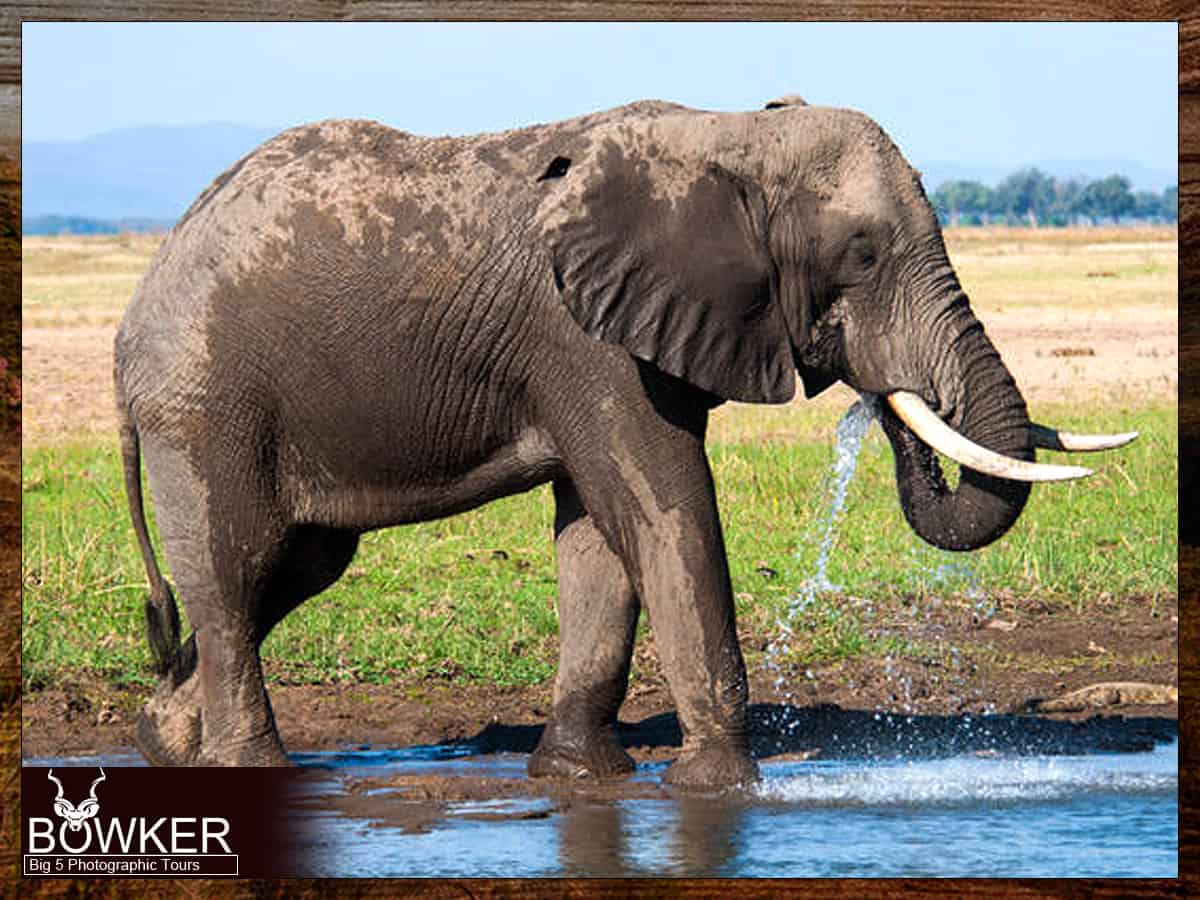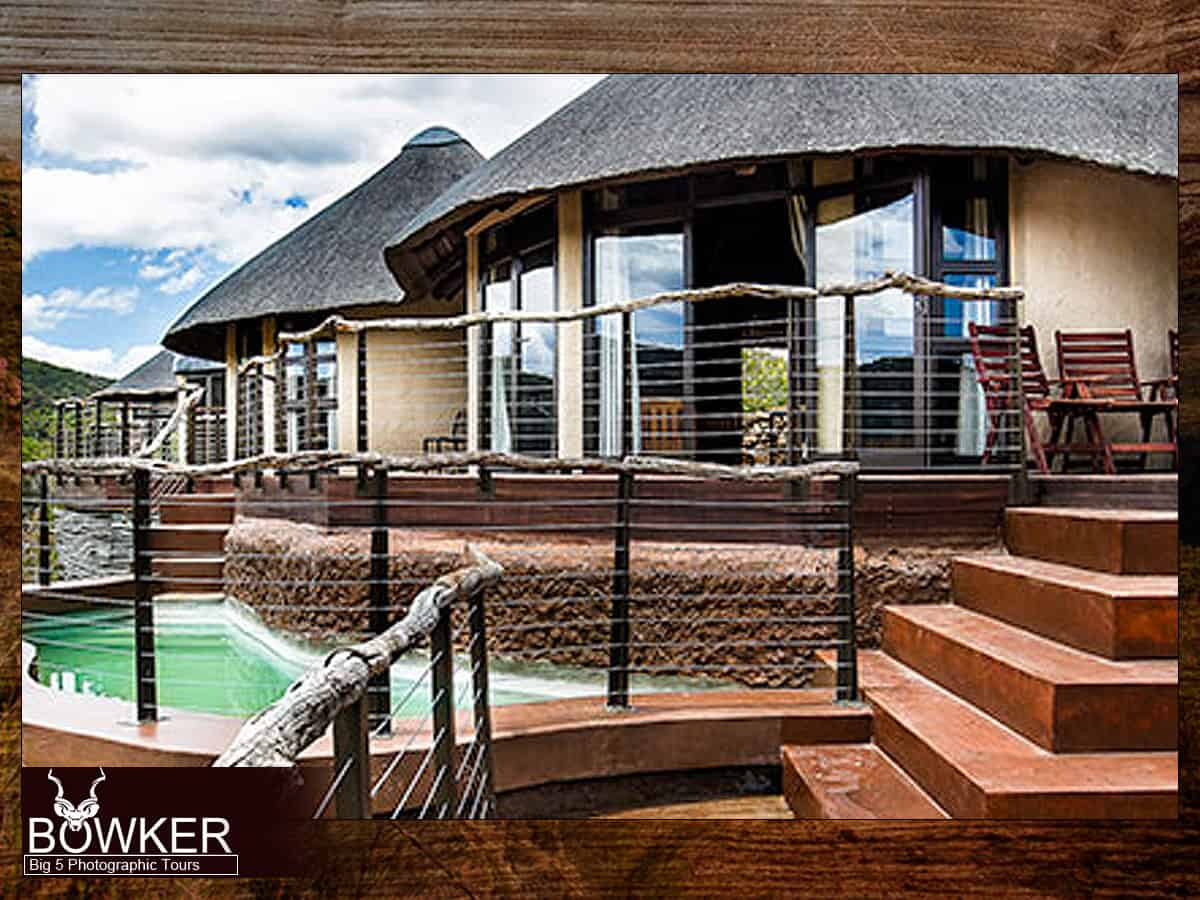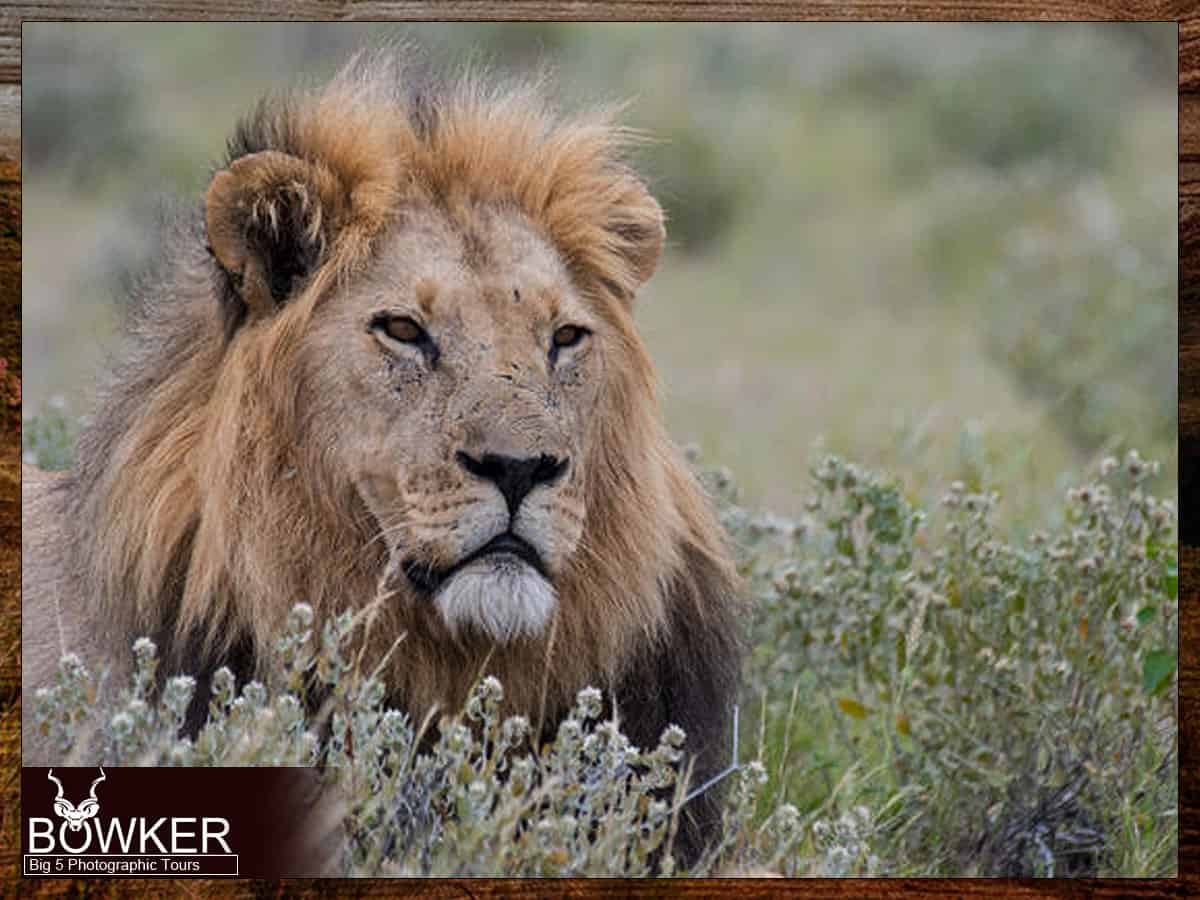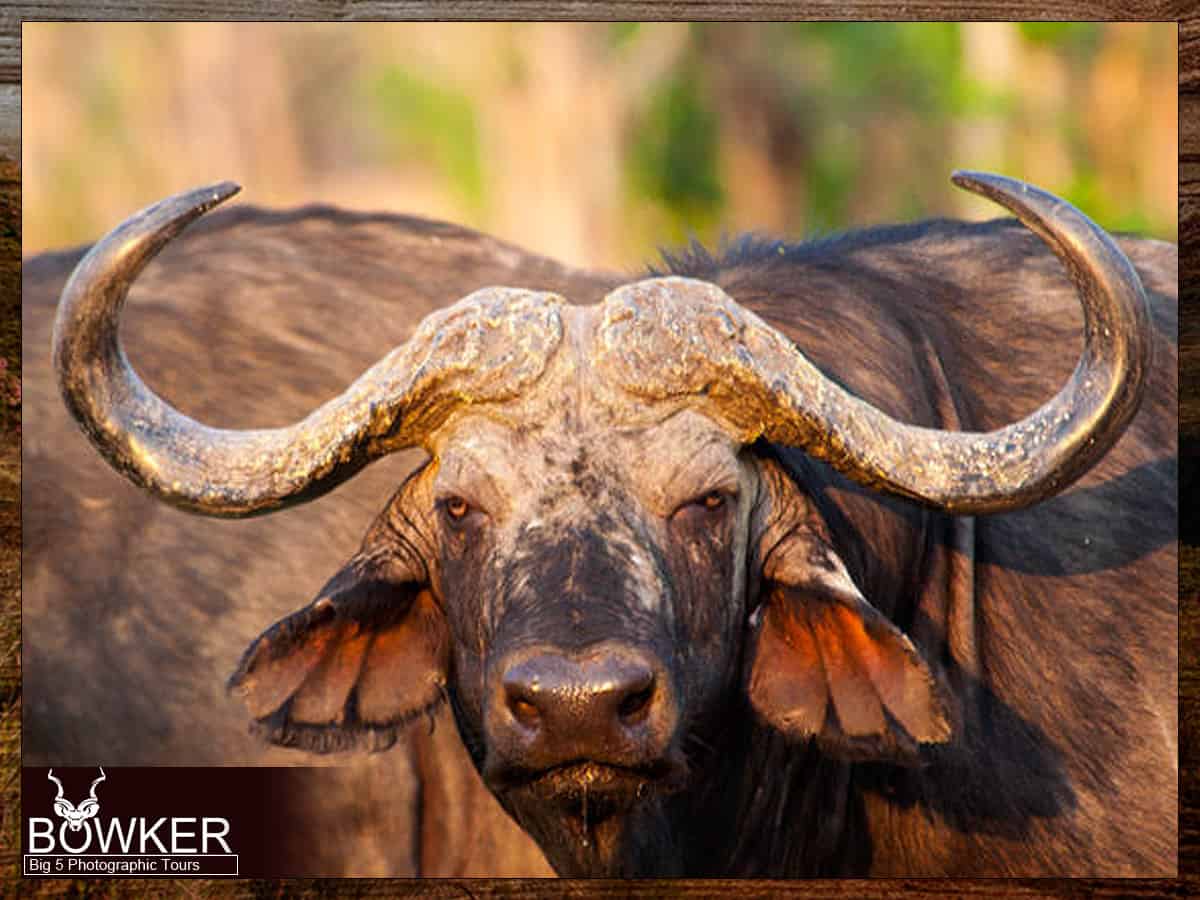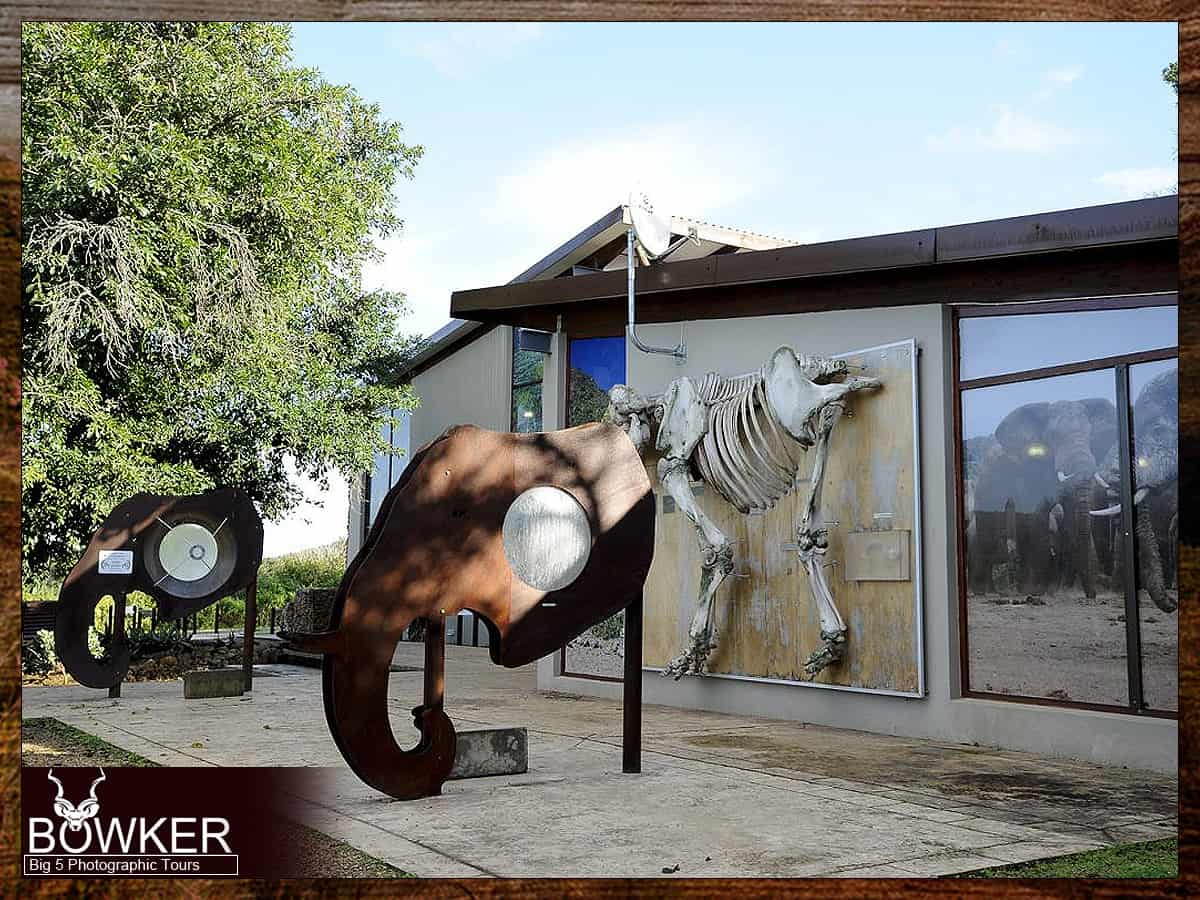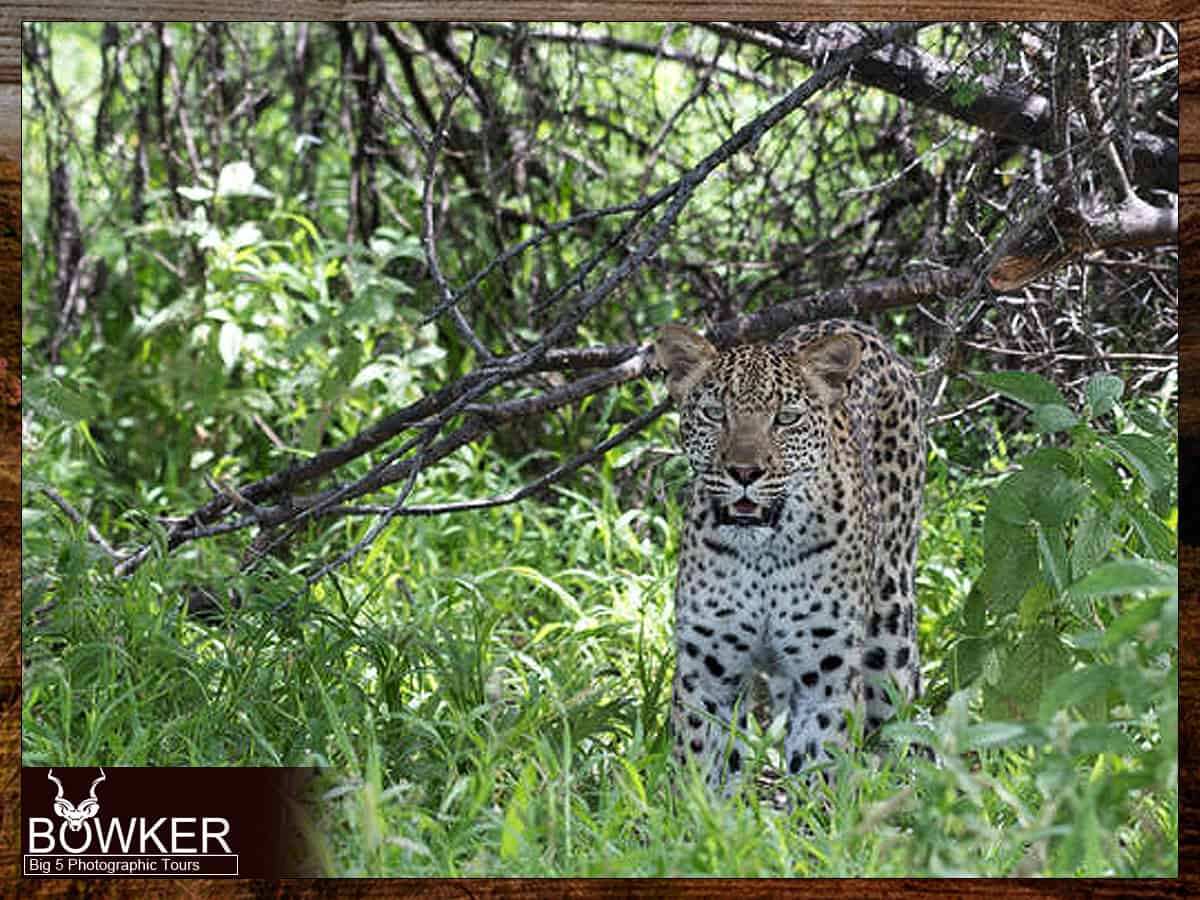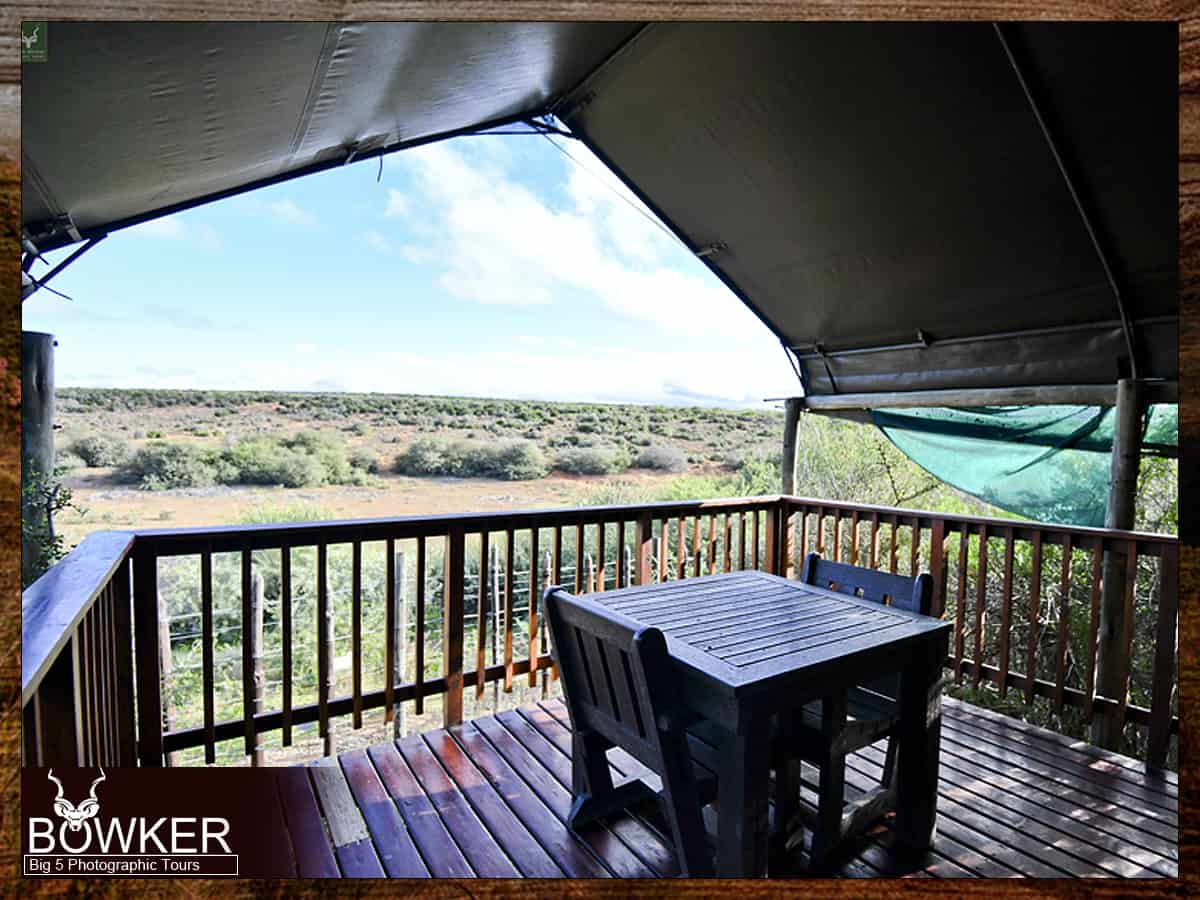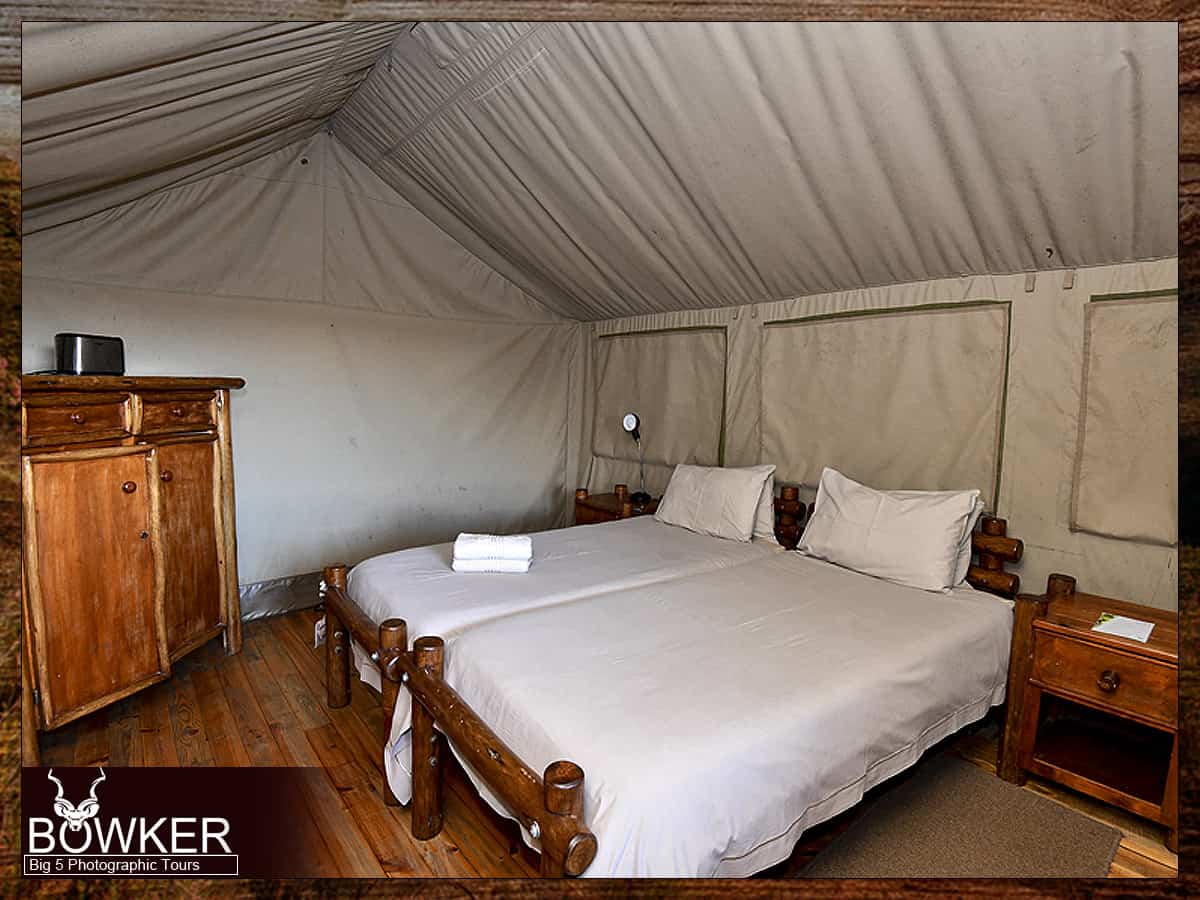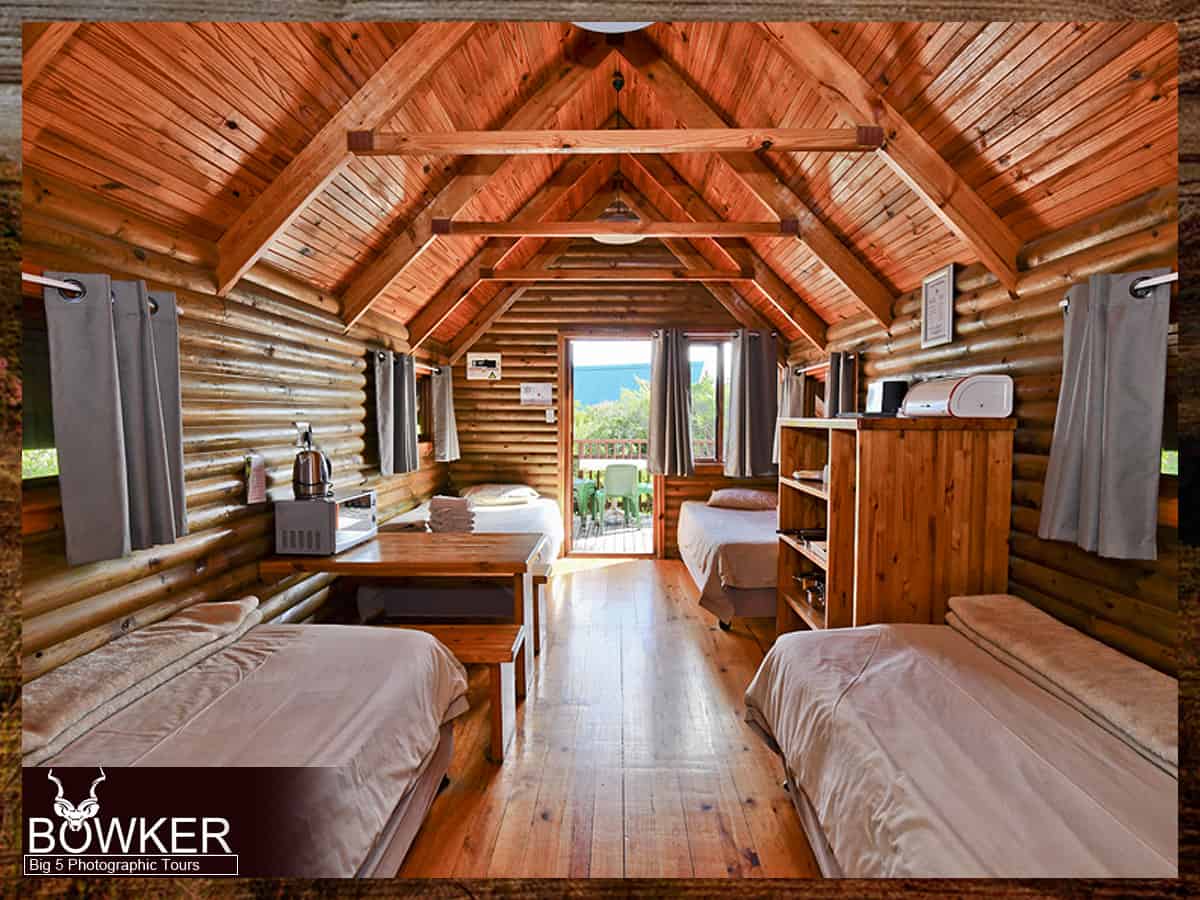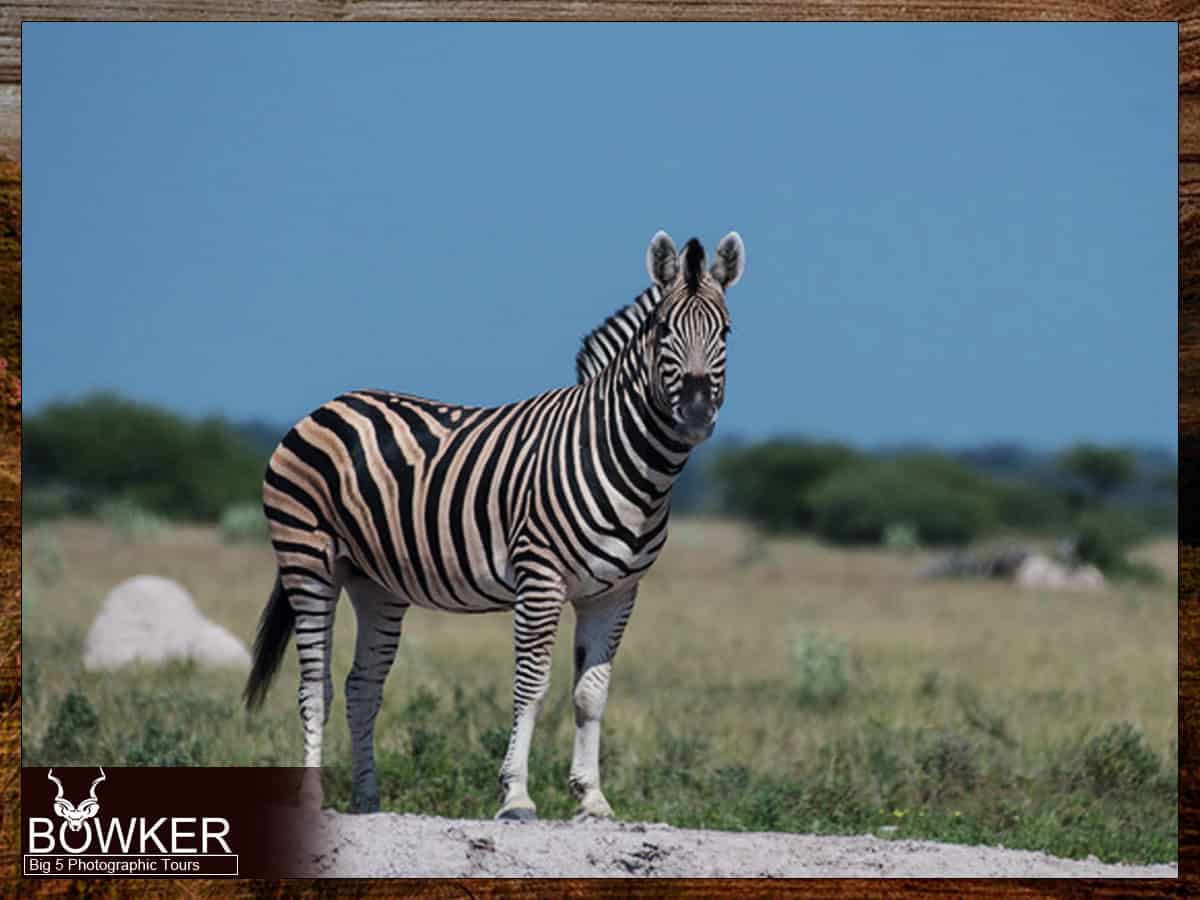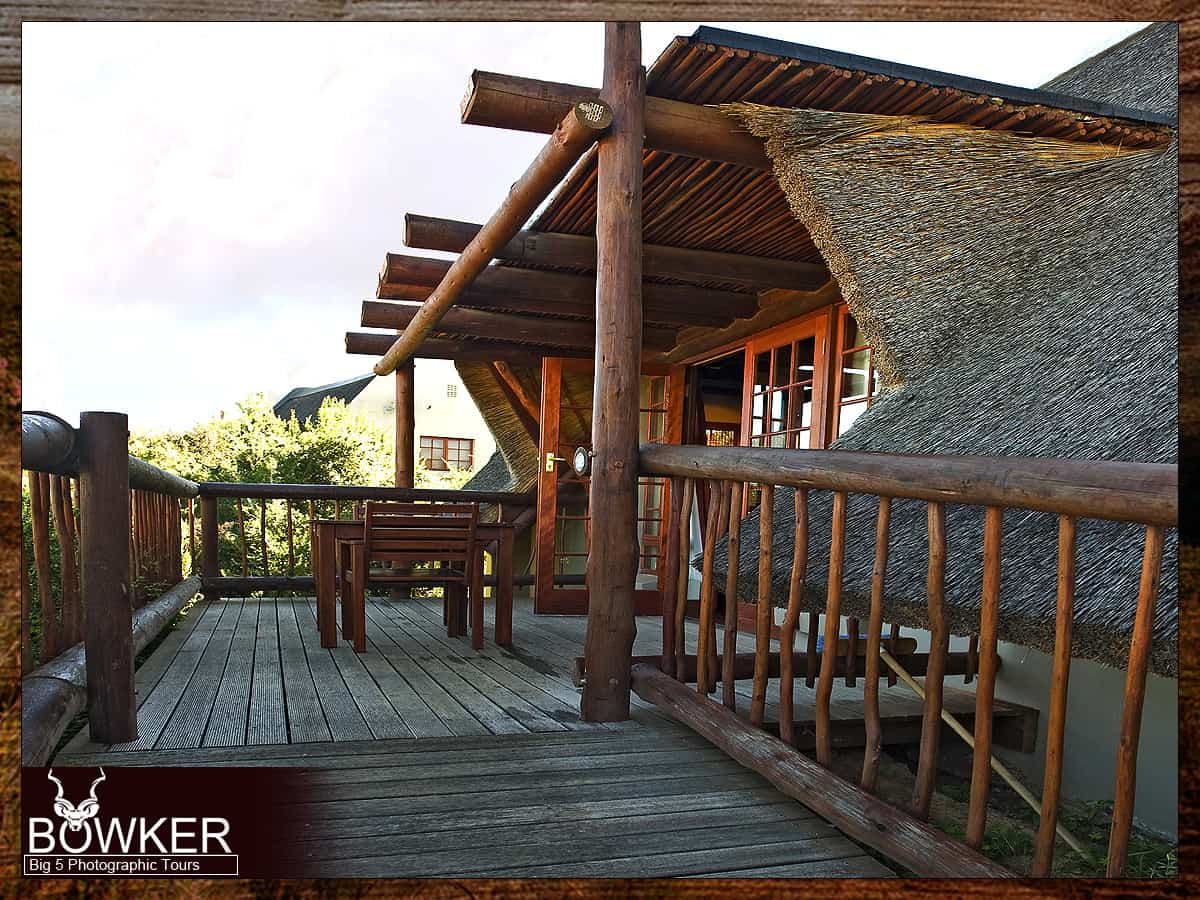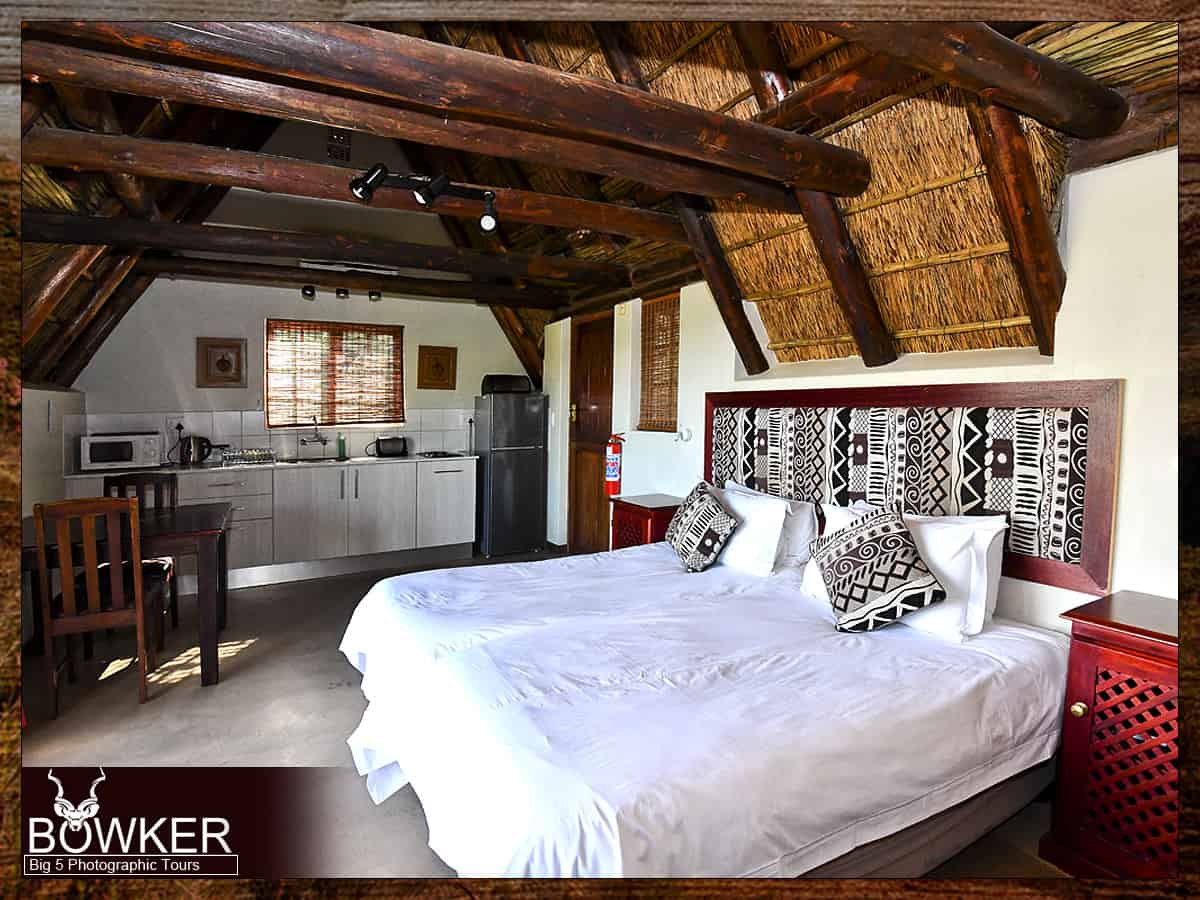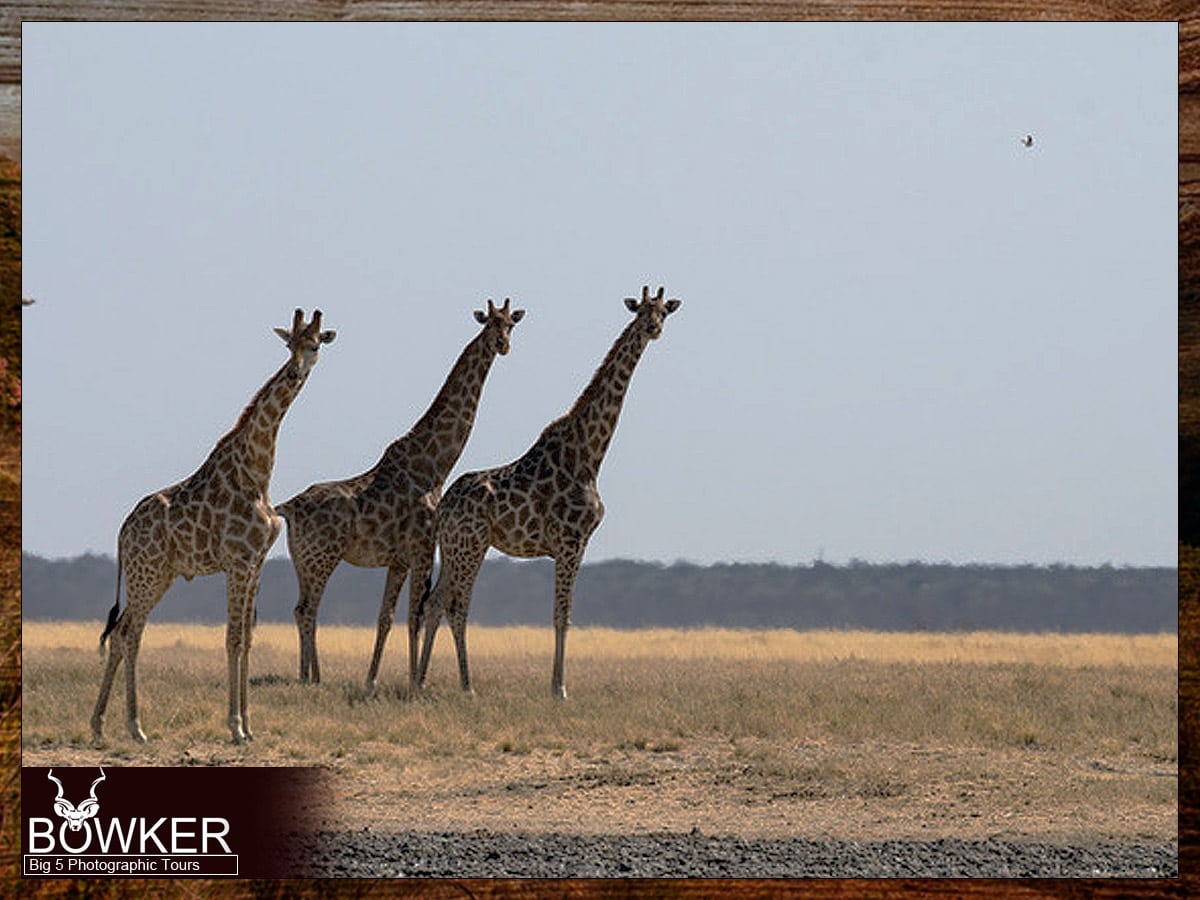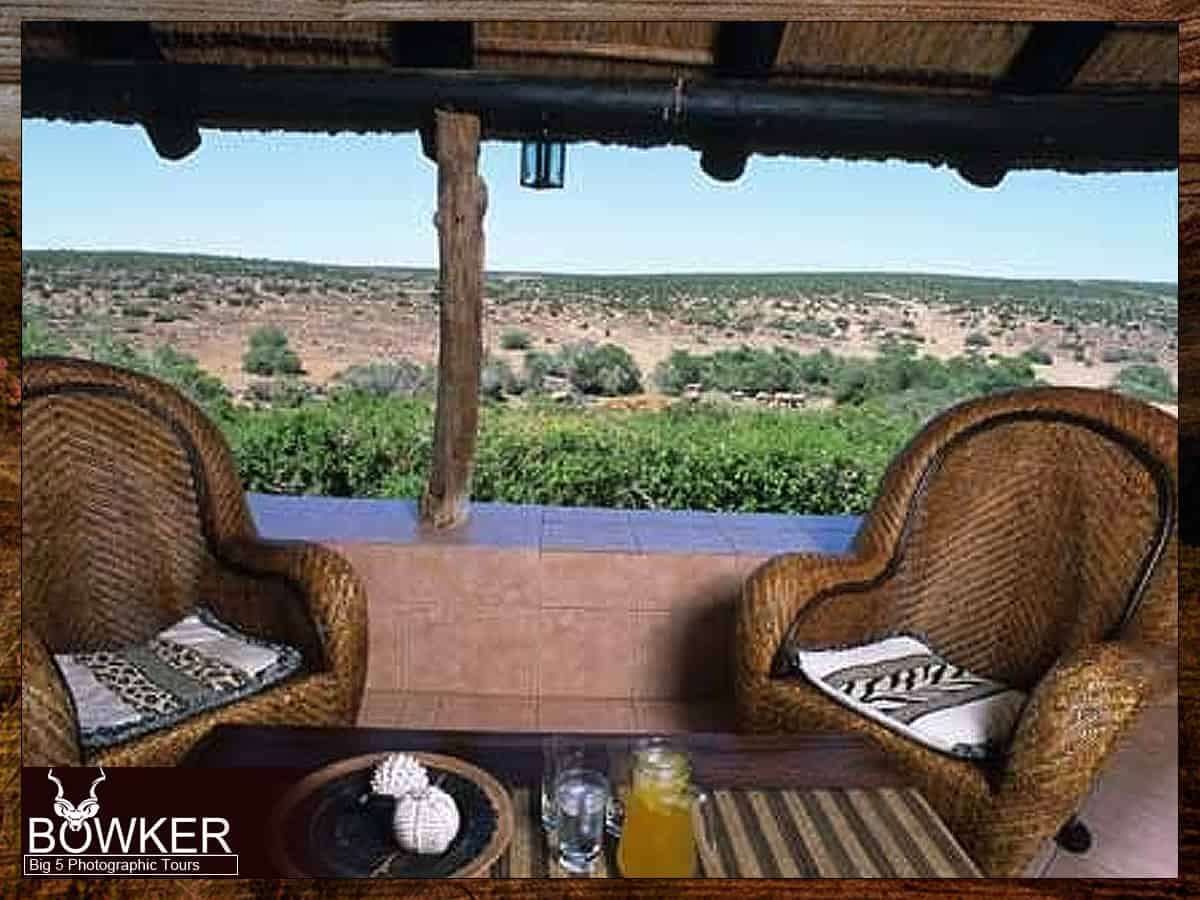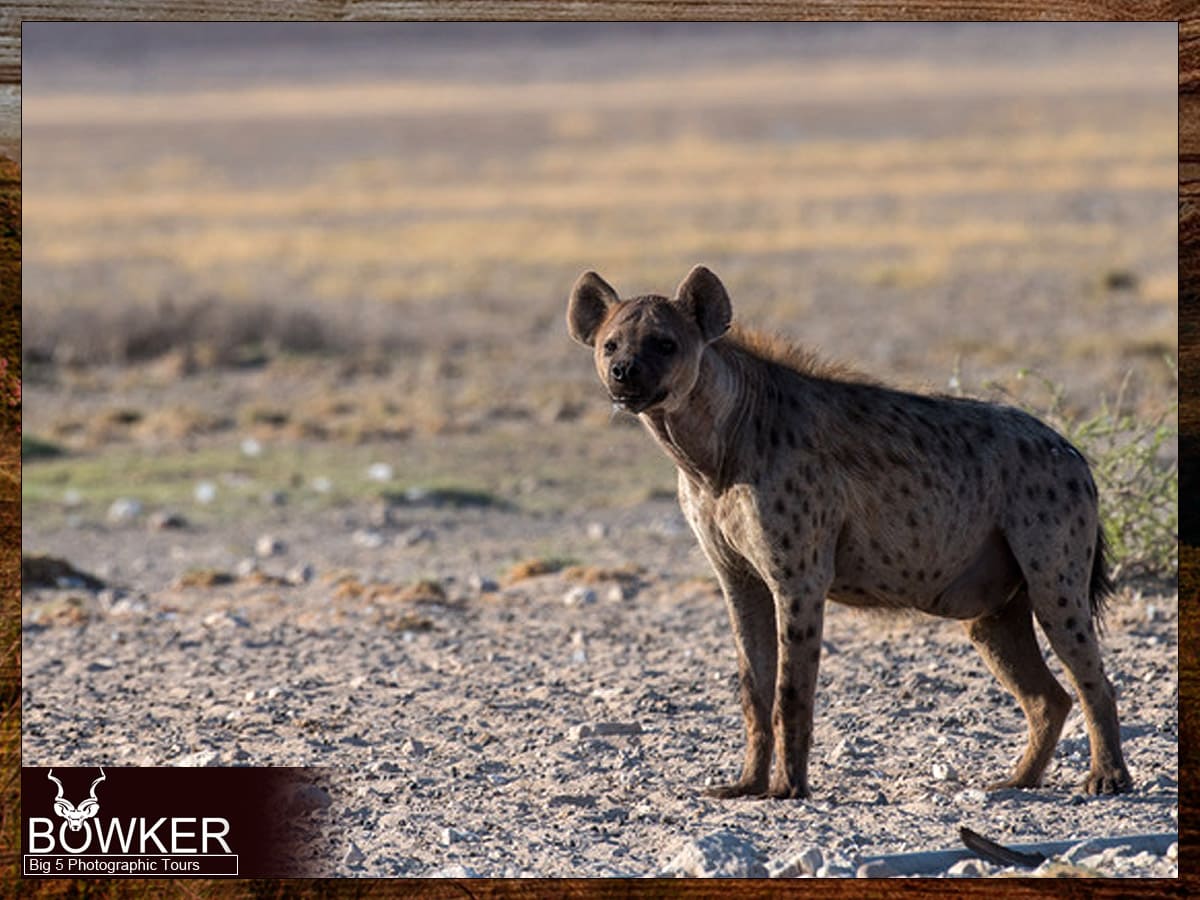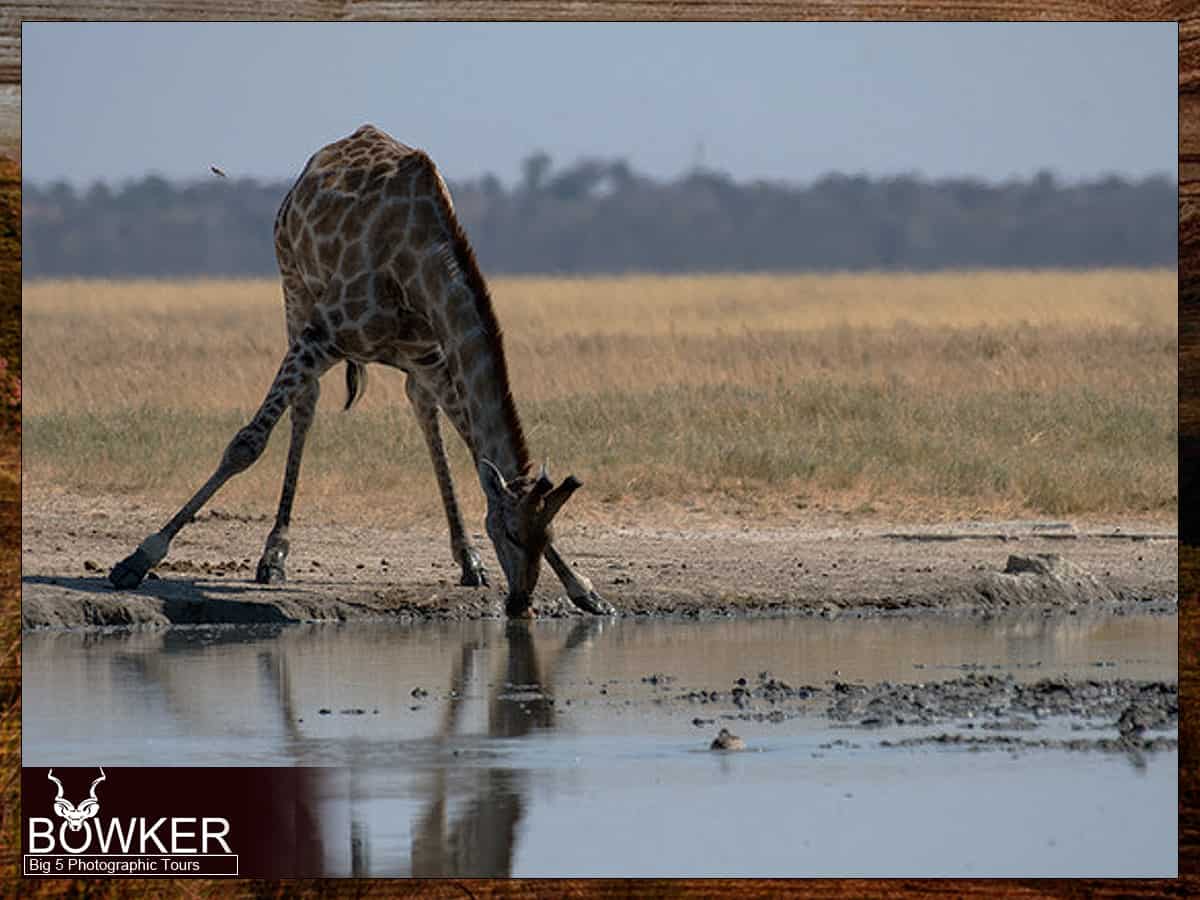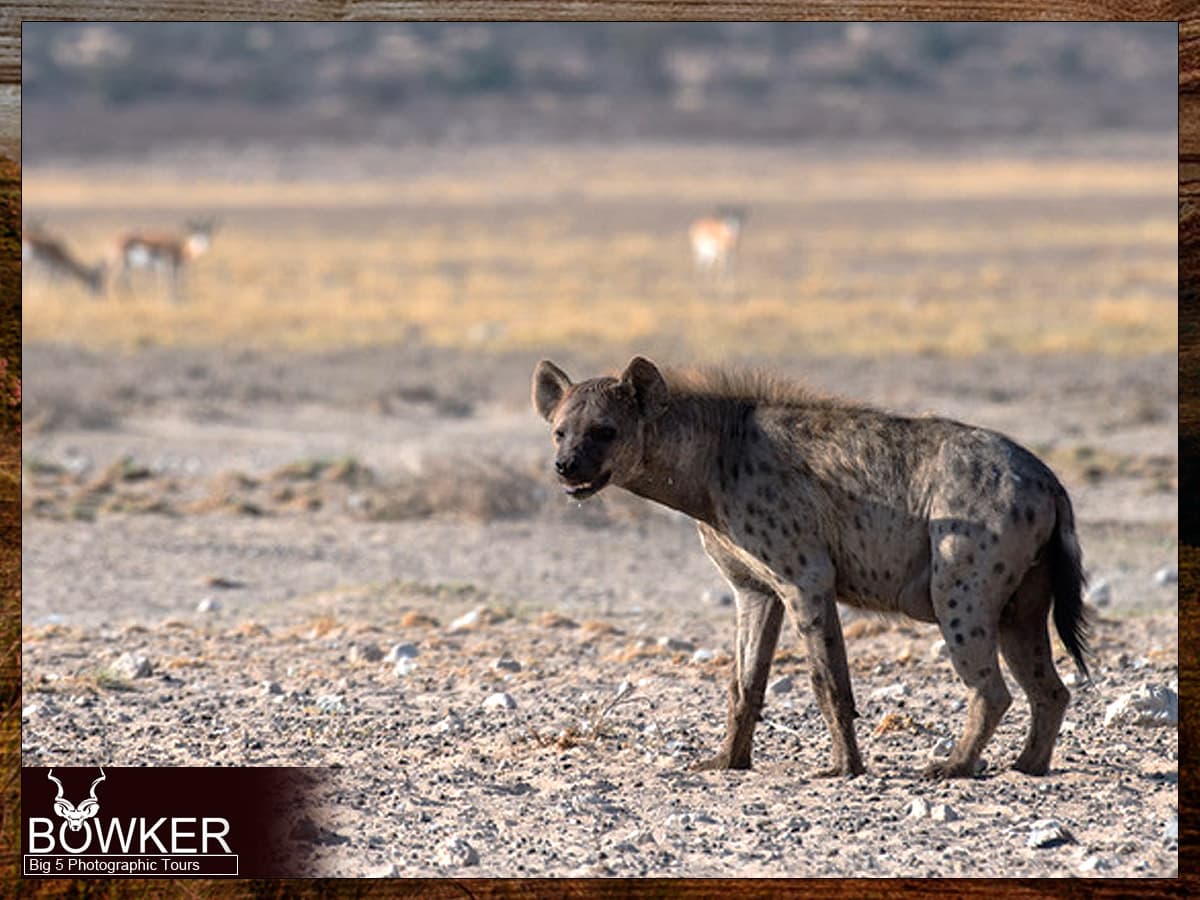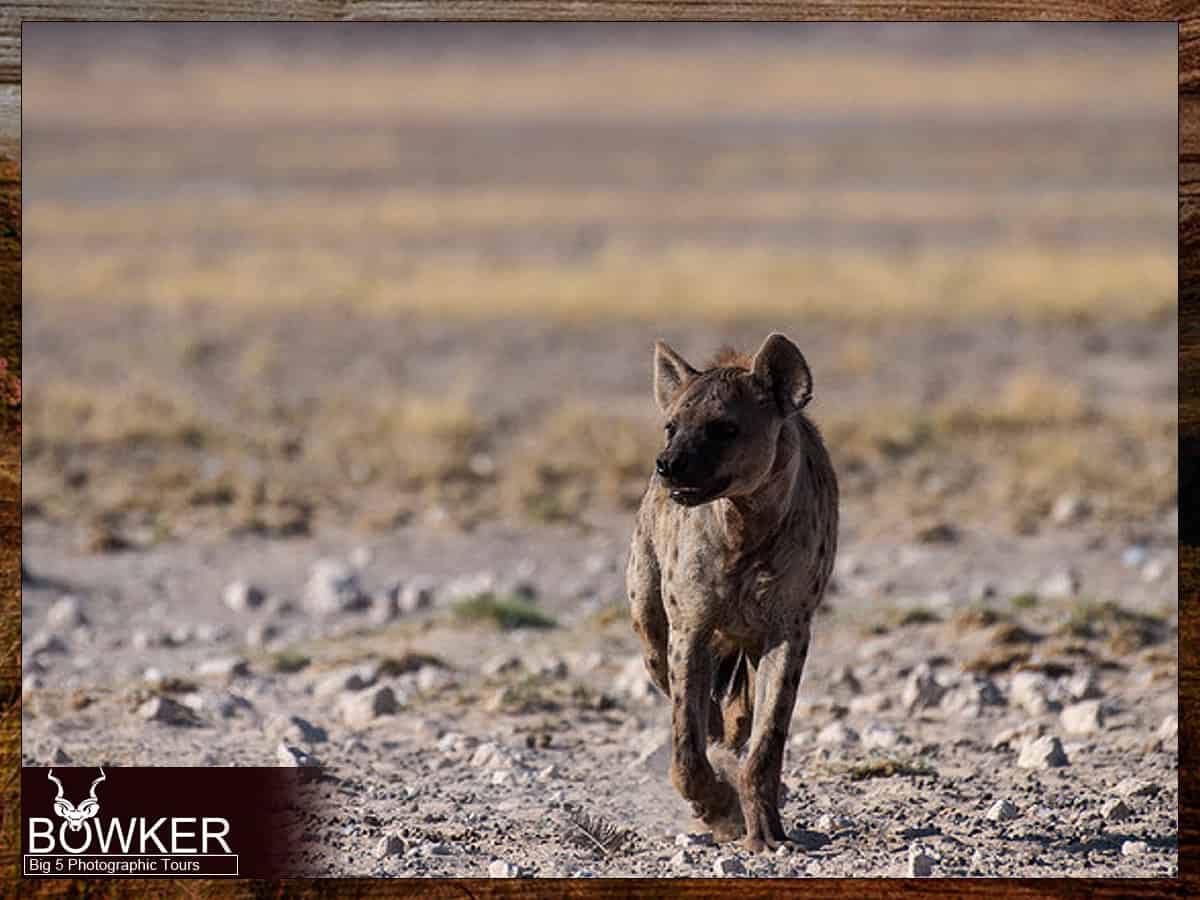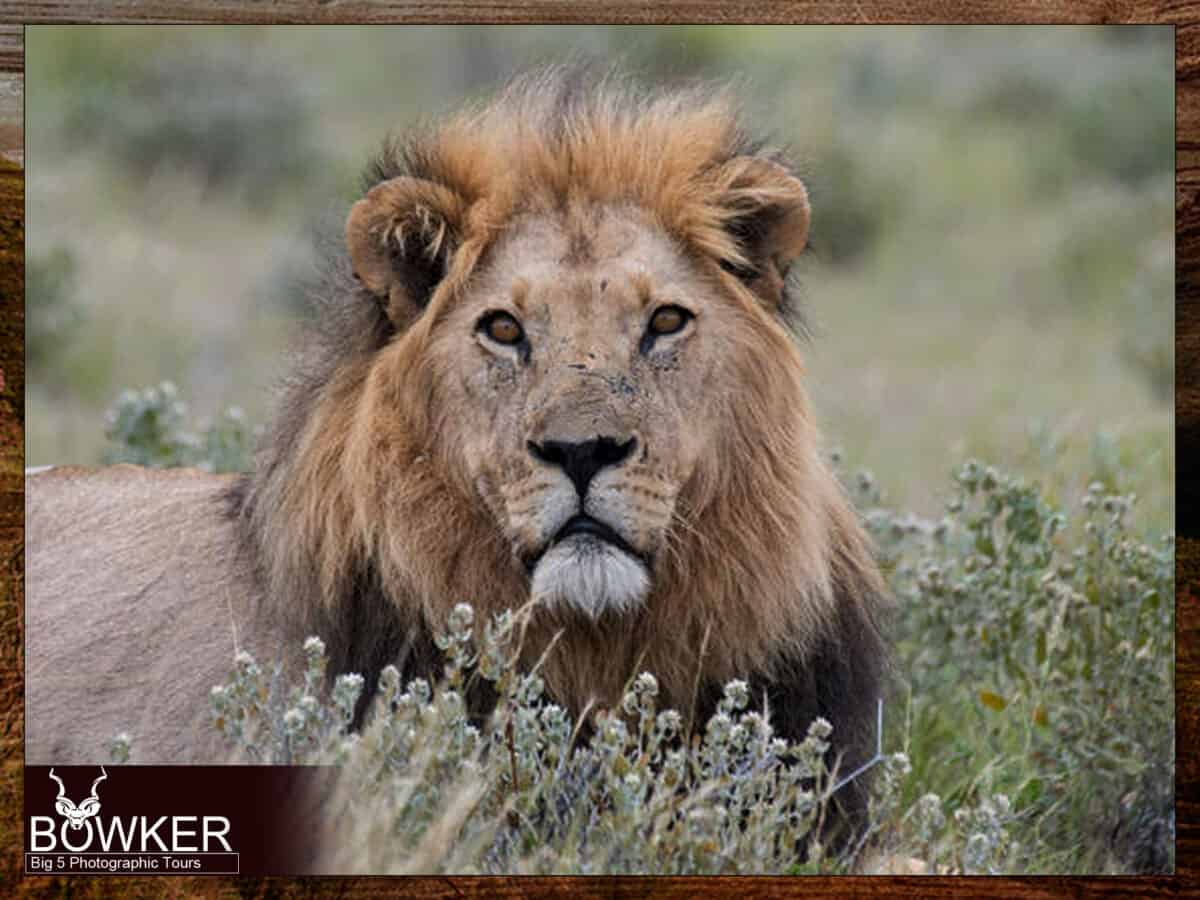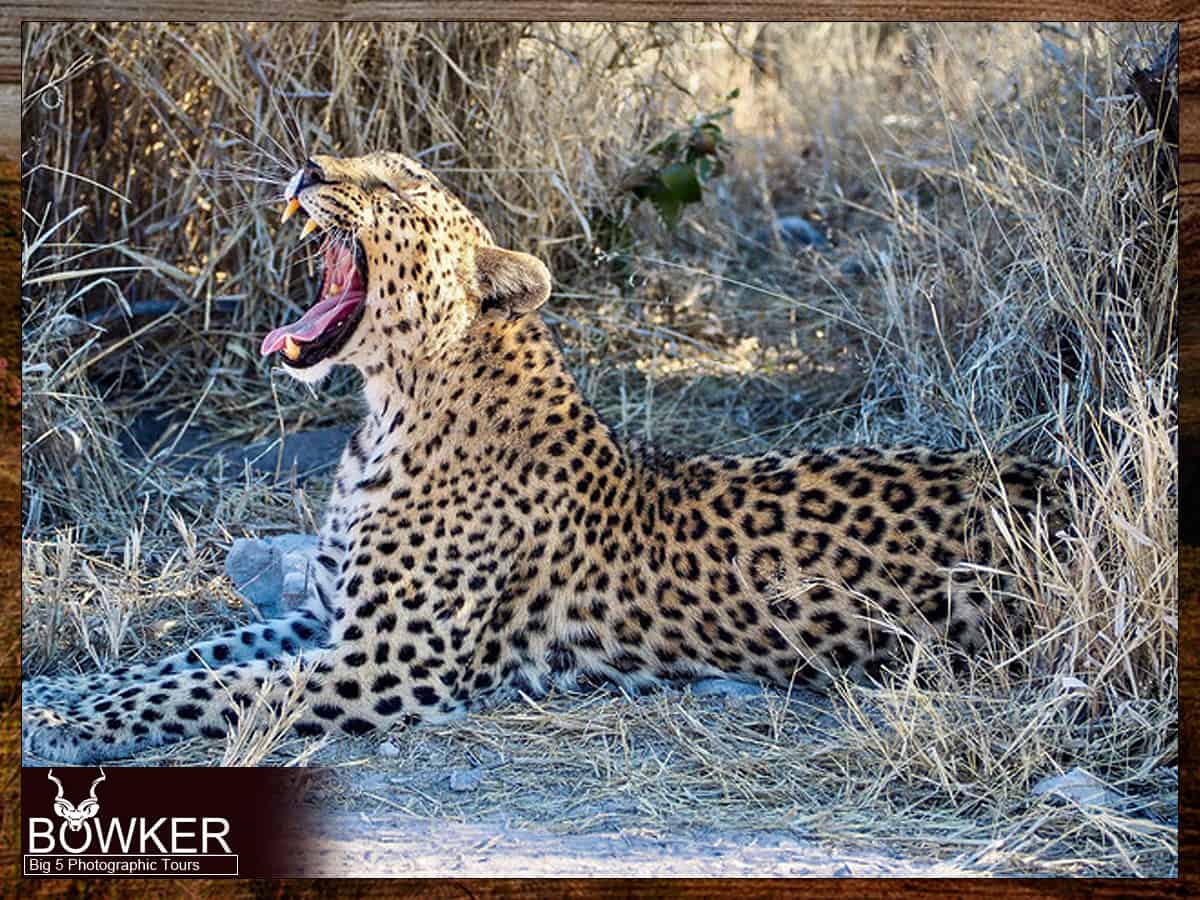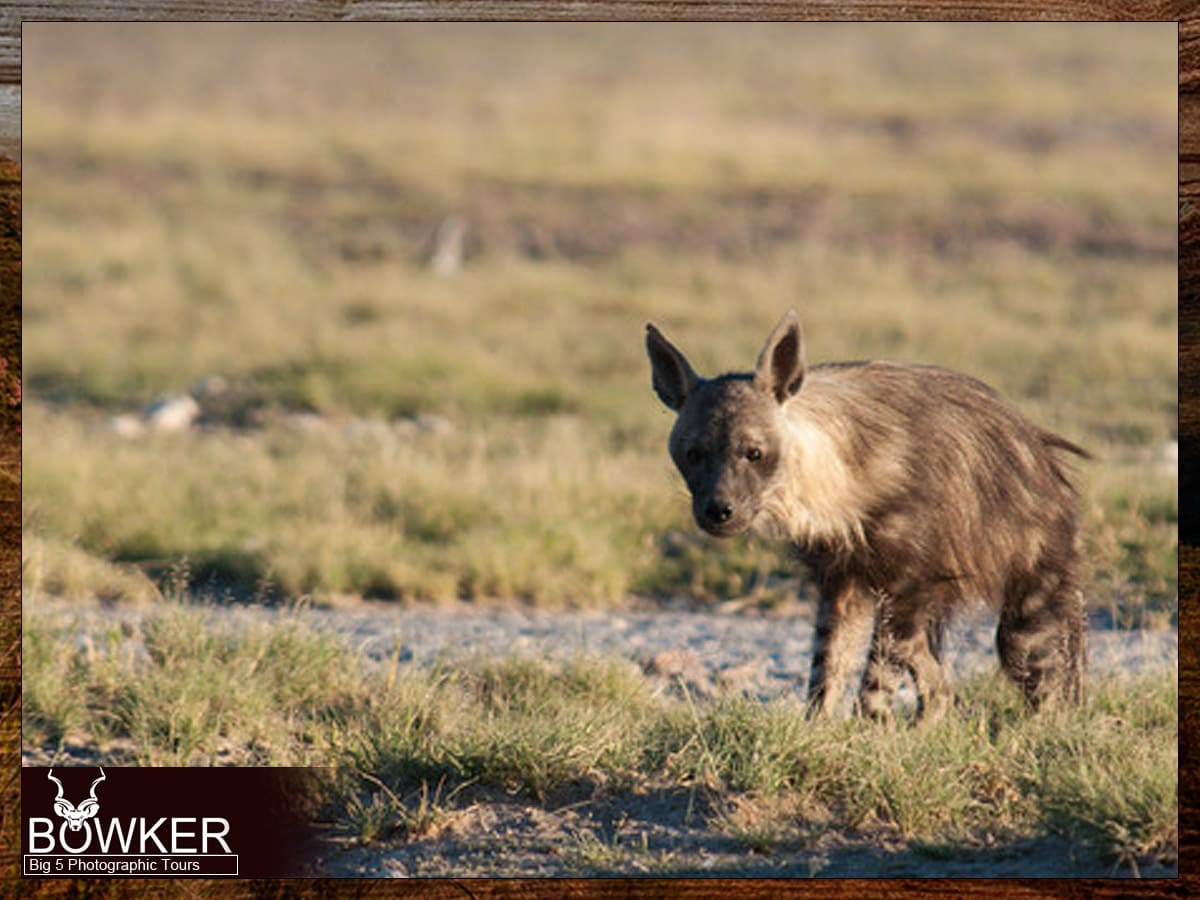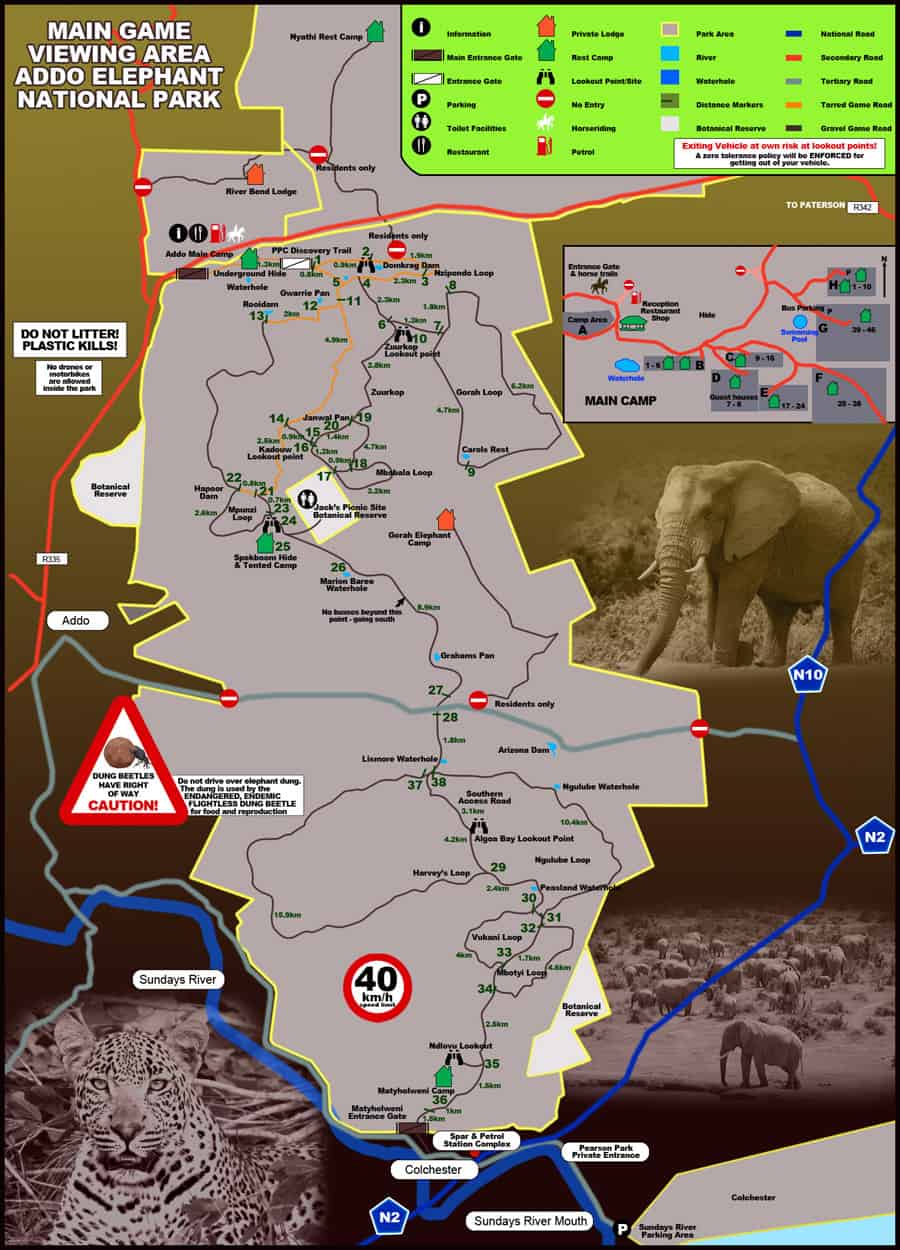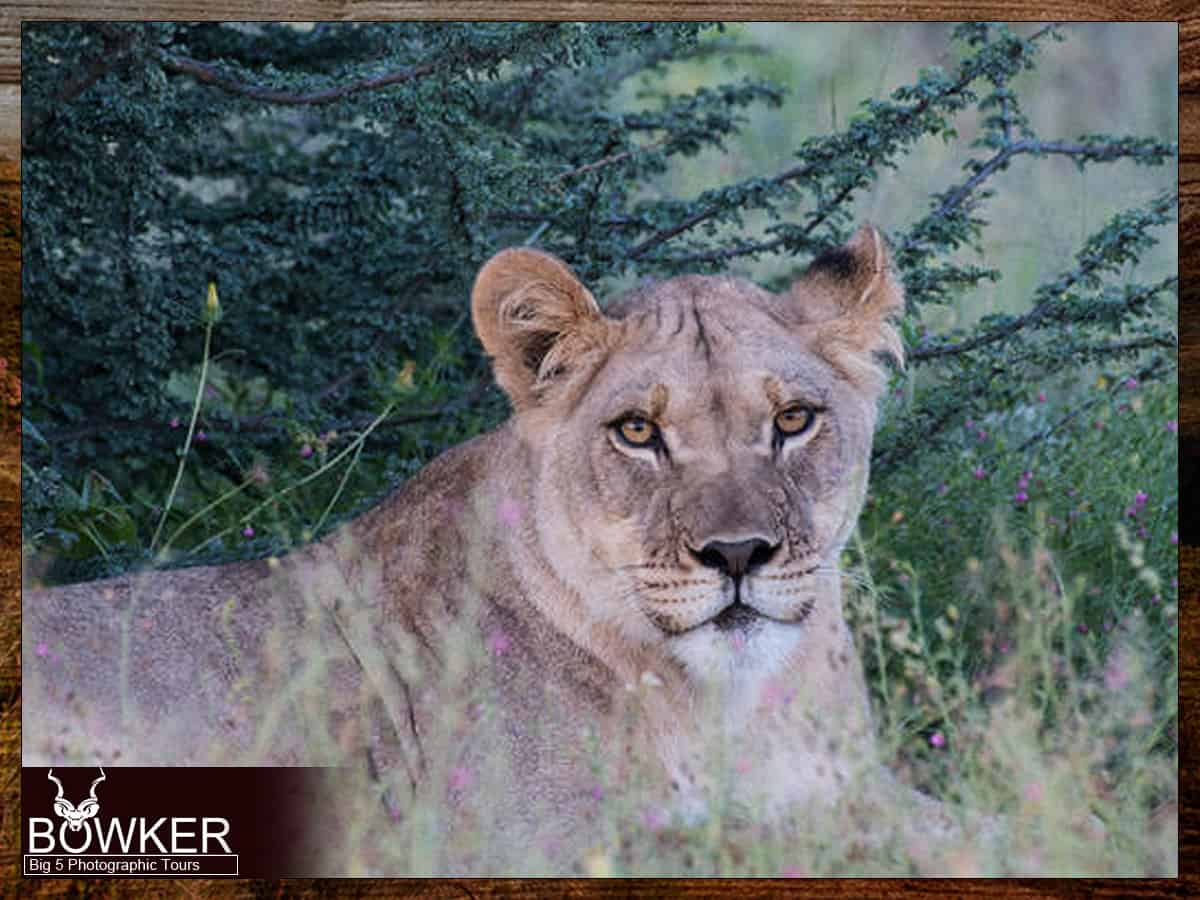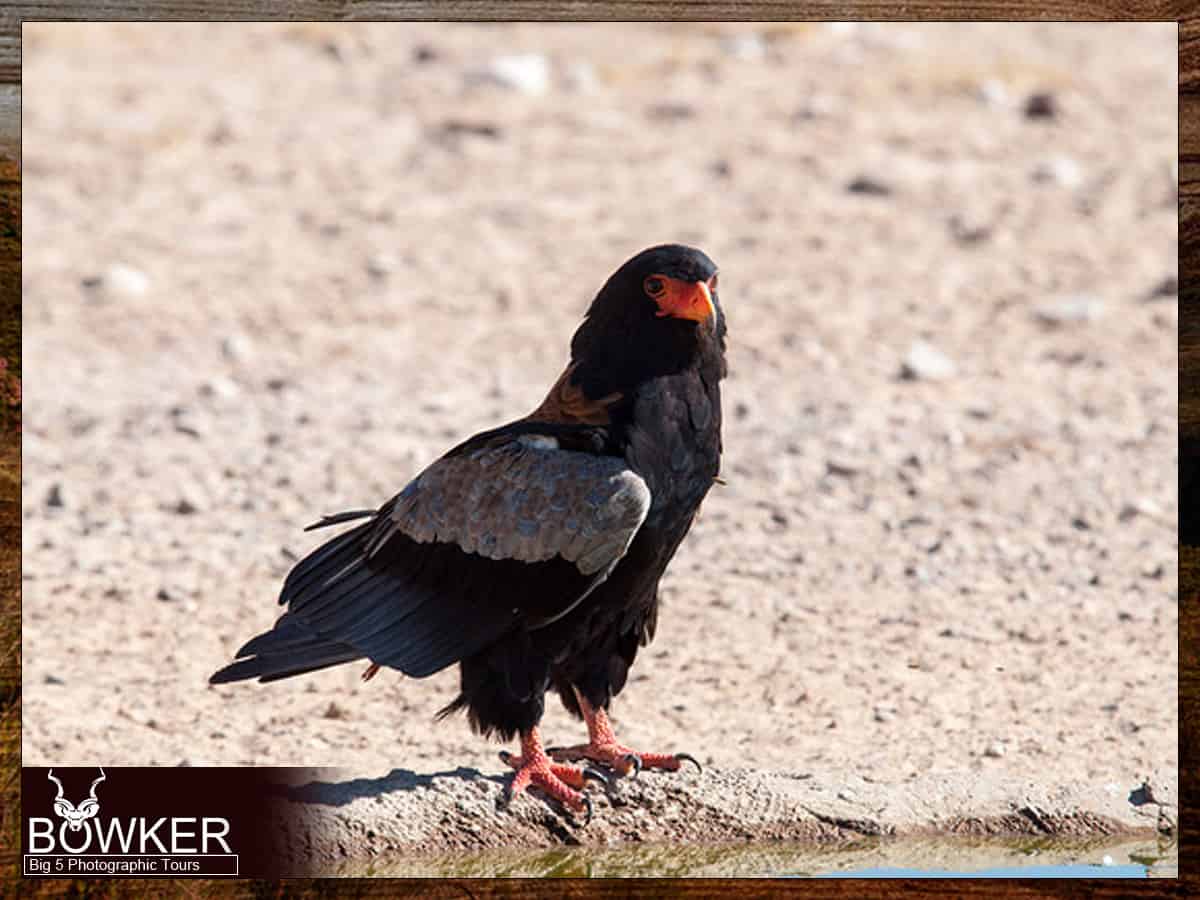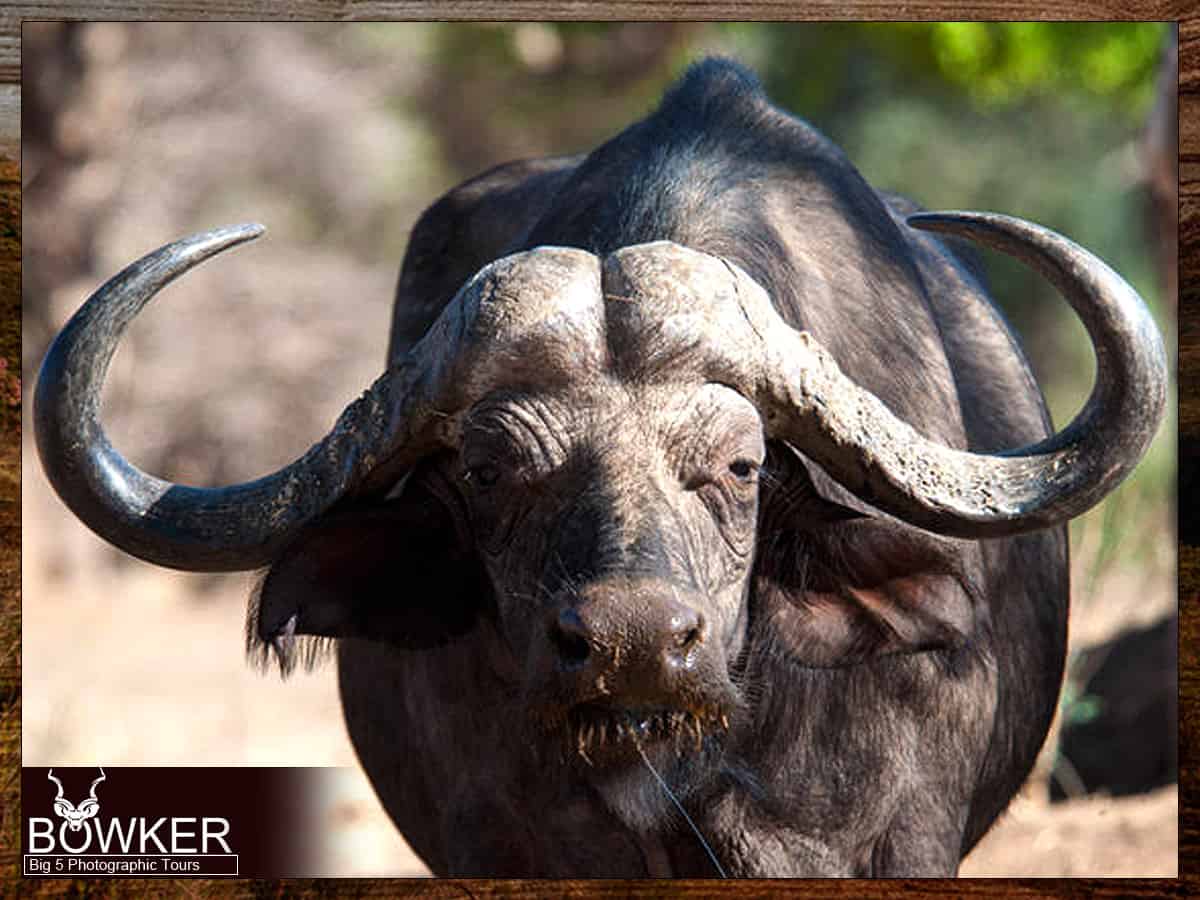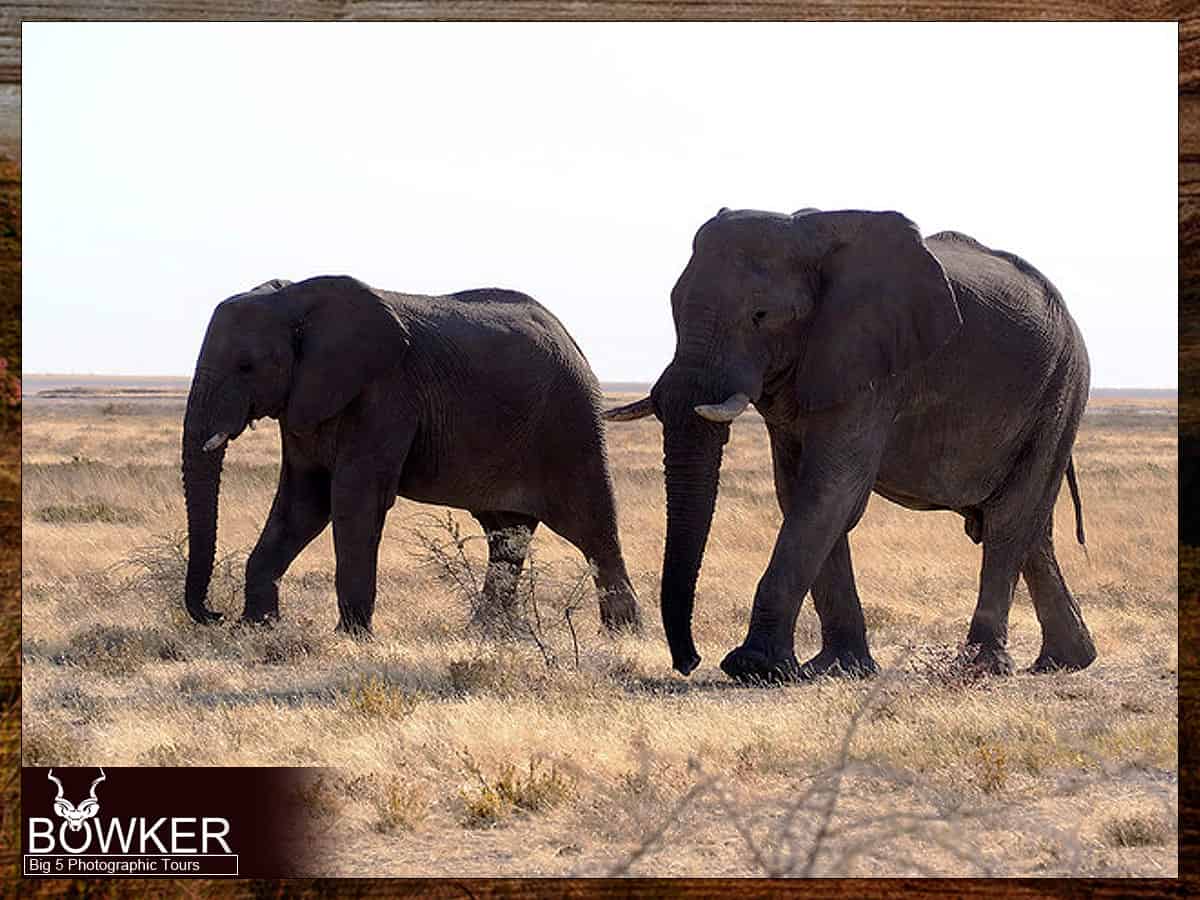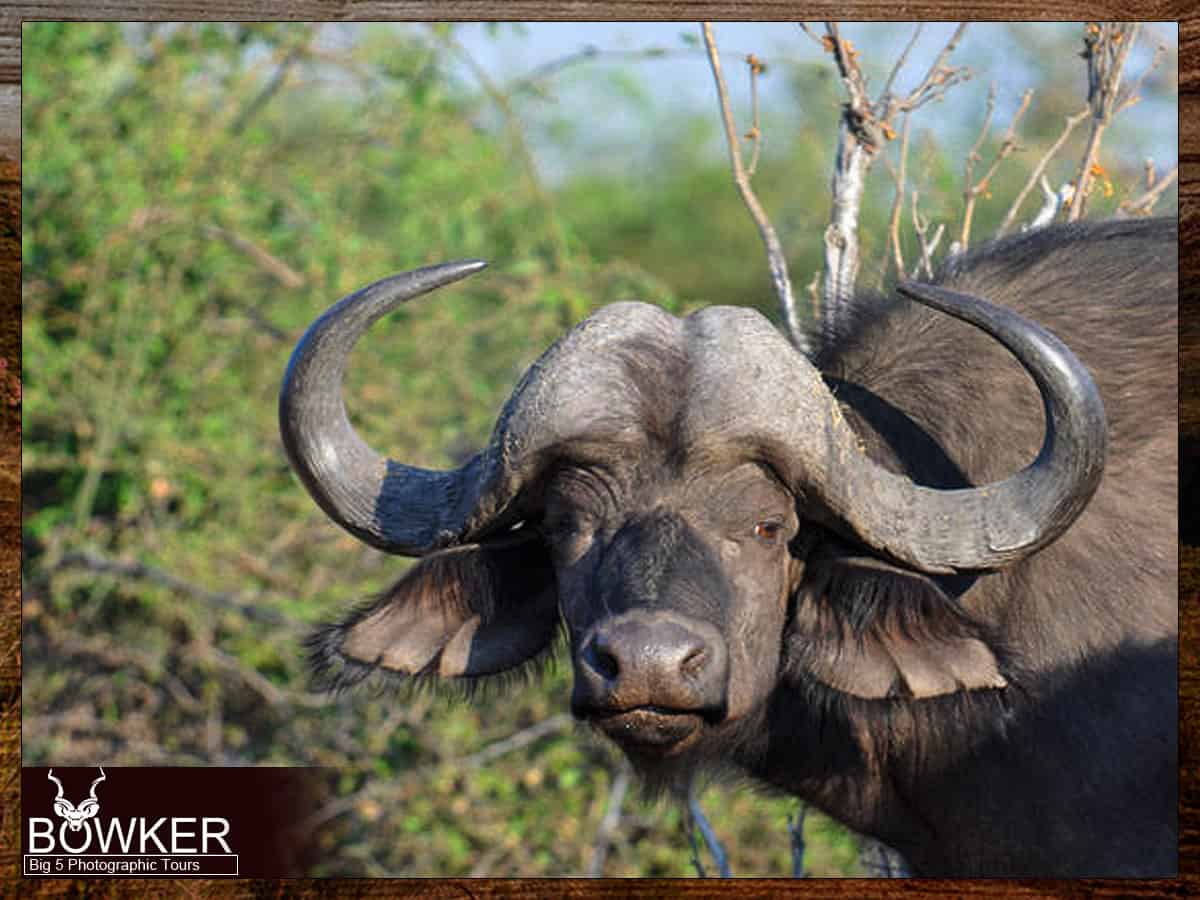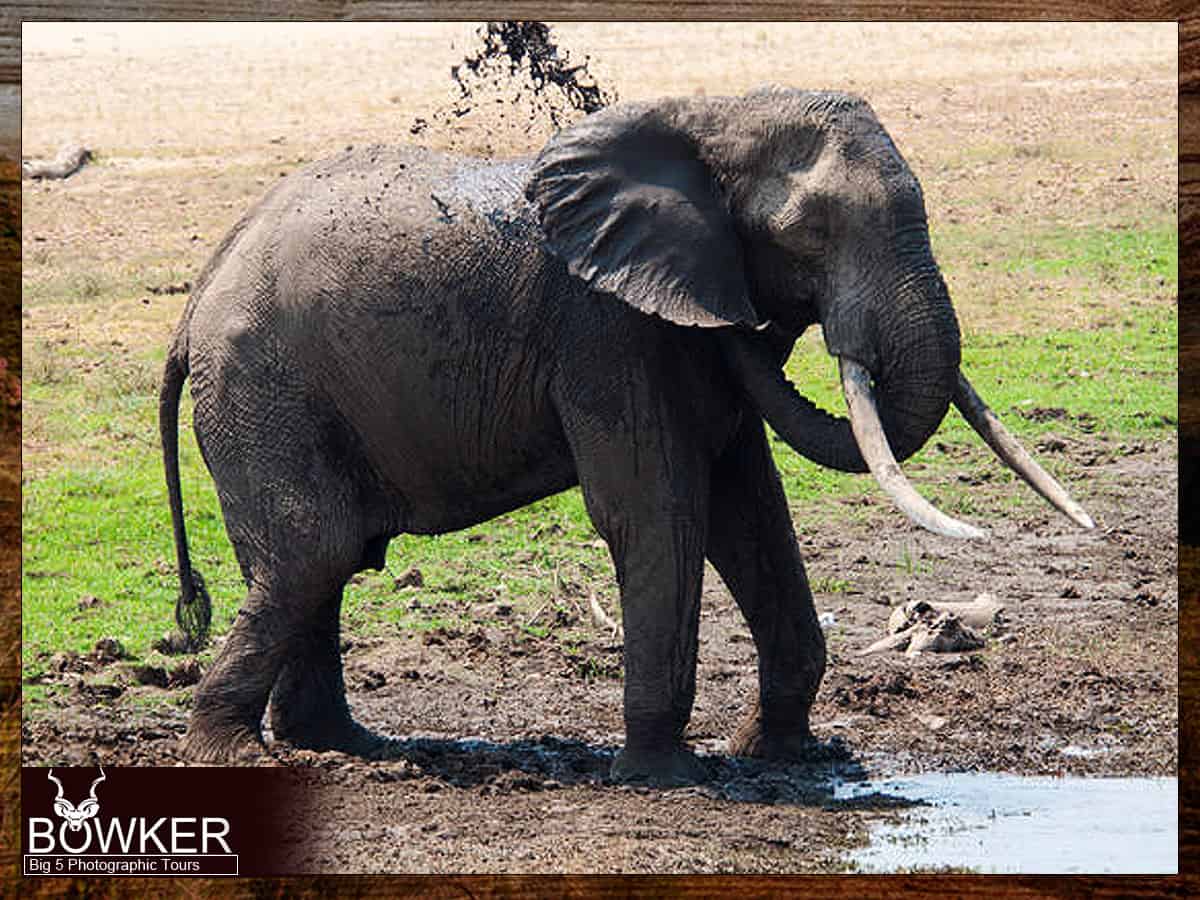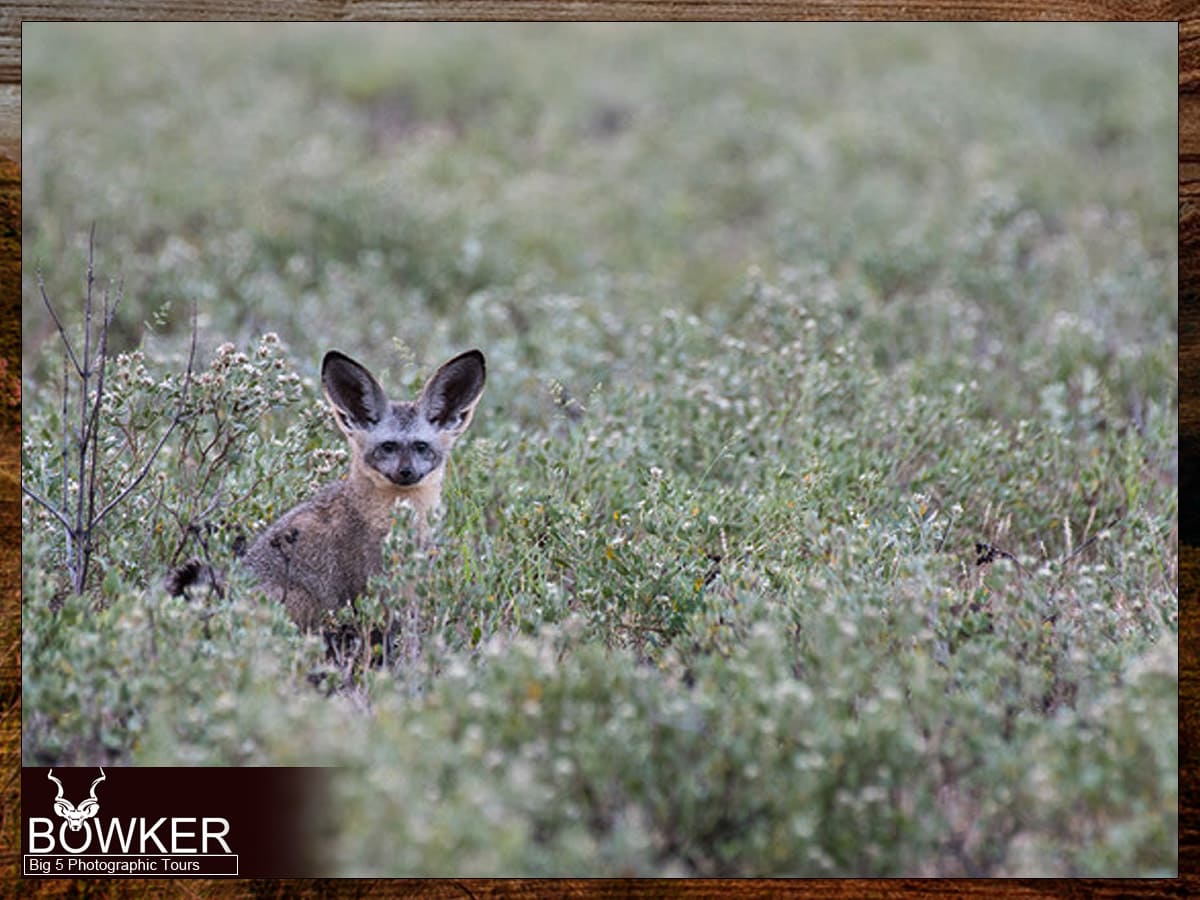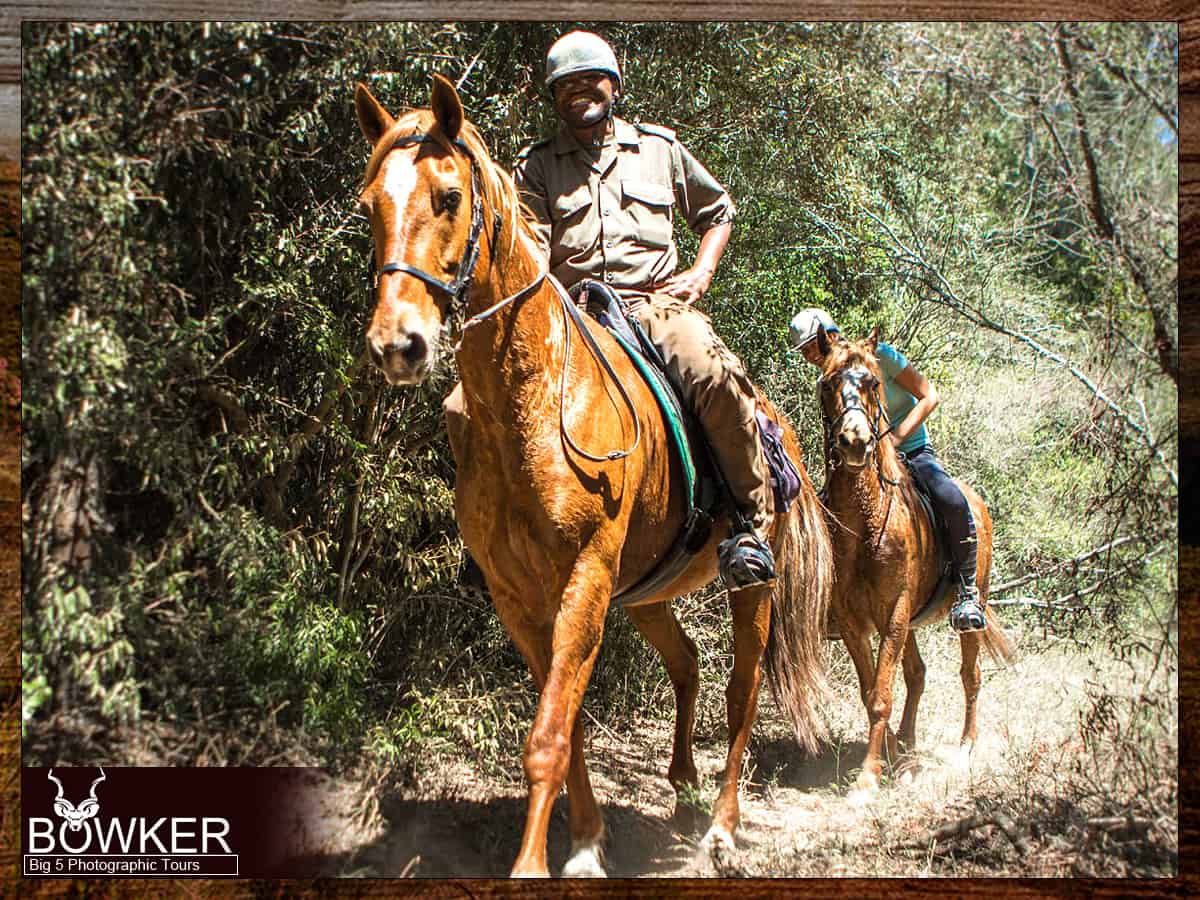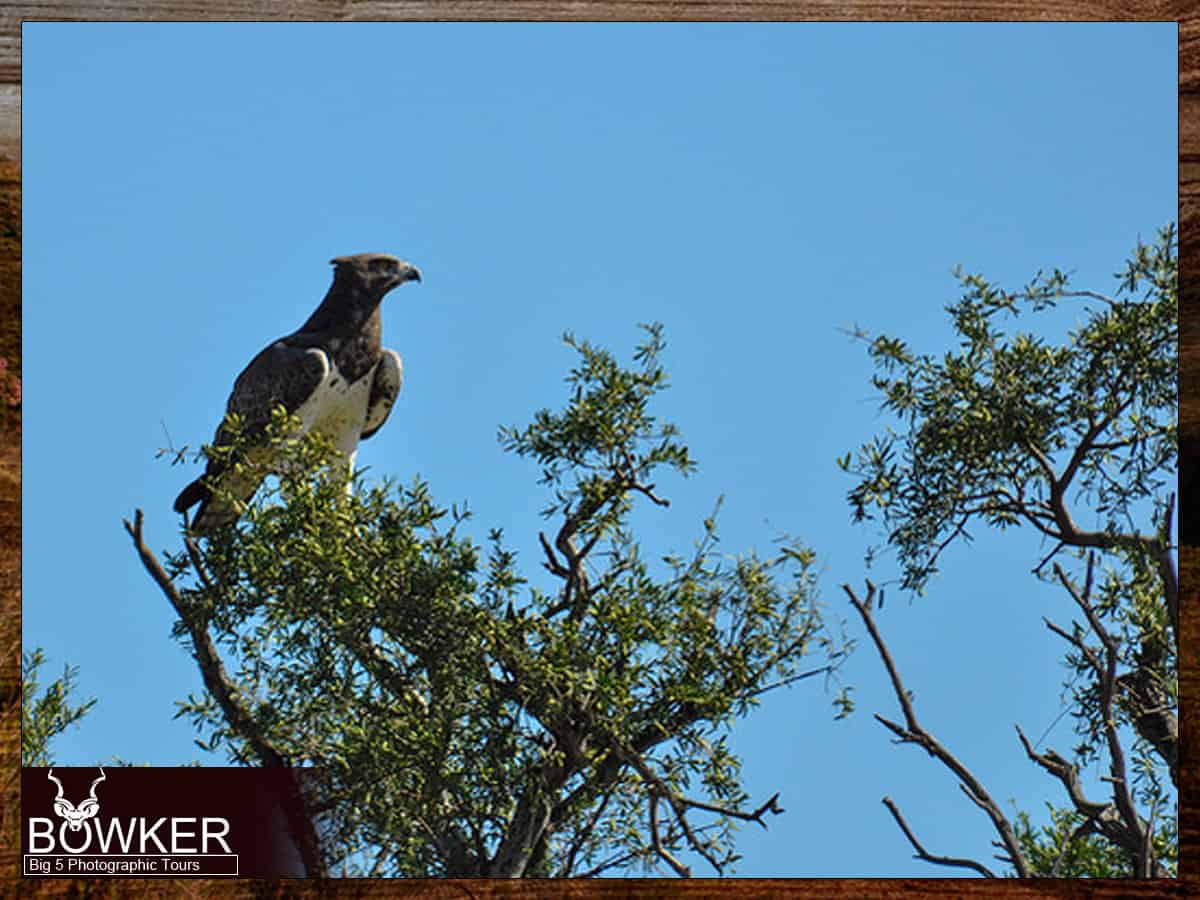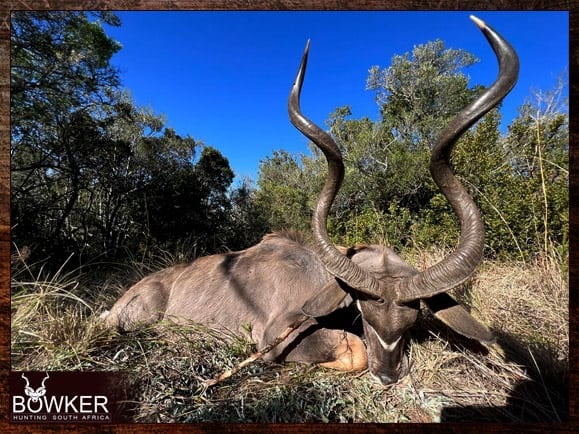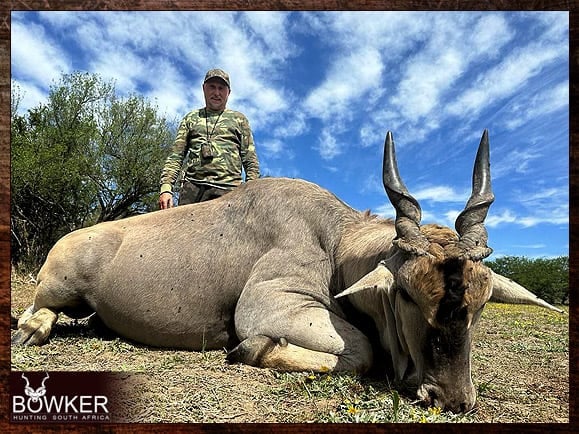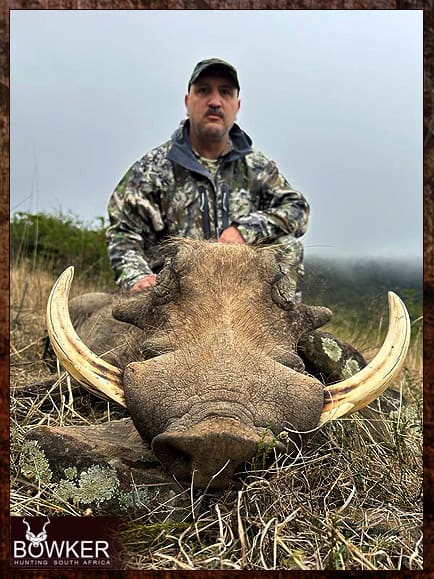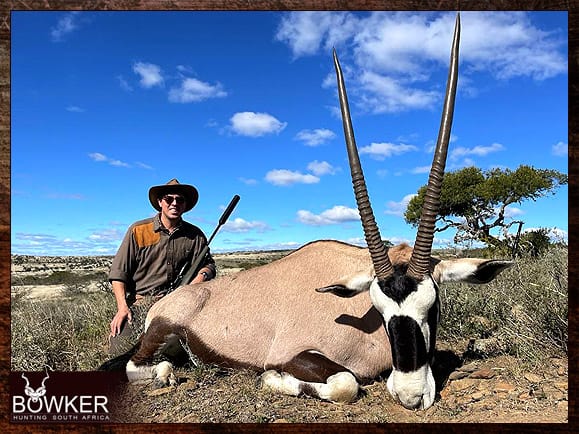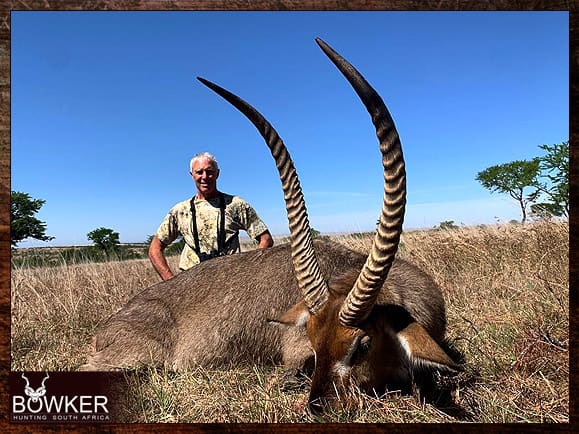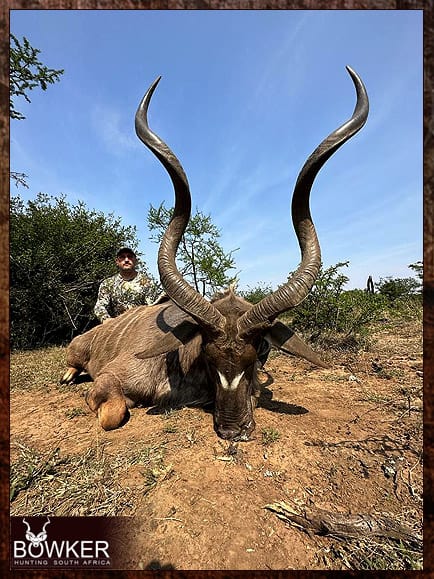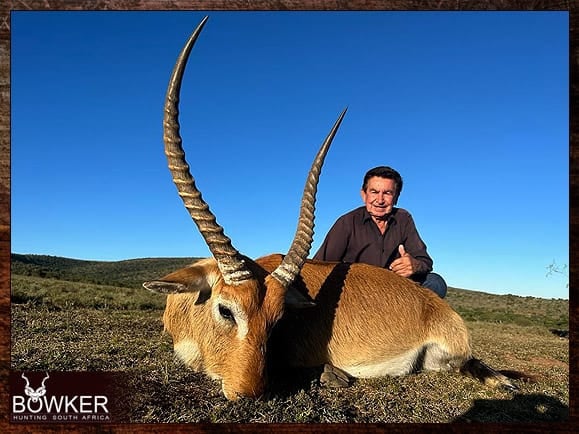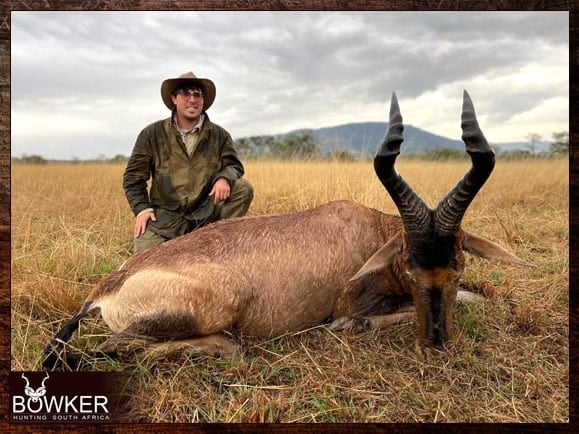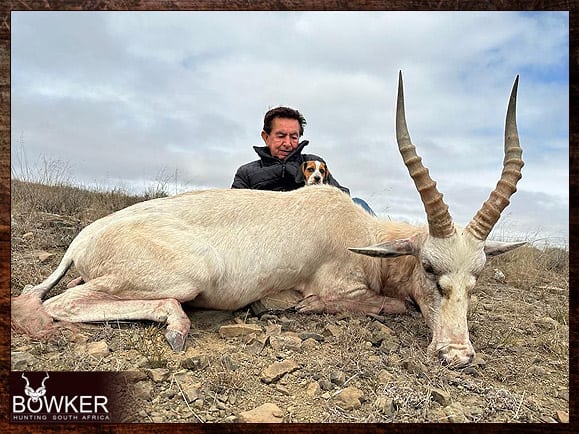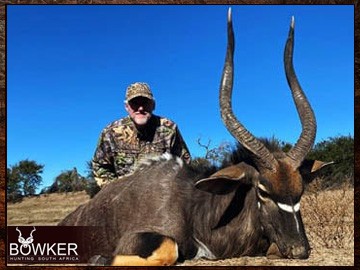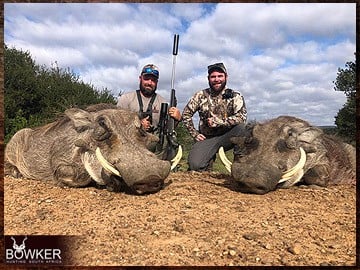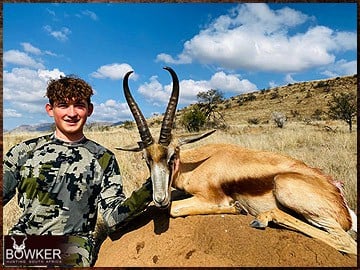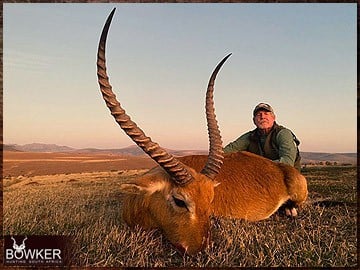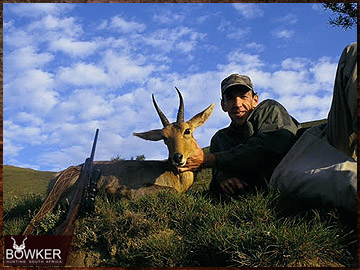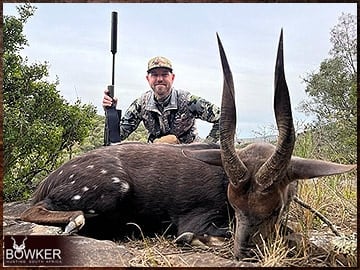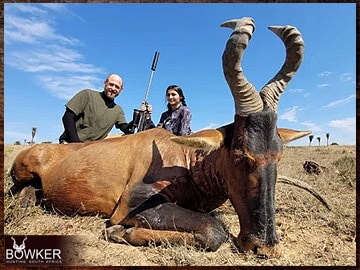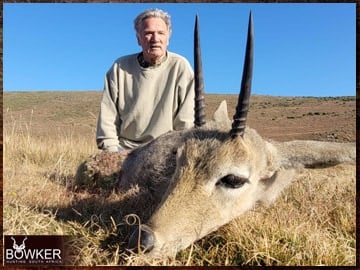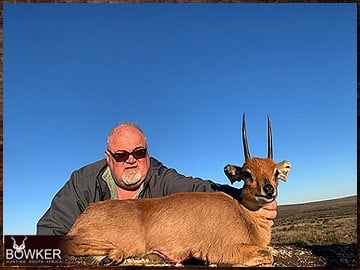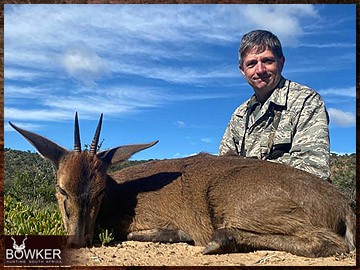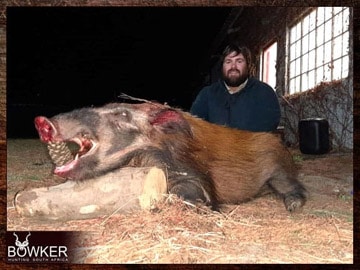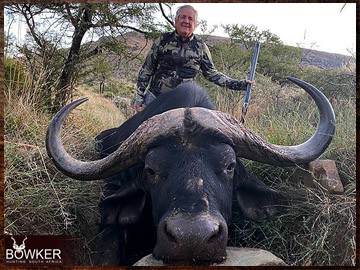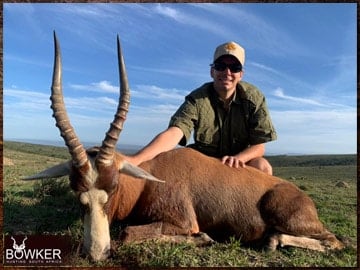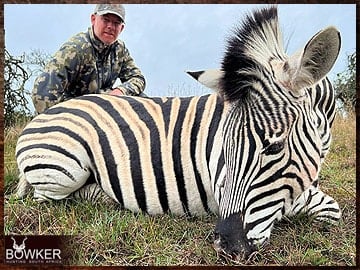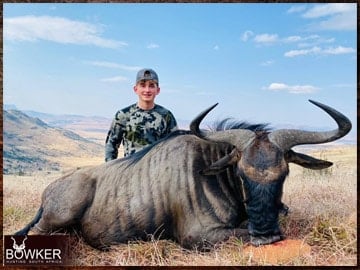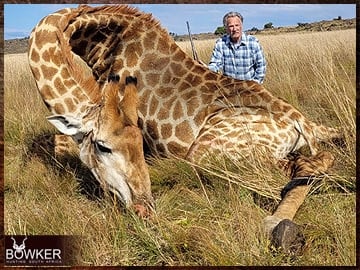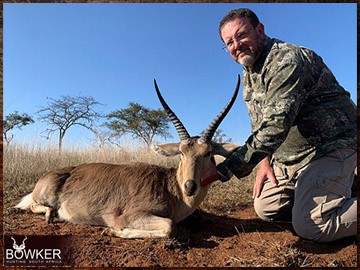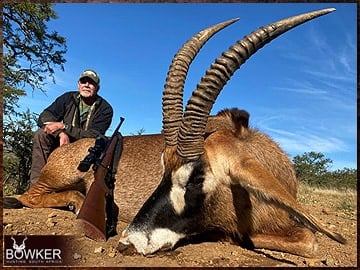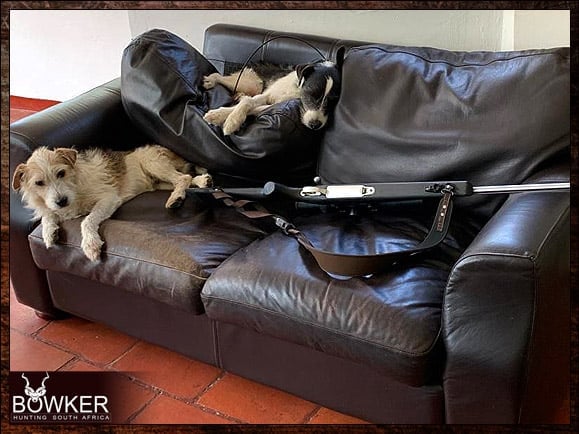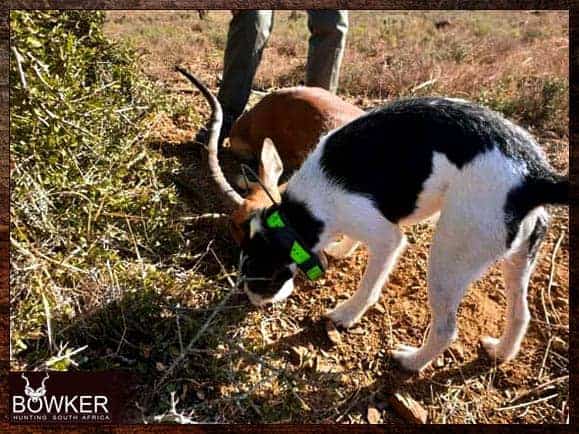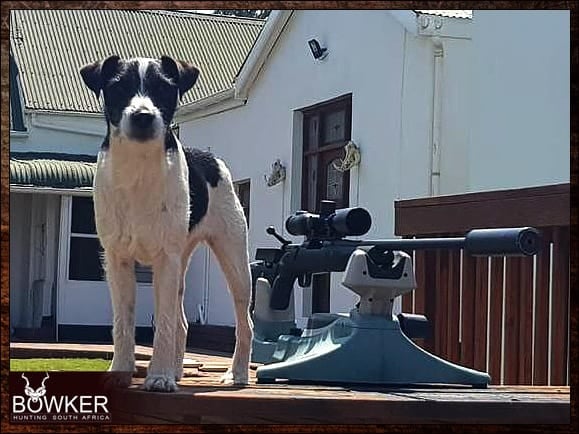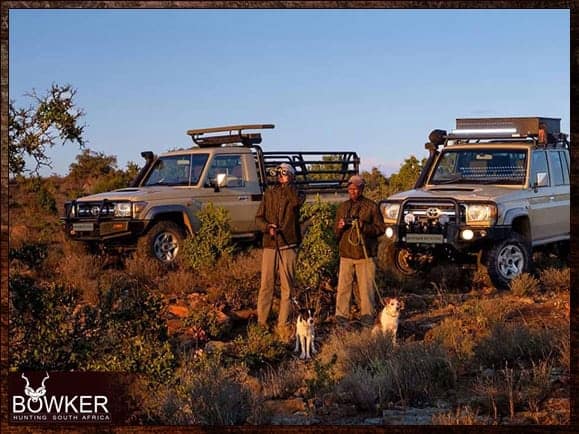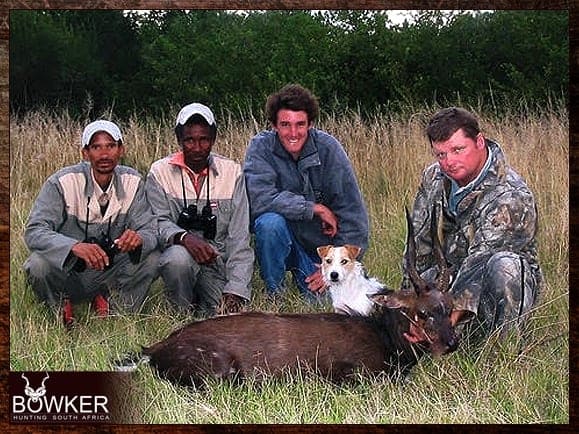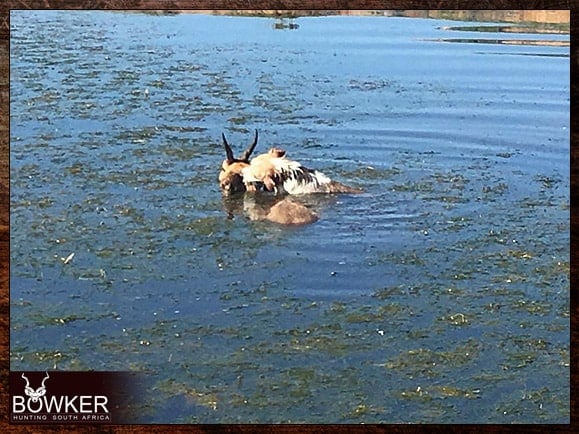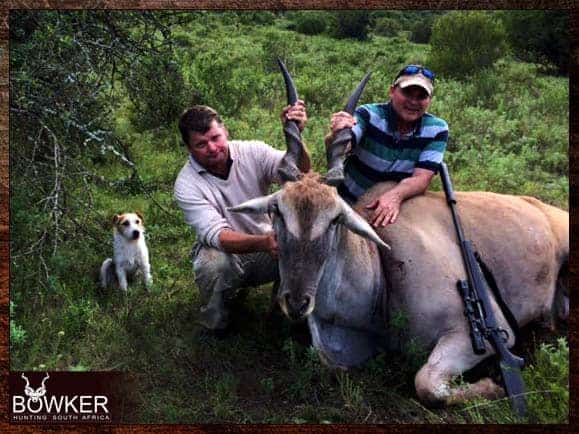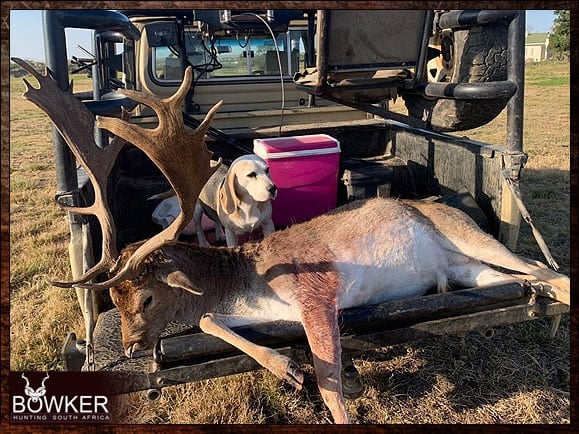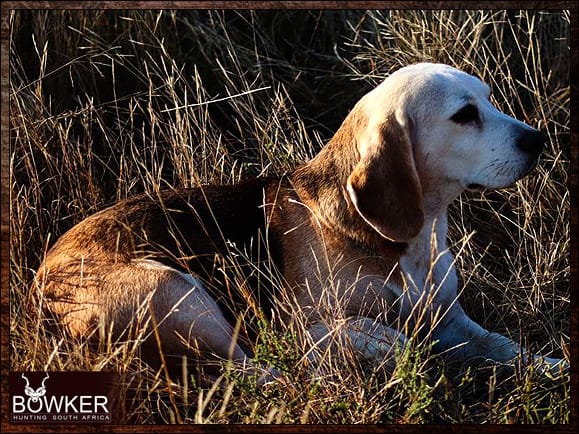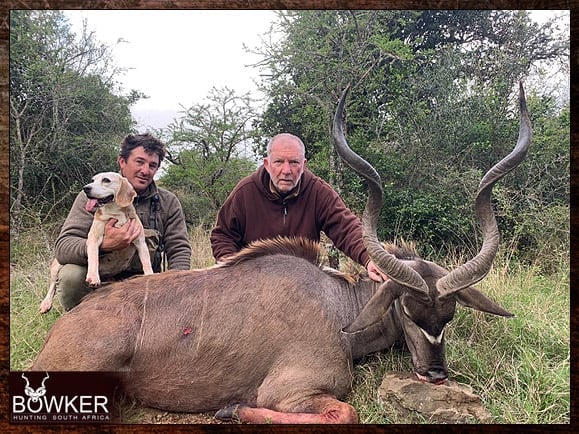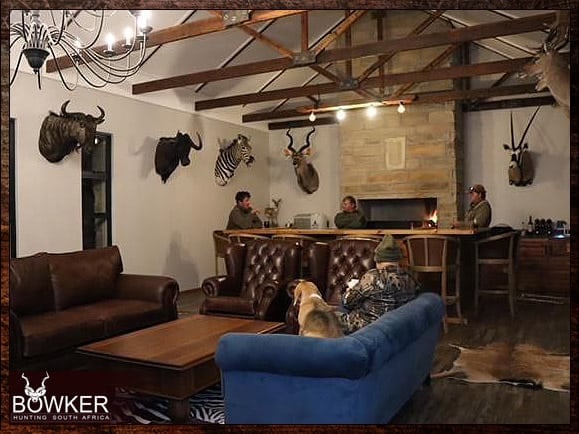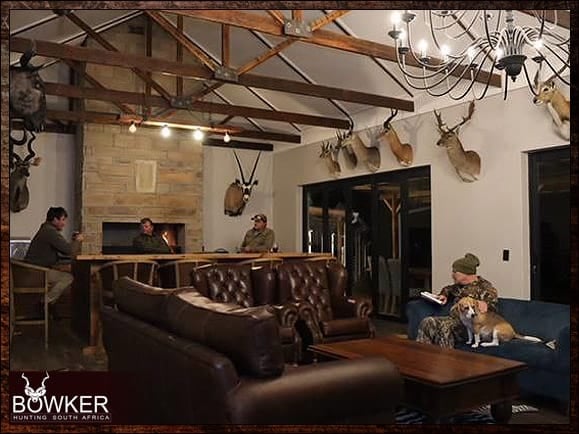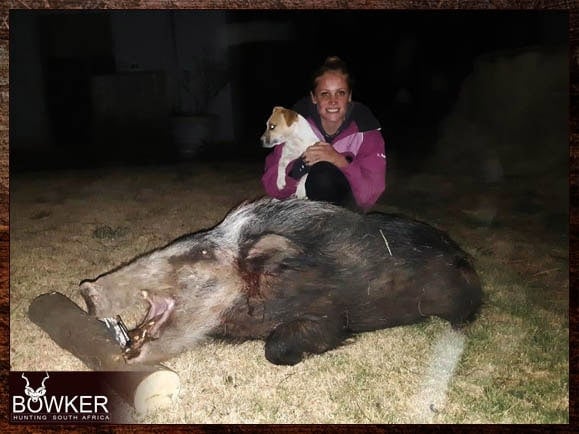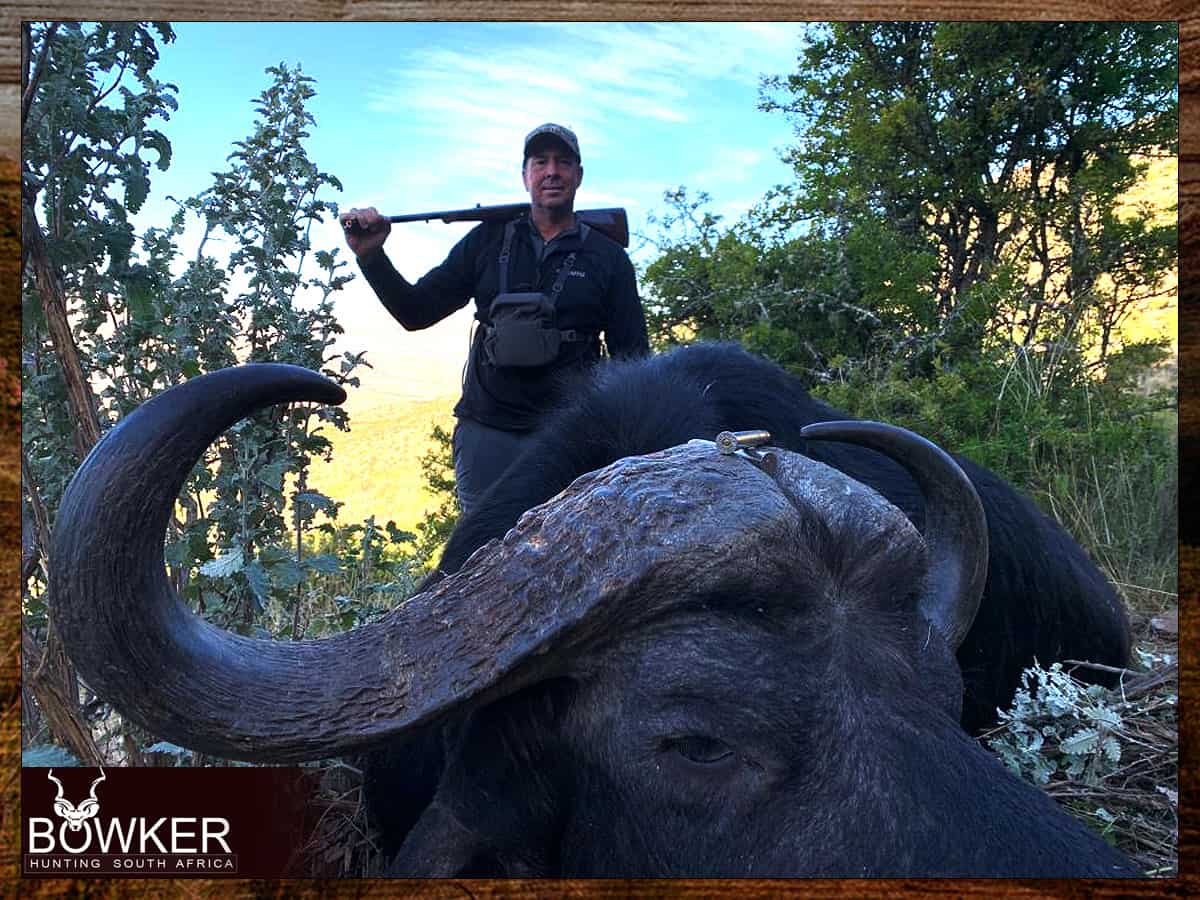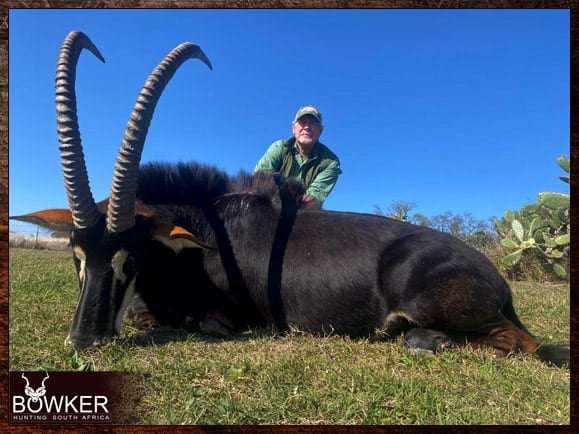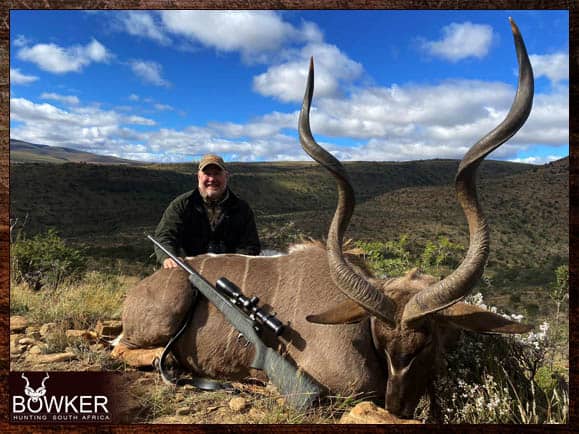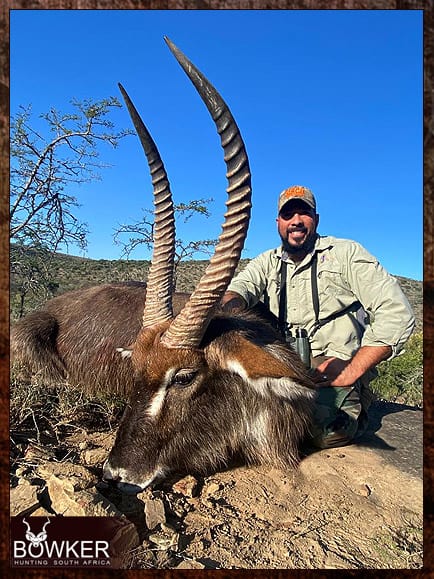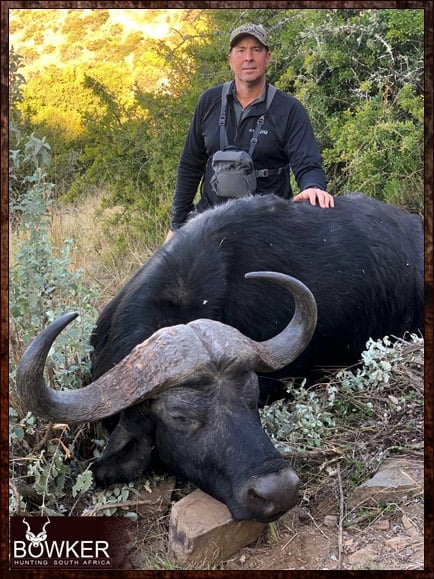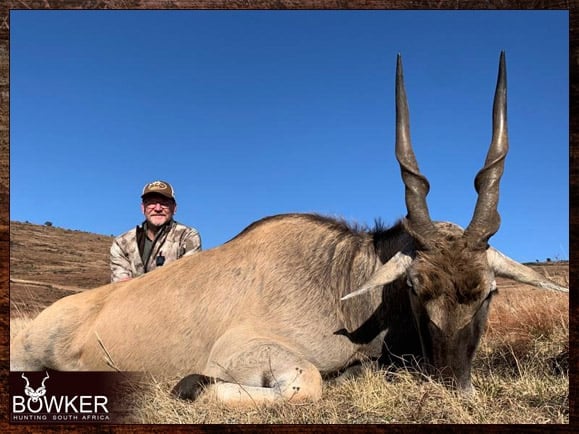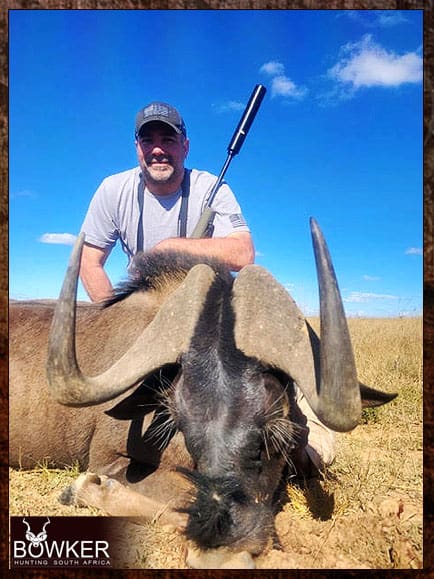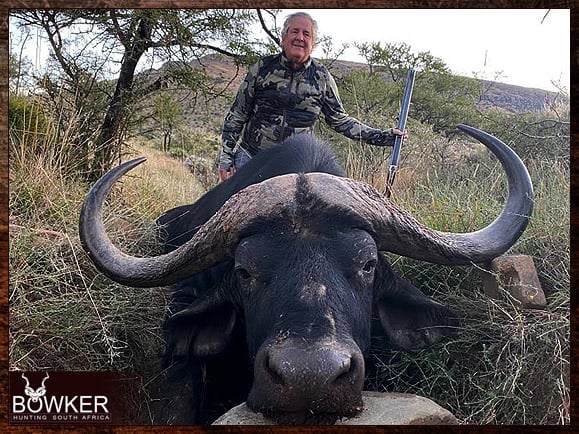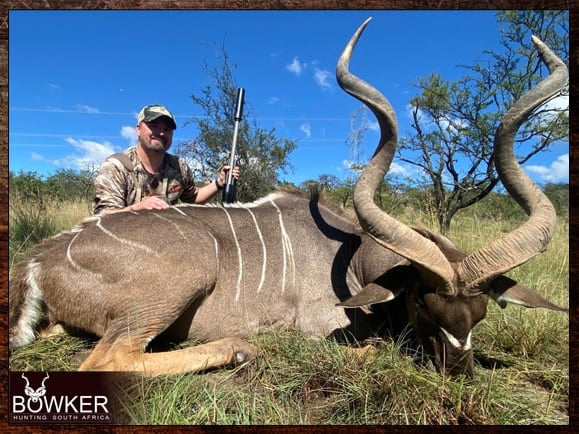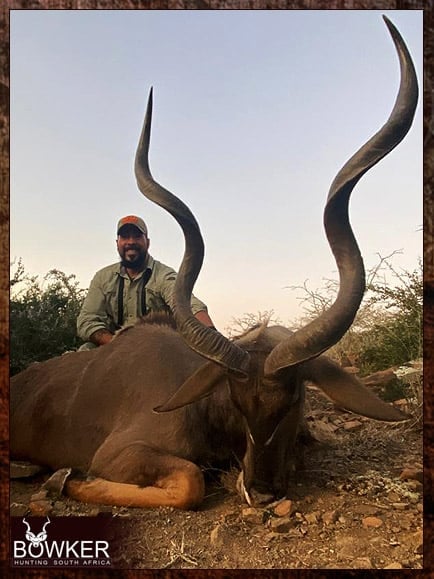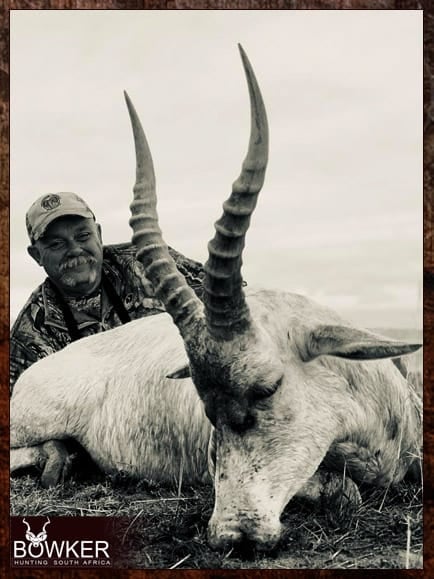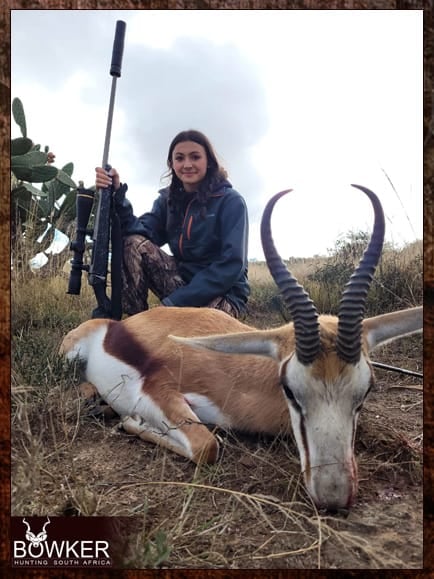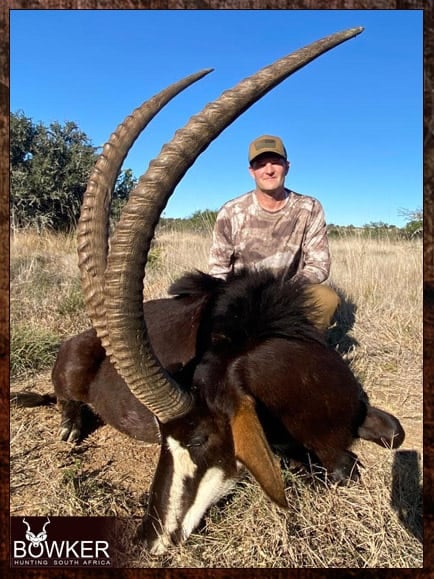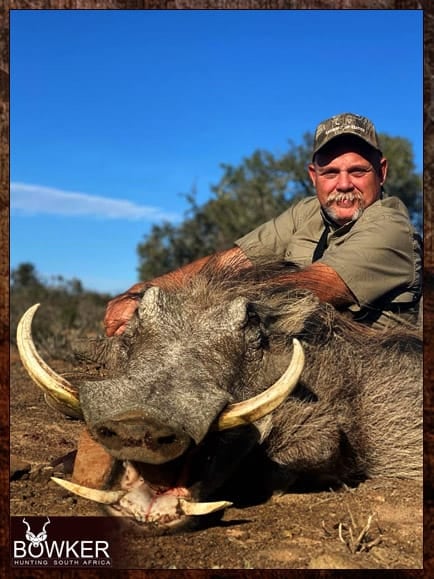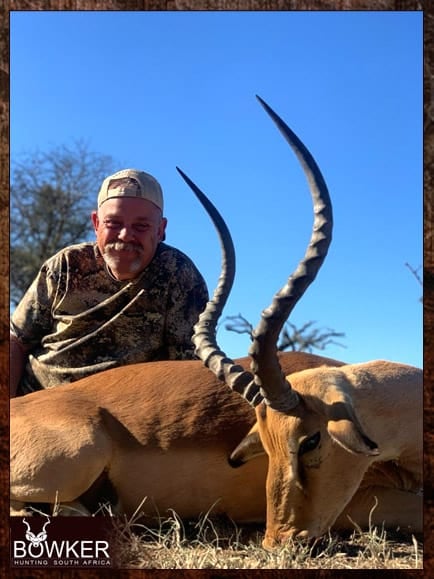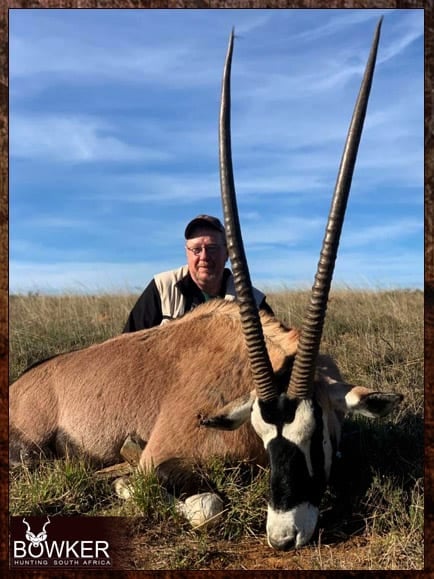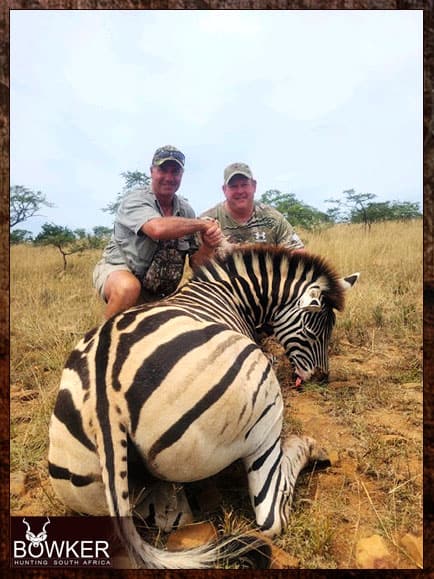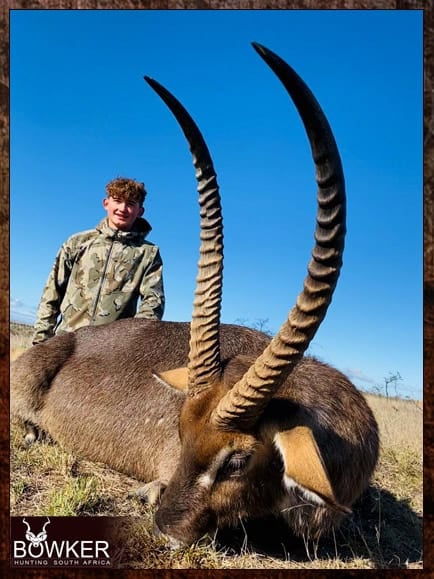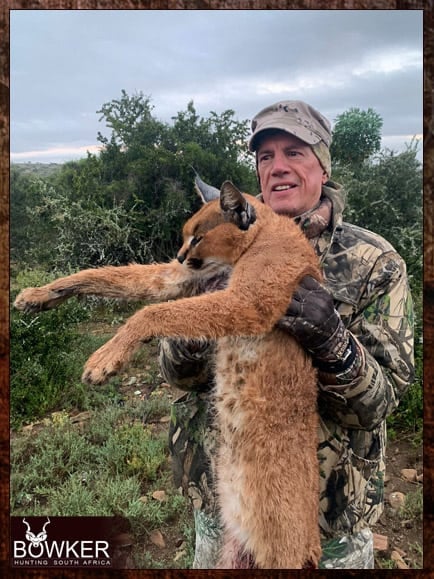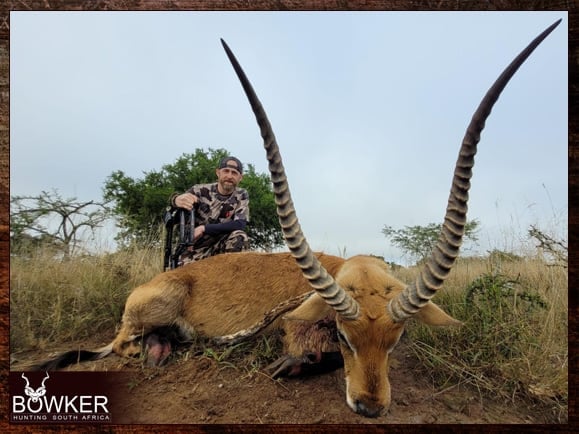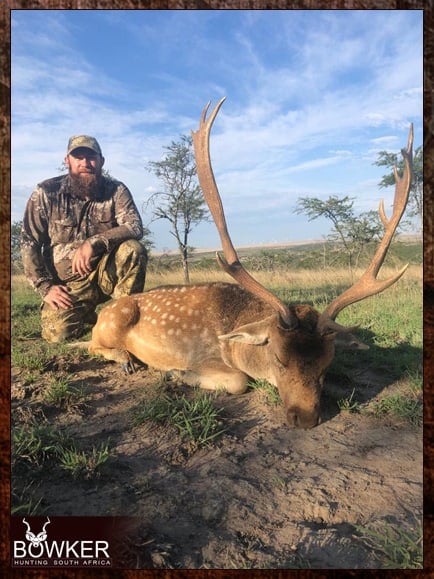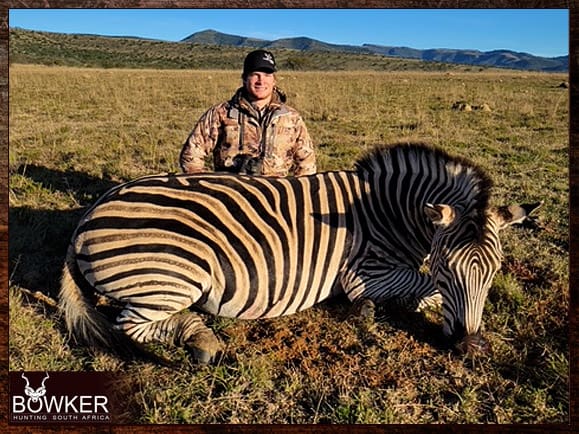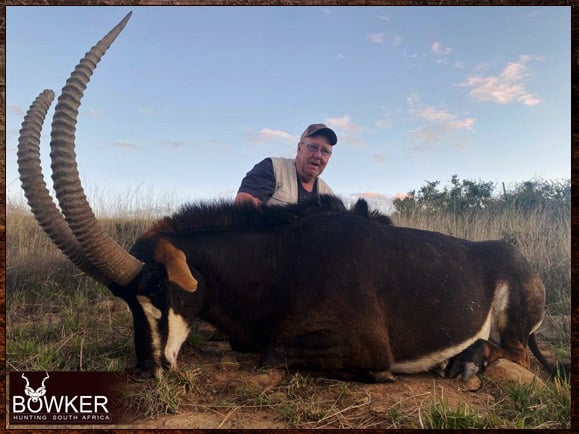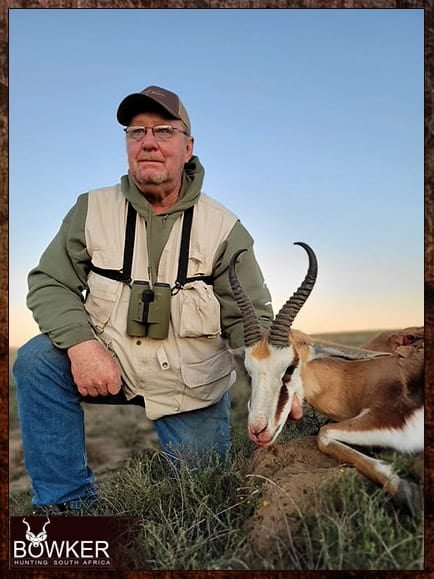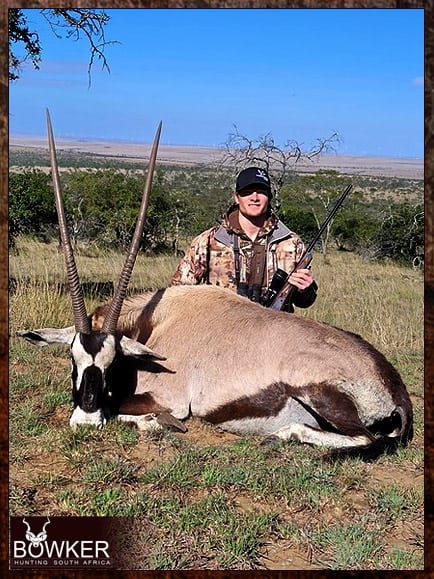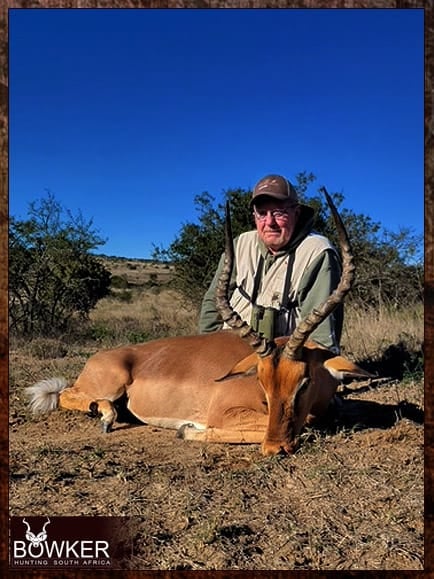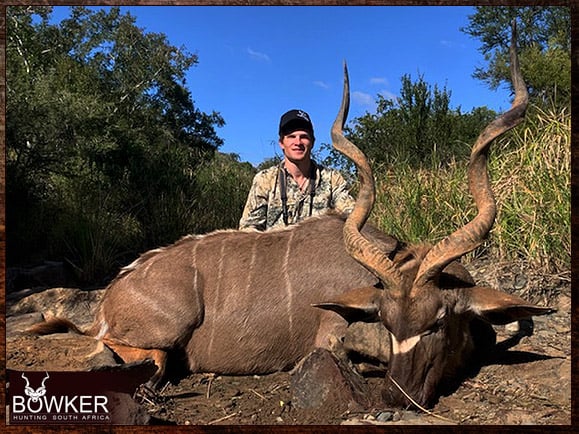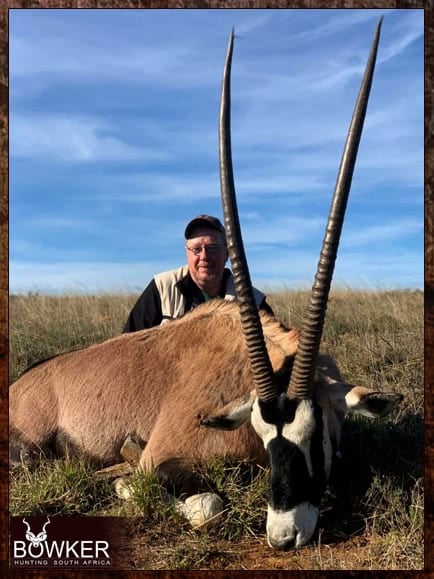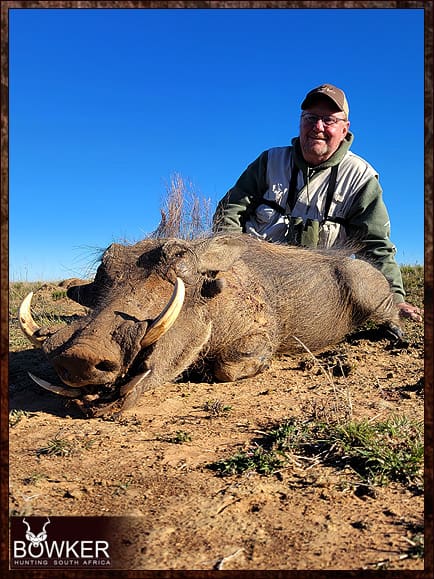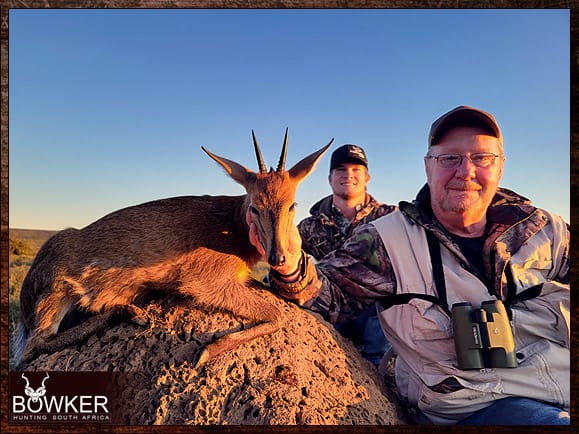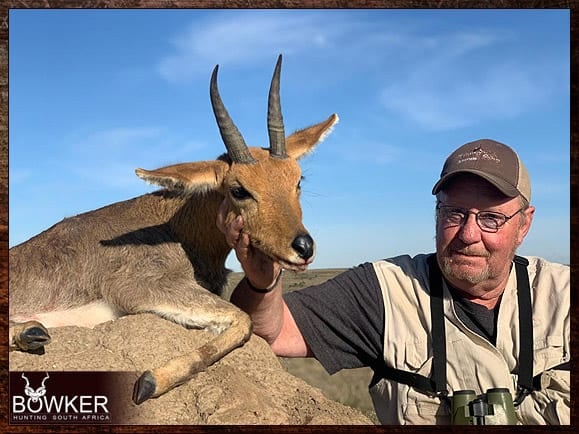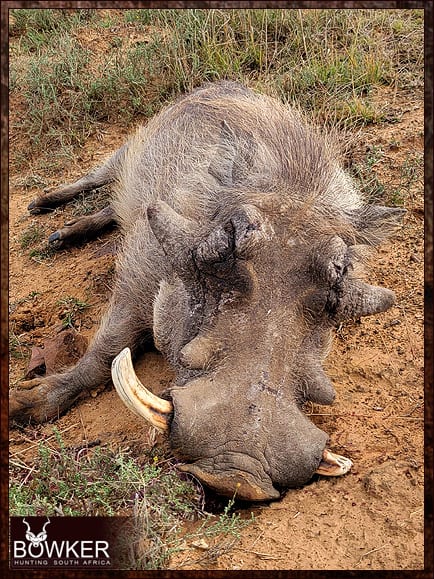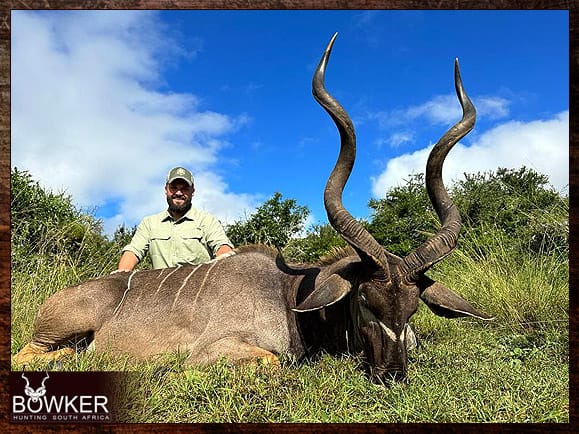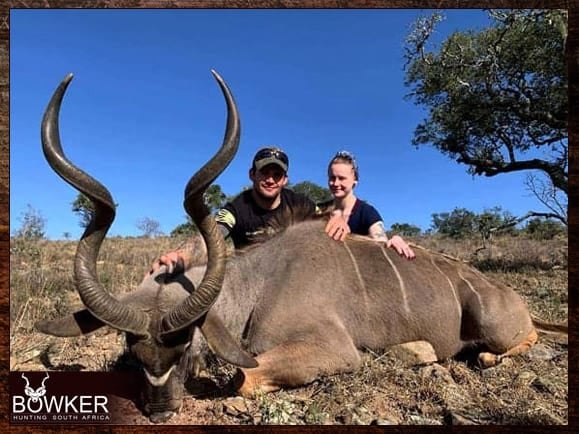Introduction – Big 5 Camdeboo Tour. Camdeboo National Park Safari
Are you looking for a guided Safari adventure through Camdeboo Park? We offer private guided safaris to the Camdeboo National Park in the Eastern Cape.
Big 5 Camdeboo Tour – imagine standing on a rocky outcrop, watching the sunset over the African savanna, casting a golden glow over the landscape. In the distance, a herd of majestic Cape Mountain Zebras grazes peacefully while a black eagle soars overhead.
This is just a glimpse of the unforgettable experience that awaits you at Camdeboo National Park, a hidden gem in the heart of South Africa. Nestled within the Eastern Cape, this park offers a unique blend of striking scenery, remarkable biodiversity, and a rich historical tapestry that will leave you in awe.
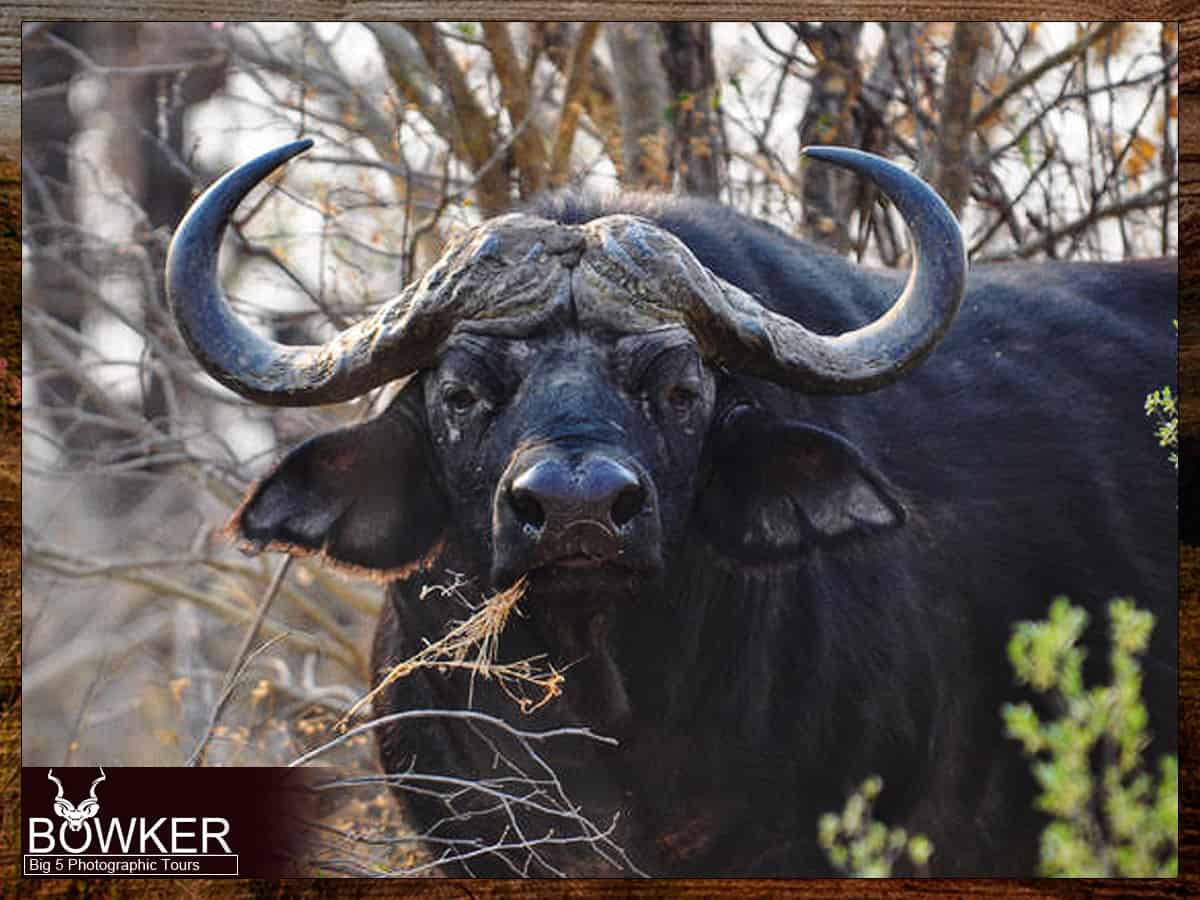
Whether you’re a wildlife enthusiast, a history buff, or simply seeking a connection with nature, Camdeboo is the perfect destination for an unforgettable adventure. In this comprehensive guide, we’ll take you through all the wonders a Camdeboo National Park Safari. From its fascinating history and diverse ecosystems to the best activities, accommodation options, and travel tips, you’ll find everything you need to plan a memorable trip. So pack your bags, grab your camera, and while we explore this incredible destination together.
Table of Contents
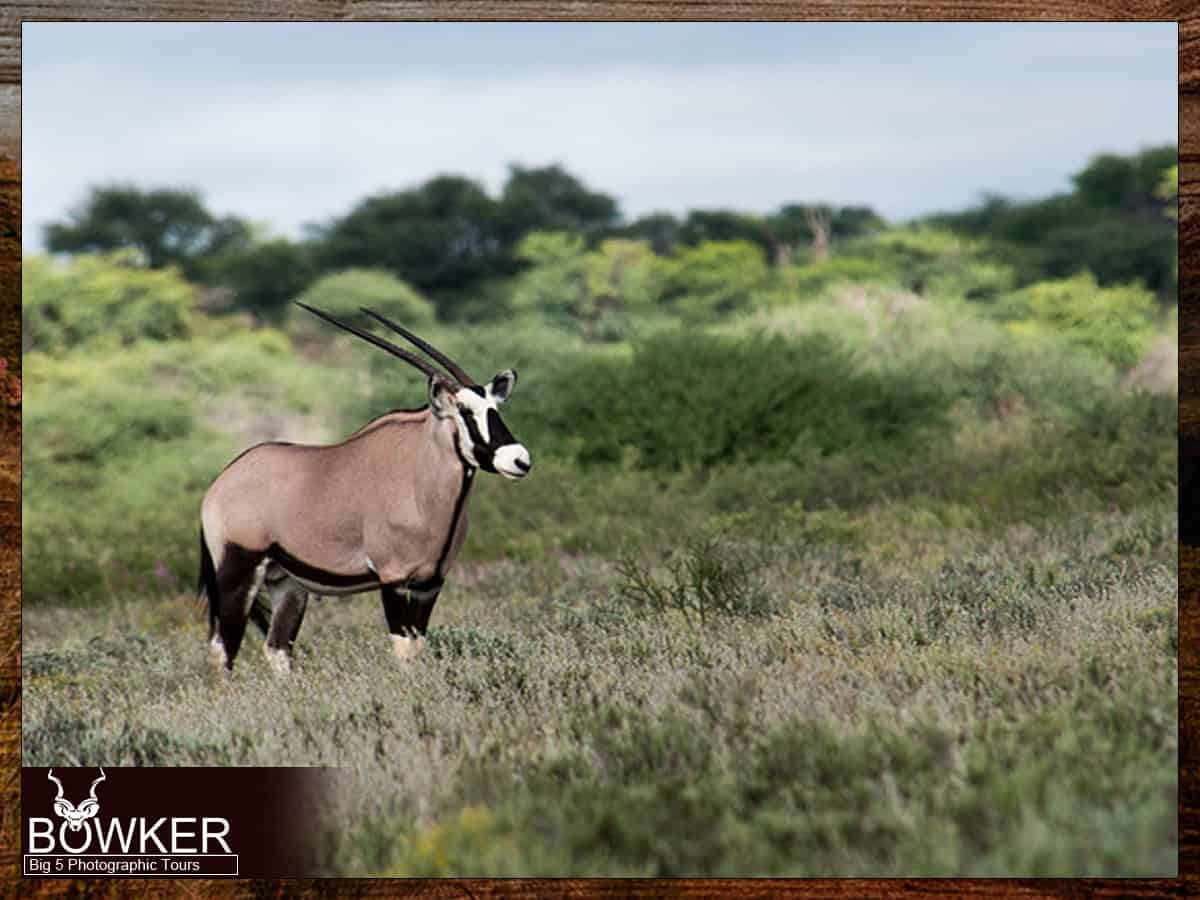
A brief overview of Camdeboo National Park
Camdeboo National Park is a sprawling oasis for nature enthusiasts and adventure seekers alike. Nestled over 19,400 hectares of land, it’s home to a diverse range of African wildlife, from majestic kudus to elusive aardvarks. The park boasts a unique landscape characterized by undulating hills, rocky outcrops, and vast plains – all of which are a sight to behold.
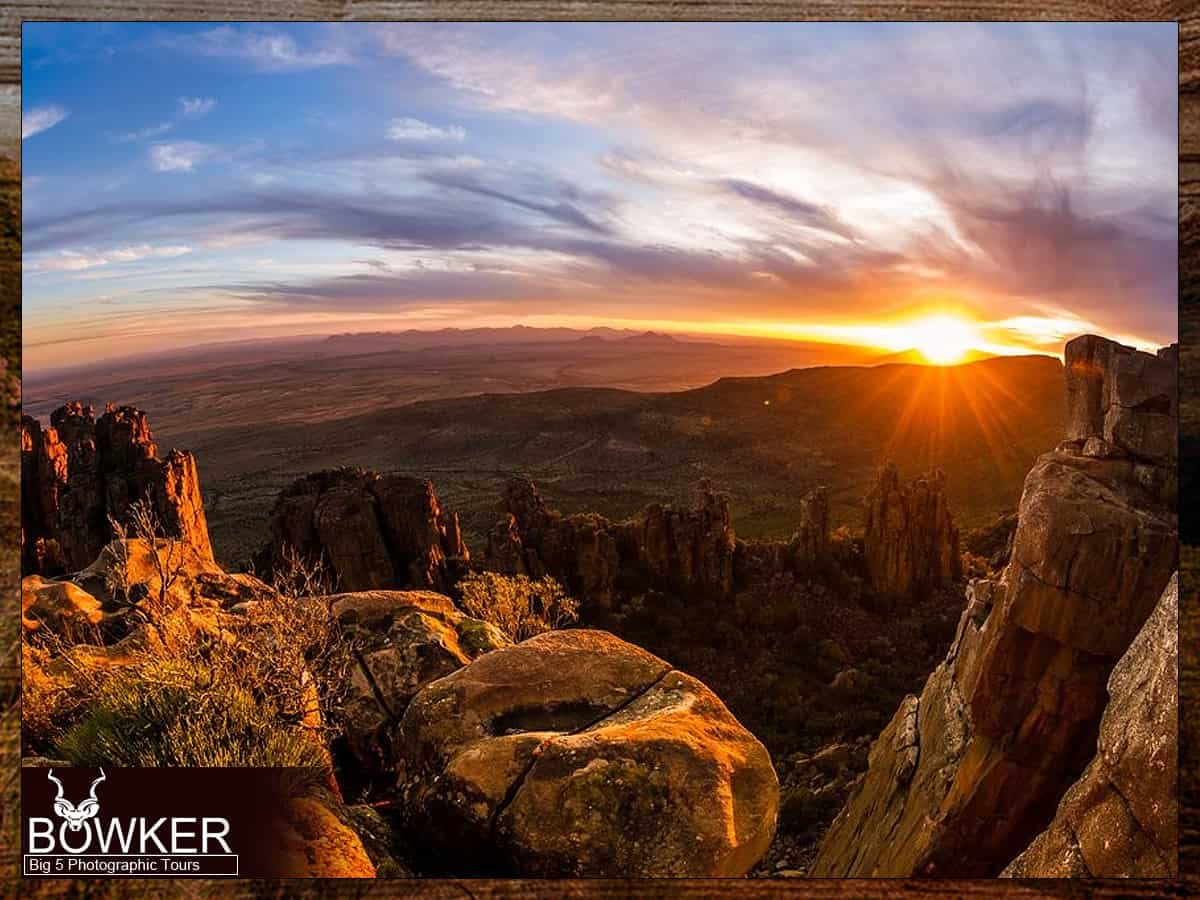
But that’s not all – the park’s rich cultural heritage is just as fascinating. You can explore the ancient rock engravings left behind by San hunter-gatherers who once lived here and gain an insight into their way of life. There are also numerous hiking trails where you can take a leisurely stroll or an invigorating hike, immersing yourself in the stunning scenery.
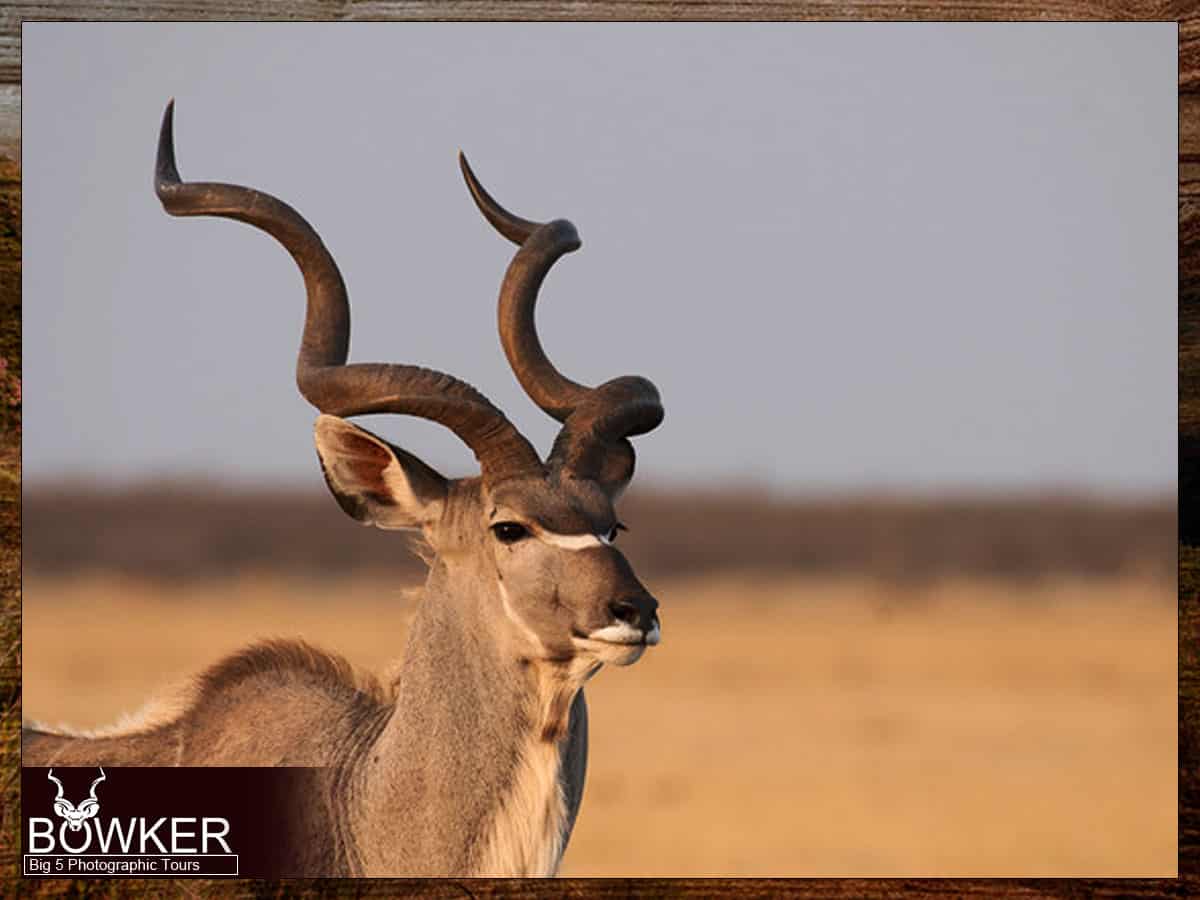
A self-guided safari is a must-do for those who prefer a more relaxed pace. You can drive around the park at your own pace, taking in the breathtaking views and spotting games along the way. From the graceful giraffes to the formidable buffalo, there’s no shortage of wildlife to marvel at.
In short, whether you’re a wildlife enthusiast, a history buff, or an adventure seeker, Camdeboo National Park is a destination that will leave you awe-struck and inspired.
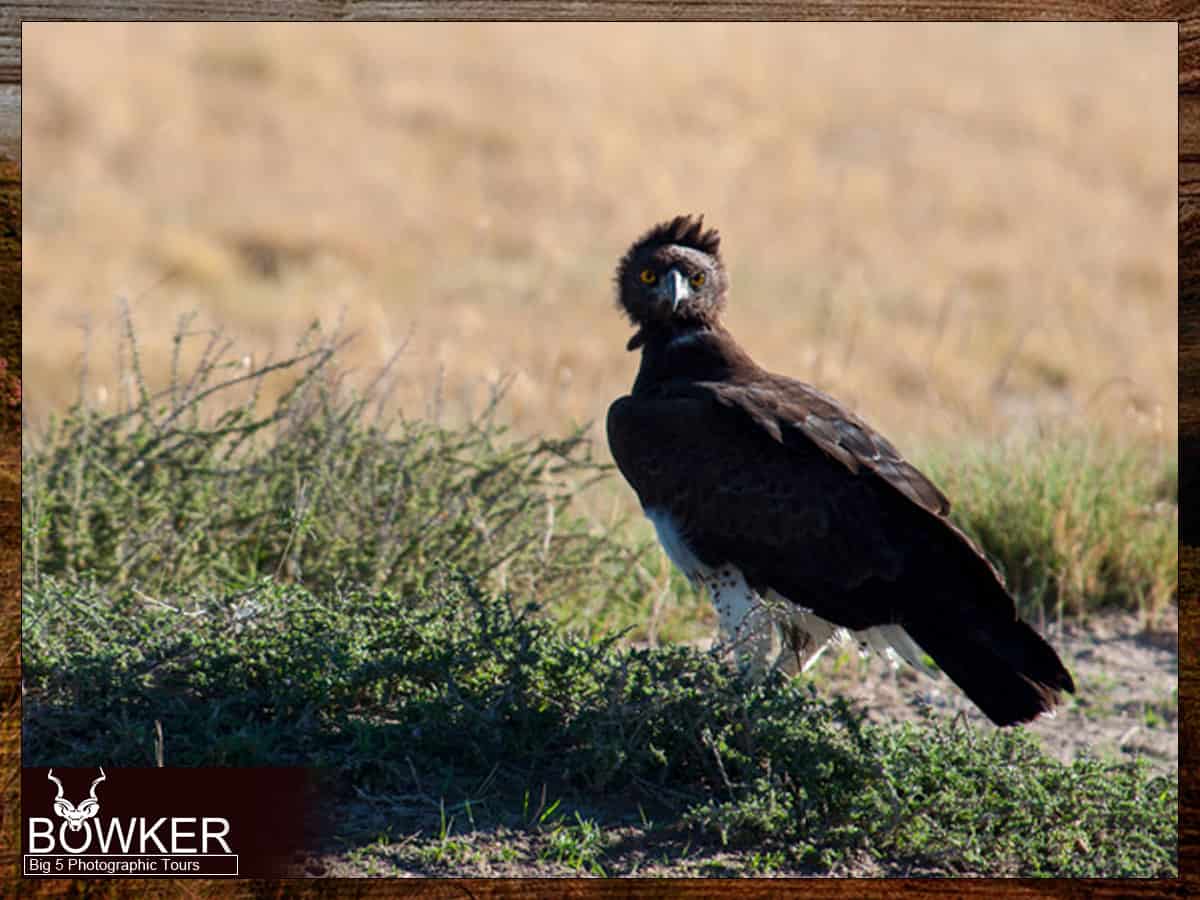
Purpose of the blog post
Get ready to discover the hidden gems of Camdeboo National Park and immerse yourself in its natural beauty. From ancient rock formations to diverse wildlife and breathtaking views, there’s something for everyone here. We’ll take you on a journey of discovery, where you’ll learn about the park’s history, wildlife, and attractions and discover the best ways to explore this unique ecological setting. We’ll also provide practical information about where to stay, what to do, and how to make the most of your visit.
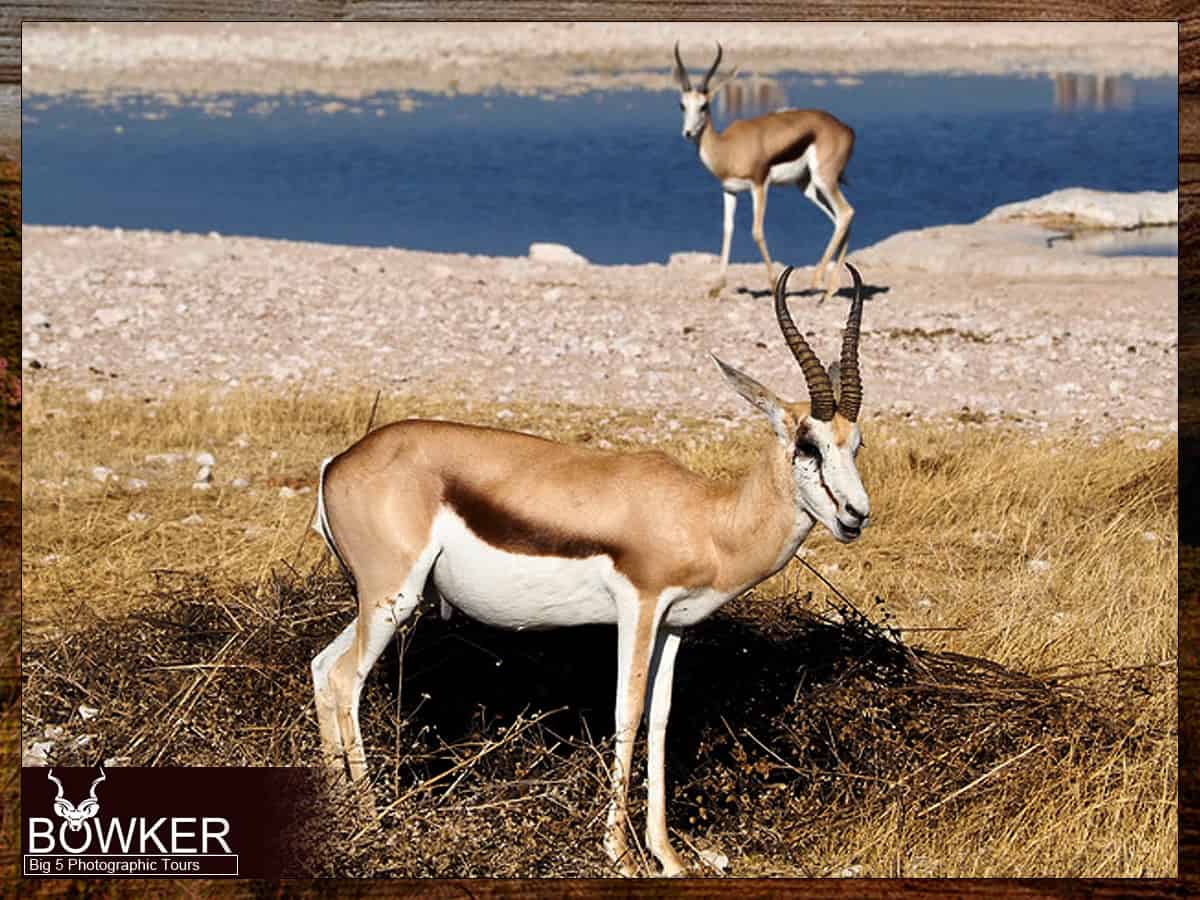
So, whether you’re looking for a thrilling safari adventure, a peaceful escape into nature, or a chance to connect with South Africa’s rich history and culture, Camdeboo National Park is the perfect destination. Get ready to embark on an adventure of a lifetime, where every moment is filled with wonder and awe.
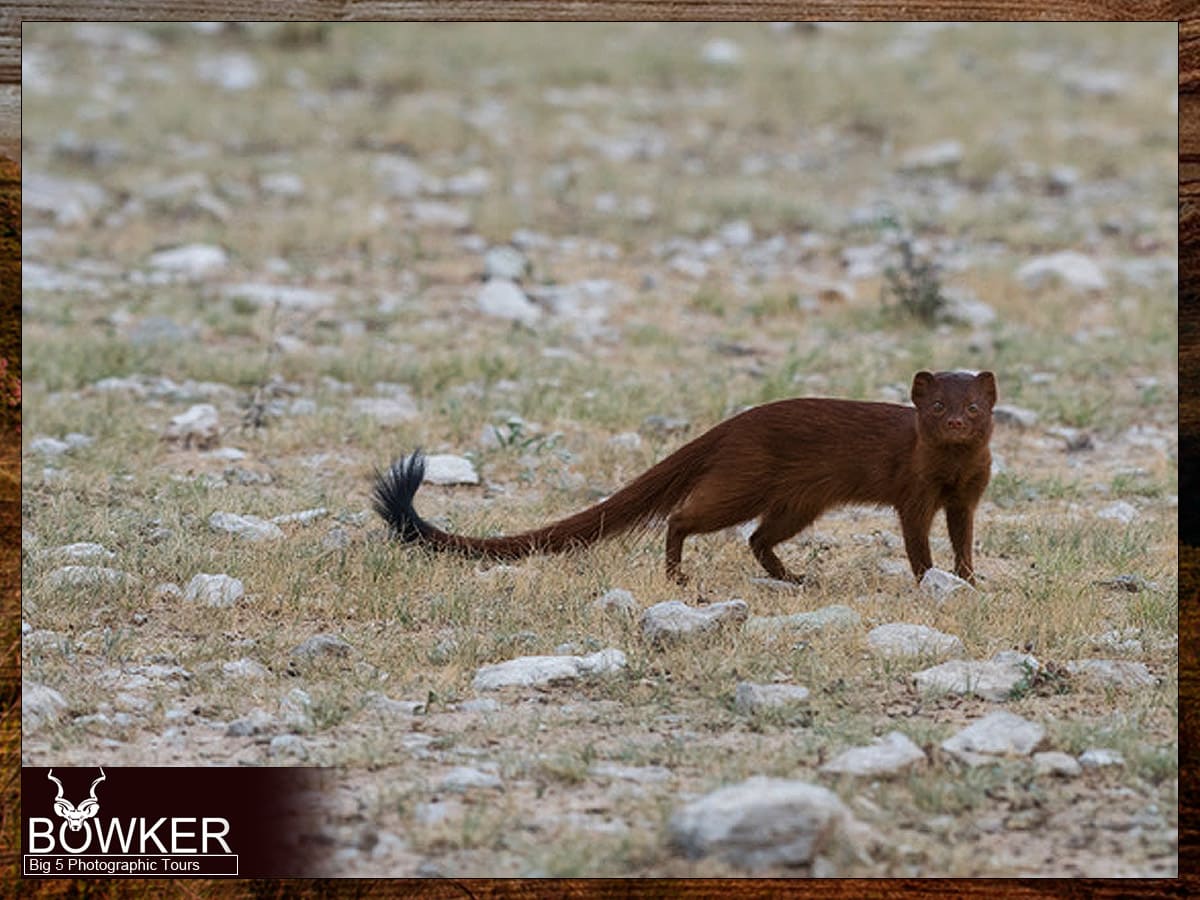
History of Camdeboo National Park
Origins and establishment
Camdeboo National Park is a relatively new addition to South Africa’s protected areas, established in 2005. However, the park’s history dates back to the early 19th century when Europeans settled the region. The land was originally used for farming and hunting, which led to the depletion of wildlife populations and the degradation of the natural environment.
In the early 1900s, conservation efforts began in the area, and several small reserves were established to protect the unique ecosystems and wildlife. These reserves eventually became the foundation for Camdeboo National Park, officially established in 2005. The park was created by uniting several smaller reserves, including the Valley of Desolation, the Camdeboo Conservancy, and the Karoo Nature Reserve portions.
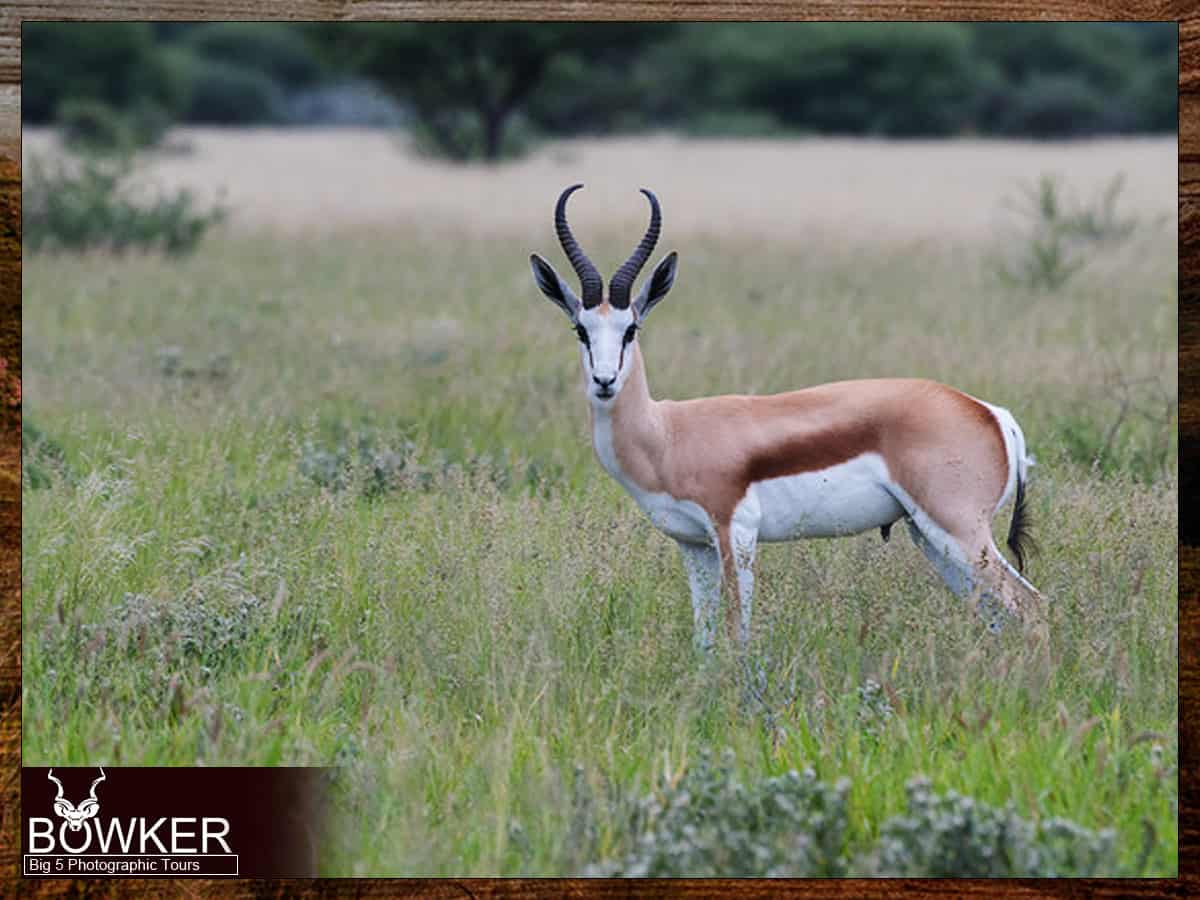
The park’s name, “Camdeboo,” is derived from the Khoikhoi word for “green valley,” a fitting tribute to its lush surroundings. Today, Camdeboo National Park spans over 19,400 hectares and is vital to South Africa’s conservation efforts. The park serves as a wildlife sanctuary and a testament to human history, with ancient rock engravings and other cultural landmarks scattered throughout the park. By visiting the park, you become a part of this conservation effort and contribute to preserving South Africa’s natural heritage.
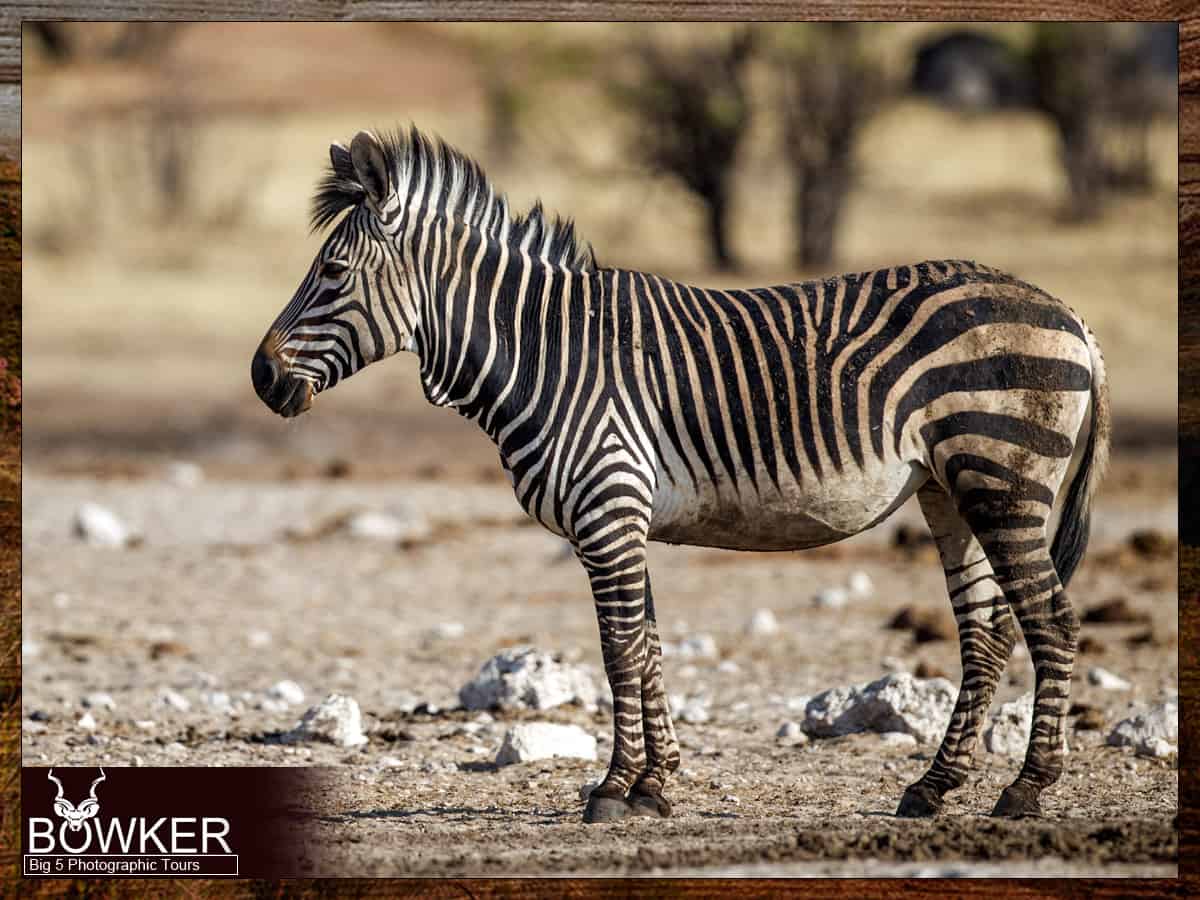
Growth and expansion
Over the years, Camdeboo National Park has grown into a magnificent expanse of natural beauty that is a true testament to the power of conservation and preservation. What started as a small wildlife sanctuary has now become a sprawling park that attracts visitors worldwide. The park’s growth in size and significance has been nothing short of remarkable, and it’s easy to see why.
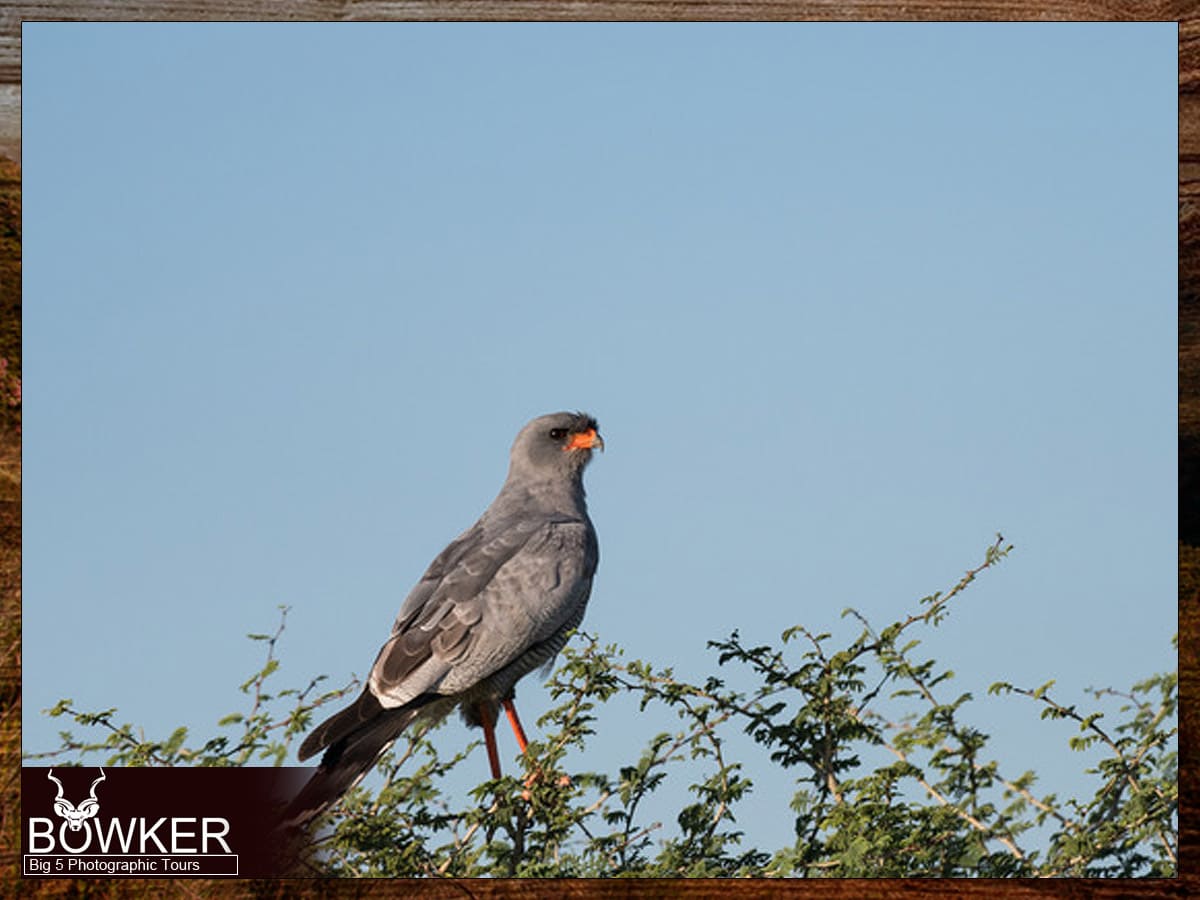
With each passing year, more and more people are discovering the wonders of Camdeboo National Park. Visitors are drawn to the park’s breathtaking landscapes, ranging from towering mountains to vast plains and everything in between. The park is home to various wildlife, including elephants, lions, and antelope, making it a paradise for animal lovers and wildlife enthusiasts.
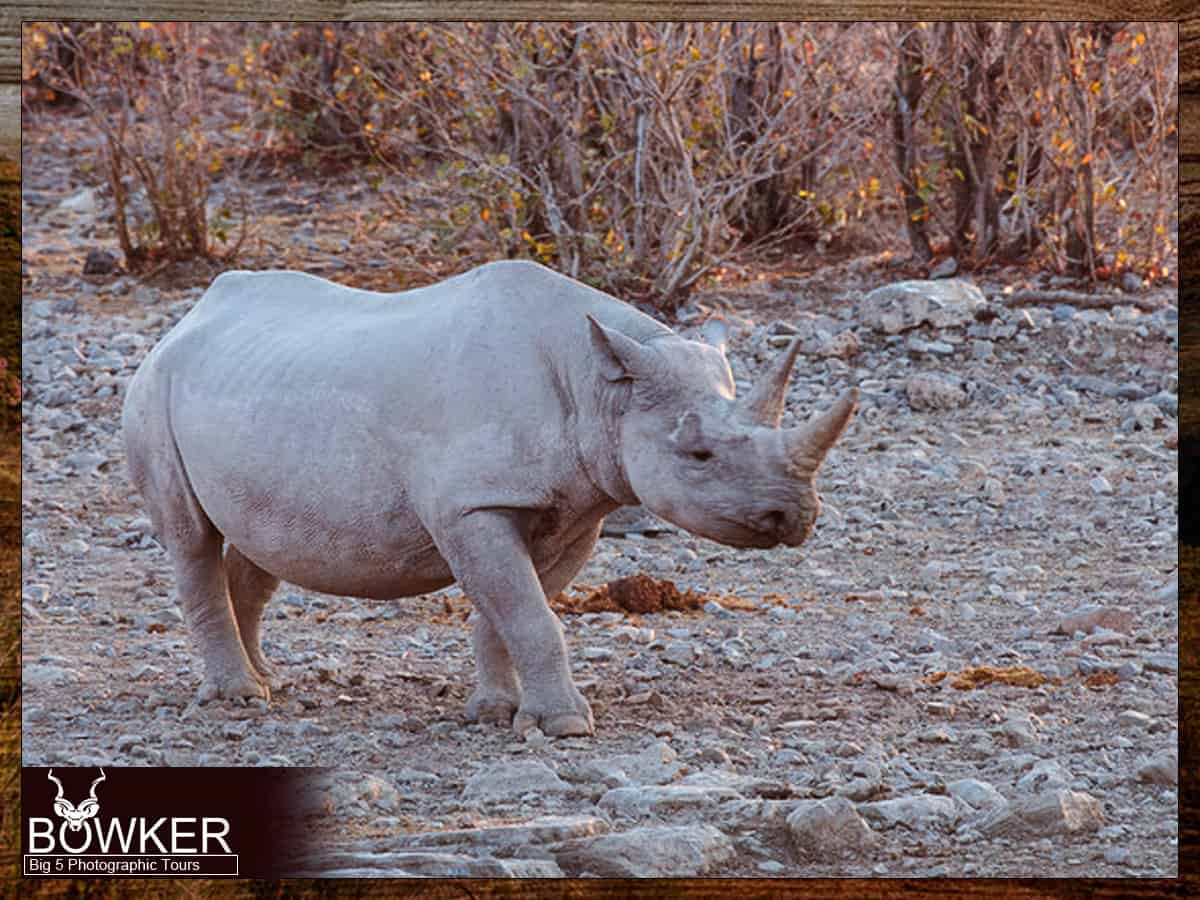
But Camdeboo National Park is much more than just a wildlife sanctuary. It’s also a testament to human history, with numerous historical sites scattered throughout the park. Visitors can explore ancient rock art sites, learn the rich cultural heritage of the local people, and even visit a restored 19th-century town.
One of the most awe-inspiring sights in the park is the Valley of Desolation. This geological wonder features towering columns of dolerite rock that stand as a testament to the forces of nature. The valley is a must-see for anyone visiting Camdeboo National Park, as it’s a once-in-a-lifetime experience that will leave a lasting impression.
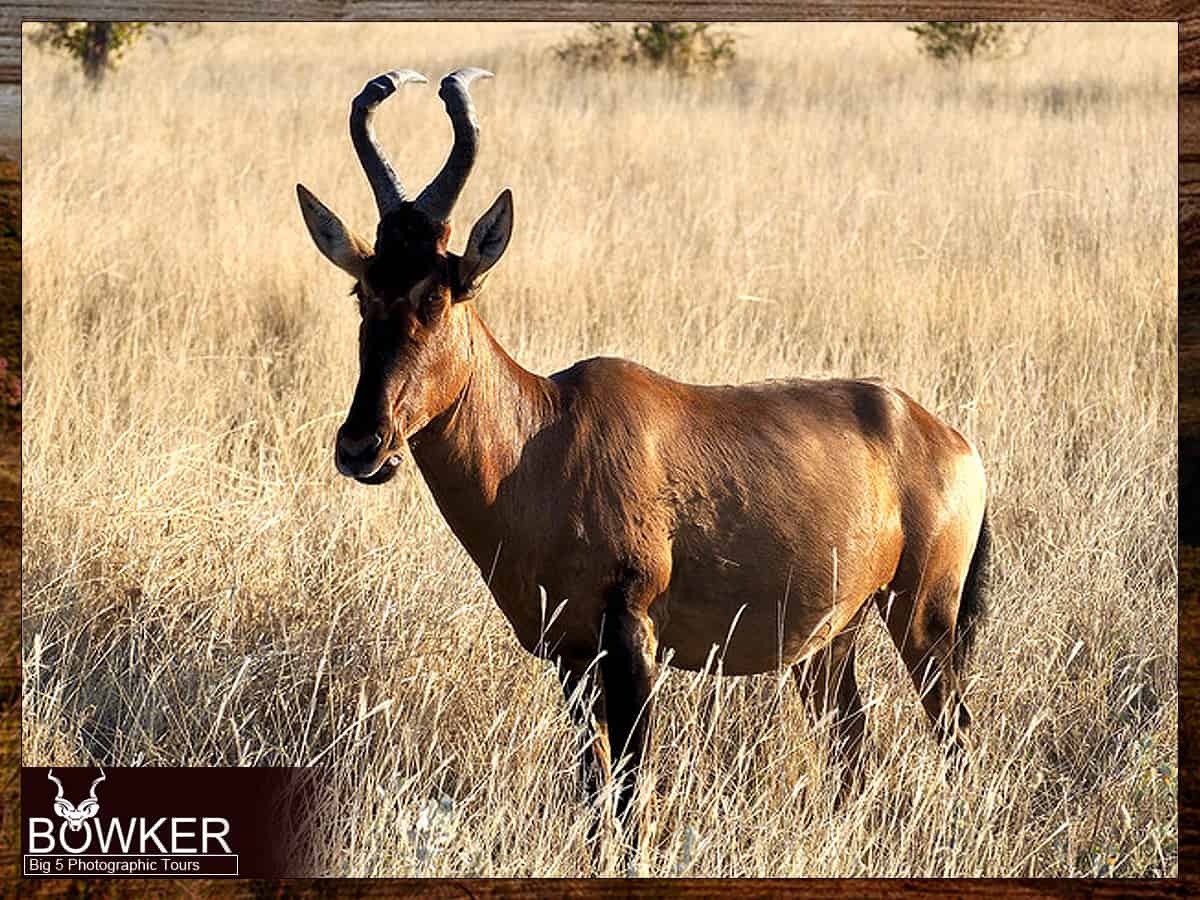
In short, Camdeboo National Park has become an essential destination for anyone who loves nature, history, and adventure. With its growth and expansion, the park has become a true gem of South Africa, and it’s a place that everyone should experience at least once in their lifetime.
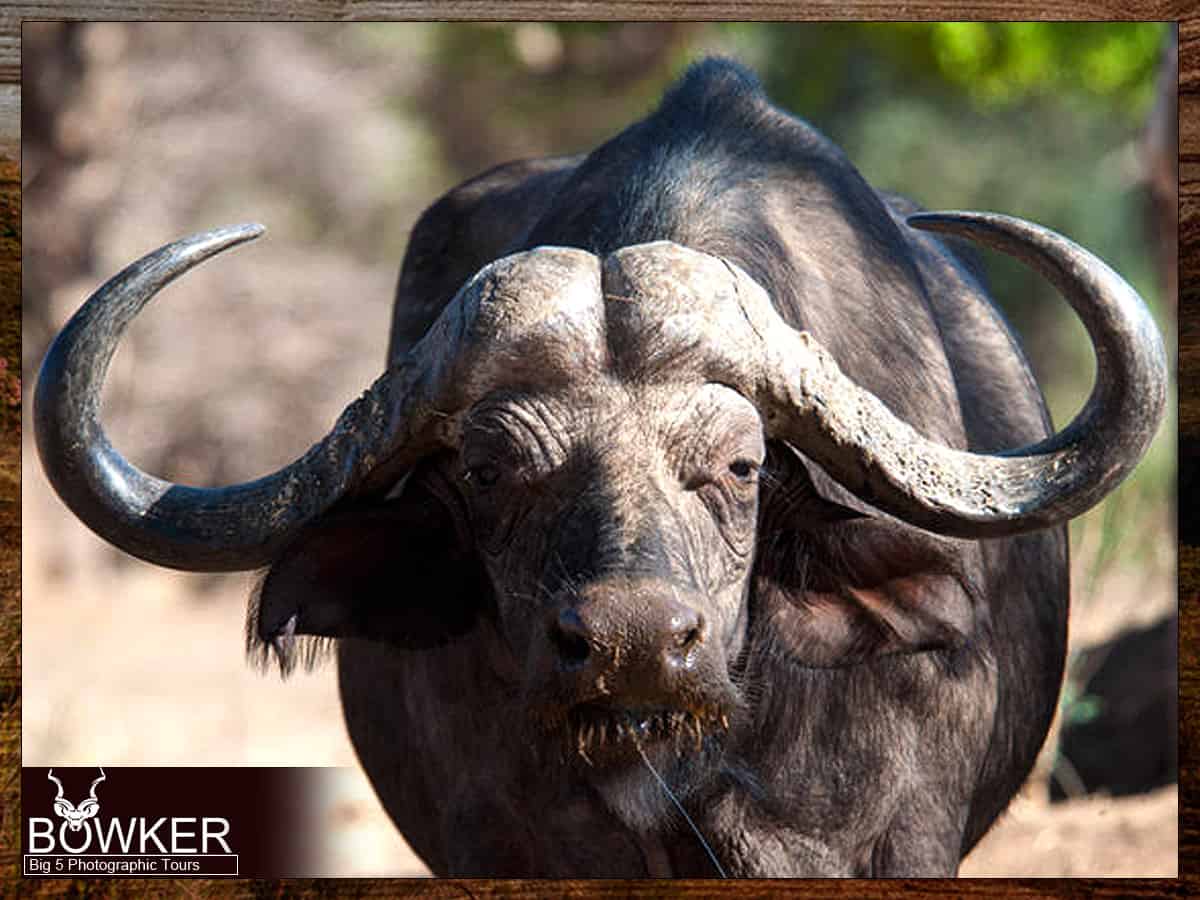
Significance of the park
Camdeboo National Park is more than just a beautiful landscape; it’s vital to South Africa’s conservation efforts. The park plays a crucial role in protecting the unique ecosystems and wildlife of the region. By visiting the park, you become a part of this conservation effort and contribute to preserving South Africa’s natural heritage.
One of the most significant aspects of Camdeboo National Park is its role in protecting endangered species. The park is home to various iconic wildlife species, including the Cape Mountain Zebra, an endangered species carefully protected within the park. Besides the Cape Mountain Zebra, Camdeboo is also home to the endangered Black Rhino and a variety of bird species, some of which are threatened.
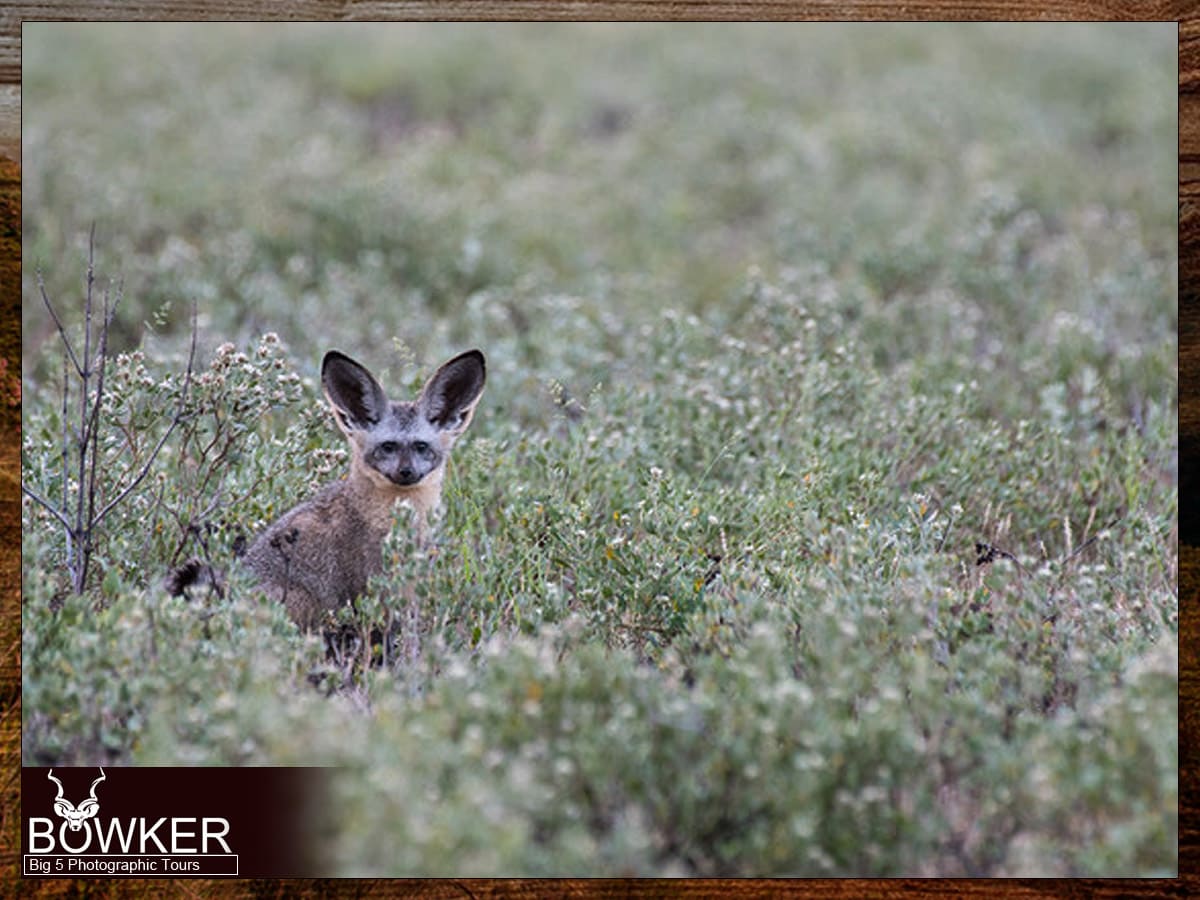
Another significant aspect of Camdeboo National Park is its cultural and historical significance. The park has several cultural landmarks, including ancient rock engravings left by the San people, who lived in the region for thousands of years. These engravings offer a glimpse into the area’s rich history and provide a unique cultural perspective on the park’s environment.
Camdeboo National Park also plays an essential role in the region’s economy, providing employment opportunities and generating revenue for the local community. The park’s tourism industry supports local businesses, including lodges, restaurants, and tour operators. It helps to promote sustainable tourism in the region.
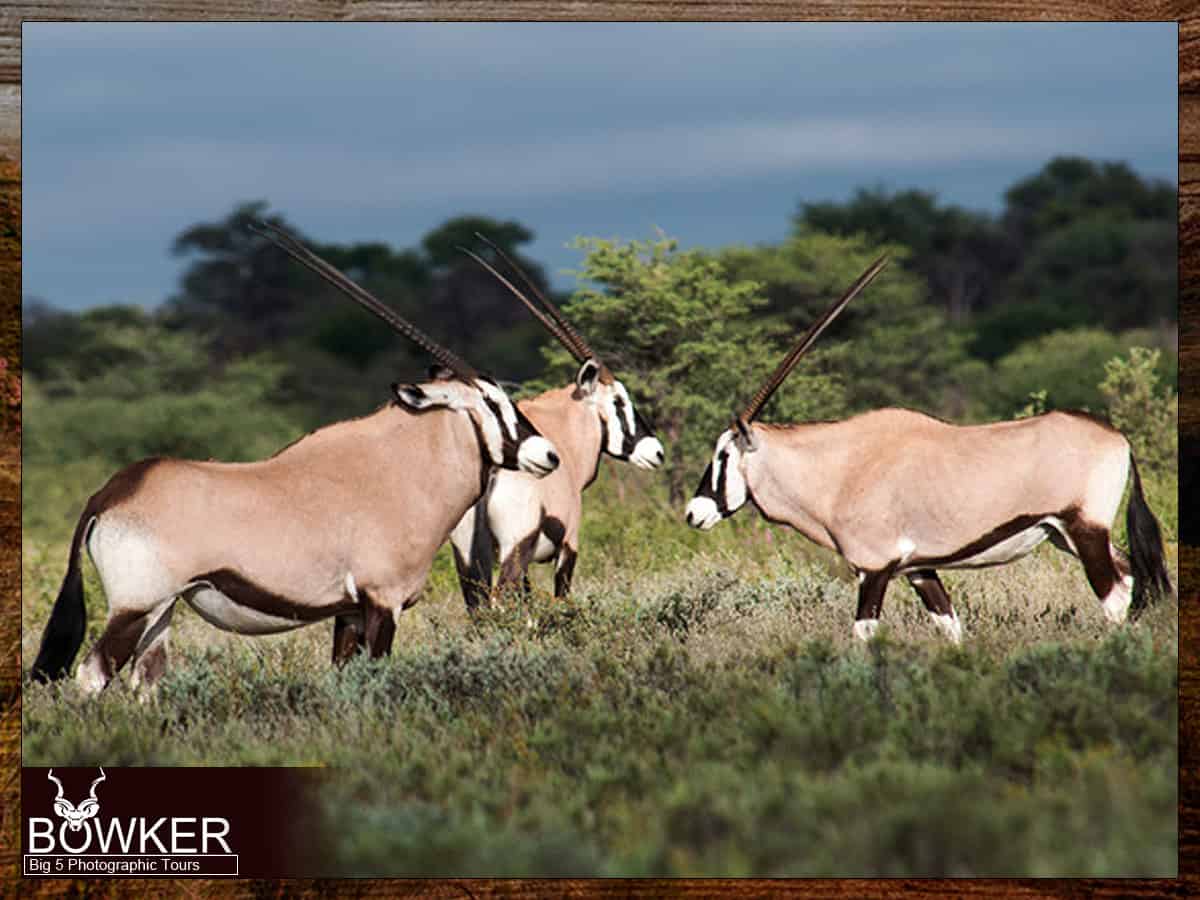
Camdeboo National Park is a vital piece of South Africa’s conservation efforts. It protects endangered species, preserves the region’s cultural and historical heritage, and supports the local economy. By visiting the park, you can experience the region’s natural beauty and contribute to its preservation and sustainability.
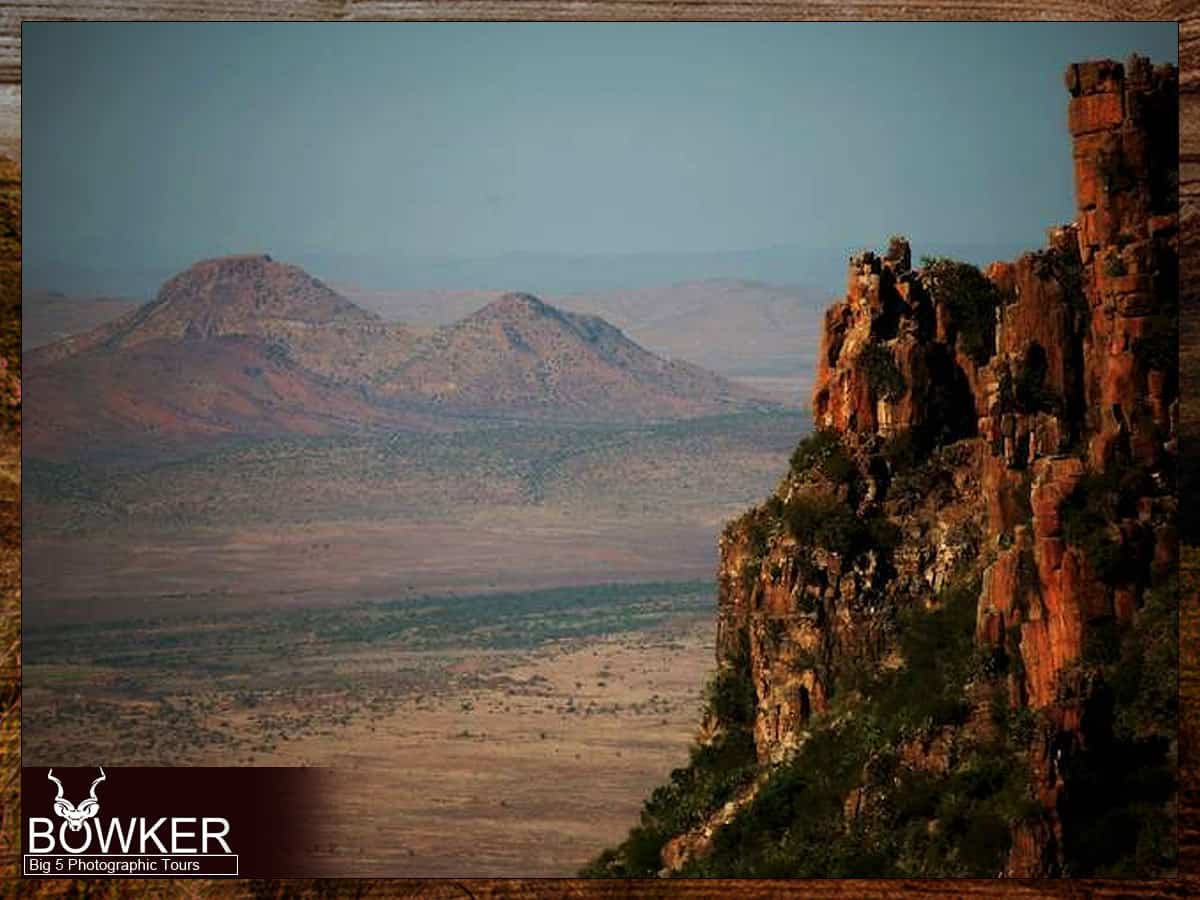
Location and Geography
Geographic location
Nestled in the heart of the Eastern Cape province of South Africa lies the breathtaking Camdeboo National Park, a true natural wonderland. This stunning park is situated amidst the rugged terrain of the Camdeboo Mountains. It is home to diverse wildlife, flora, and fauna. From rolling plains to towering mountain ranges, the park is a true testament to the majesty of nature.
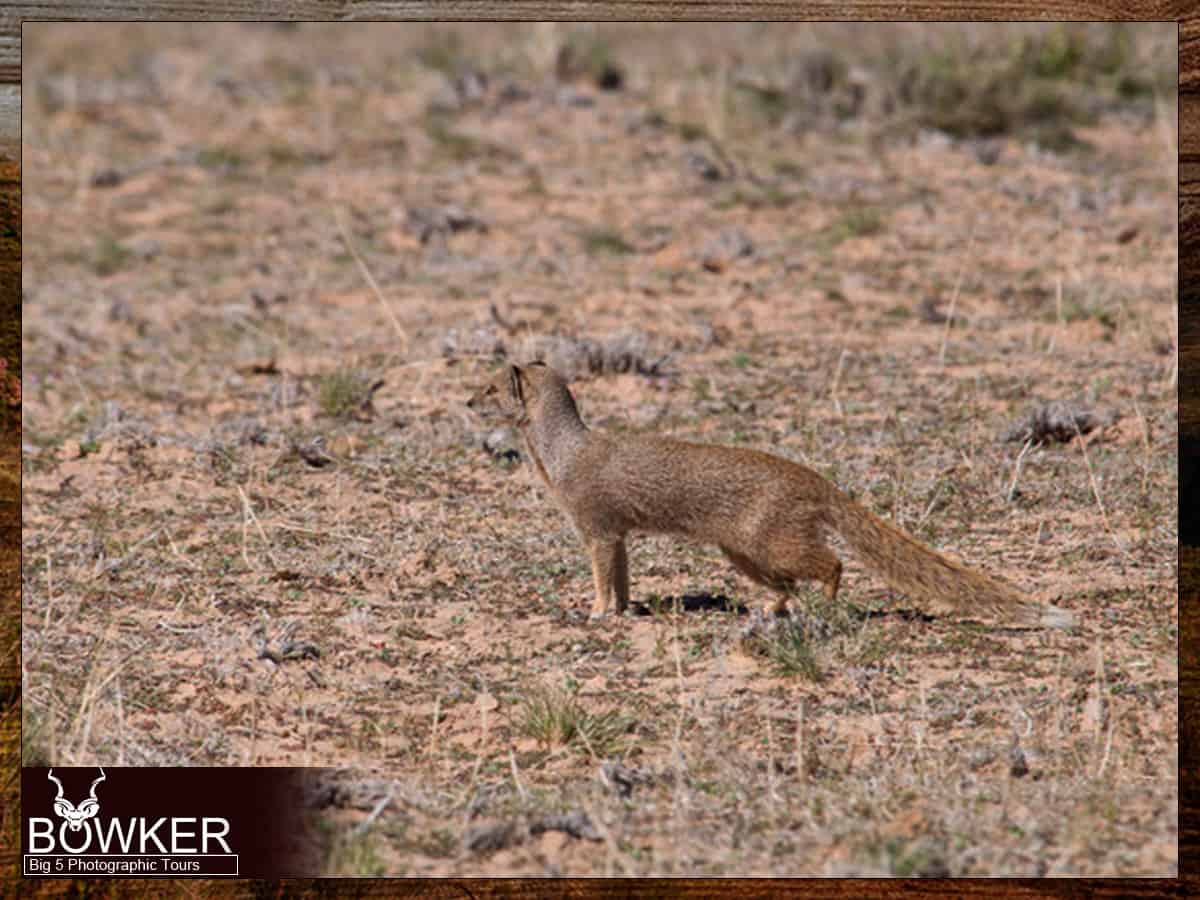
What makes Camdeboo National Park truly unique is its location. The park is just a stone’s throw away from the charming town of Graaff-Reinet. This historic settlement exudes a distinct old-world charm. This proximity allows visitors to easily access both the park’s natural beauty and the town’s cultural riches. Whether you’re an intrepid adventurer or a history buff, Camdeboo National Park is the perfect destination for an unforgettable South African adventure.
Topography and ecosystems
The park’s topography is a wonder to behold. As you explore, you will be greeted with a stunning mix of rolling plains, mountainous terrain, and valleys that stretch as far as the eye can see. Each of these landscapes offers a unique view that will leave you in awe.
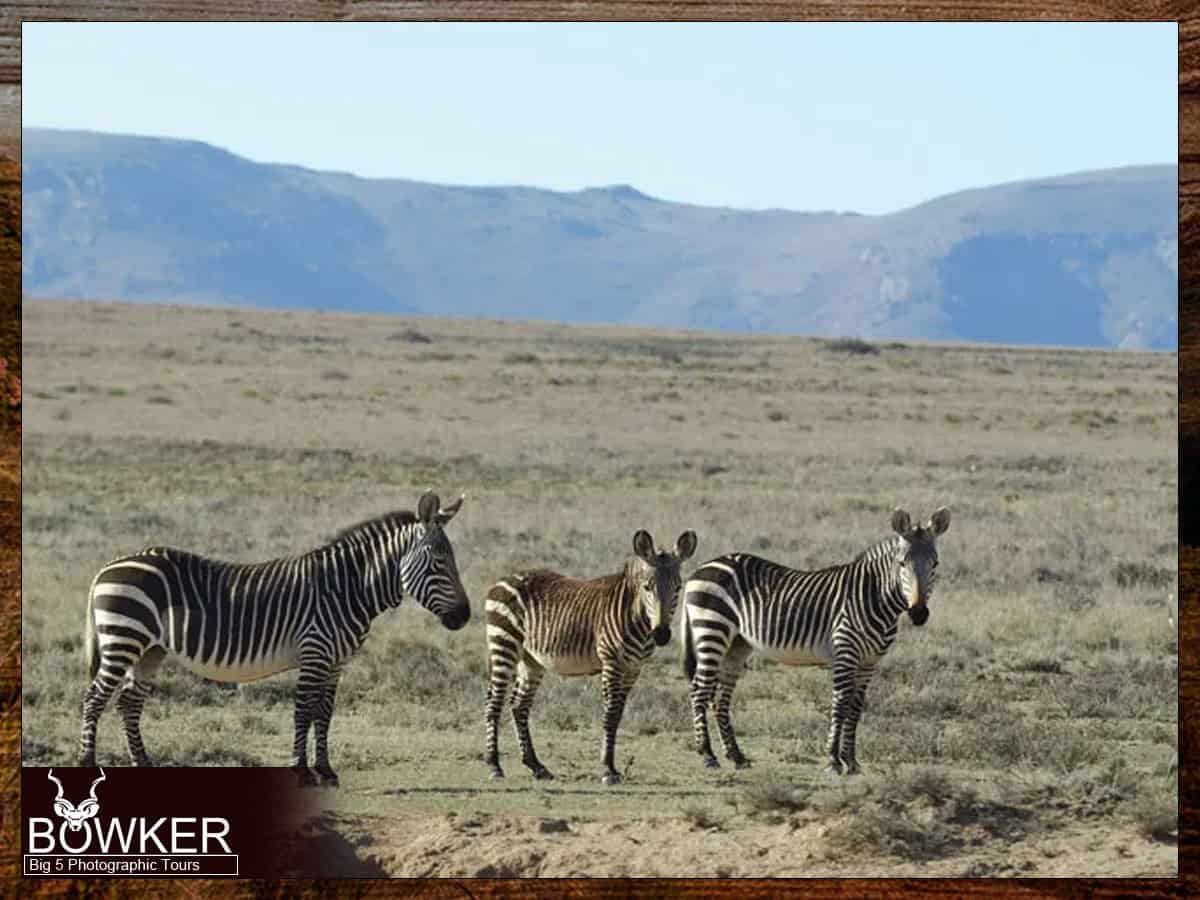
But the topography is only half the story. Camdeboo National Park is a place of remarkable ecosystems that are as diverse as they are stunning. This park has something for everyone, from the Karoo veld, with its spectacular plains and vibrant vegetation, to the Nama Karoo, with its arid landscapes and rugged mountains.
One of the park’s most striking features is the Valley of Desolation. This geological marvel adds a unique dimension to the park’s geography. This natural wonder is a sight to behold, with towering rock formations that seem to defy gravity, surrounded by a rugged landscape that seems otherworldly.
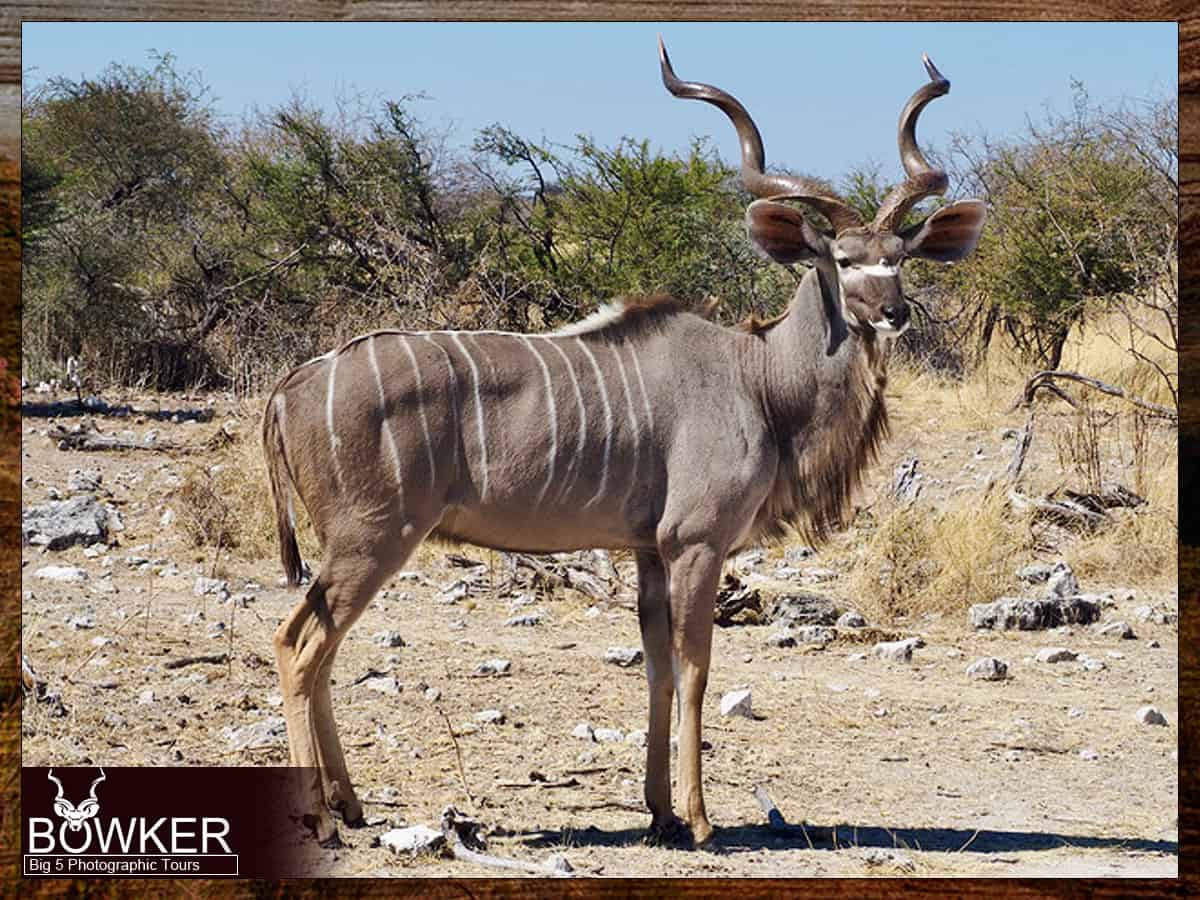
As you explore Camdeboo National Park, take the time to soak in the sights and sounds of this incredible place. Whether you’re a nature lover, adventurer, or simply looking for a peaceful escape, this park will inspire and refresh you. So come and experience the beauty of Camdeboo National Park and discover why it’s one of South Africa’s most treasured destinations.
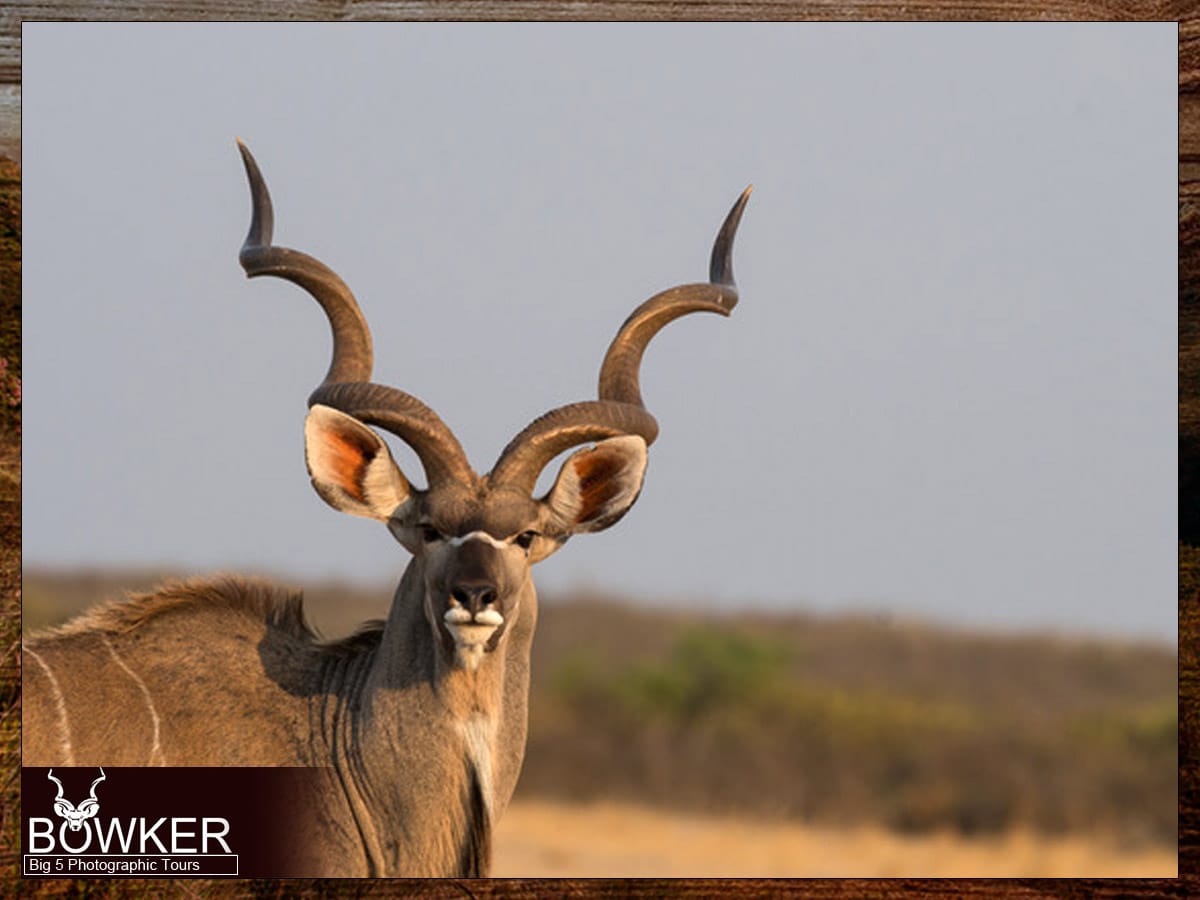
Climate and weather
Camdeboo National Park is blessed with a temperate climate, making it an all-year-round destination. The park is a perfect place to explore, relax, and unwind, with an inviting and comfortable climate.
In the winter months, from June to August, Camdeboo is a true wonderland. You will experience crisp and cool temperatures ranging from 5°C to 20°C. The sunny and bright days make it a suitable time for hikers and wildlife enthusiasts. As the temperatures drop at night, visitors are advised to pack warm clothing to keep them cozy. It is the perfect time to explore the park’s numerous trails, spot wildlife, and take in all this park offers.

During the spring months from September to November, the park comes alive with a burst of colors as the flowers bloom and the animals awaken from their slumber. The weather is mild, with temperatures ranging from 10°C to 25°C, making it an ideal time for outdoor activities such as picnics, bird-watching, and mountain biking. Spring is also the perfect time to explore the park’s cultural heritage and learn more about the area’s history.
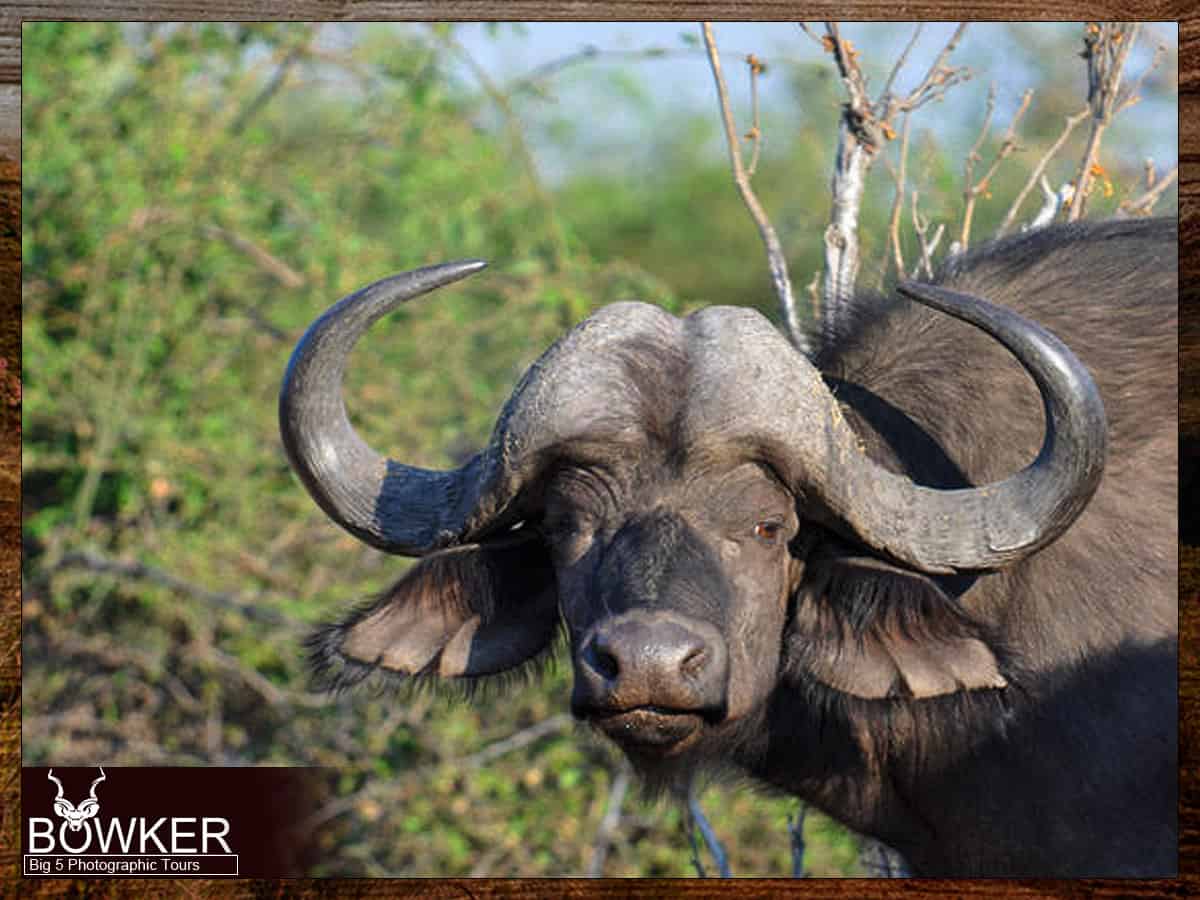
Summer months from December to February are hot and dry, with temperatures ranging from 15°C to 35°C. It is the perfect time for water-based activities like swimming or boating and early morning or late afternoon game drives. Visitors are advised to pack plenty of sunscreen and wear light clothing. The park’s stunning landscape and the warm weather provide a perfect backdrop for visitors to unwind.
The autumn months from March to May bring cooler temperatures ranging from 10°C to 25°C, with clear blue skies and stunning sunsets. It is the perfect time for visitors to explore the park’s hidden gems, such as caves, rock formations, and waterfalls. The park’s landscape is transformed into a spectacular display of colors as the leaves change, making it an ideal time for nature lovers to take in the park’s beauty.
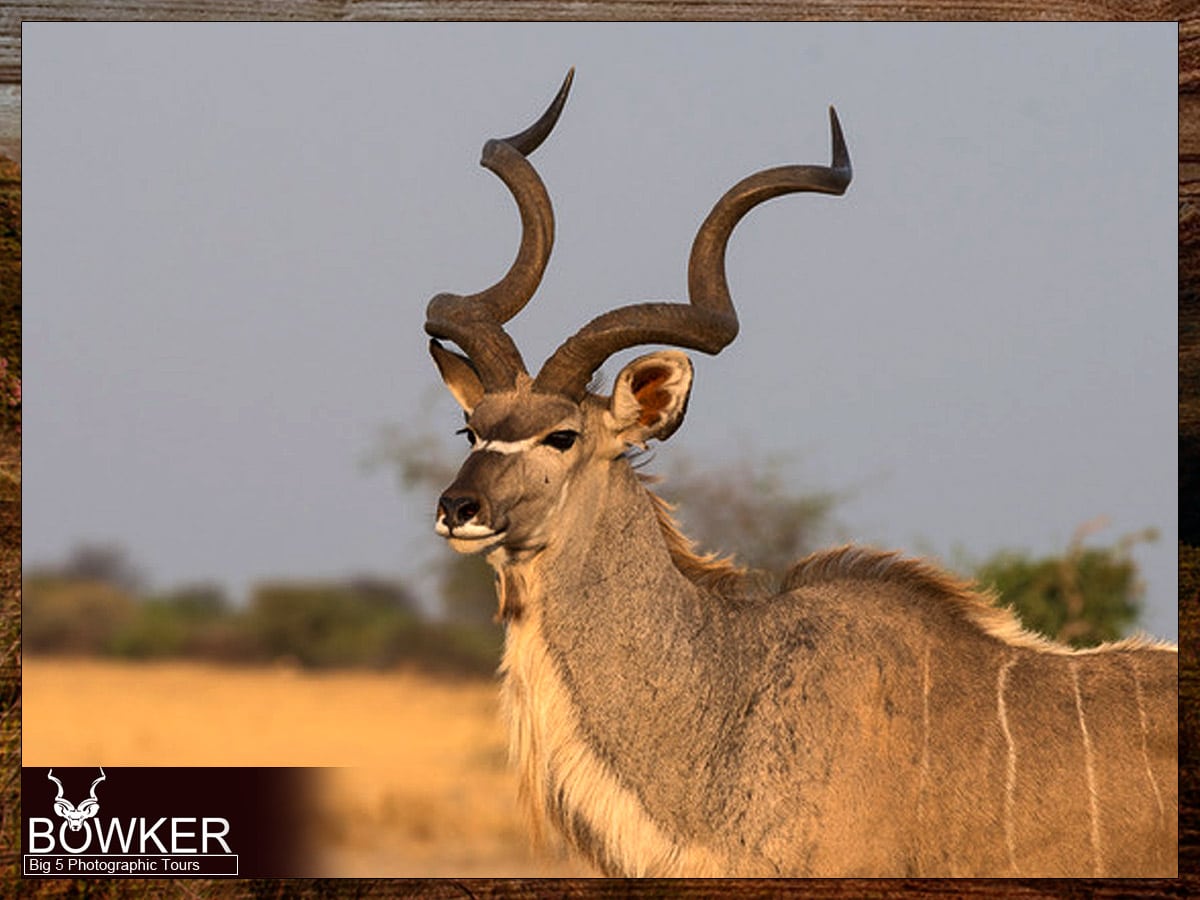
In conclusion, Camdeboo National Park’s temperate climate makes it an all-year-round destination for outdoor enthusiasts. With so much to offer, visitors should pack accordingly and plan their activities based on the seasonal weather patterns.
Biodiversity
Iconic wildlife species
As you explore the vast expanse of Camdeboo National Park, you’ll come across a stunning array of iconic wildlife species. Every corner of the park is teeming with life, from the majestic kudu to the elusive aardwolf. But that’s not all – the park is also a sanctuary for the endangered Cape Mountain Zebra, which is carefully protected within its borders. Keep your eyes peeled, and you might catch a glimpse of these magnificent creatures as they graze on the rugged terrain.
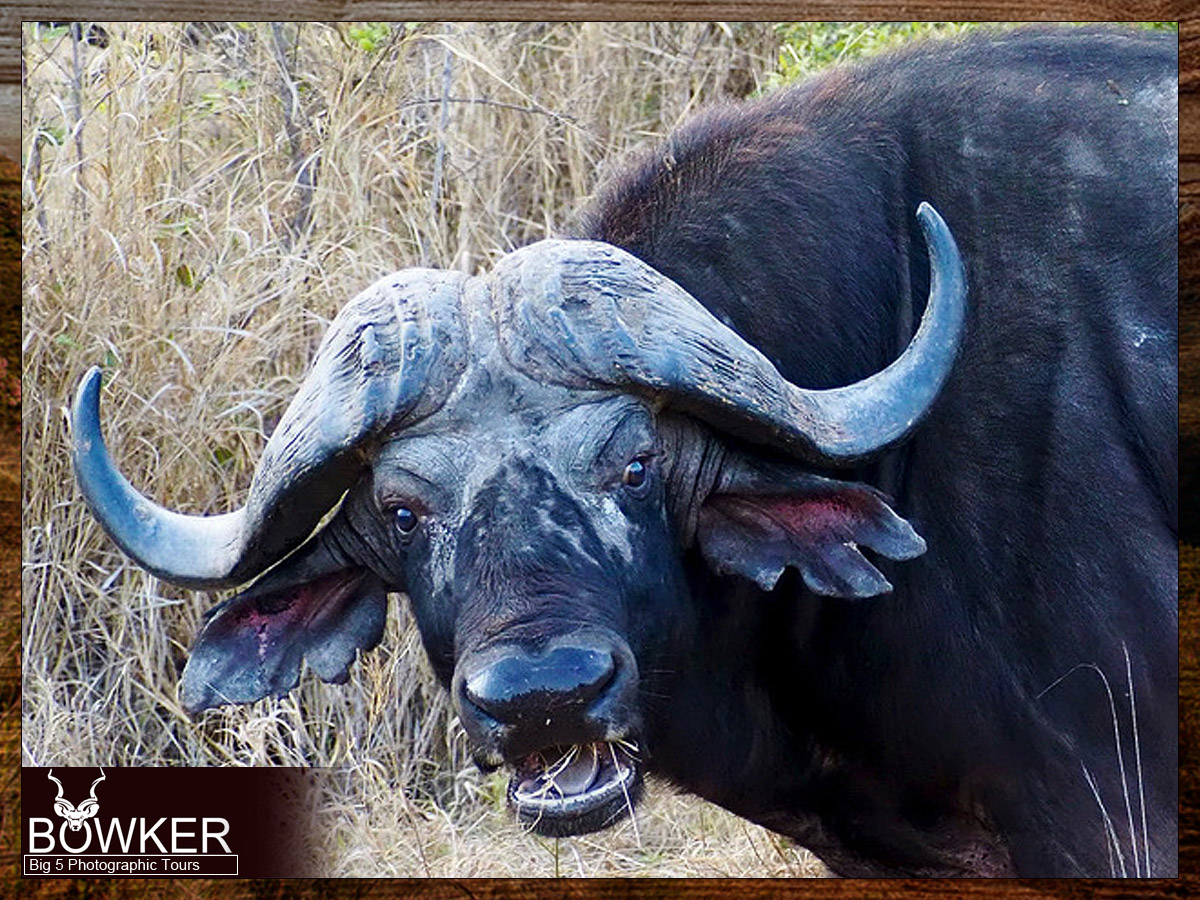
And if that’s not enough to excite you, you’ll also encounter herds of graceful springboks and playful meerkats that are always a treat to watch. With so much wildlife to discover, Camdeboo National Park is a nature lover’s paradise waiting to be explored. So pack your bags, grab your camera, and get ready for an adventure unlike any other!
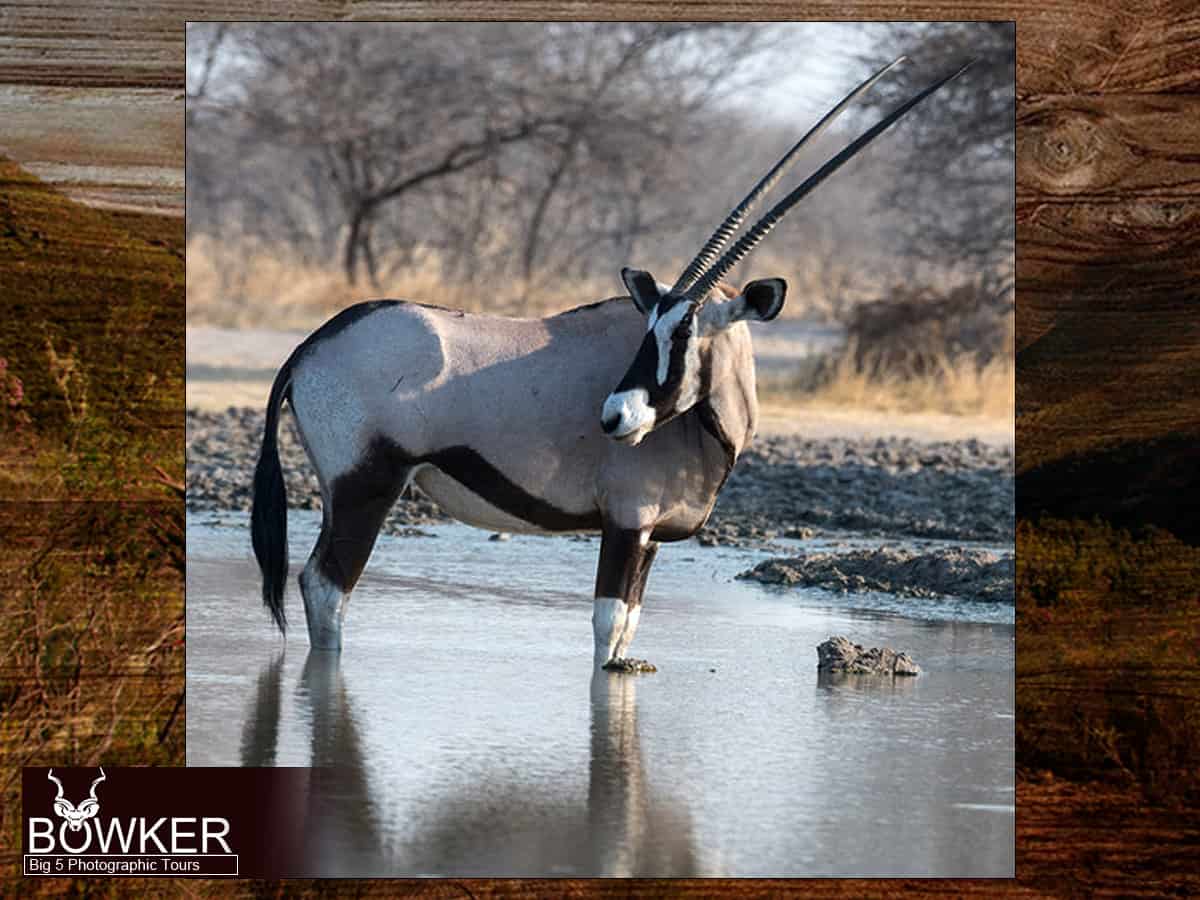
Unique or endangered species
Camdeboo National Park is a treasure trove of unique and endangered wildlife species that are hard to find anywhere else. From the iconic Cape Mountain Zebra to the majestic Black Rhino, the park is home to some of the rarest and most fascinating animals on the planet.
The Black Rhino is perhaps the most intriguing of all the species found in the park. With less than 5,000 remaining in the wild, this magnificent creature is on the brink of extinction. Seeing one up close in its natural habitat is a rare privilege that few people ever experience.
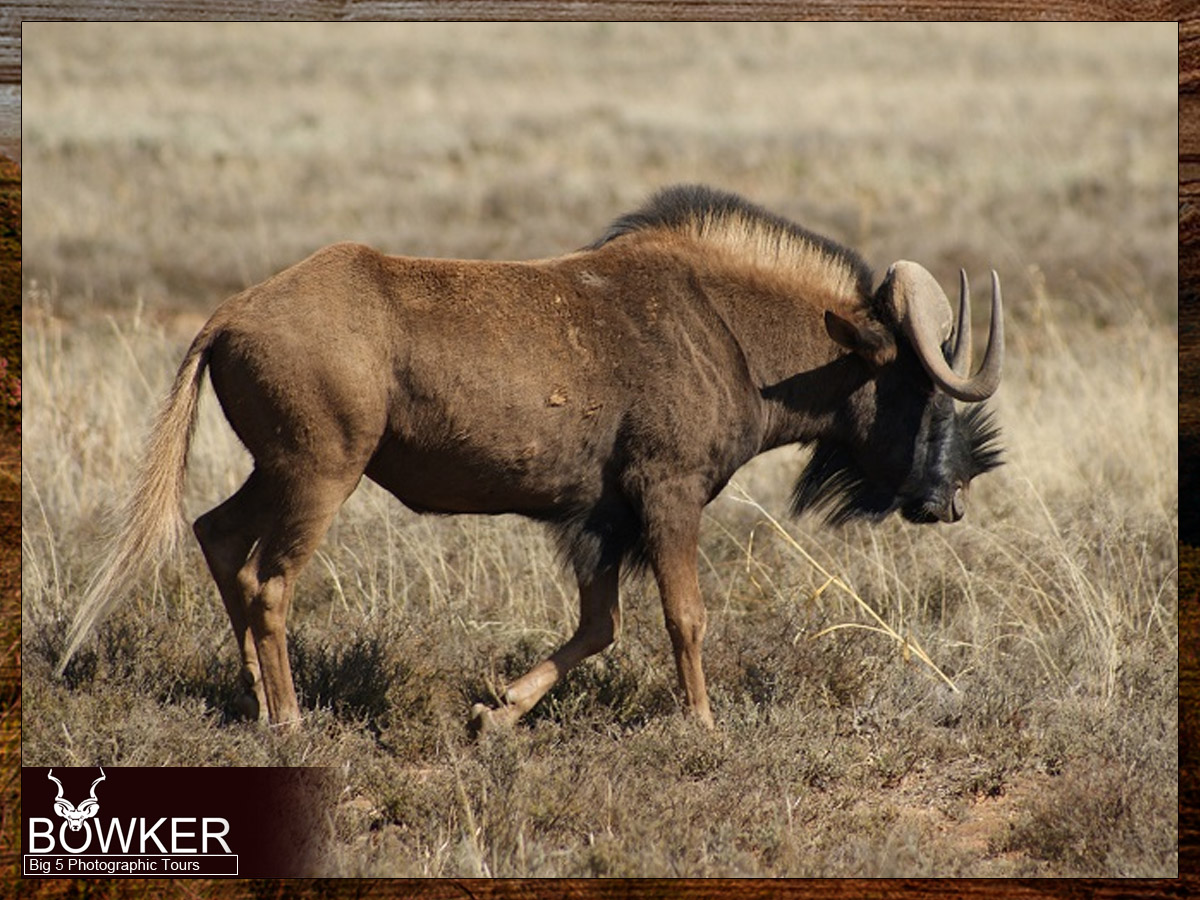
Camdeboo is a bird lover’s paradise. The park is home to various bird species, many of which are threatened or endangered. Keep your eyes peeled for the African fish eagle, black eagle, and other avian wonders as they soar through the skies above you.
Take a walk on the wild side and explore the unique and endangered species that call Camdeboo National Park their home. You never know what you might discover!
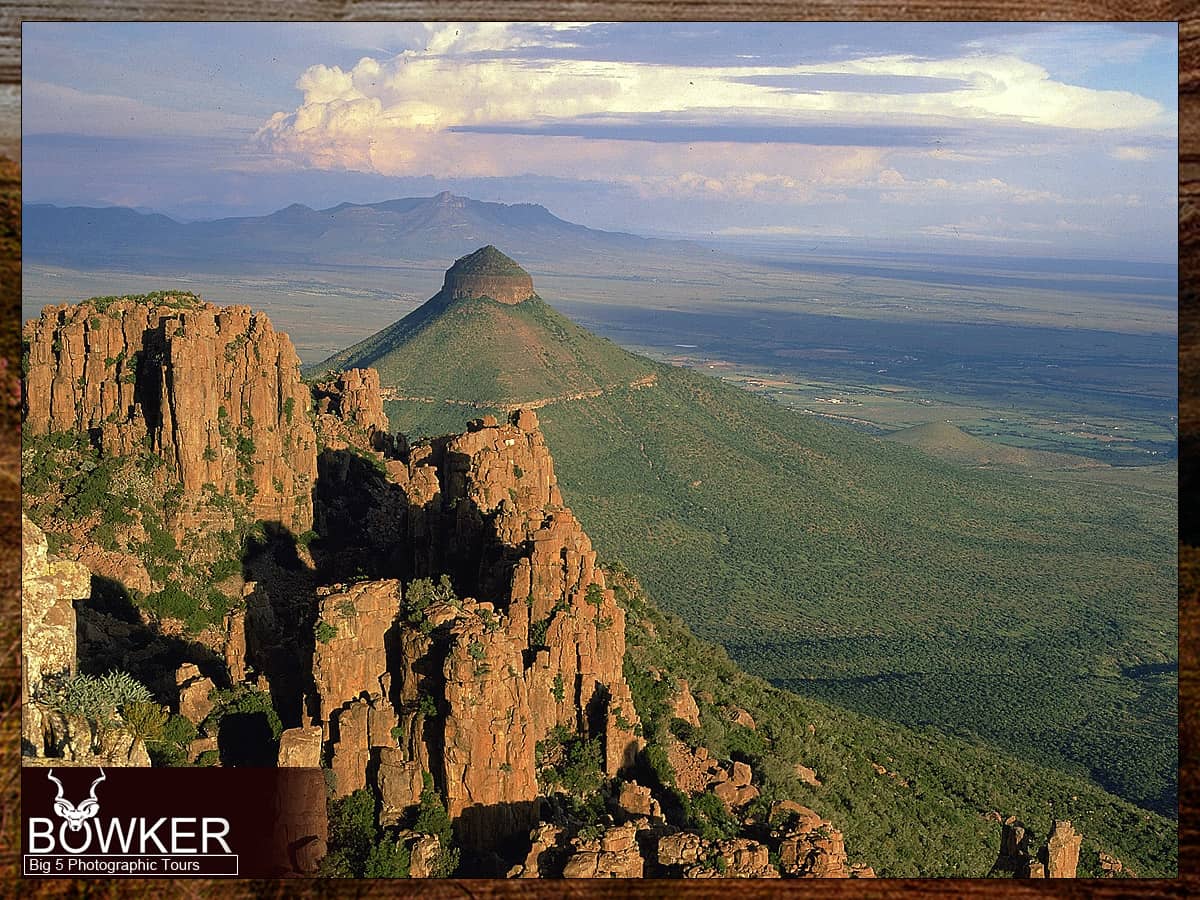
Importance for Conservation
Camdeboo National Park is a true gem of South Africa, a natural wonderland teeming with life and beauty. But with the rise of human activity and climate change, the future of this paradise and its inhabitants is under threat. That’s why conservation efforts at Camdeboo are absolutely vital.
The park is home to many endangered species, including the Cape Mountain Zebra, the Black Rhino, and the Riverine Rabbit. These animals are not just a sight to behold; they are an integral part of the ecosystem, and their disappearance would devastate the environment.
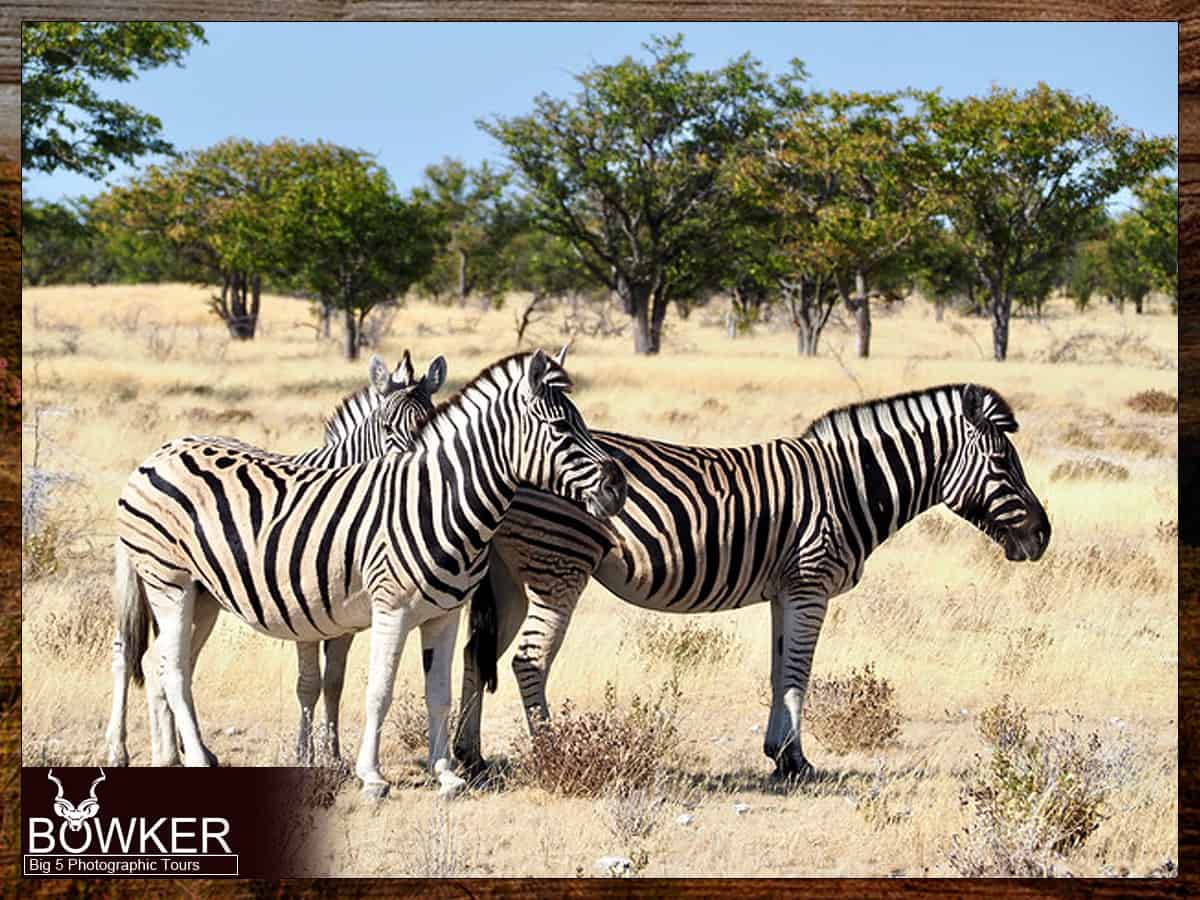
That’s why Camdeboo National Park is doing everything possible to protect and preserve these creatures. The park has implemented several conservation programs to ensure these endangered species survive and thrive. These programs include research initiatives, habitat restoration projects, and breeding programs for threatened species.
Activities and Attractions
Safari options
Camdeboo National Park offers two exciting safari experiences for visitors to explore the wildlife and wilderness of the African savannah.
The self-drive safari option is perfect for those wanting to take control of their adventure. You can set your own pace, stop whenever you want, and take in the breathtaking sights and sounds of the park at your leisure. As you drive through the park, you’ll have the chance to encounter a variety of fascinating animals. With your own vehicle, you will have the freedom to explore every corner of the park and create your own unforgettable memories.
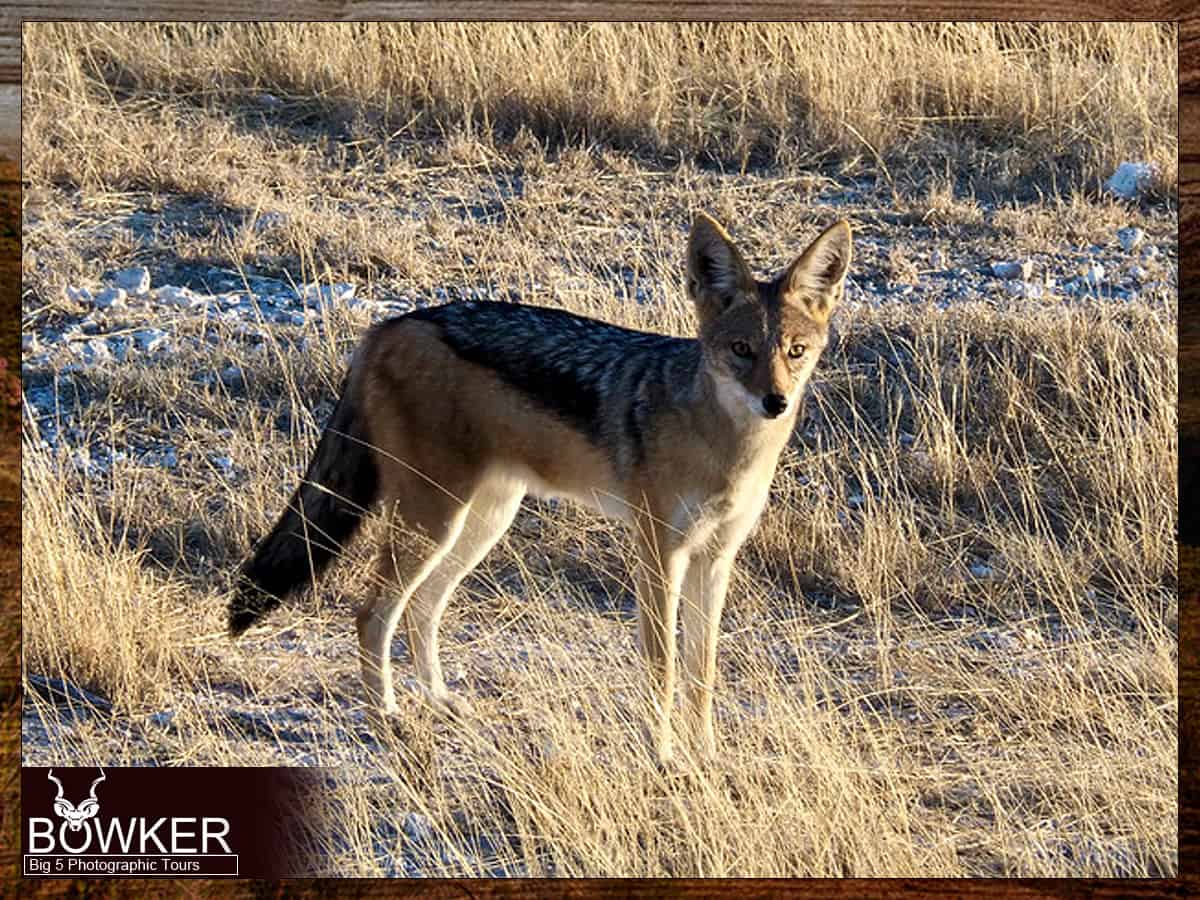
The guided safari is an excellent choice for those who prefer a more educational experience. Led by knowledgeable guides, you will learn about the park’s unique ecosystem, wildlife, and conservation efforts as you explore the African savannah. The guides will take you to the best spots in the park, where you can observe the animals up close and personal. You’ll be amazed at the wealth of knowledge the guides offer and how much you can learn in a single day.
So whether you choose the self-drive or guided safari, Camdeboo National Park will surely provide an unforgettable adventure that will leave you with memories that will last a lifetime.
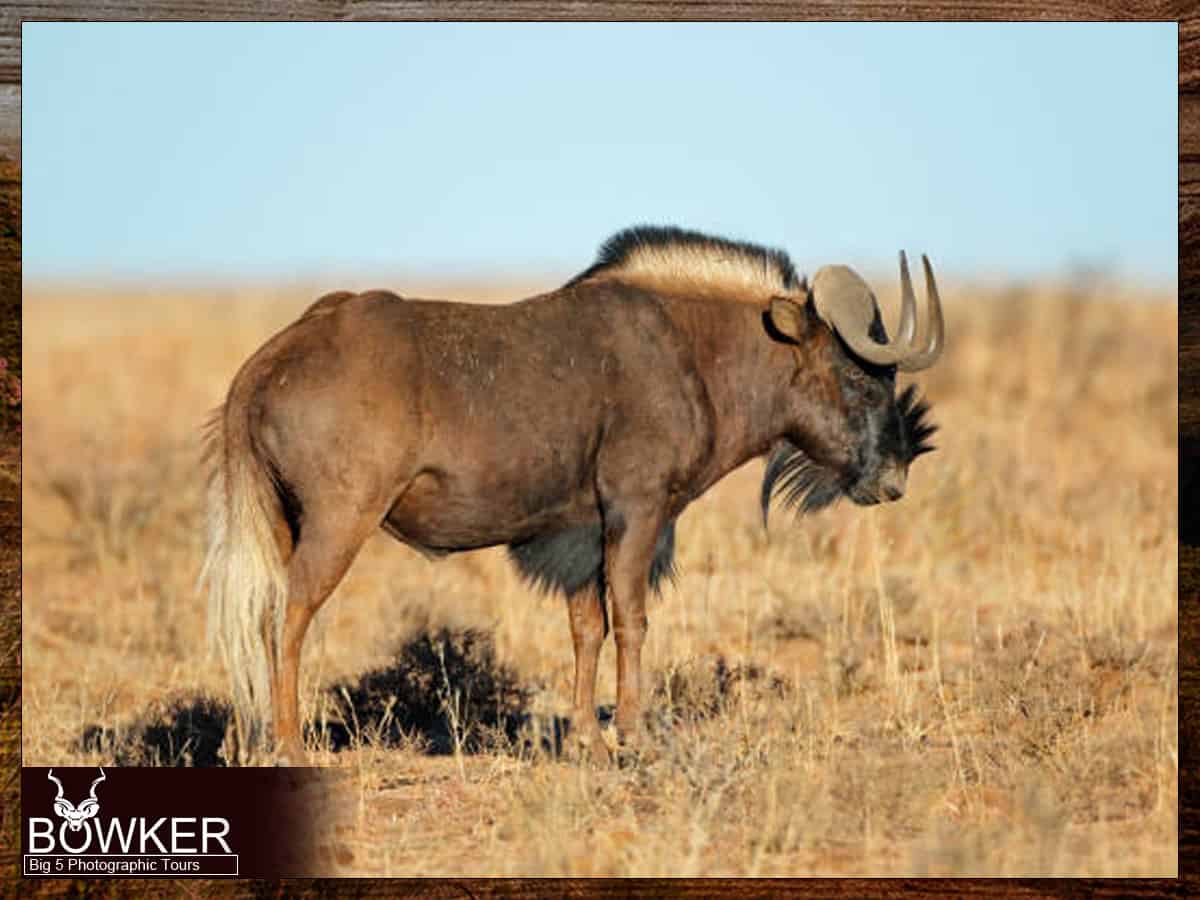
Birdwatching opportunities
Camdeboo is a haven for bird enthusiasts. The variety of bird species here is simply awe-inspiring! If you’re a birdwatcher, you absolutely must visit Nqweba Dam. It’s a beautiful place to spend a morning or afternoon with your binoculars and camera in hand.
We remember the first time we went to Nqweba Dam. It was early in the morning, and as we walked along the shore, we spotted a pair of majestic Grey Herons perched on a tree branch, their long necks stretched out. It was a breathtaking sight, and we couldn’t help but stand there for a few minutes, taking it all in. As we continued our walk, we saw a flash of blue and green and a brilliantly colored Malachite Kingfisher darting through the water. It was like a living jewel; we felt so fortunate to have seen it.
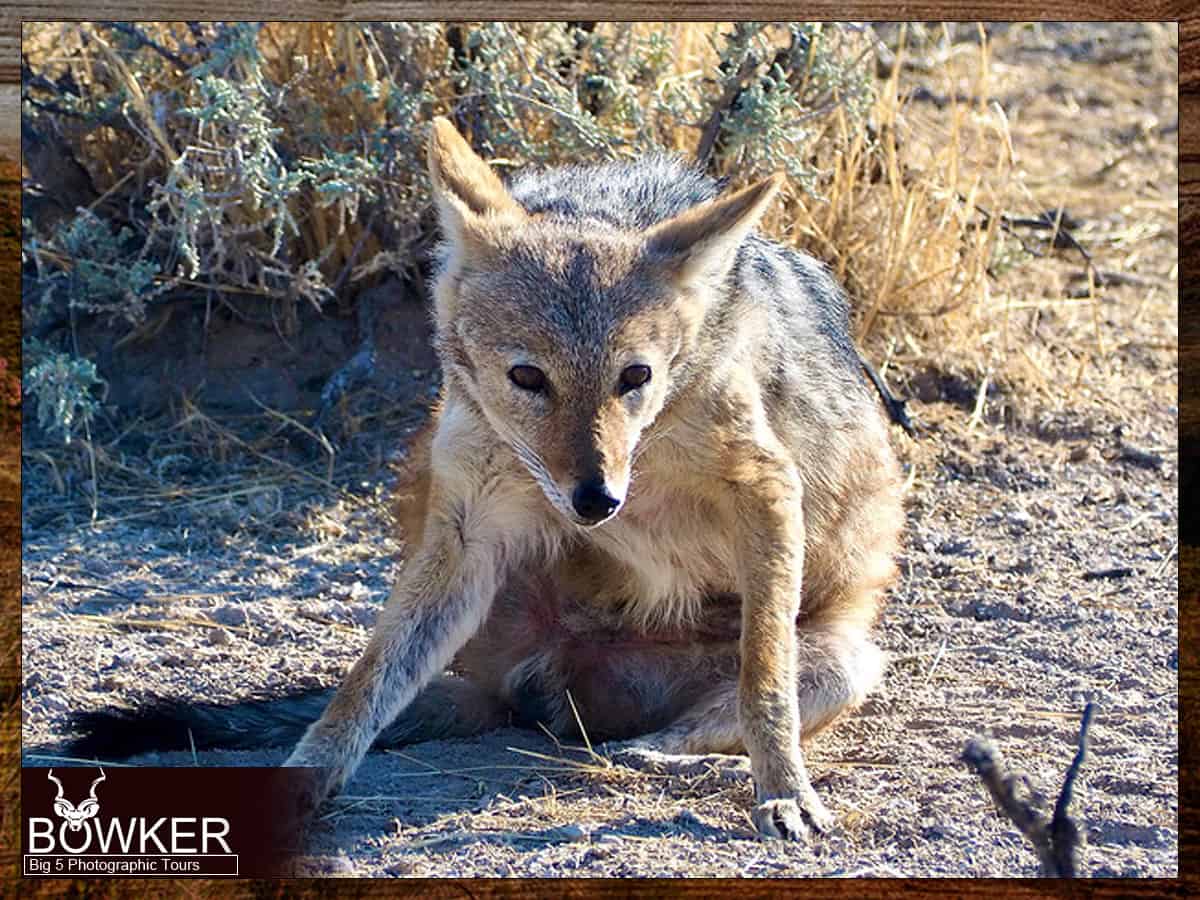
One of the great things about birdwatching at Camdeboo is the sheer variety of habitats. From the wetlands around Nqweba Dam to the dry Karoo scrubland, there’s always something new to see.
Whether you’re a seasoned birder or just starting out, Camdeboo is a must-visit destination. The beauty and diversity of the birdlife here is truly astounding, and it’s an experience you’ll never forget. So grab your binoculars, pack a picnic lunch, and head to Nqweba Dam. You won’t be disappointed!

Hiking trails
This park is a hiker’s paradise, with a range of trails that cater to all fitness levels and interests. Whether you’re a seasoned hiker looking for a challenging trek or a beginner seeking a leisurely stroll, there’s a trail for you. The park has a network of trails that take you through some of the most scenic areas, from rugged hills and rocky outcrops to lush valleys and meandering rivers.
The Valley of Desolation trail is a must-do for those seeking a more challenging hike. This 9-kilometer trail takes you through the heart of the park’s most iconic landmark, the Valley of Desolation. The trail winds through rocky terrain, offering breathtaking views of the valley and the surrounding landscape. It’s a steep climb, but the reward is well worth the effort – panoramic views that will leave you breathless.
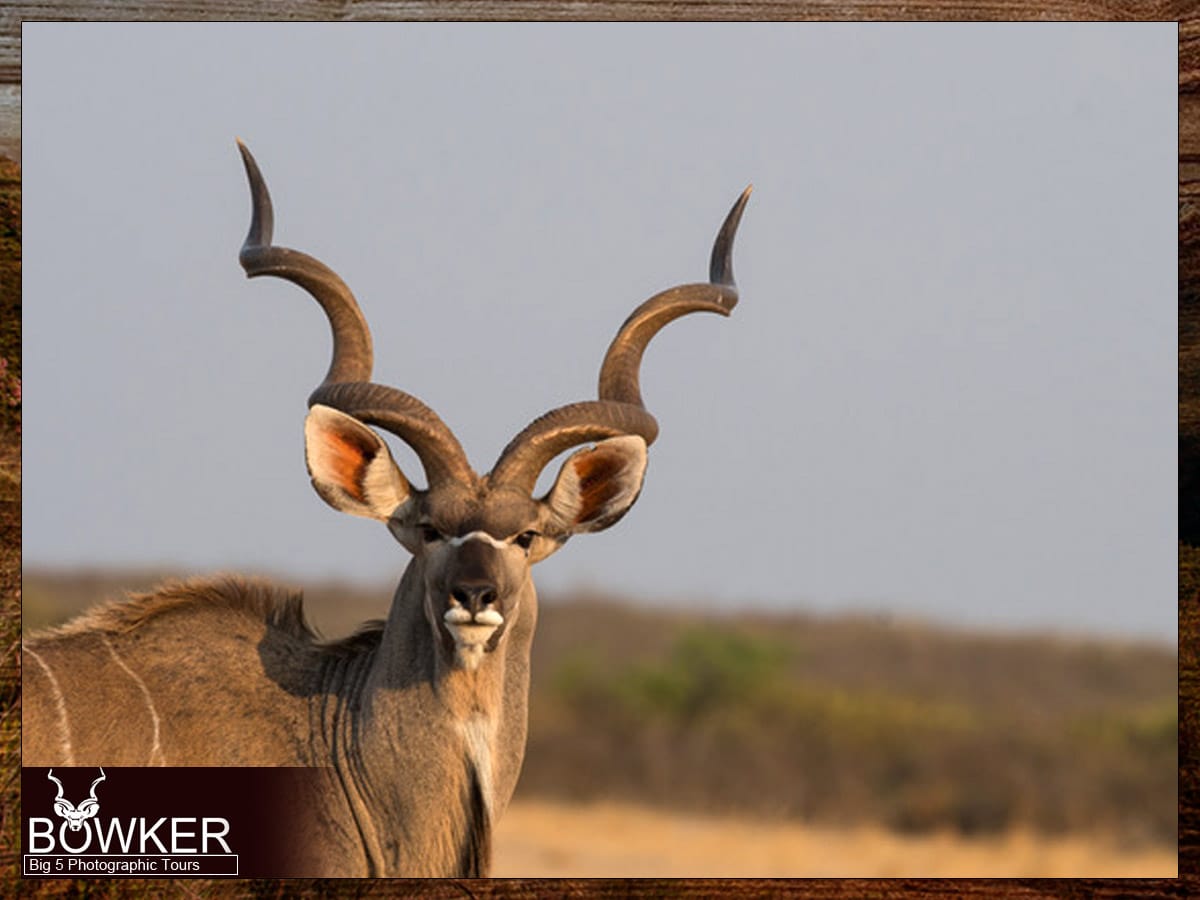
If you’re looking for a more leisurely hike, the Crag Lizard Trail is a great option. This 2-kilometer trail takes you through a lush valley, where you’ll encounter a variety of bird species and small mammals. The trail ends at a waterfall, where you can take a refreshing dip in the cool waters.
For those interested in history, the Old Watermill Trail is a fascinating walk through the park’s past. The trail takes you past the ruins of an old watermill, which was once used to grind wheat and maize. Along the way, you’ll also encounter a variety of wildlife and stunning scenery.
No matter which trail you choose, you’re sure to be captivated by the park’s natural beauty and rich history. So lace up your hiking boots, pack some snacks and water, and hit the trails at Camdeboo National Park – an adventure awaits!
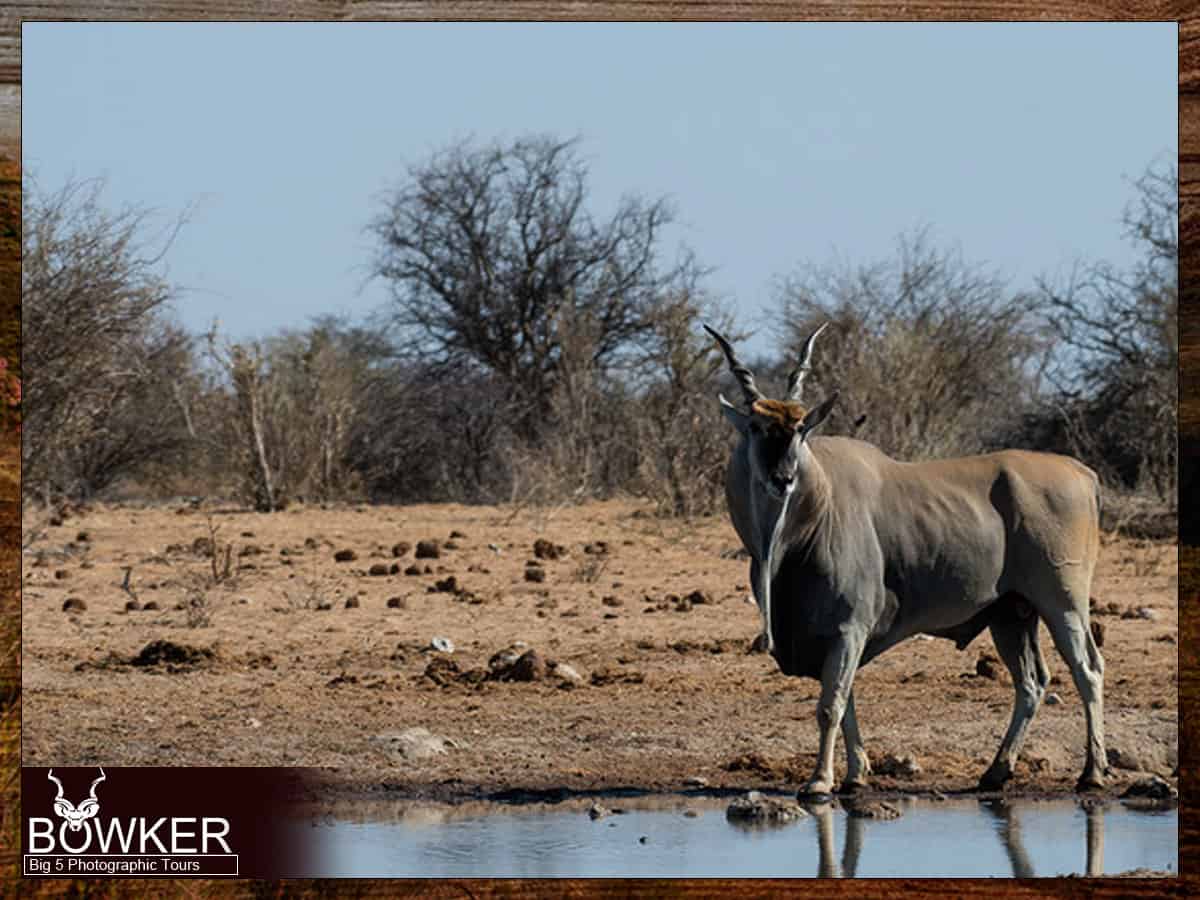
Game drives
Embark on an exciting adventure through the park’s diverse terrains by taking a game drive. Get ready to witness the raw beauty of nature and spot a variety of majestic wildlife species in their natural habitats. With every turn, you’ll be left in awe as you encounter magnificent creatures like lions, elephants, giraffes, and many more. Your experienced guide will take you on an educational journey, sharing fascinating facts about the park’s unique ecosystem and the behaviors of its inhabitants. With the wind blowing through your hair and the sun shining down upon you, there’s no better way to explore this incredible park than on a thrilling game drive.
Picnic spots and viewpoints
Camdeboo National Park offers endless possibilities for nature lovers, adventure enthusiasts, and those seeking a peaceful escape. If you are looking for the perfect place to have a picnic or simply a spot to take in the breathtaking views, look no further. The park offers a wide range of picnic spots and viewpoints where you can soak up the natural beauty and enjoy some quality time with loved ones.

One of the most popular picnic spots is the Valley of Desolation. This unique geological phenomenon is an absolute must-visit. Here, you can sit atop the rocky outcrops and enjoy a picnic while marveling at the panoramic views of the surrounding plains and mountains. The Valley of Desolation is also home to many wildlife, such as baboons, dassies, and black eagles, which you may catch a glimpse of while enjoying your meal.
Another excellent spot for a picnic is the Game Viewing Area. Here, you can picnic while watching herds of majestic Cape Mountain Zebras and other wildlife graze in the open plains. The area is also a bird-watcher’s paradise, with over 200 species of birds to be spotted.

If you are looking for a more secluded spot, then the Nqweba Dam is the perfect choice. This tranquil spot is surrounded by lush vegetation. It is an excellent place for bird-watching, fishing, and even water sports. There are also several picnic areas nestled along the banks of the dam, where you can enjoy a meal while taking in the peaceful surroundings.
For those looking for a more adventurous picnic spot, the Eerstefontein Day Walk is the perfect option. This scenic trail takes you through rocky outcrops, dense vegetation, and babbling streams before leading you to a picturesque waterfall, where you can enjoy a picnic in the shade of the trees.

No matter which picnic spot you choose, you are guaranteed to be surrounded by natural beauty and awe-inspiring views. And if you’re looking for even more breathtaking panoramas, head to one of the park’s many viewpoints. The Crag Lizard viewpoint offers a panoramic view of the Valley of Desolation, while the Driekoppe viewpoint provides stunning vistas of the surrounding mountain ranges.
Camdeboo National Park boasts an array of picturesque picnic spots and viewpoints, perfect for a day out with family or friends. Whether you’re looking for a peaceful escape or an adventure-filled day out, the park has something for everyone. So pack a picnic basket, grab a blanket, and prepare to make unforgettable memories in this natural wonderland.

Historical and cultural sites
Camdeboo National Park is not just a wildlife sanctuary but also a treasure trove of historical and cultural landmarks that offer a glimpse into South Africa’s rich heritage. From ancient rock engravings to colonial architecture, there’s no shortage of fascinating sites to explore.
One of the most iconic landmarks in the park is the Valley of Desolation. This geological wonder leaves visitors in awe. The valley is a collection of towering dolerite pillars that rise up to 120 meters high, formed over 100 million years ago. The views from the valley are breathtaking, especially at sunrise and sunset when the golden light casts a warm glow over the pillars.
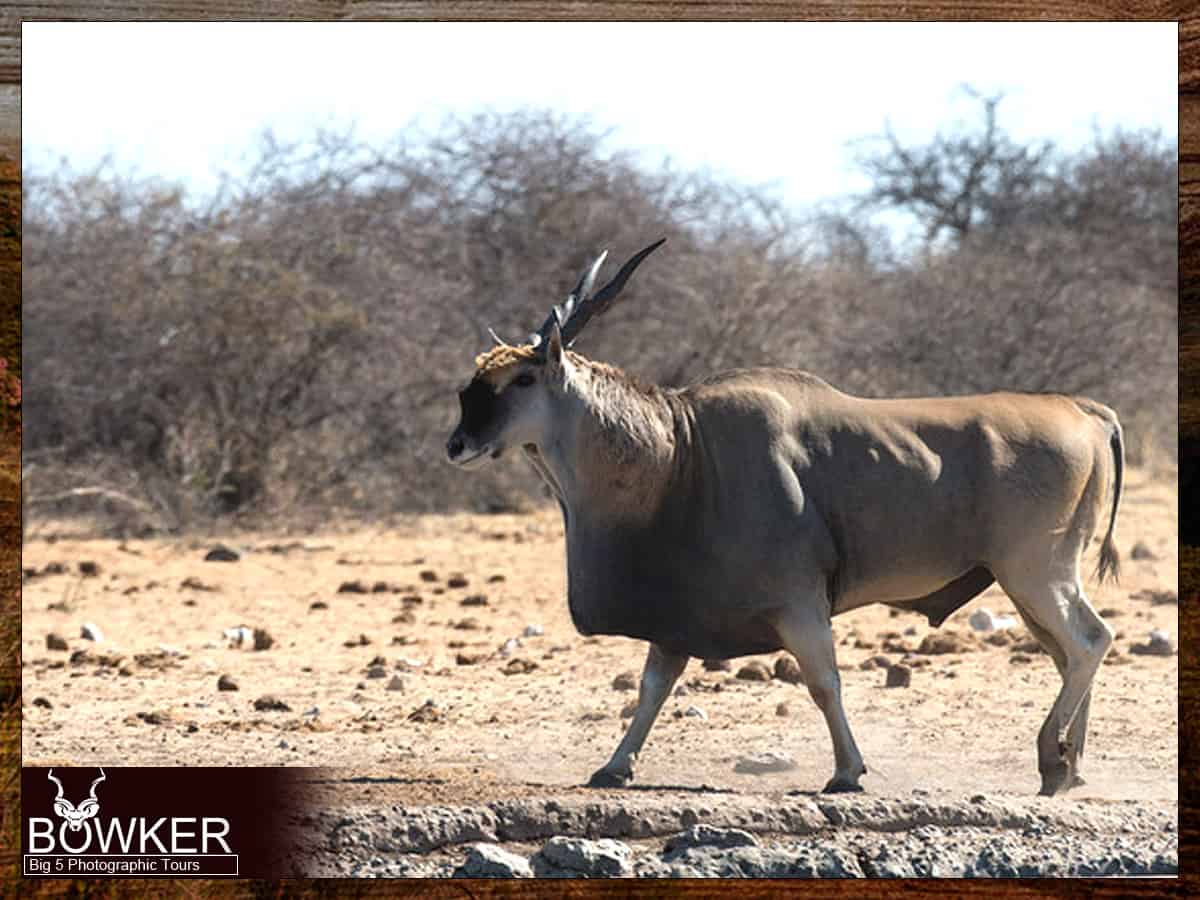
For those interested in the region’s colonial history, the town of Graaff-Reinet is a must-visit destination. The town is home to over 200 heritage sites, including the Dutch Reformed Church, the Old Residency Museum, and the Reinet House Museum. These sites offer a glimpse into the town’s rich history and culture, from the early Dutch settlers to the Anglo-Boer War.
Another fascinating site in the park is the Nqweba Dam. This man-made reservoir is an oasis for birdlife and wildlife. The dam was built in the early 1900s to provide water for the town of Graaff-Reinet and the surrounding farmlands. Today, it’s a popular spot for birdwatching, fishing, and boating.

If you’re interested in South Africa’s pre-colonial history, the park is home to several rock art sites that testify to the region’s early inhabitants. The most famous of these sites is the Ganora Rock Art Trail, where visitors can see over 250 San rock engravings that date back over 2,000 years. These engravings offer a glimpse into the San people’s way of life, from hunting and gathering to their spiritual beliefs.
Finally, the park has several cultural villages that offer visitors a chance to connect with the local community and learn about their traditions and customs. The Ikhala Trust Village is a community-led project that aims to preserve and promote Xhosa culture. The Khomani San Cultural Landscape offers an insight into the San people’s way of life.

Tips for Photographers
Attention photographers! Camdeboo National Park is a photographer’s paradise, offering breathtaking landscapes and abundant wildlife to capture with your camera. But with so much beauty to capture, it’s nice to know how to make the most of your photography experience. Here are some tips to help you take stunning photographs at Camdeboo National Park:
Time your visits
The best time to take photos in the park is early morning or late afternoon when the light is softer, and the wildlife is more active.
Patience is key
Wildlife photography requires patience and timing. Take your time observing the animals, and wait for the perfect moment to capture a shot.
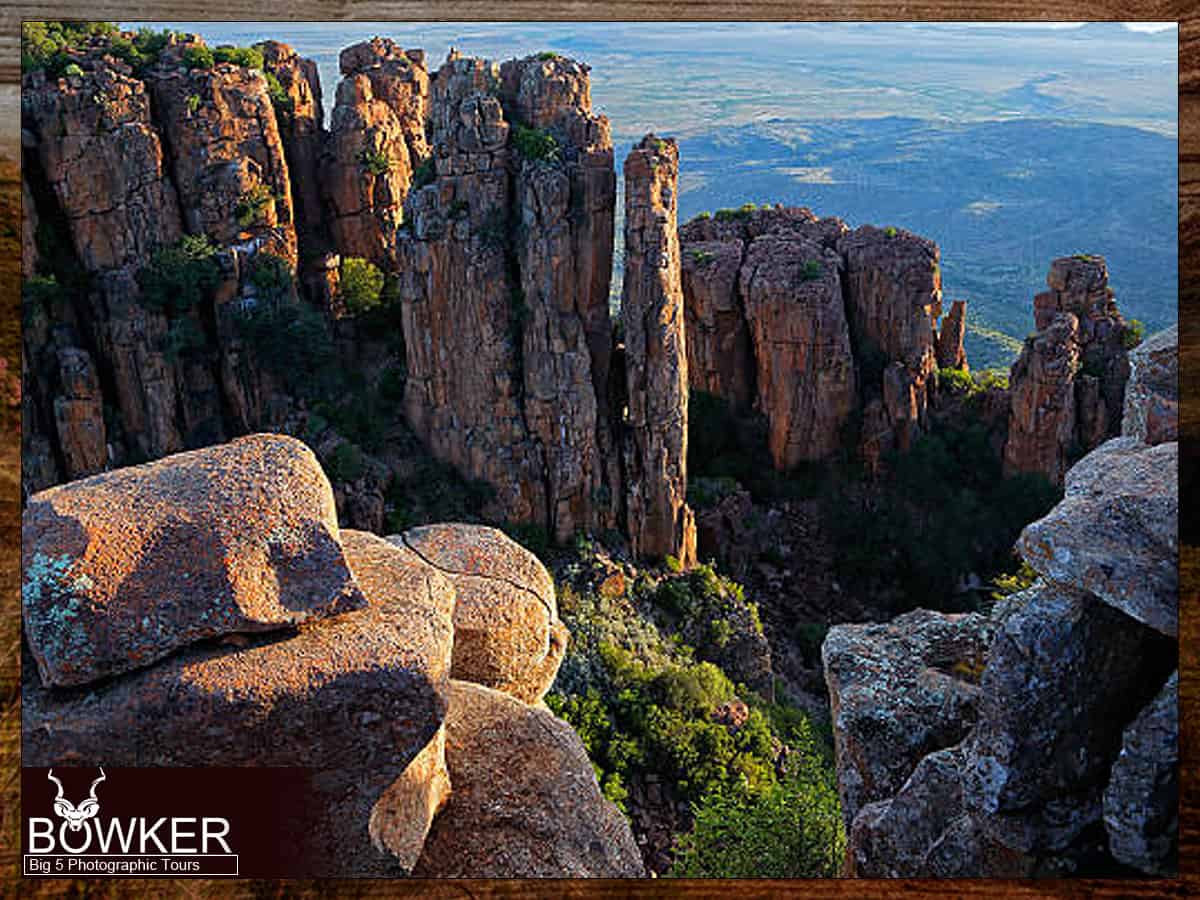
Use a telephoto lens
A telephoto lens will allow you to get up close and personal with the wildlife without disturbing them. It’s also great for capturing stunning landscape shots.
Experiment with different angles
Try different angles and perspectives, such as shooting from a low angle, to add depth and interest to your photos.
Look for unique shots
Don’t just focus on the big animals. Look for unique shots, such as close-ups of a bird’s feathers or the patterns on a reptile’s skin.
Be respectful
Remember, you are a visitor to the animals’ home. Respect their space and don’t disturb their natural behavior.
Take advantage of the golden hour
The golden hour, the hour before sunset or after sunrise, is the best time to capture stunning landscape photos with warm, soft light.
Pay attention to the details
Details such as tracks, insects, and flowers can add depth and interest to your photos. Remember to capture them!
Experiment with camera settings
Play around with your camera settings to get the best results. Try different aperture settings, shutter speeds, and ISO levels to find what works best for your style.
Plan ahead
Research the park before your visit and plan your photography locations and timing accordingly. This will help you maximize your time and capture the best shots possible.
So there you have it! Follow these tips, and you’ll be on your way to taking stunning photographs at Camdeboo National Park. Happy snapping!
Conclusion
In conclusion, a visit to Camdeboo National Park is an experience that will stay with you forever. From the breathtaking scenery and diverse wildlife to the rich history and cultural landmarks, there’s something for everyone in this hidden gem of South Africa. Whether you’re an avid nature enthusiast or simply seeking a peaceful escape from the hustle and bustle of everyday life, Camdeboo National Park is the perfect destination for an unforgettable adventure. So why wait? Plan your trip today and get ready to immerse yourself in the natural wonders of one of South Africa’s most prized treasures.
Additional Resources
We recommend exploring the park’s official website for more information and the latest updates about Camdeboo National Park. Additionally, for those who wish to delve deeper into the park’s history and ecology, we suggest the following books and guides:
Books to read
- “Camdeboo: A Journey Through the Ages” by Christiaan Luttig – A comprehensive guide to the park’s history and natural beauty.
- “Birds of South Africa” by Ian Sinclair – An excellent resource for birdwatchers visiting the park.
- “Walking in South Africa: The Camdeboo – Graaff-Reinet Region” by Michael Clark – A guide to hiking in the region.
Websites to visit
1. The official website of Camdeboo National Park: https://www.sanparks.org/parks/camdeboo/
2. South African National Parks (SANParks): https://www.sanparks.org/parks/camdeboo/tourism/
3. Lonely Planet travel guide: https://www.lonelyplanet.com/south-africa/eastern-cape/camdeboo-national-park
4. TripAdvisor: https://www.tripadvisor.com/Attraction_Review-g312563-d620980-Reviews-Camdeboo_National_Park-Graaff_Reinet_Eastern_Cape.html
5. South Africa Tourism: https://www.southafrica.net/gl/en/travel/article/discover-the-wonders-of-camdeboo-national-park
Be Part of the Adventure
Your experiences and insights are invaluable; we encourage you to share them. Join the conversation on social media using the hashtag #camdeboo and tell others about your adventures in this remarkable wilderness. By sharing your stories, tips, and questions, you can inspire fellow travelers to embark on their own unforgettable journeys to Camdeboo National Park.
